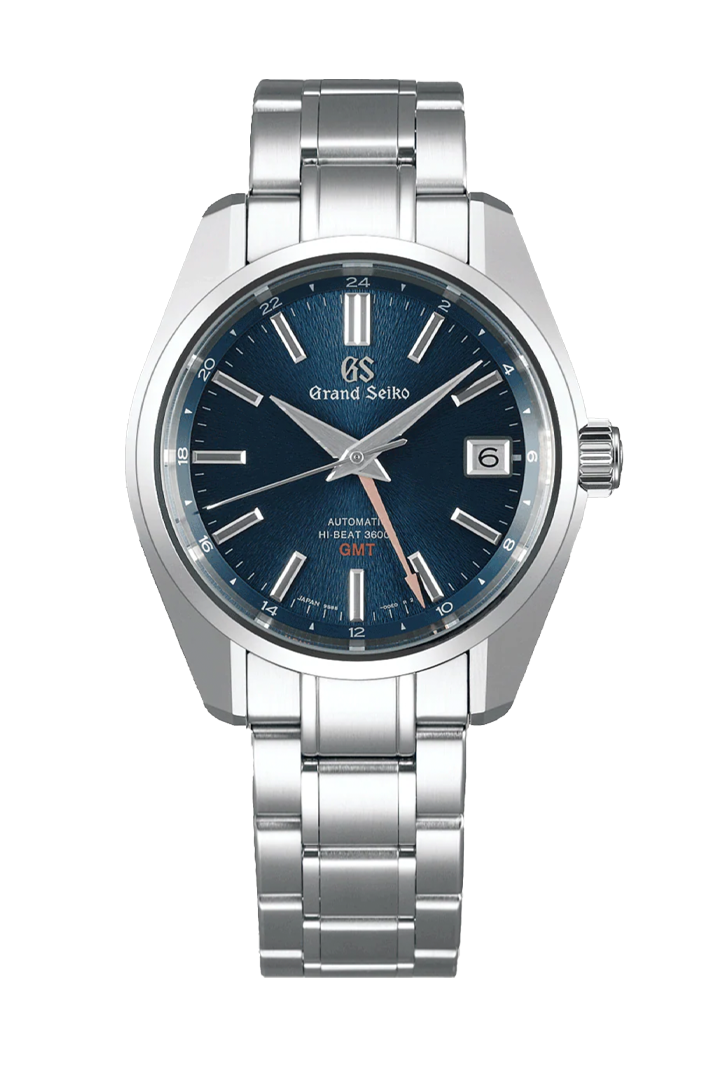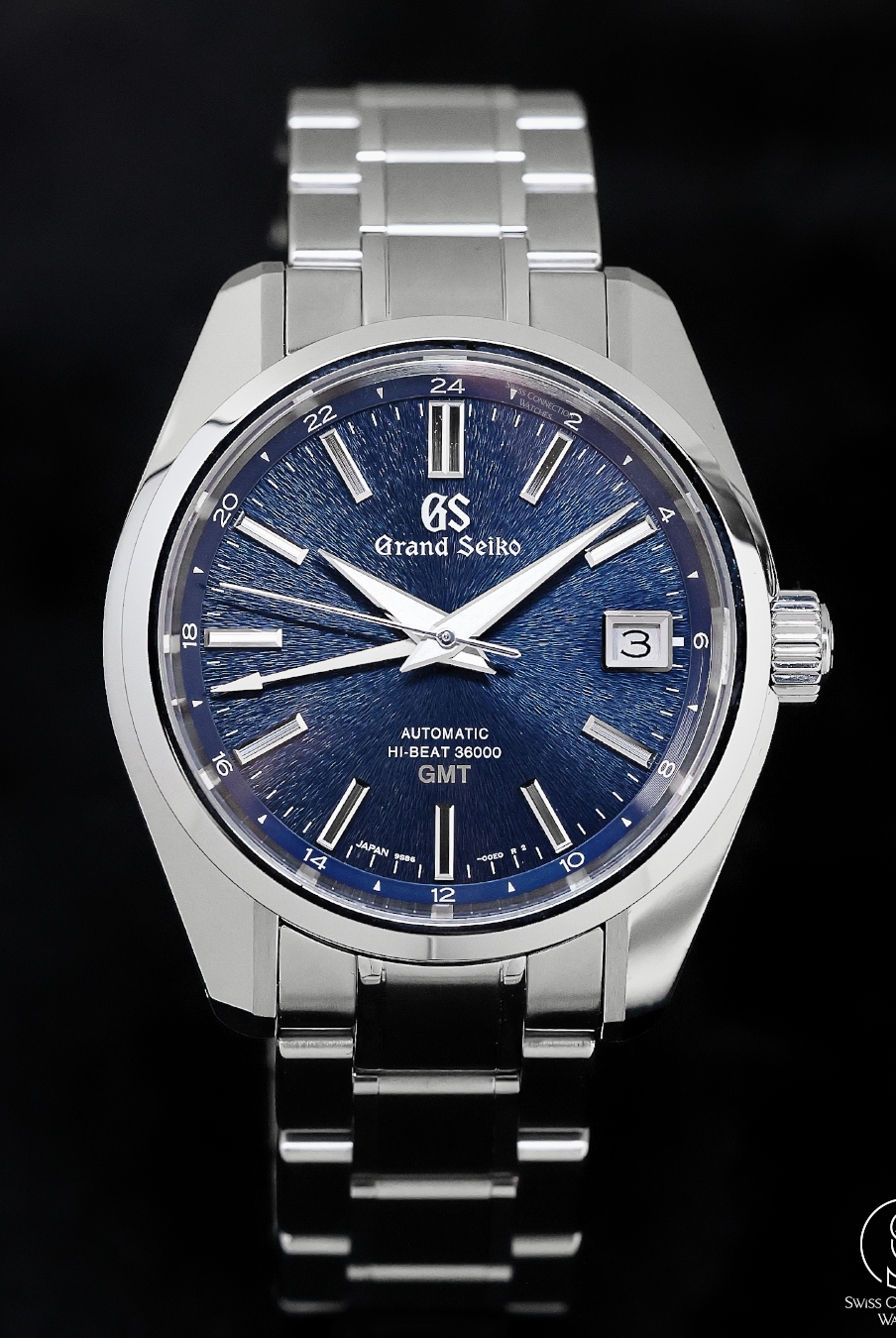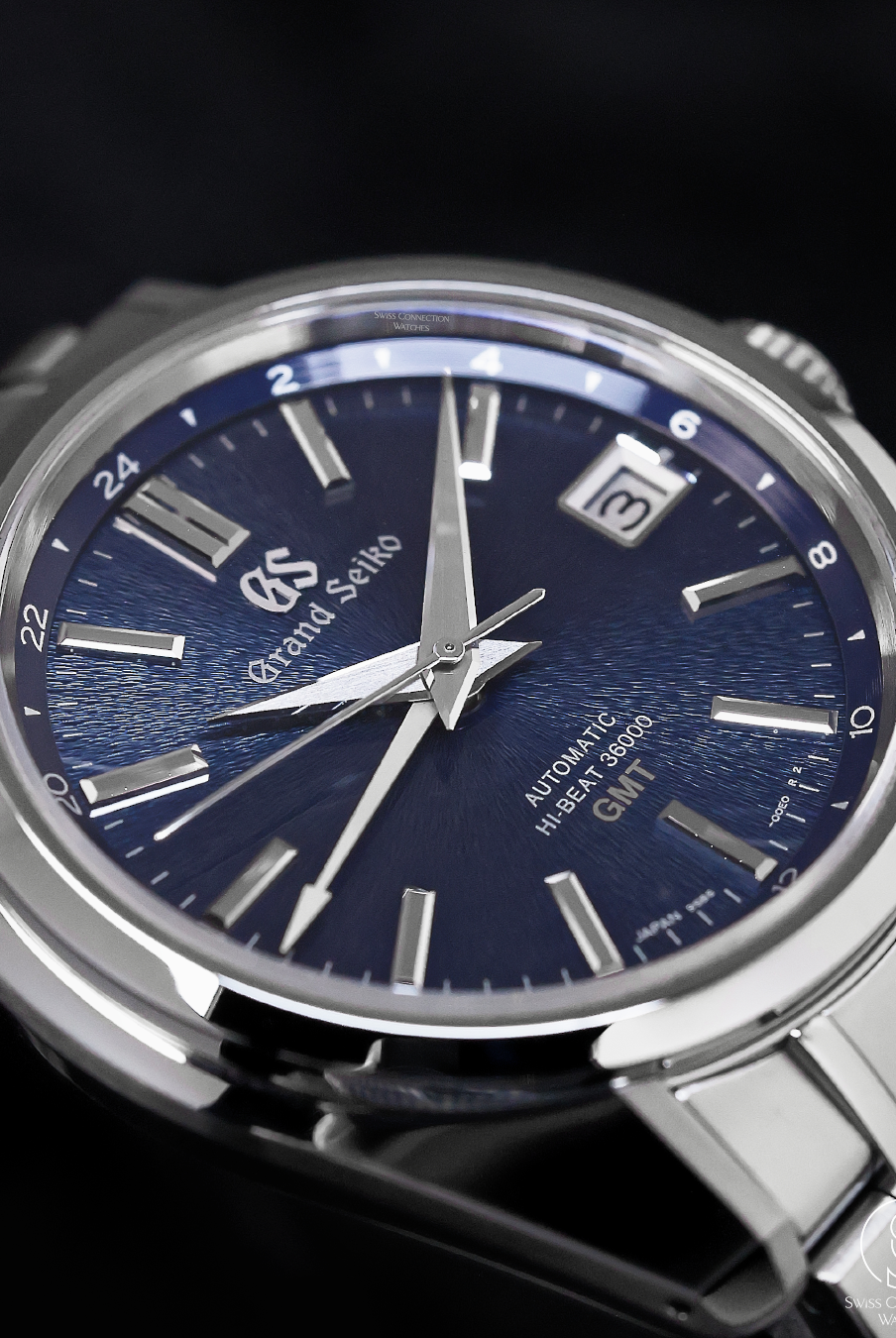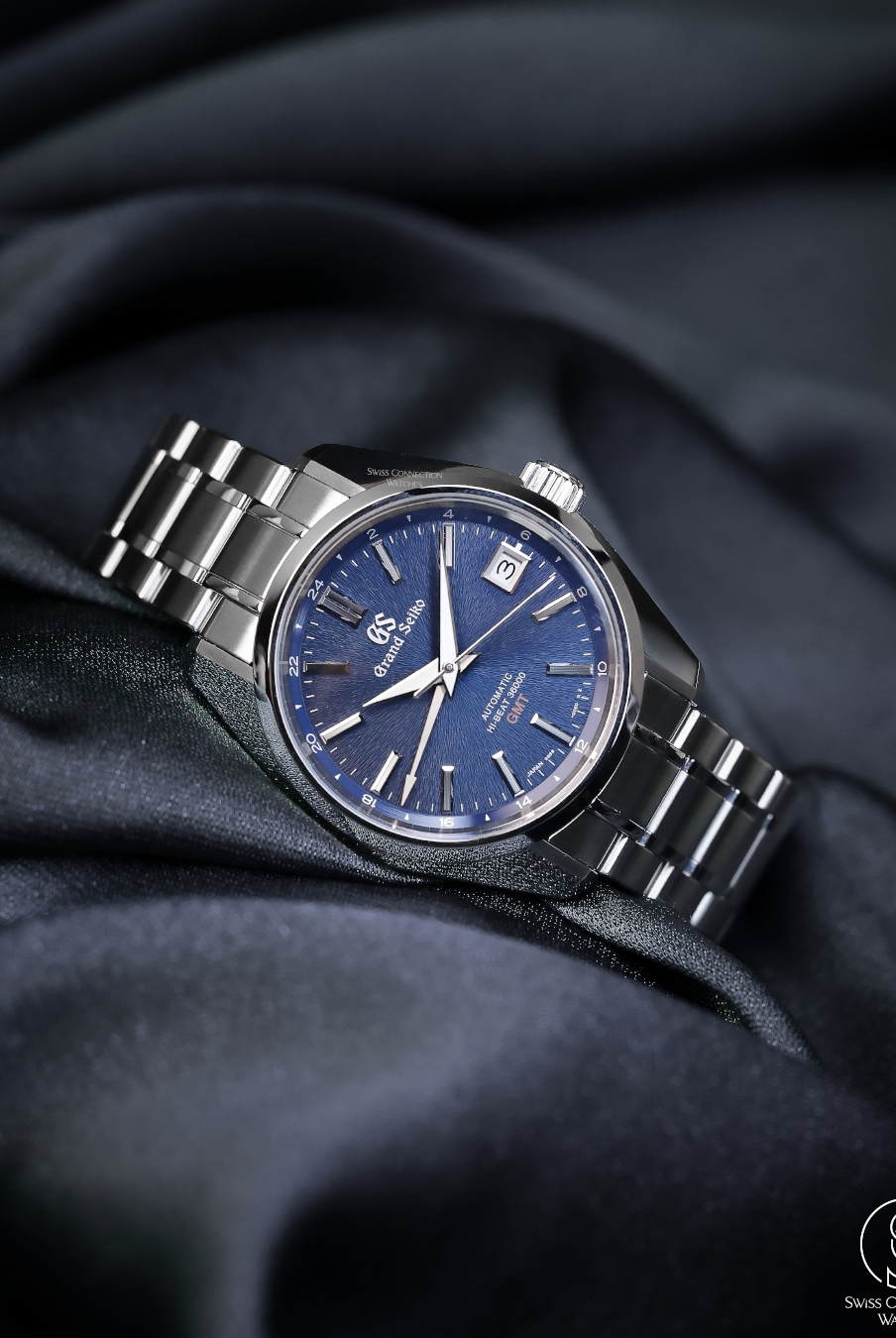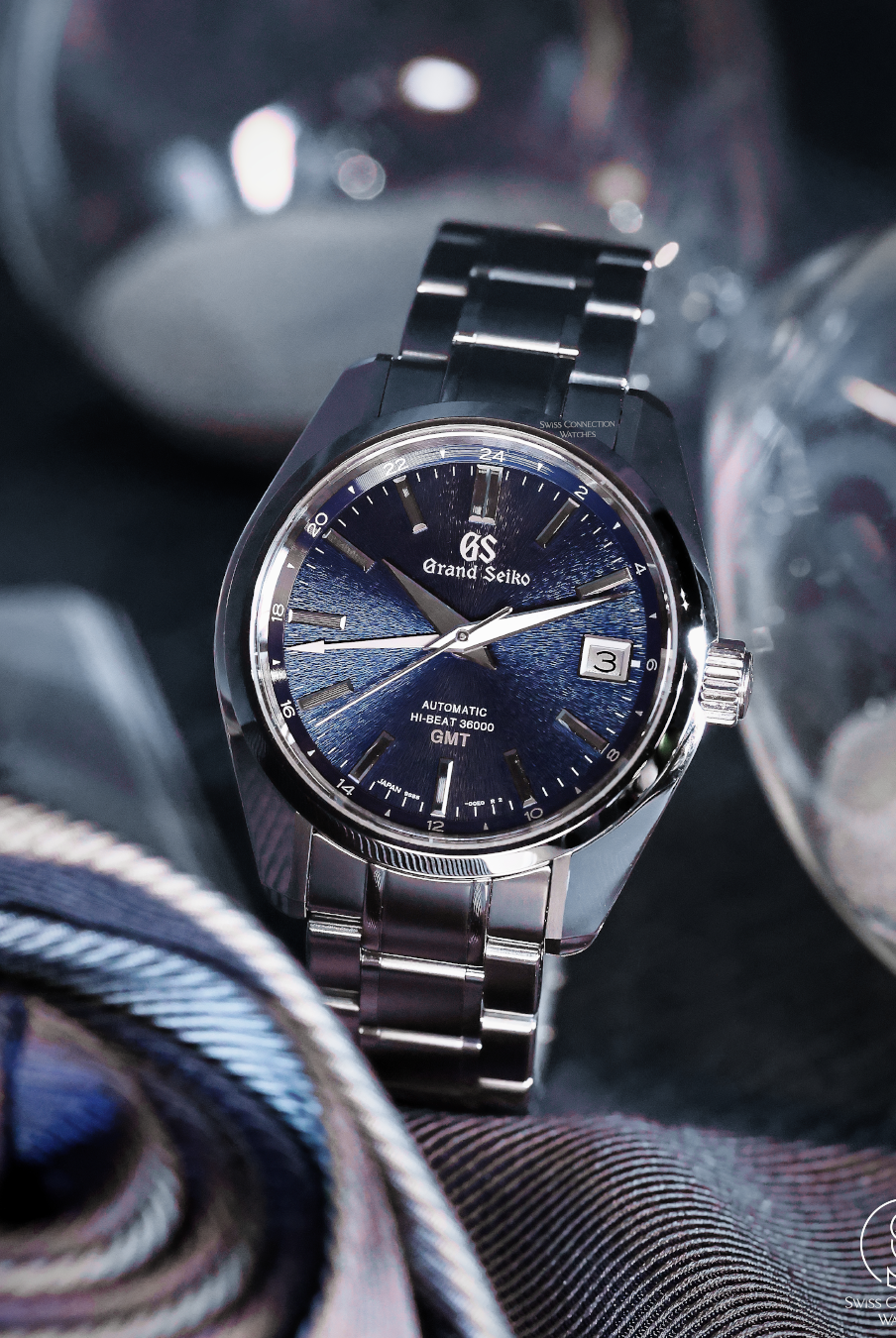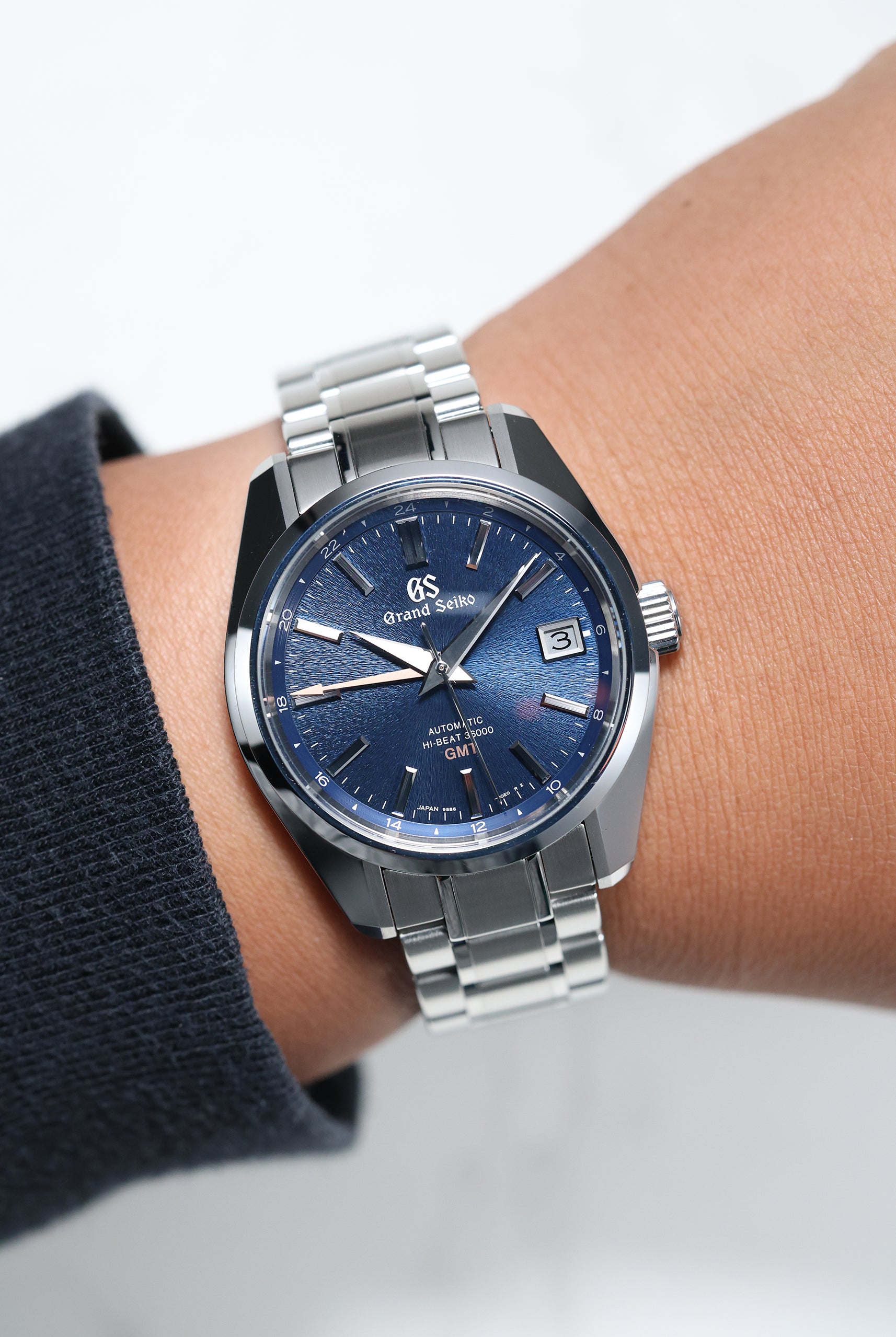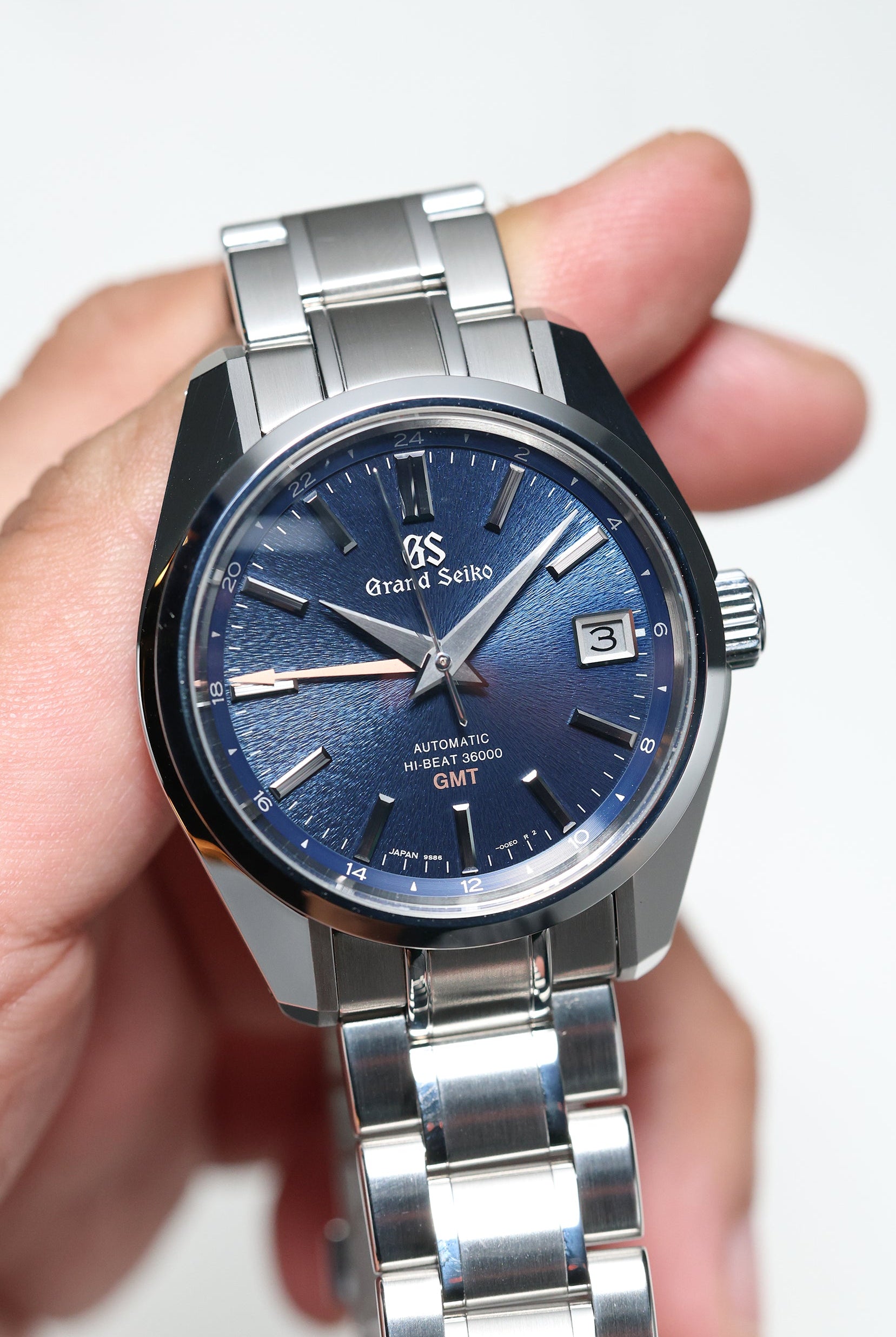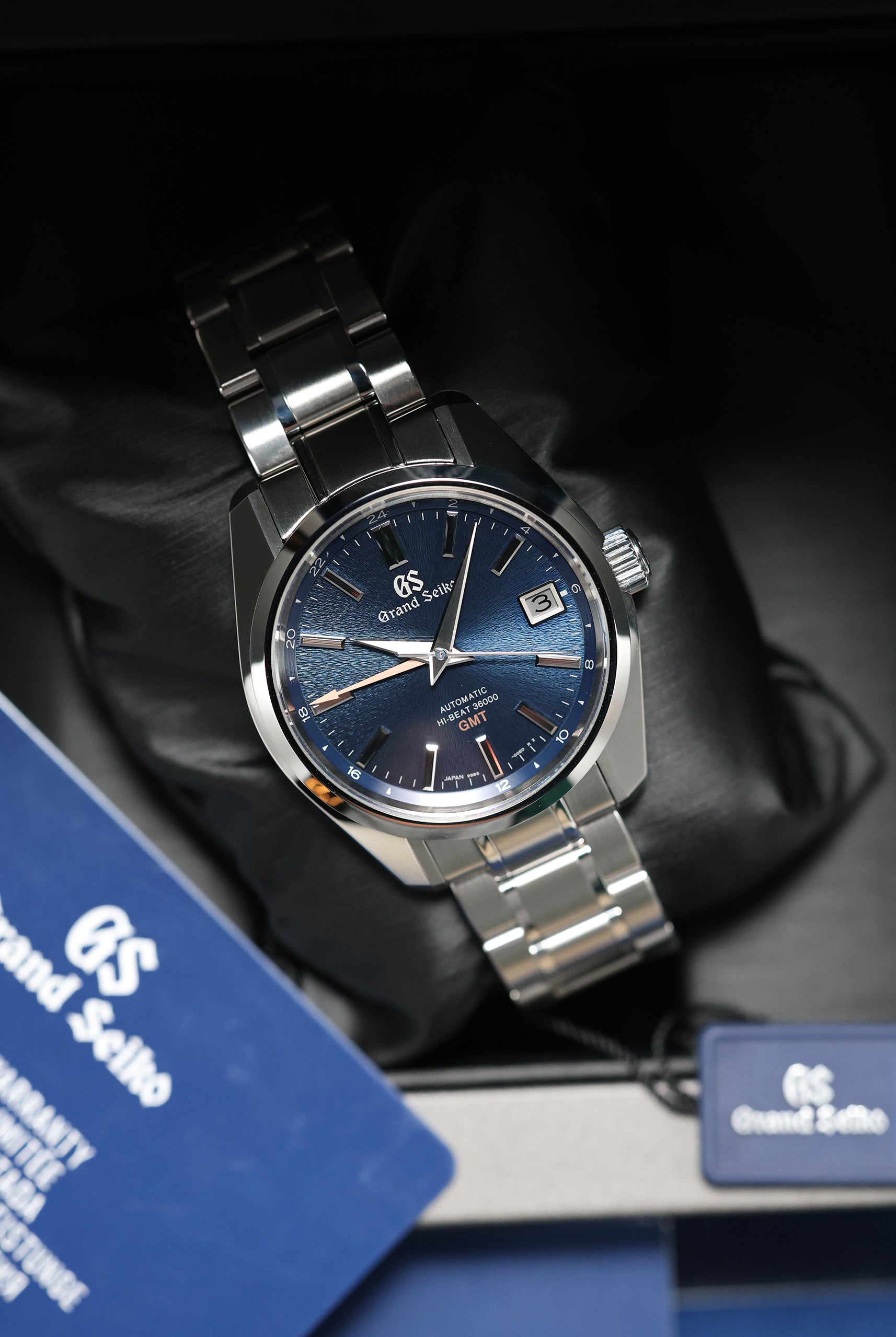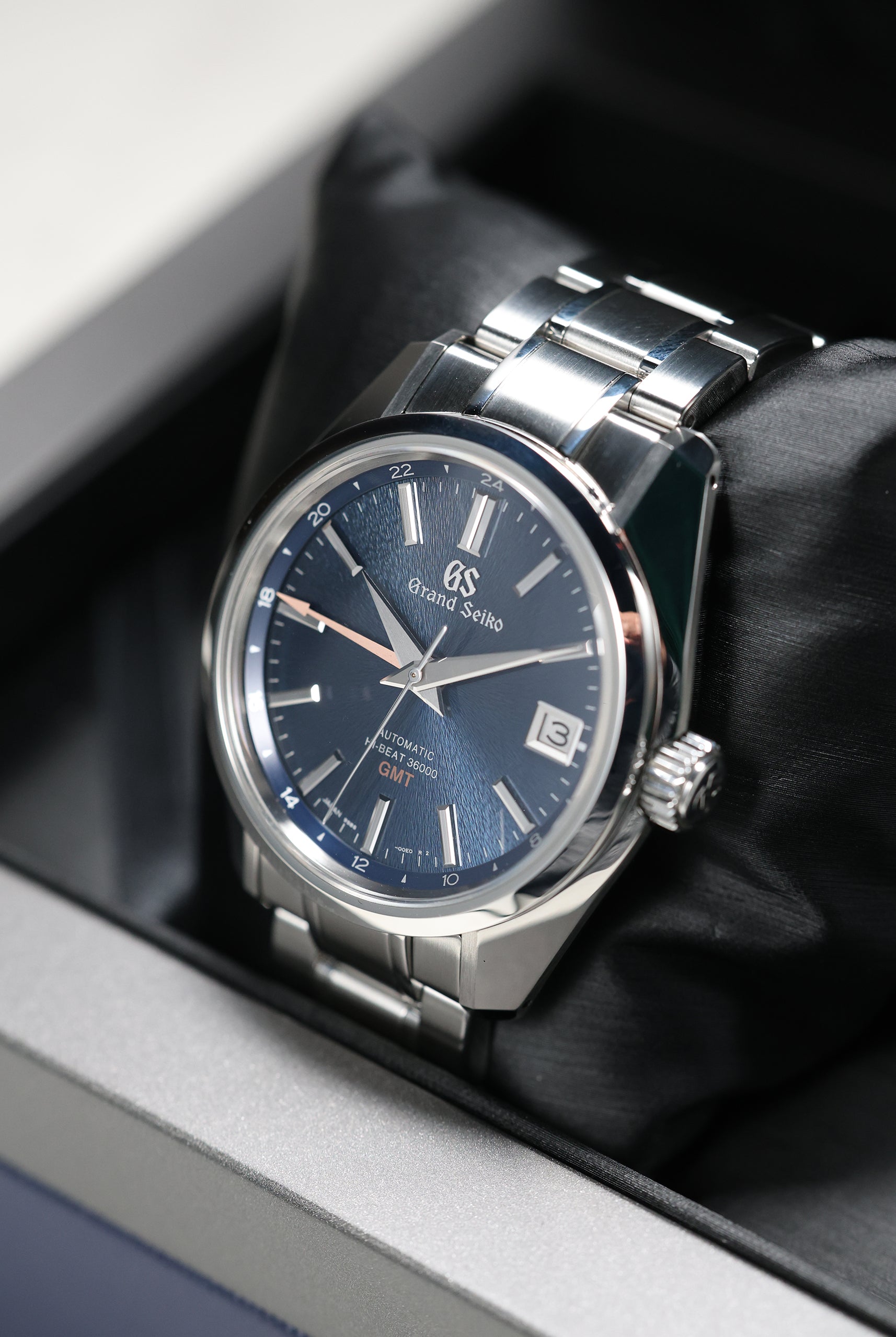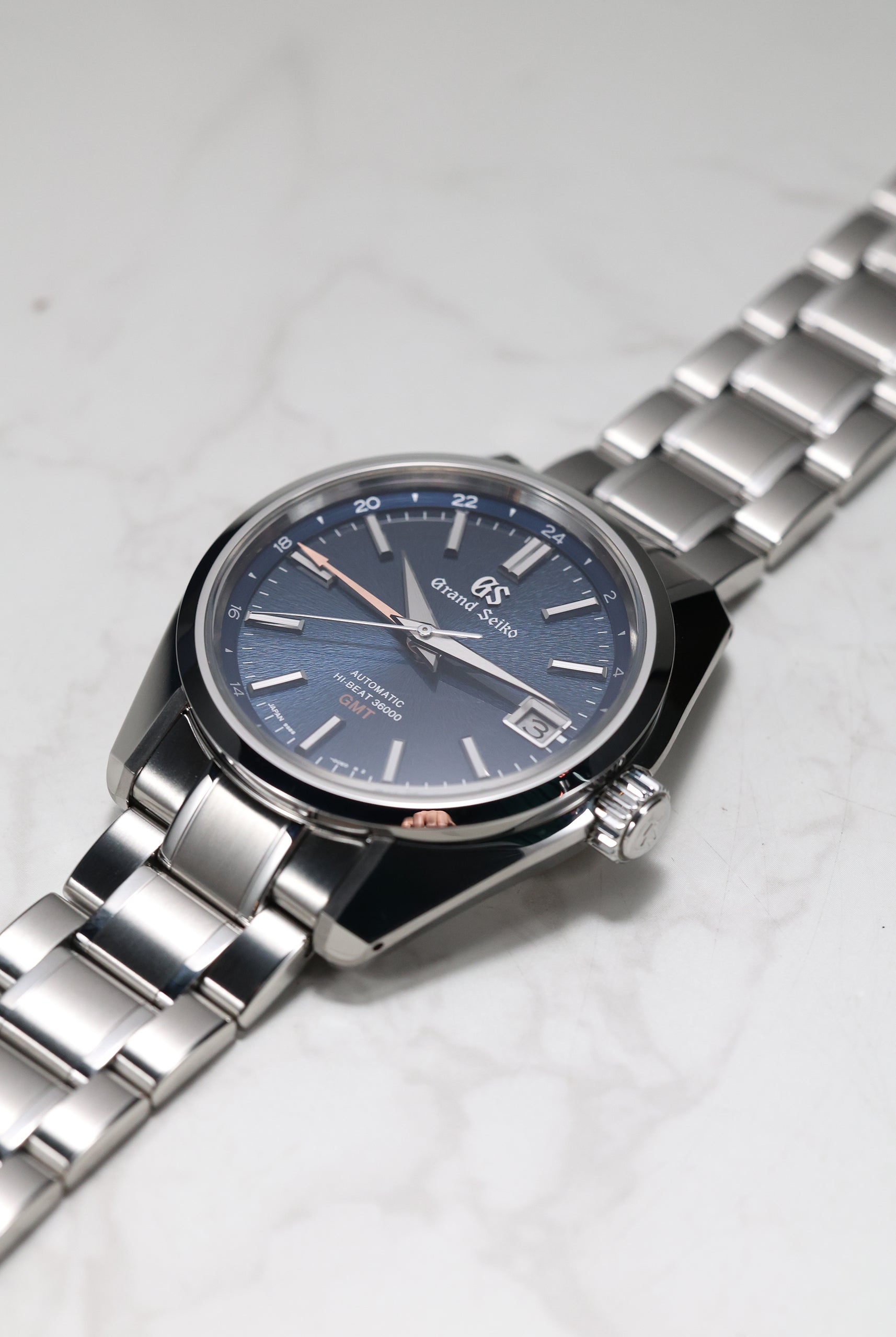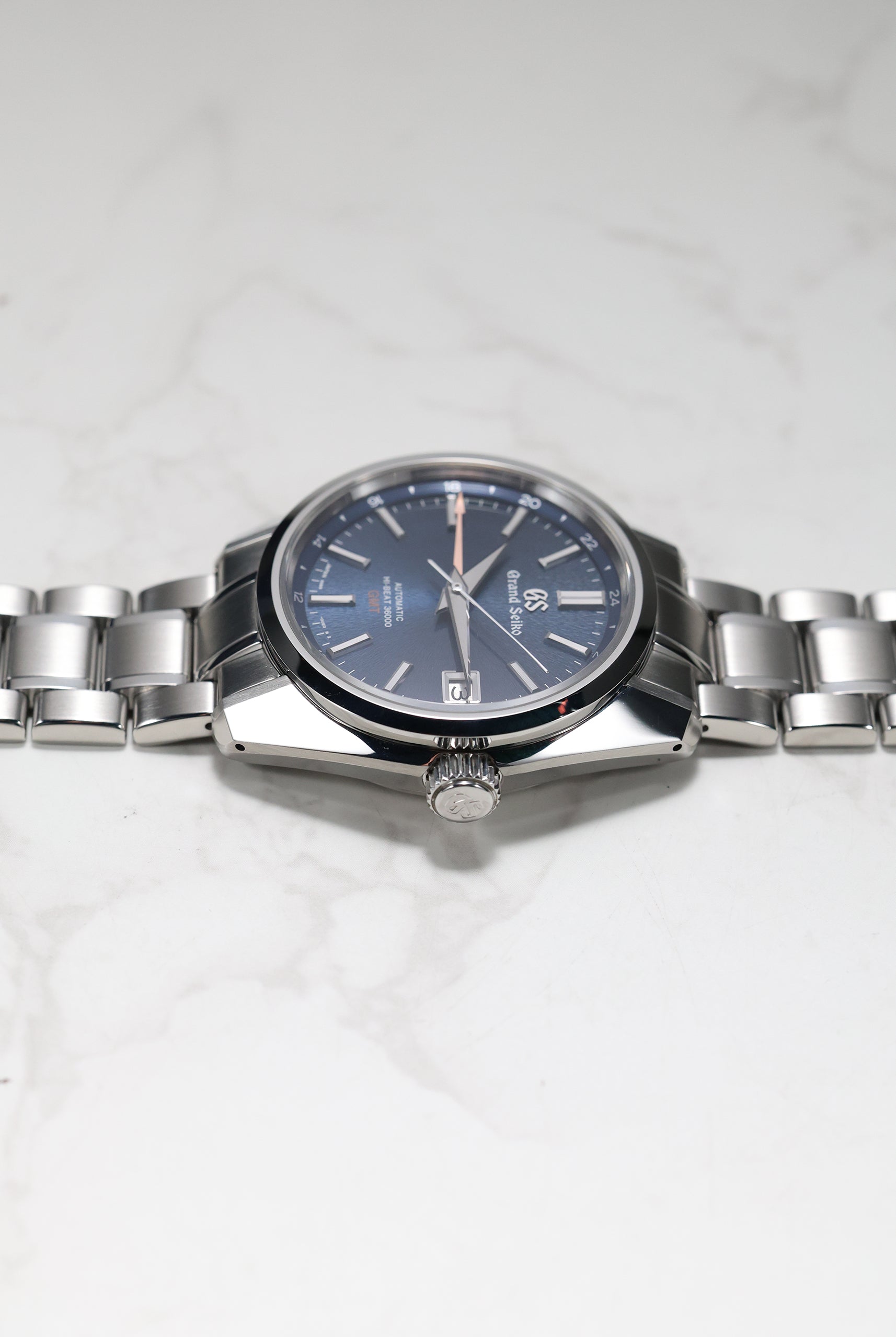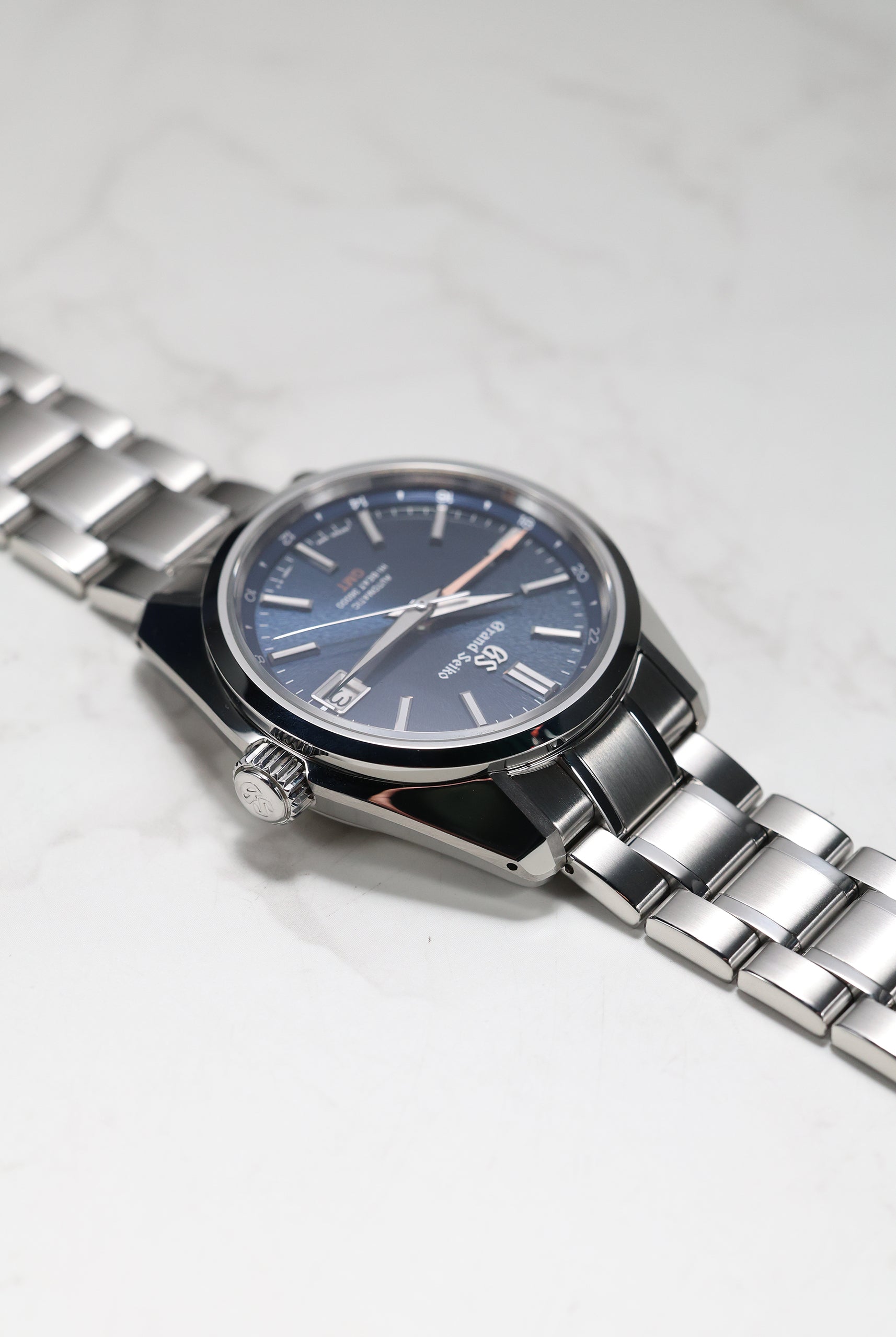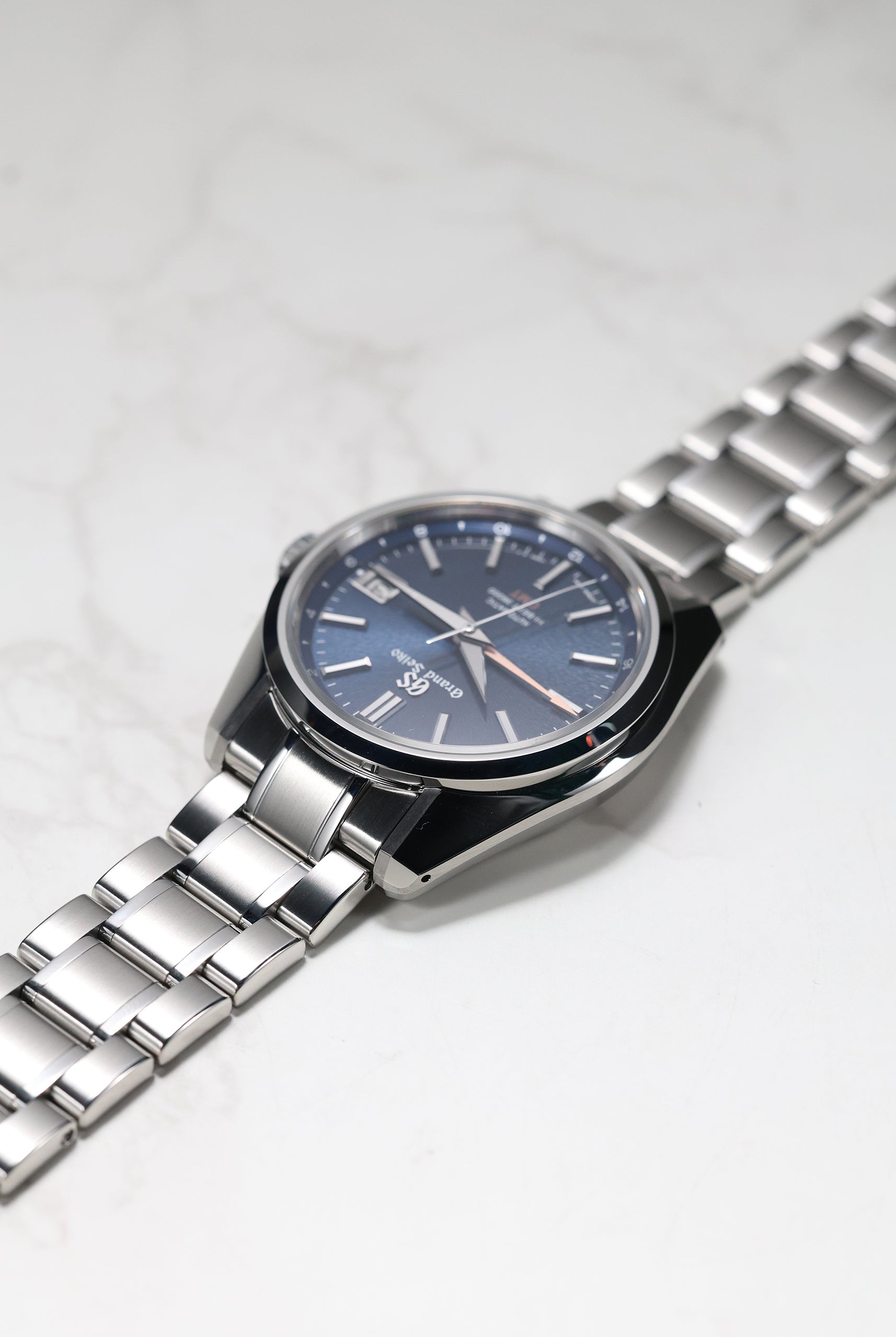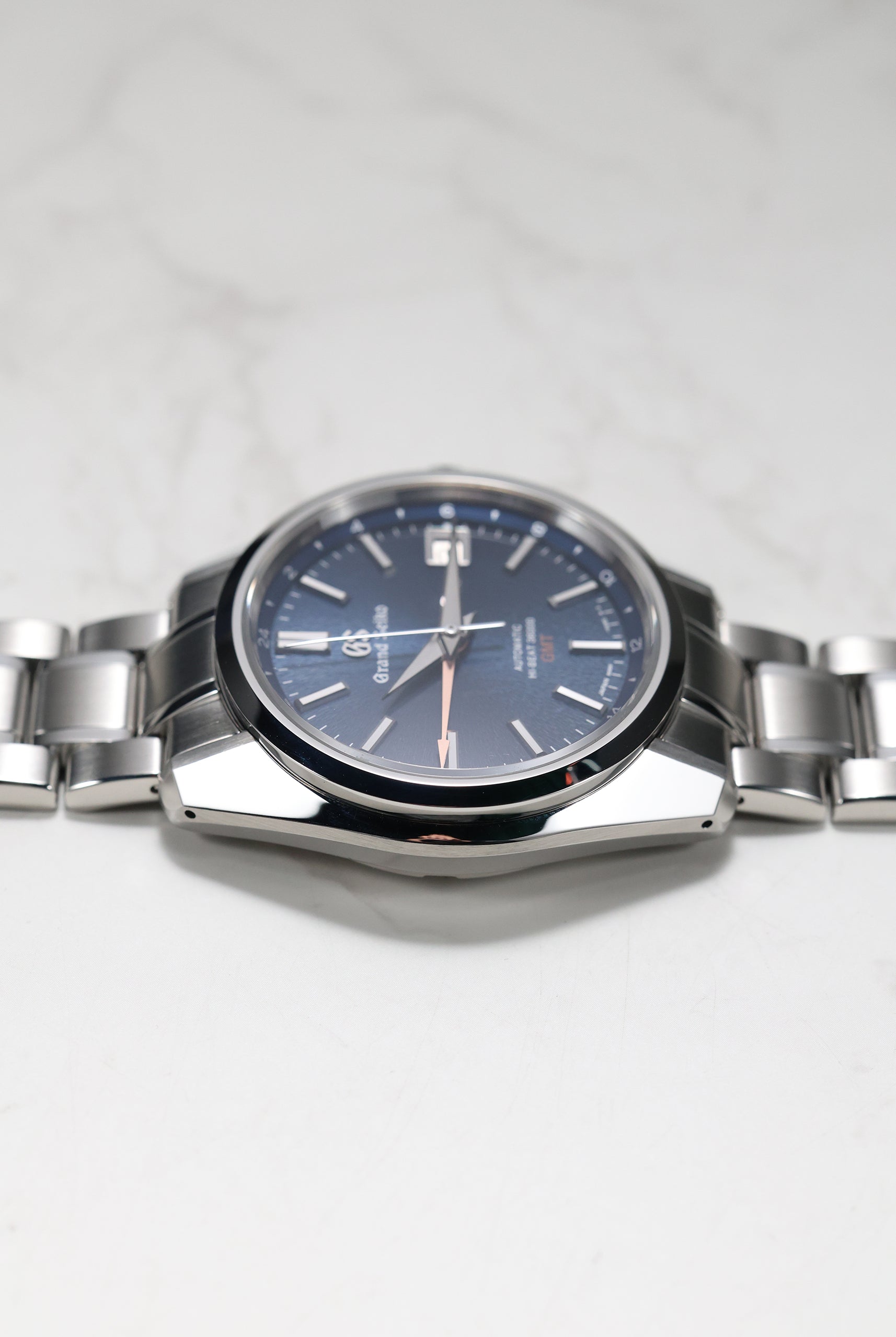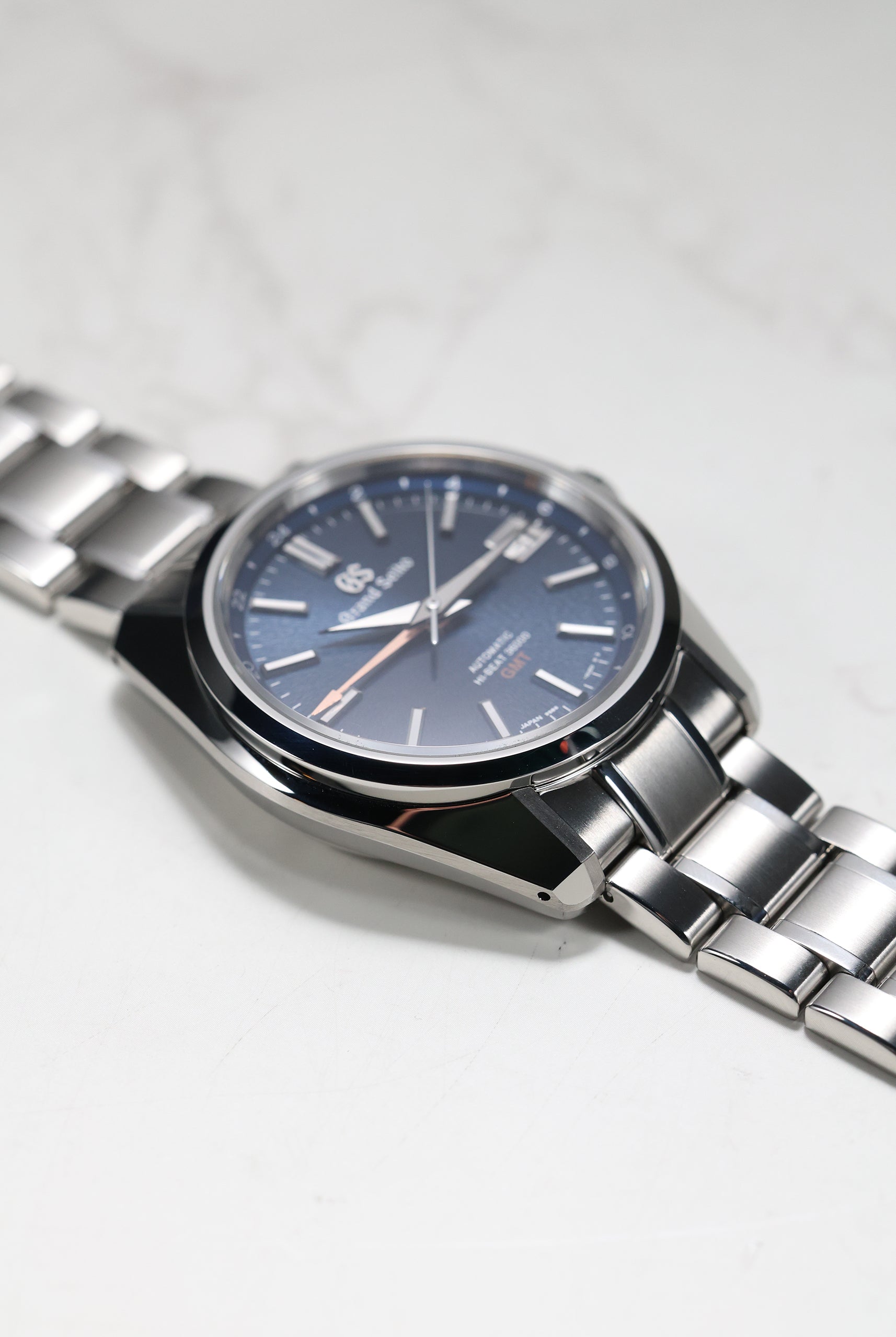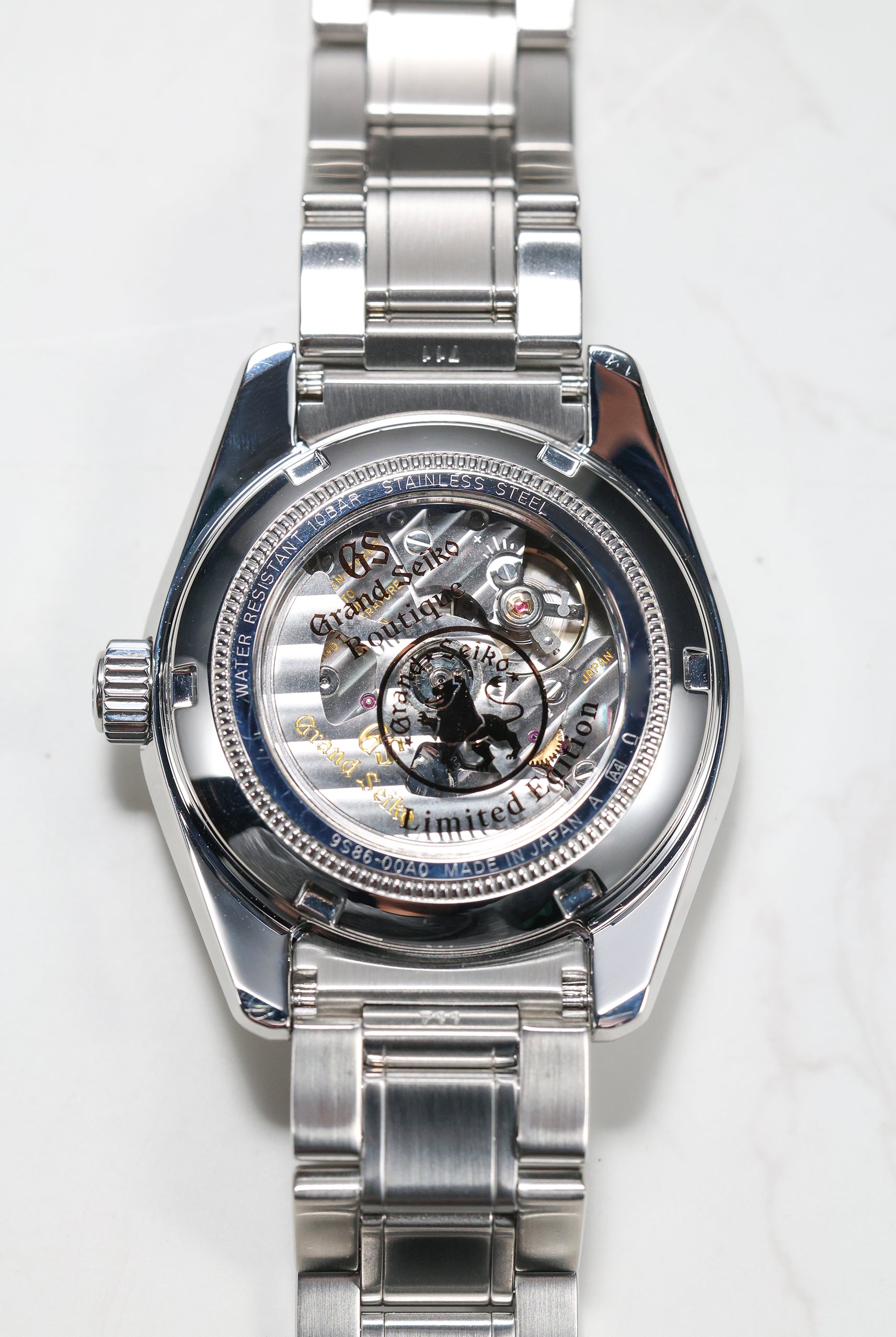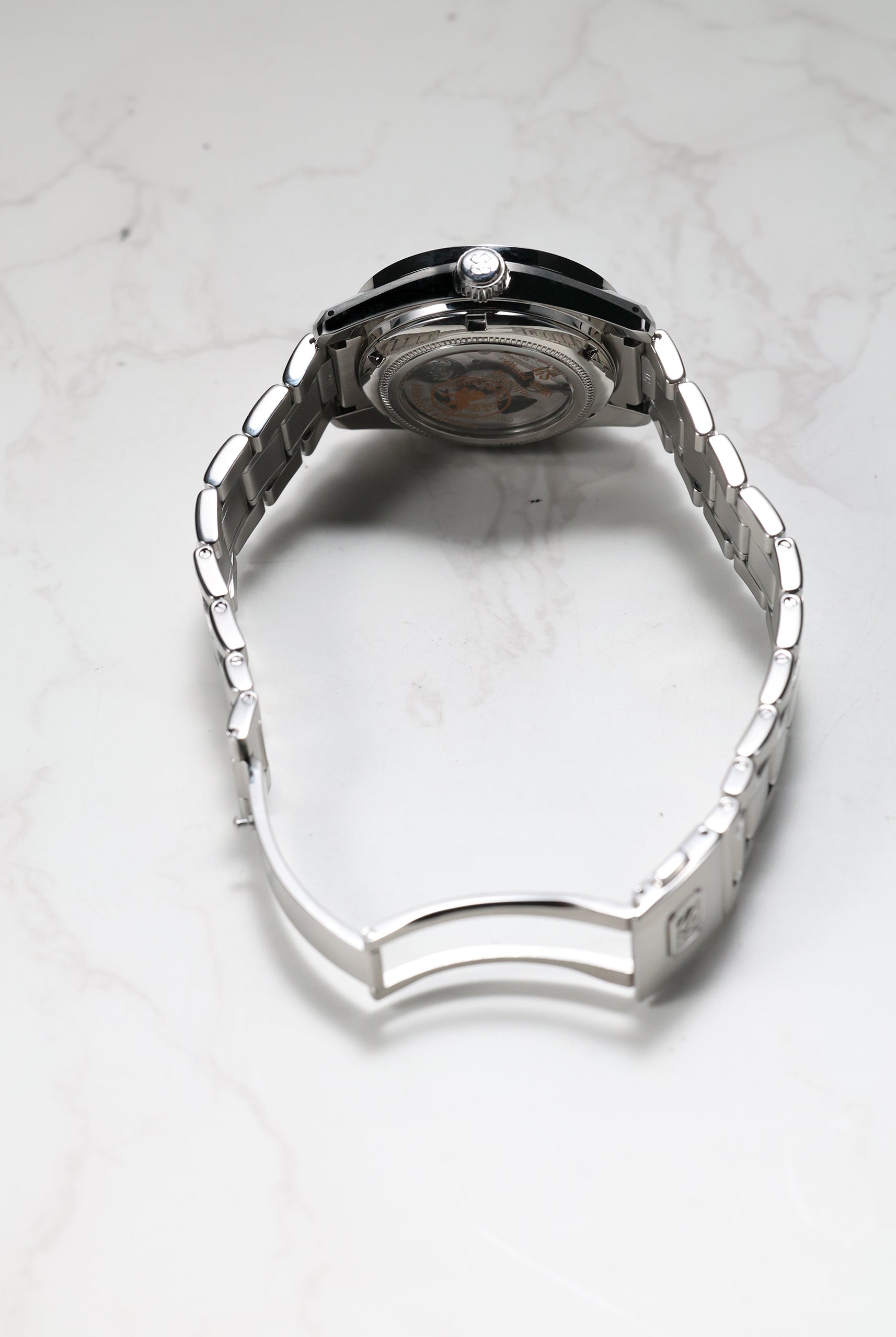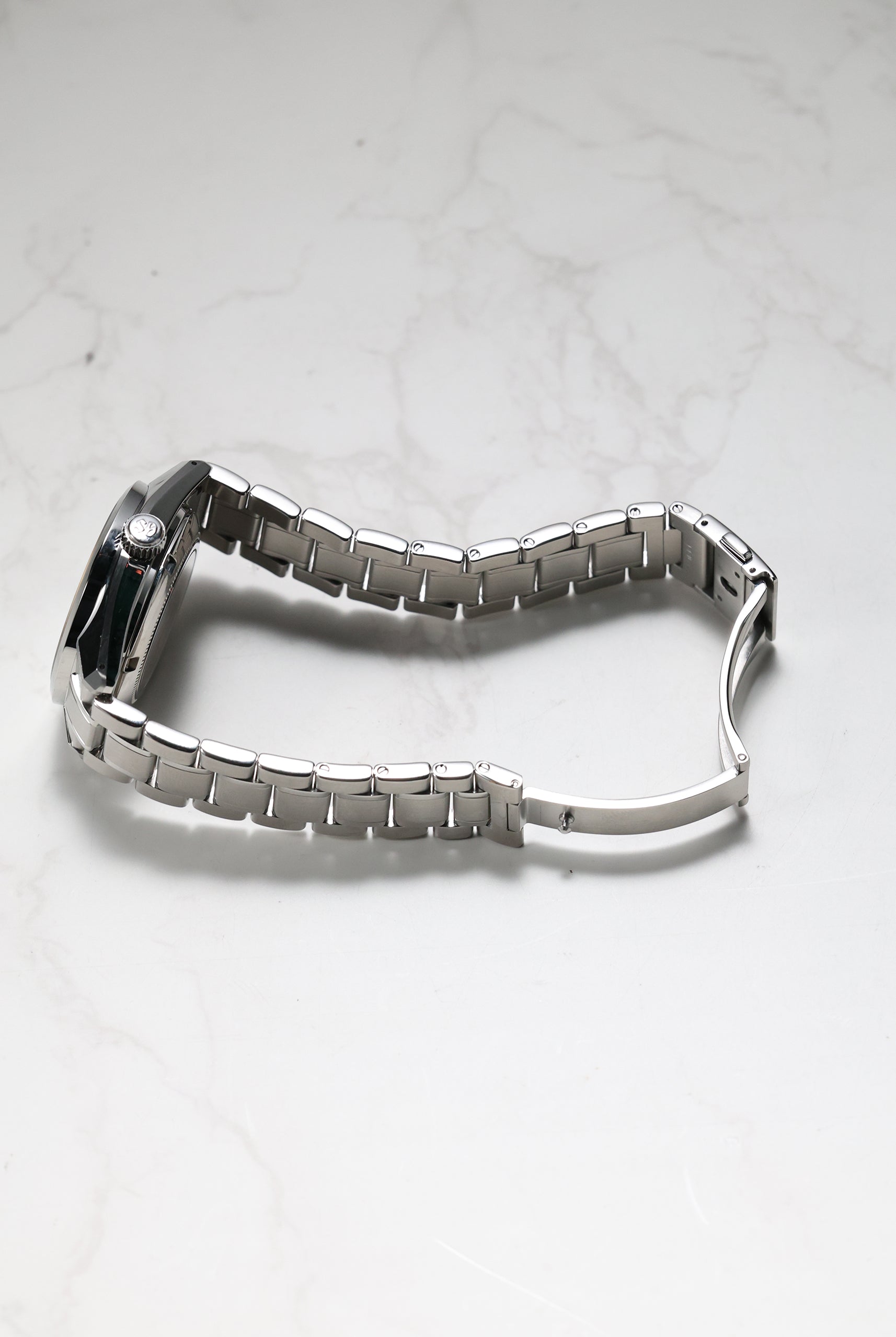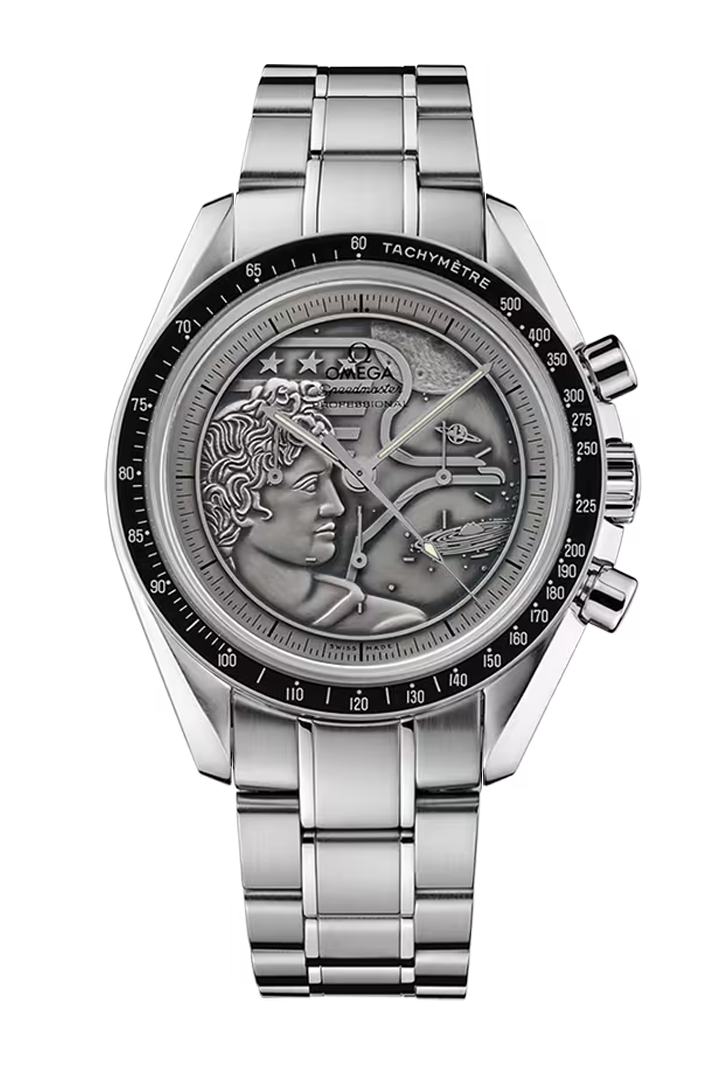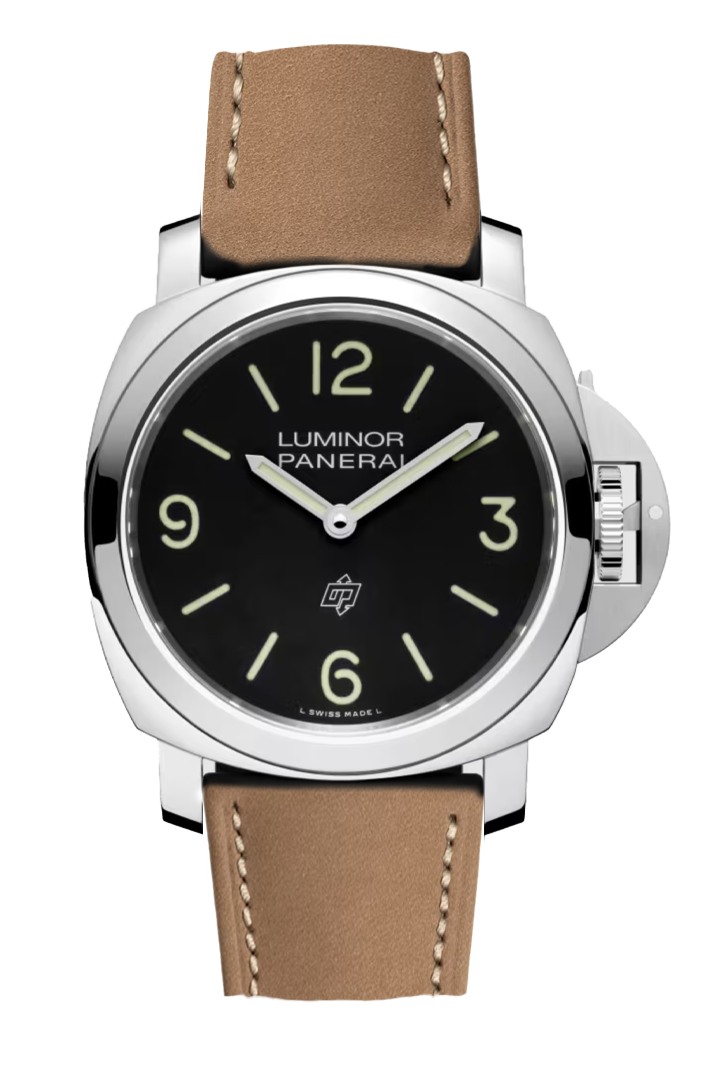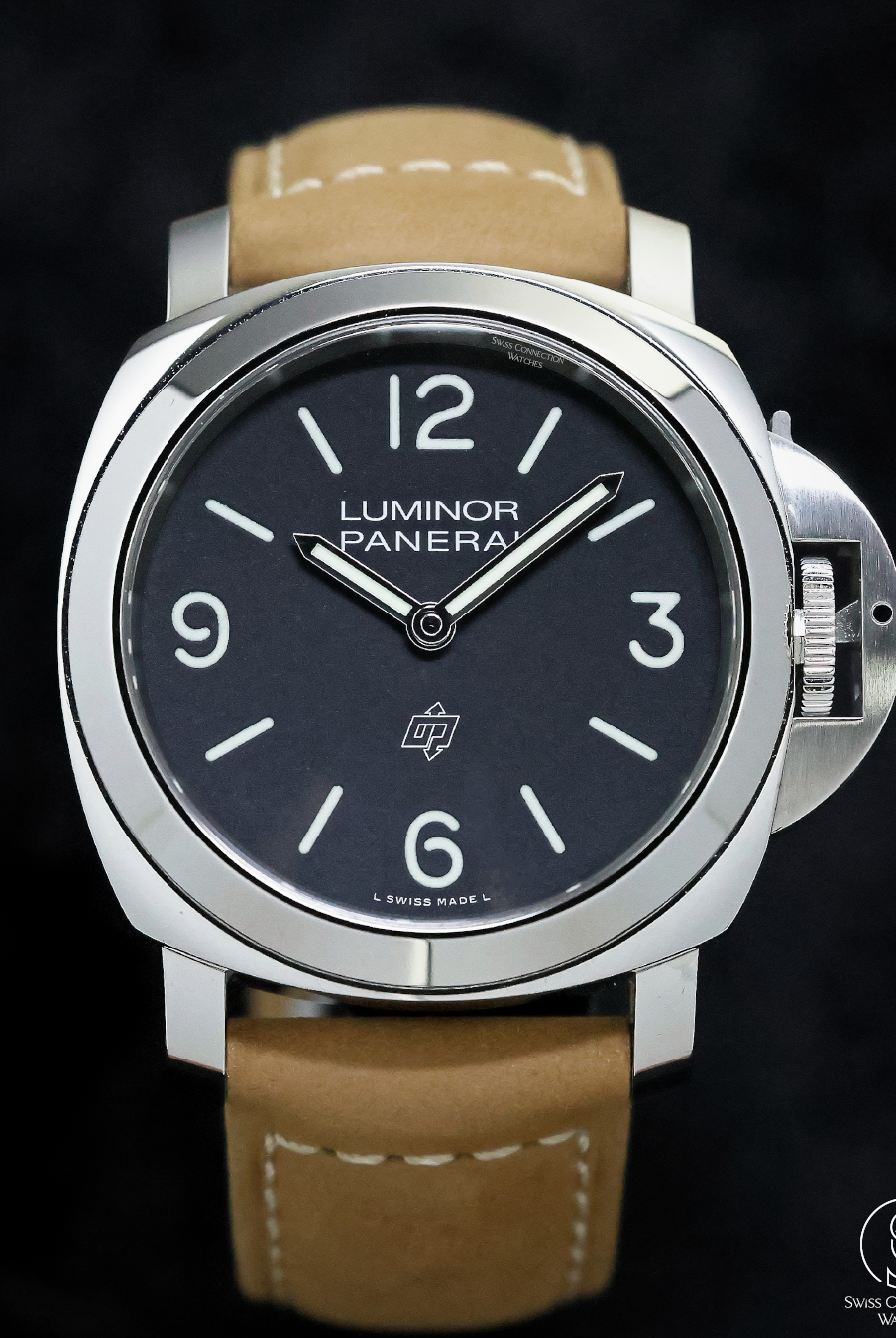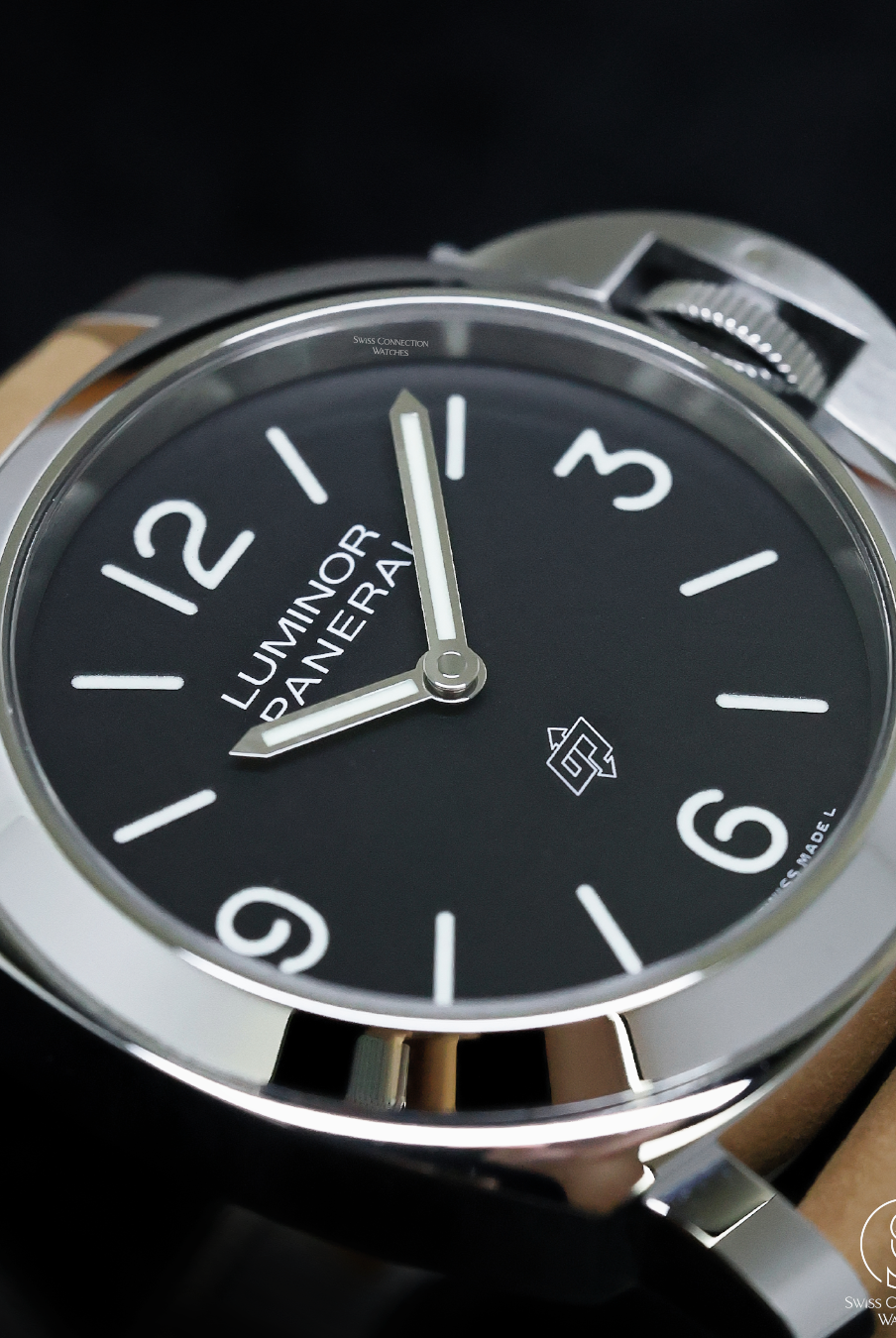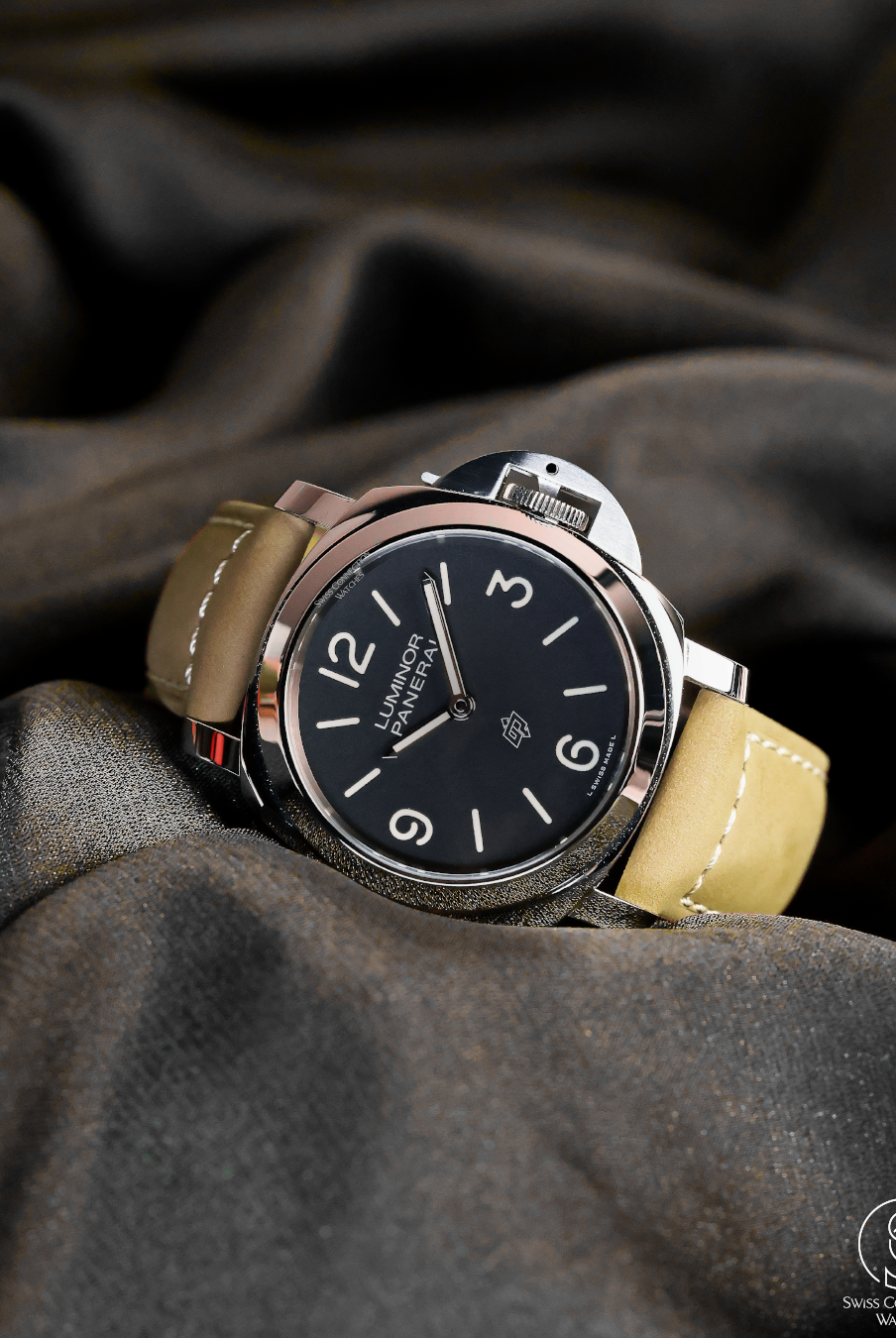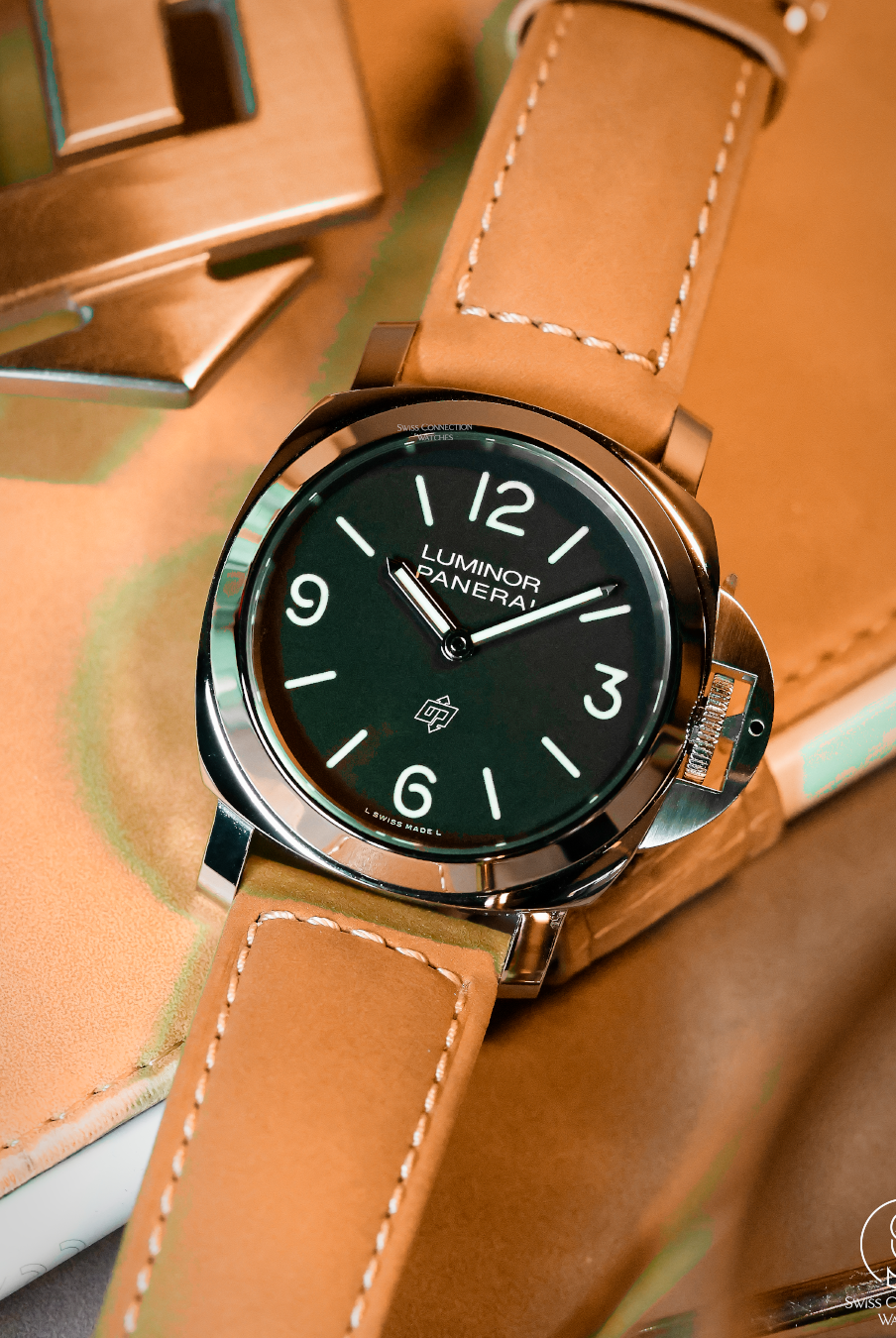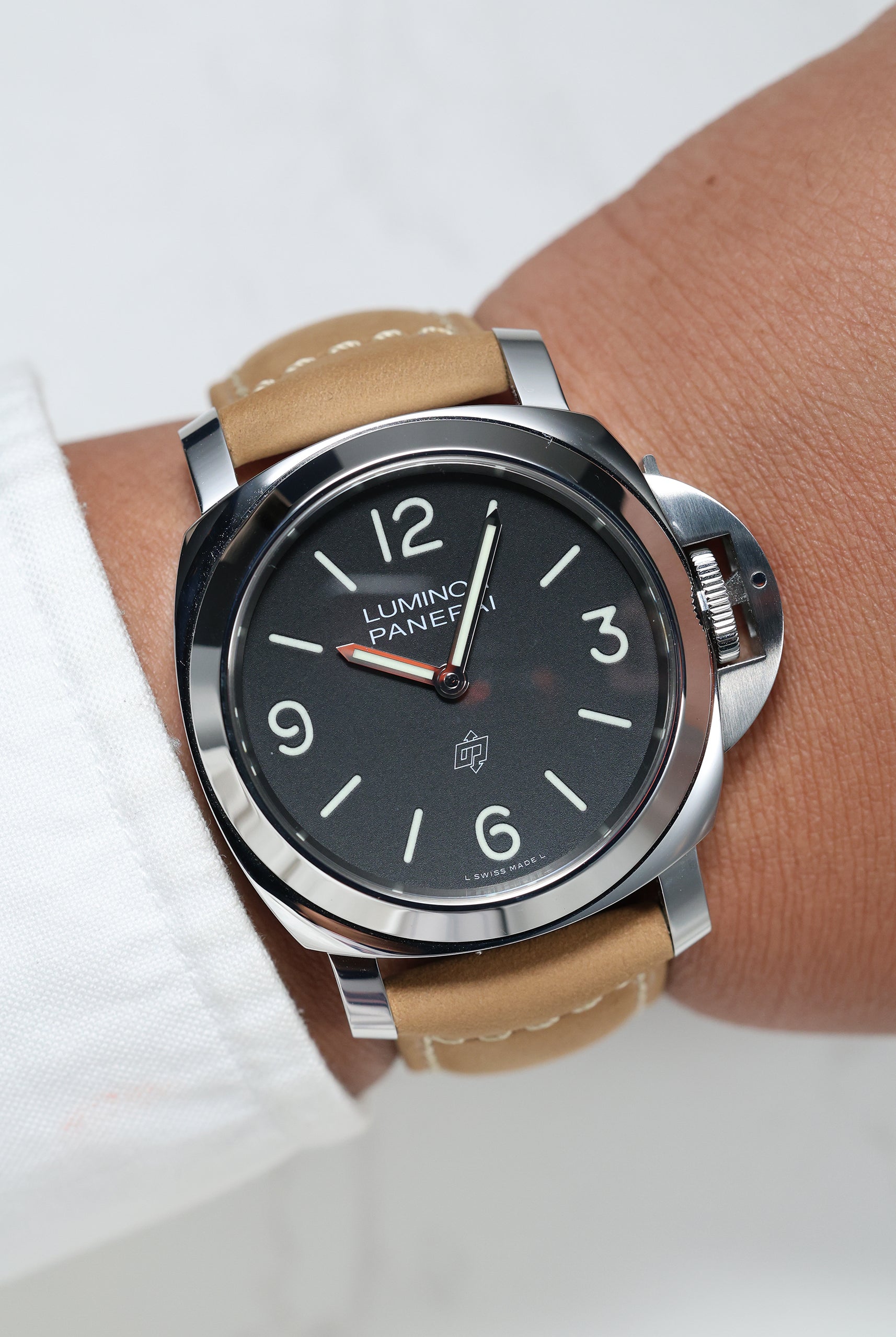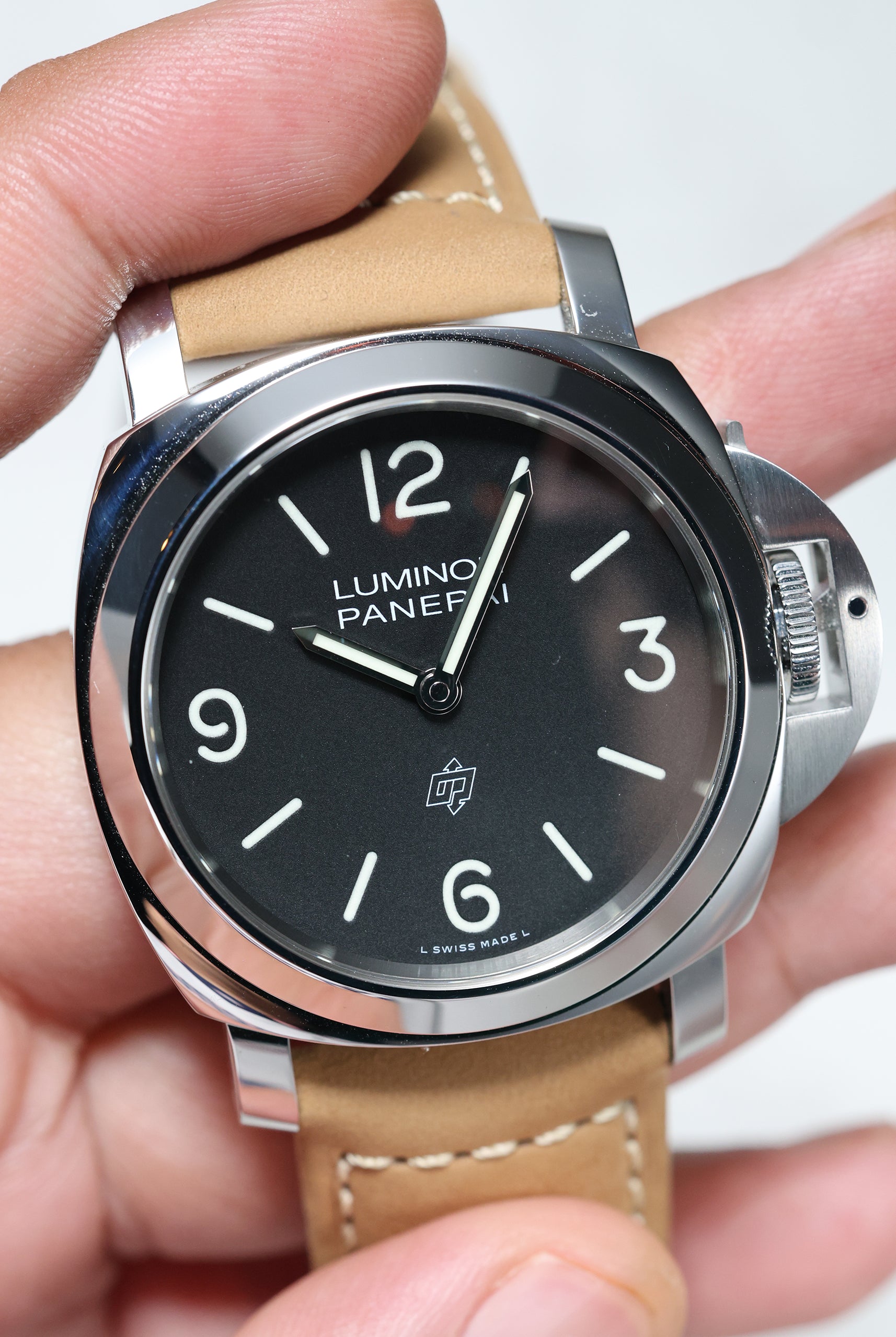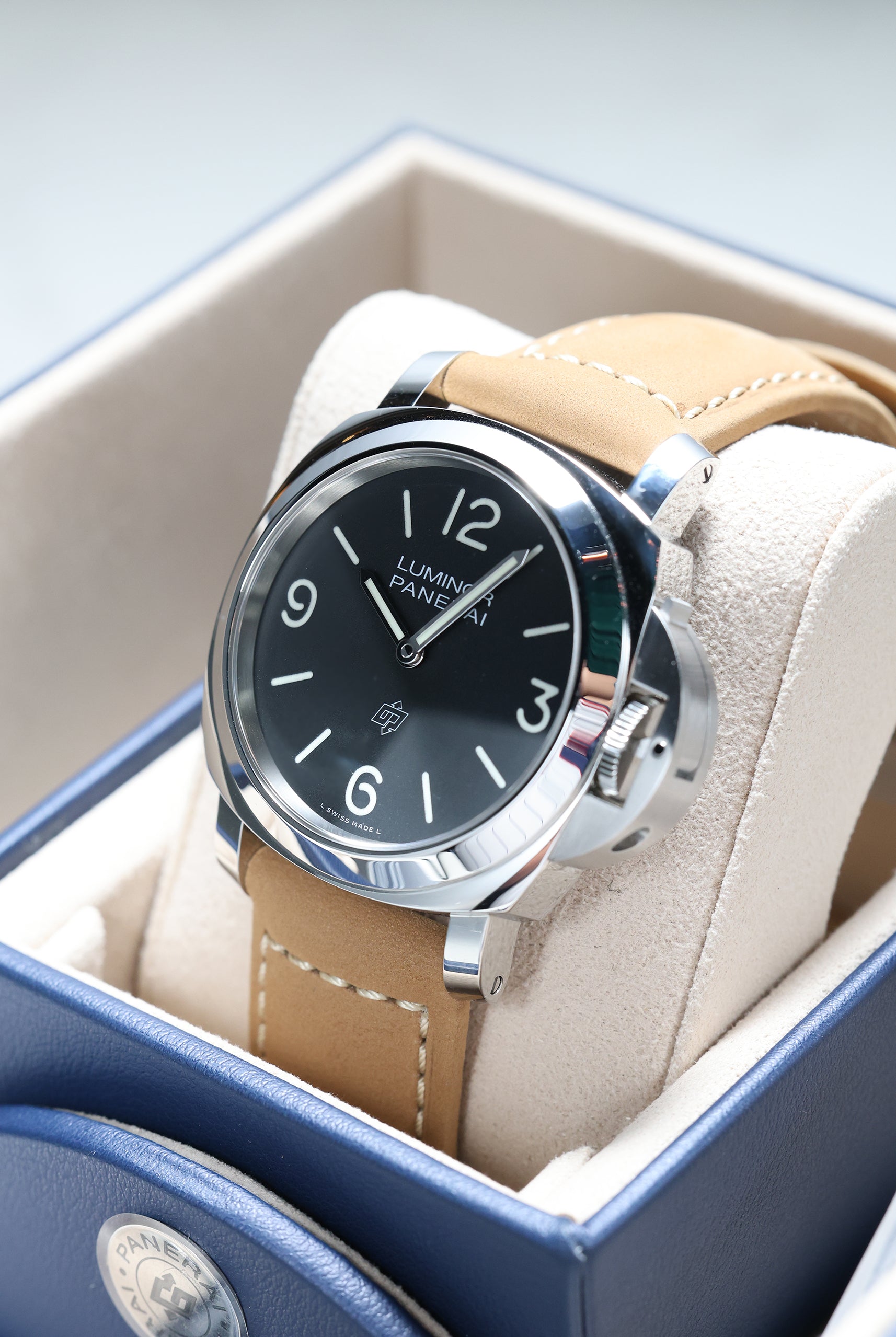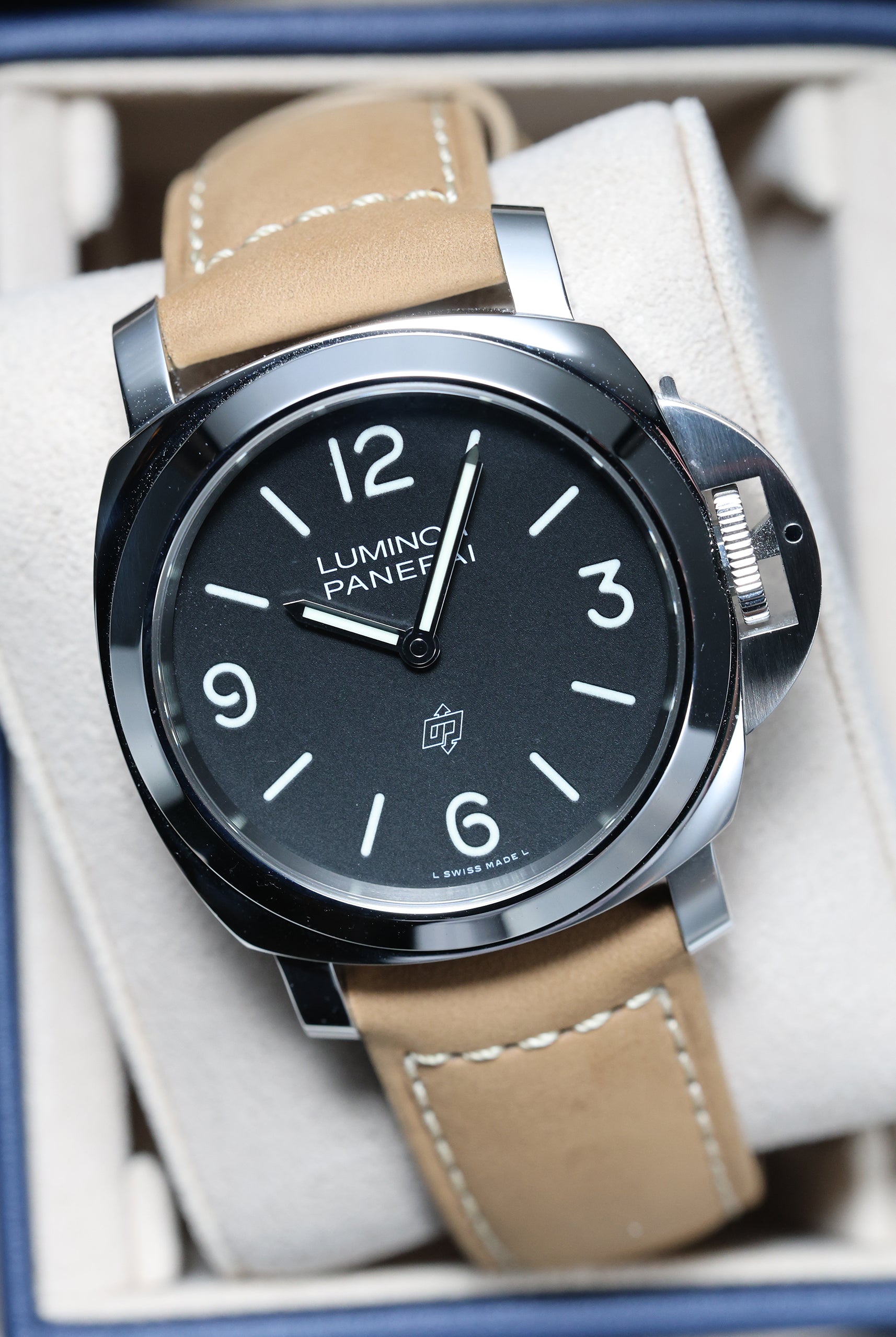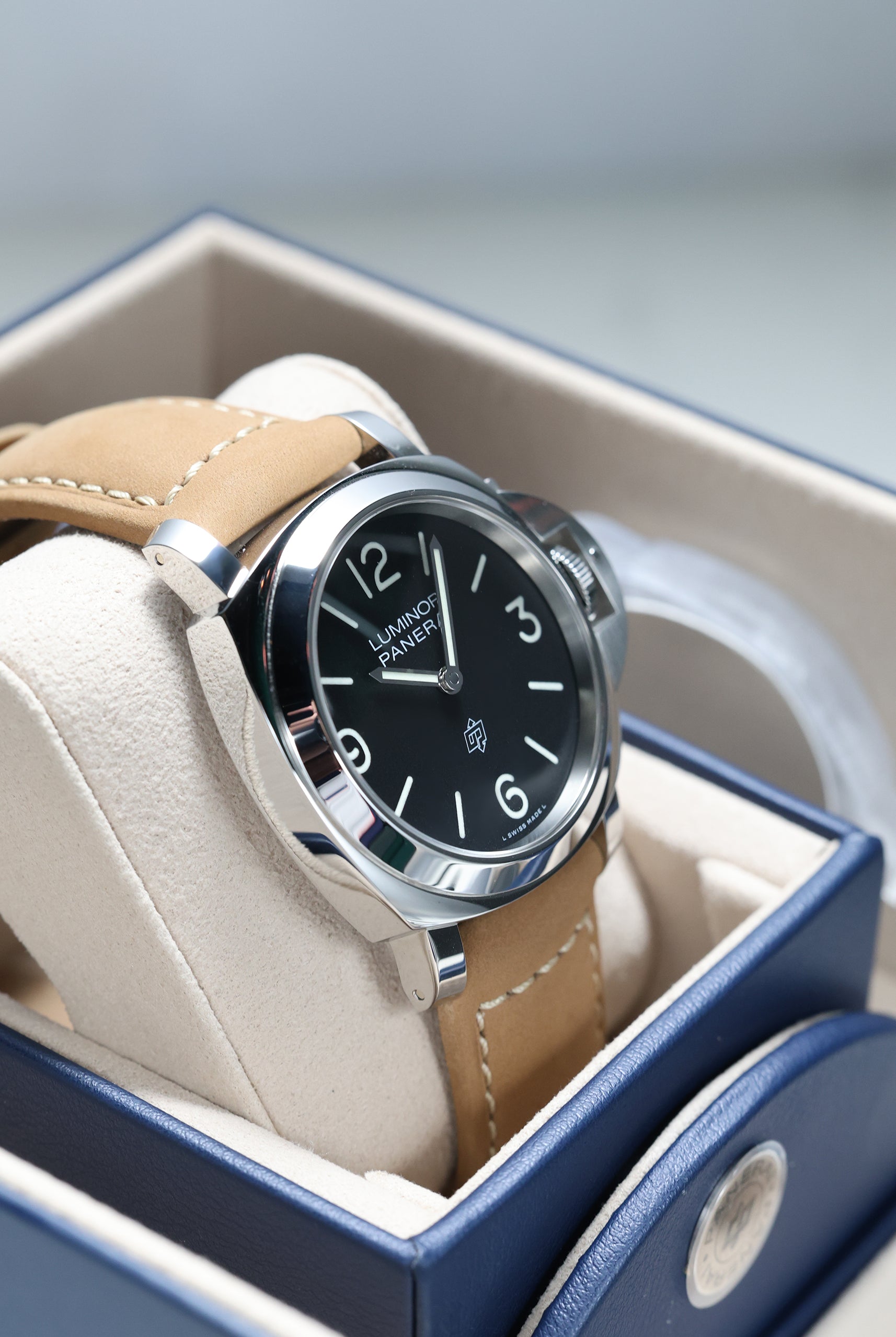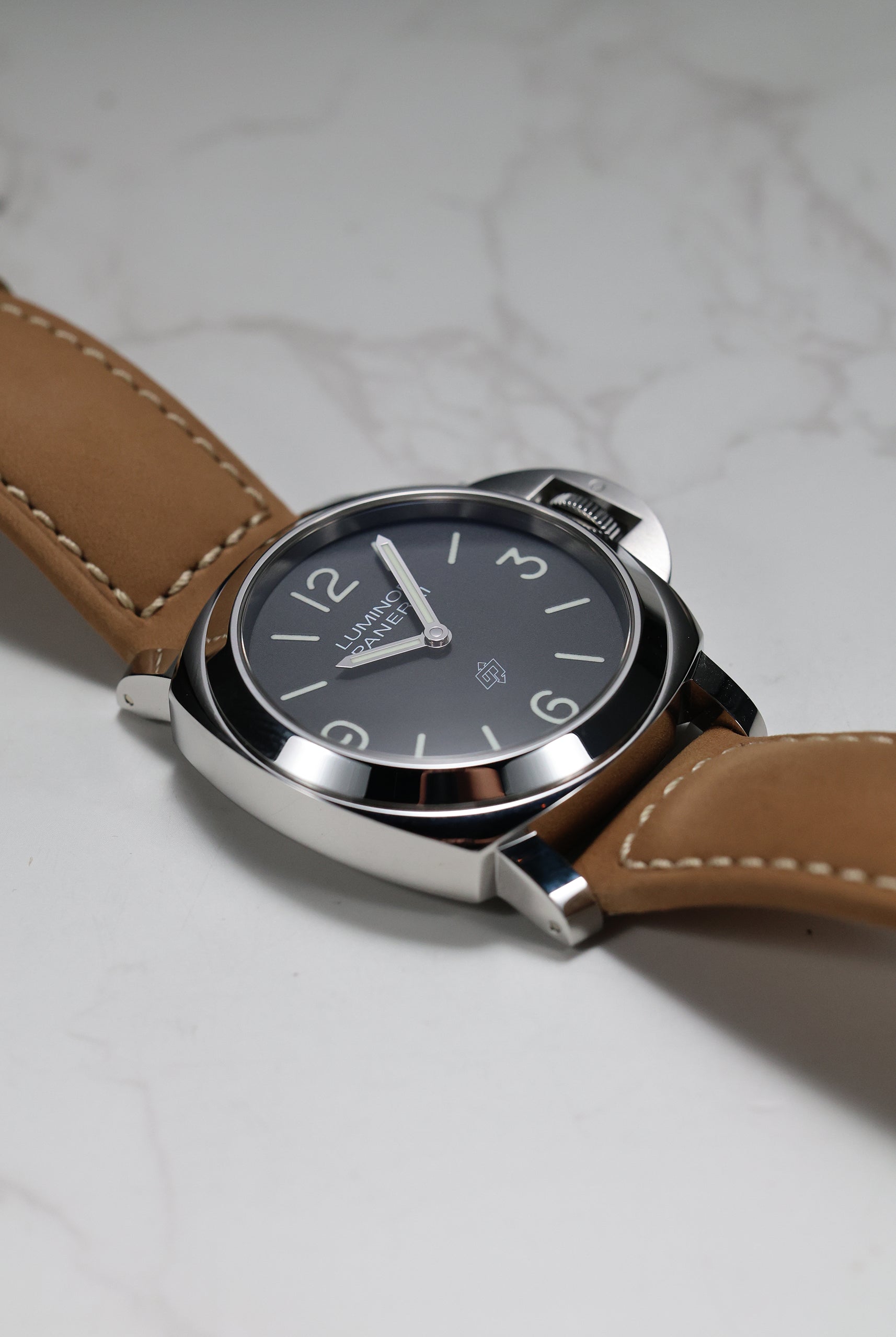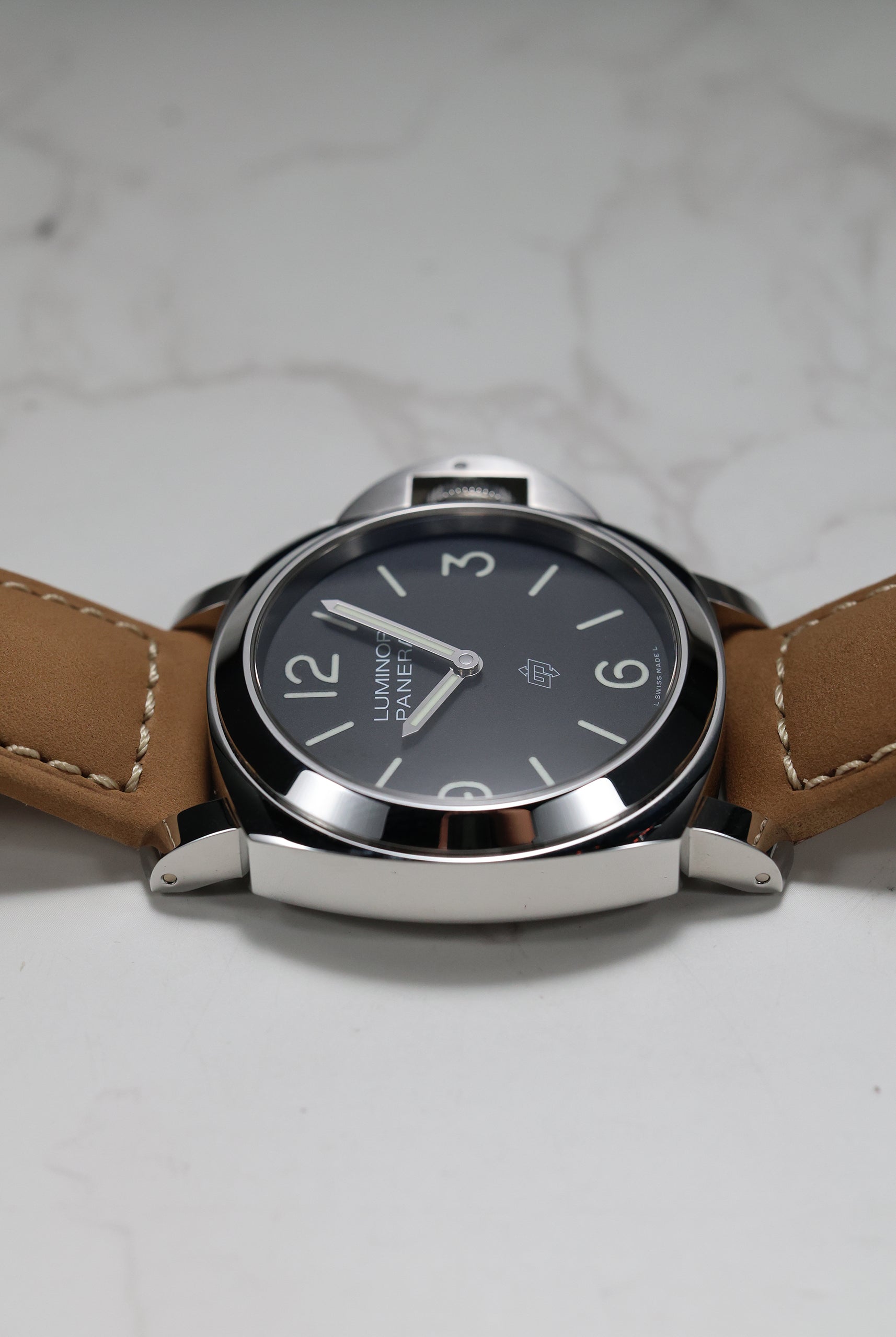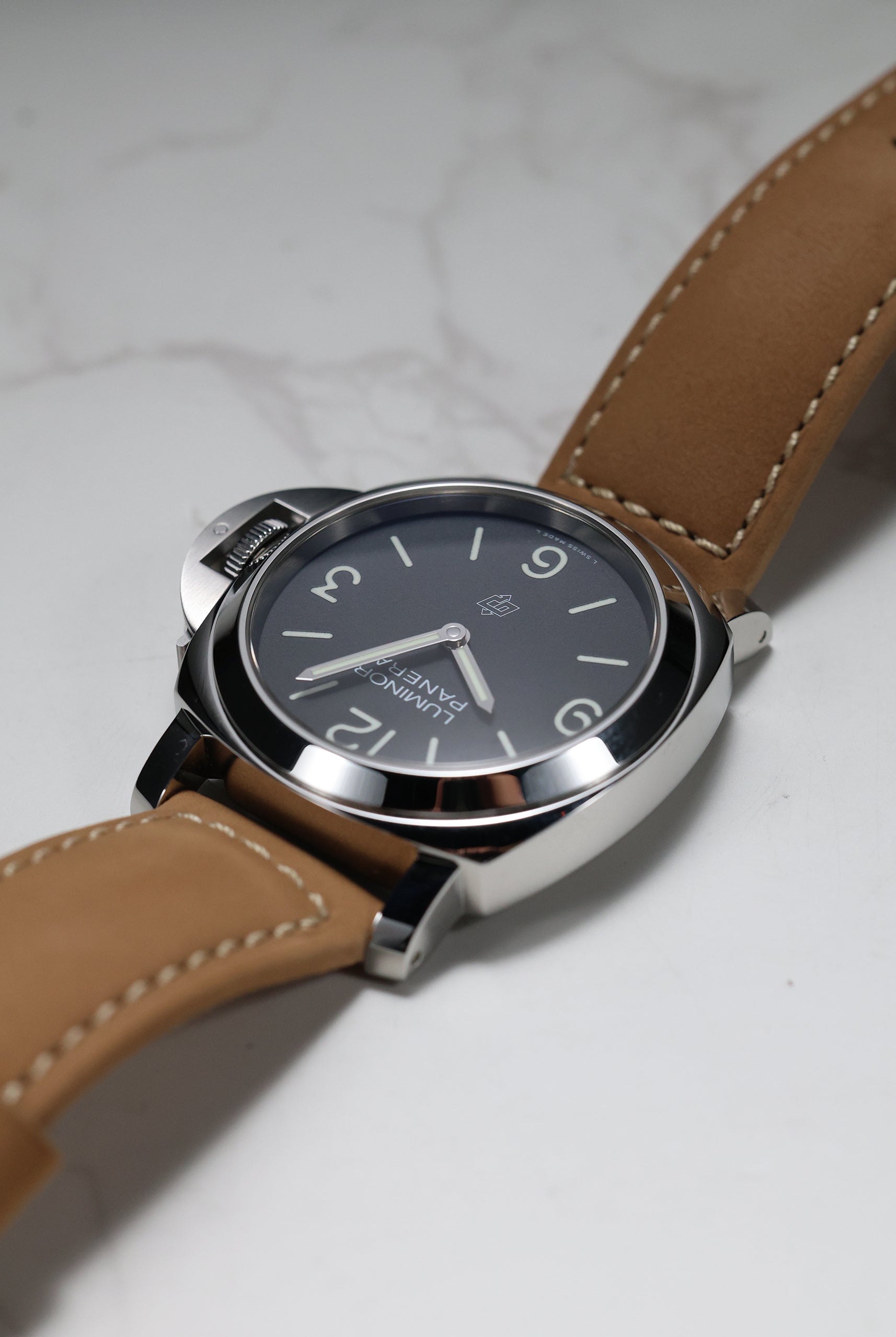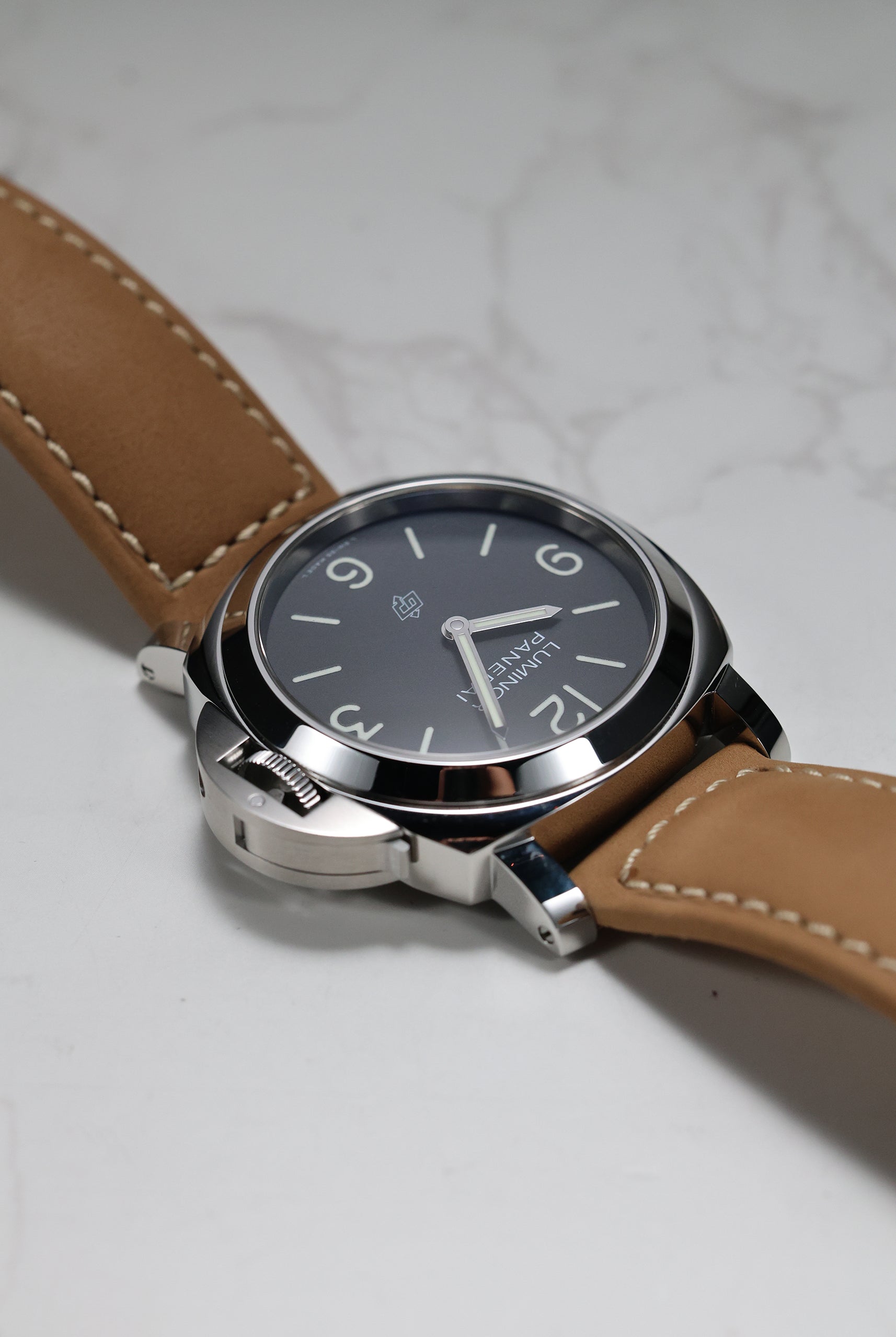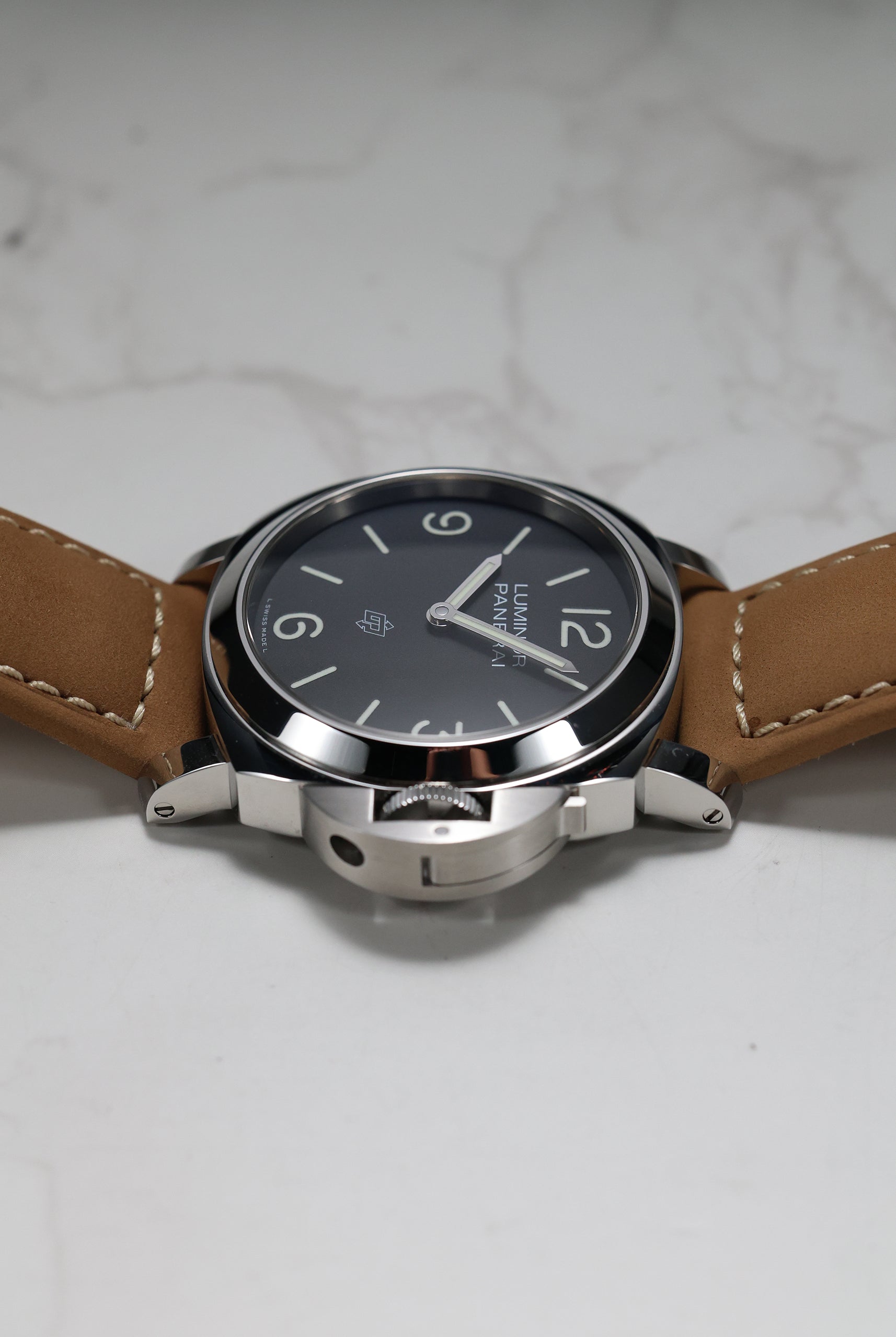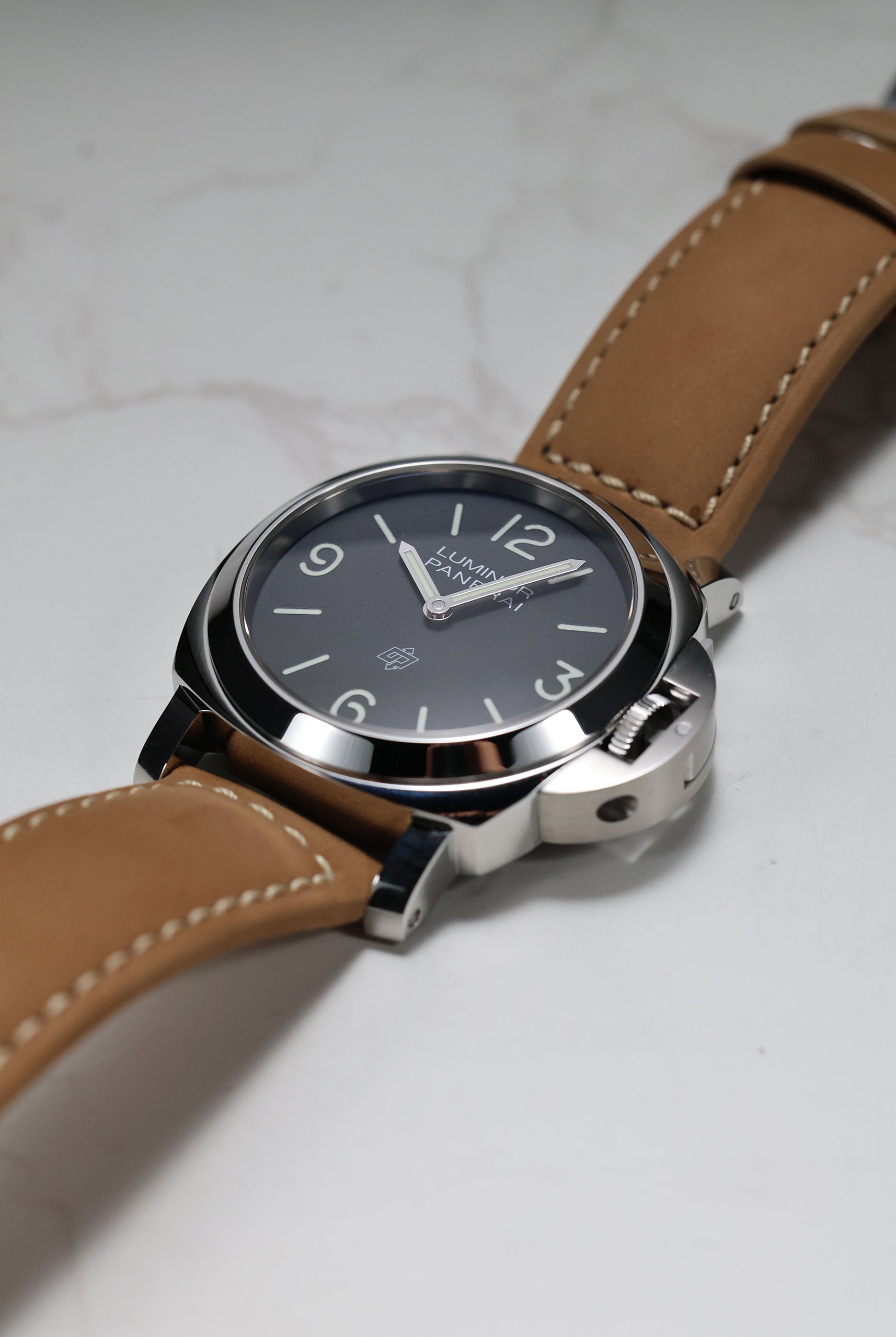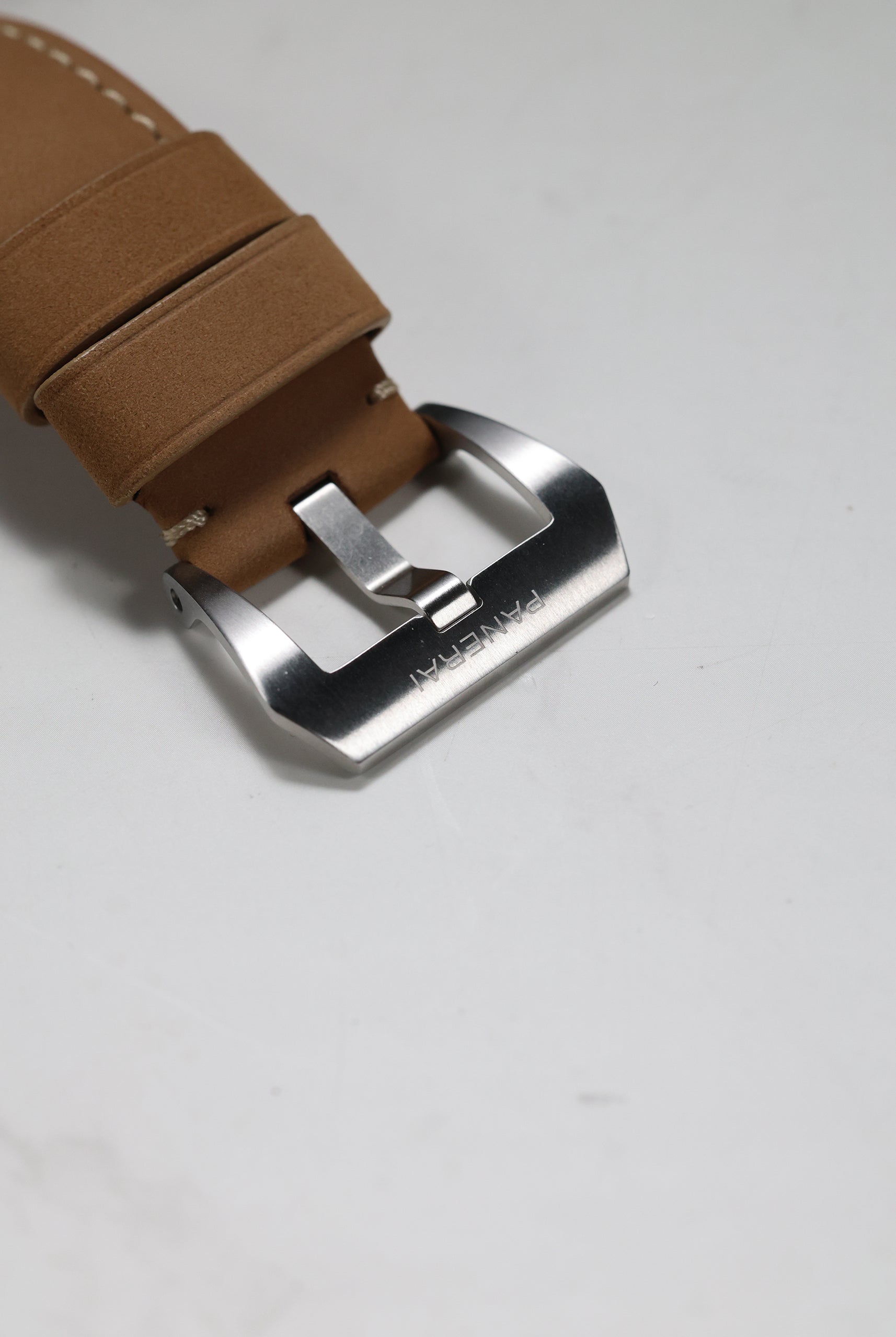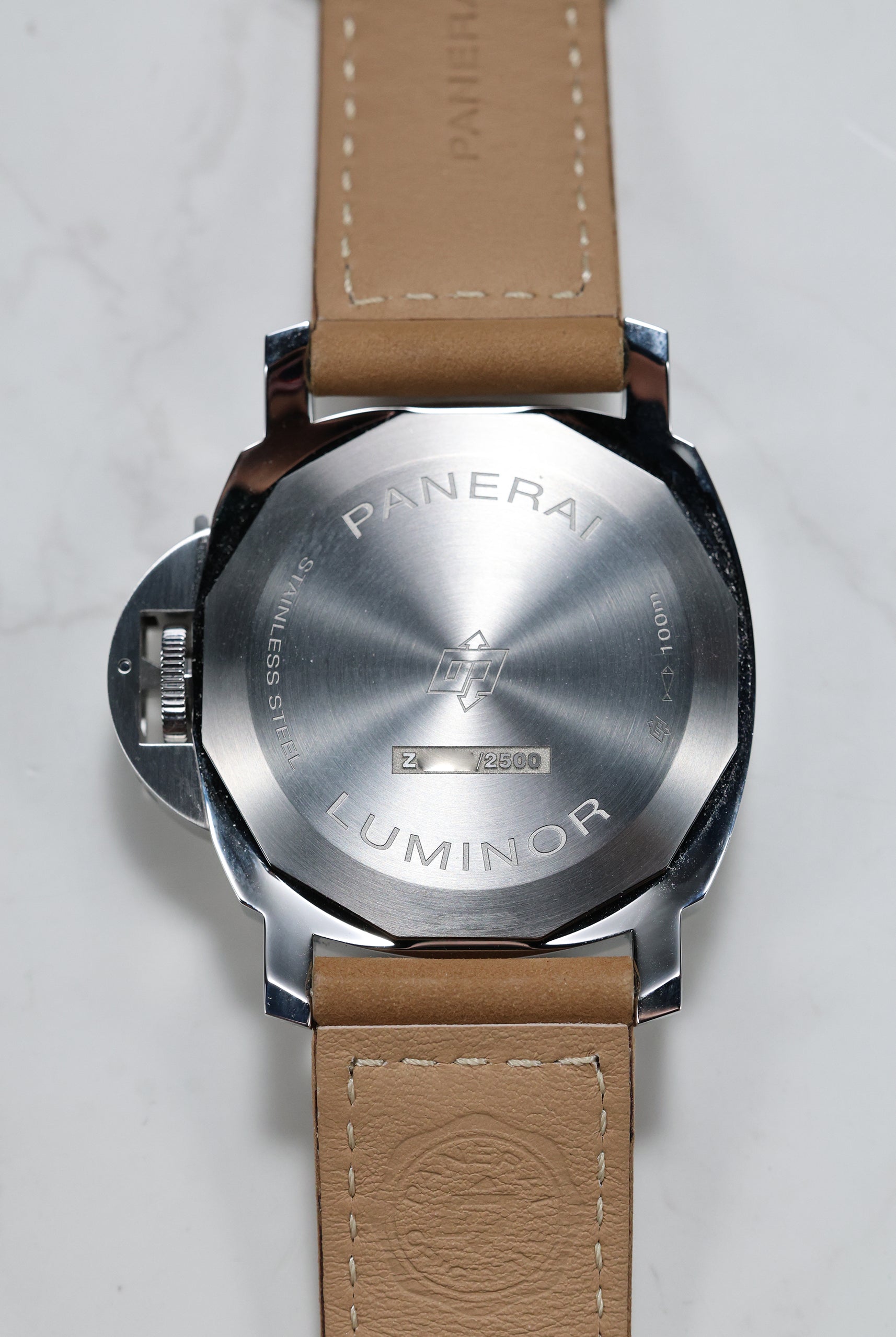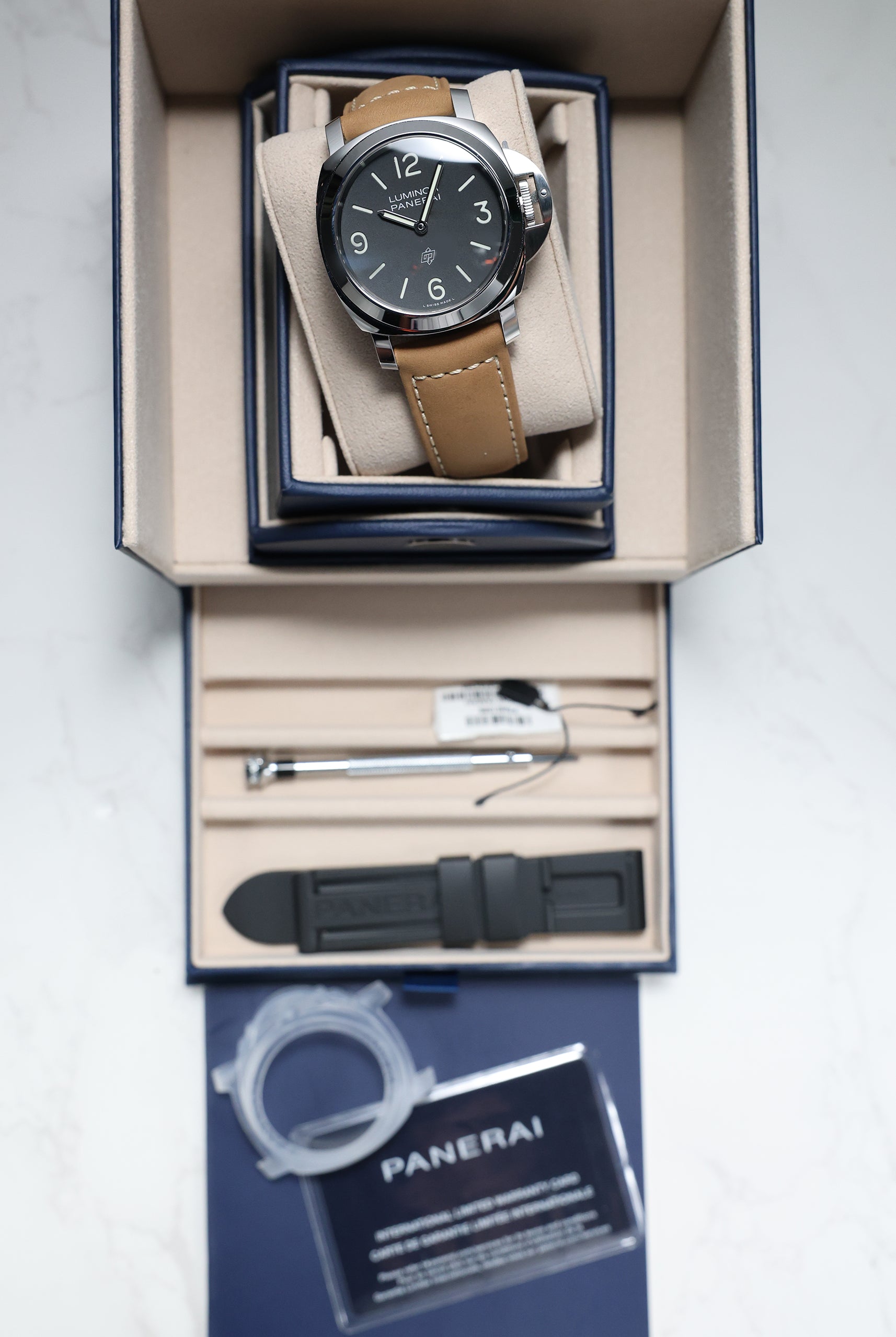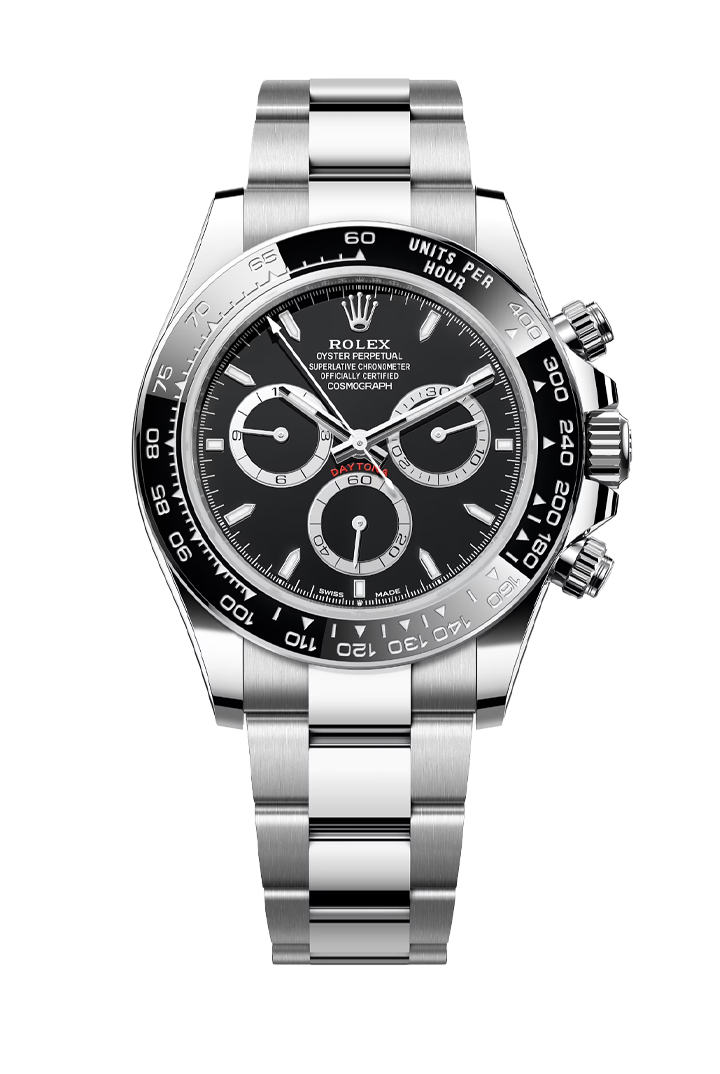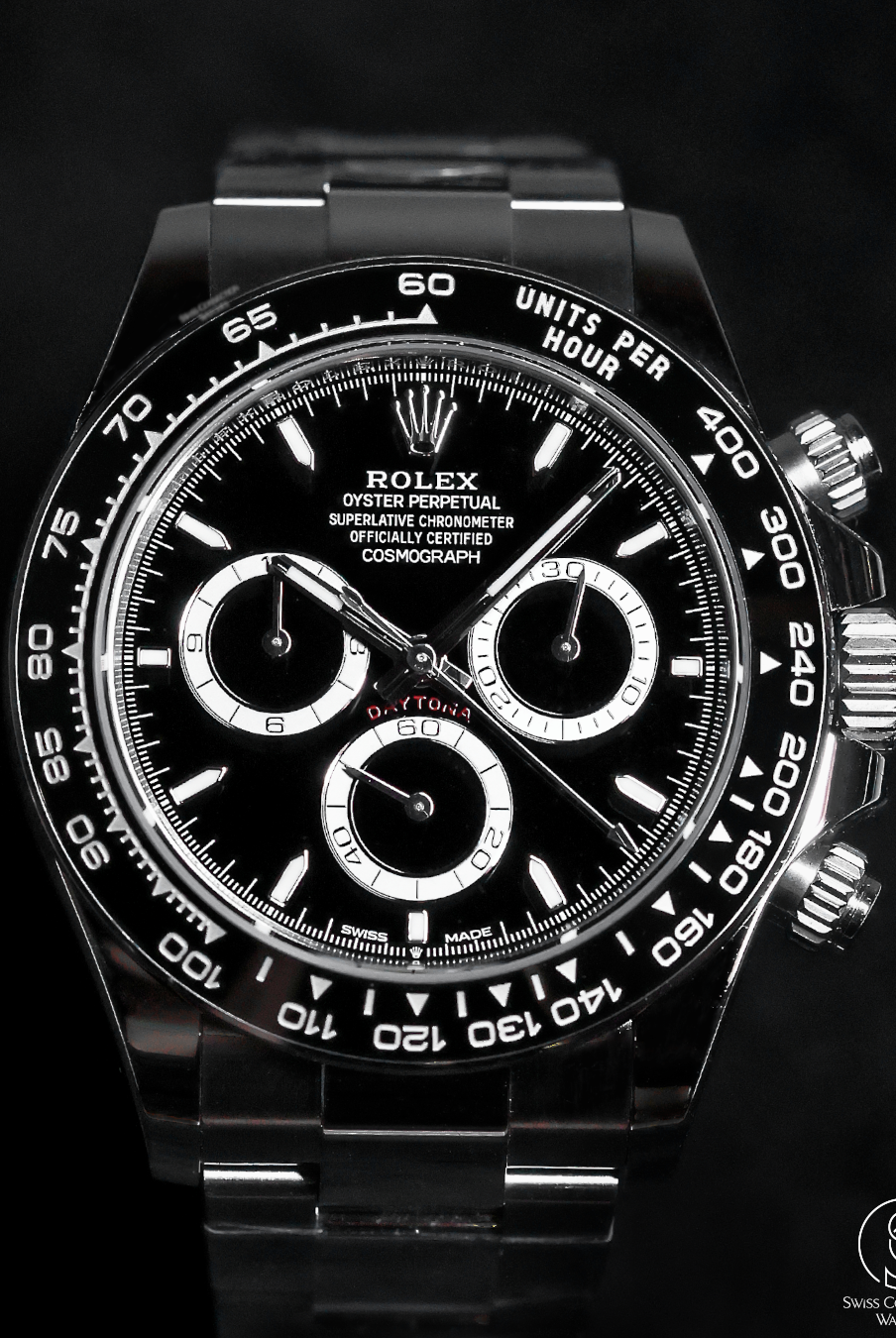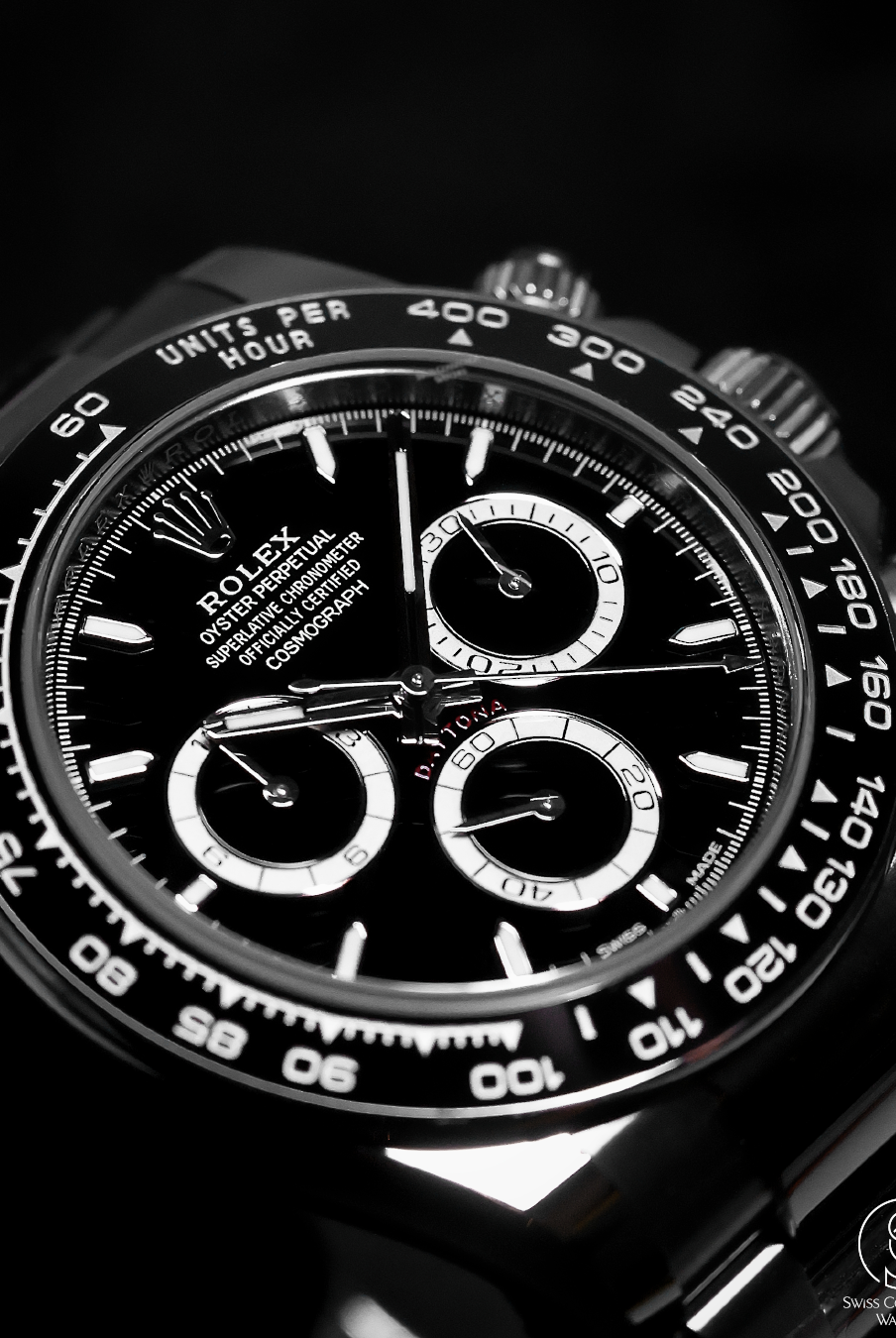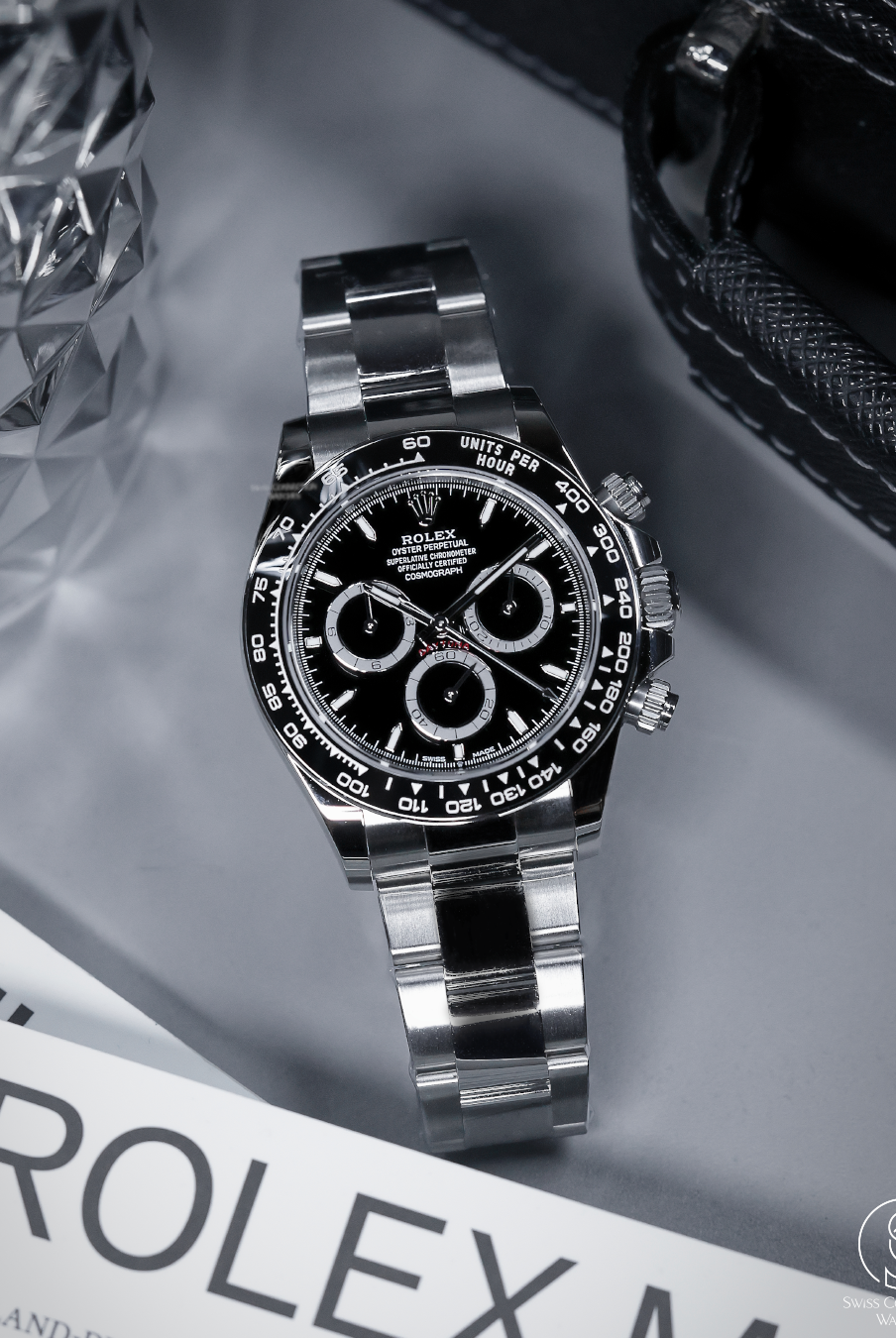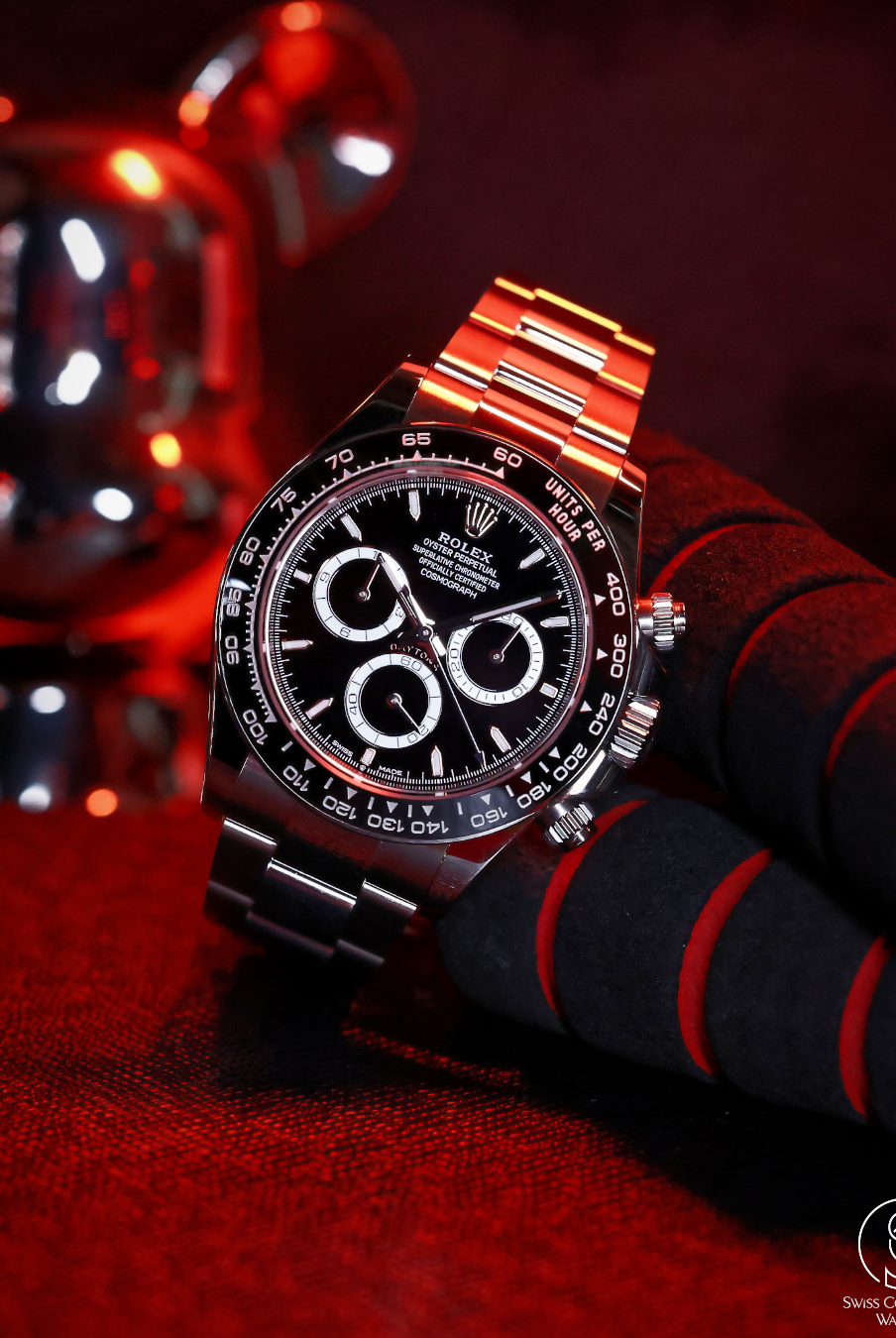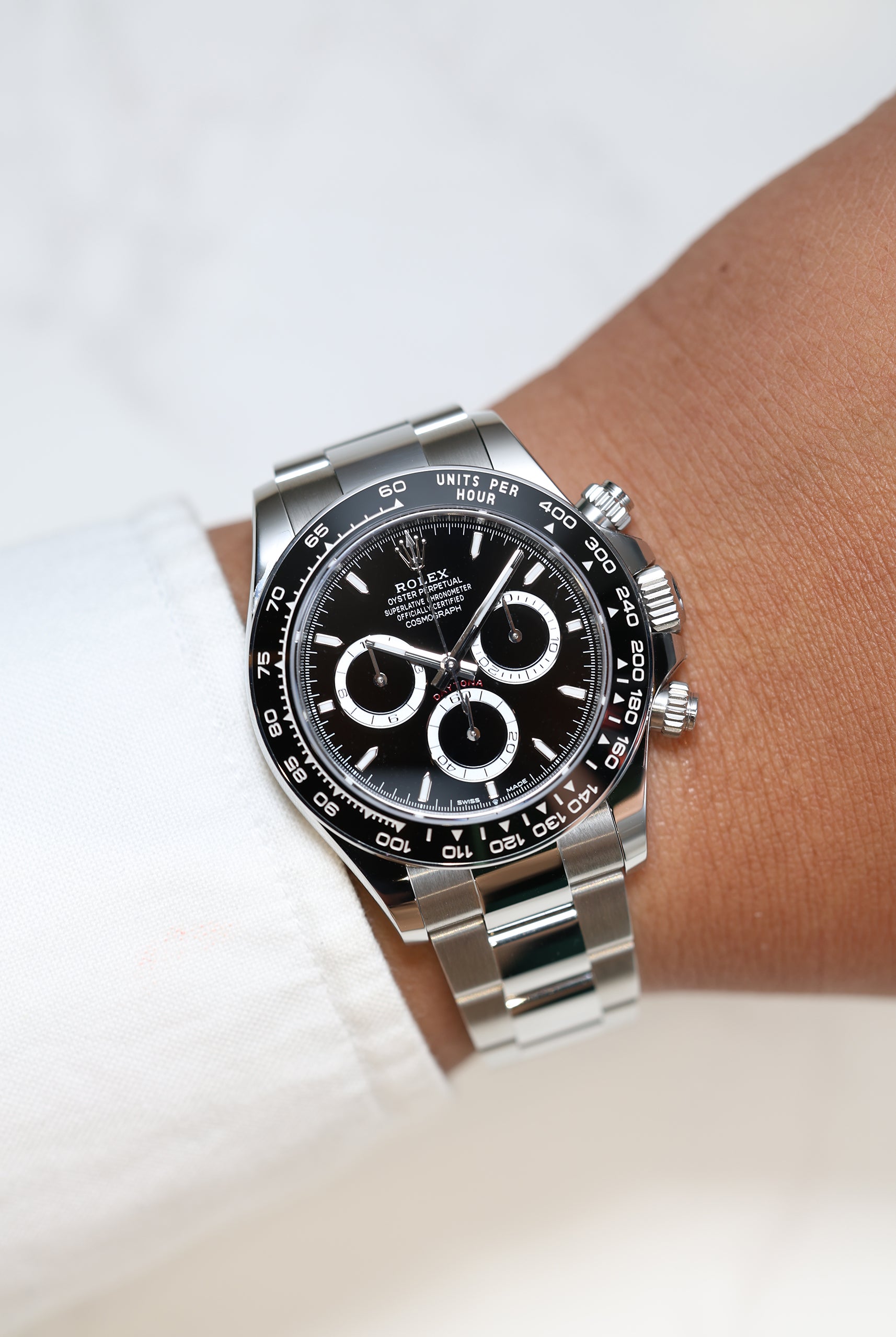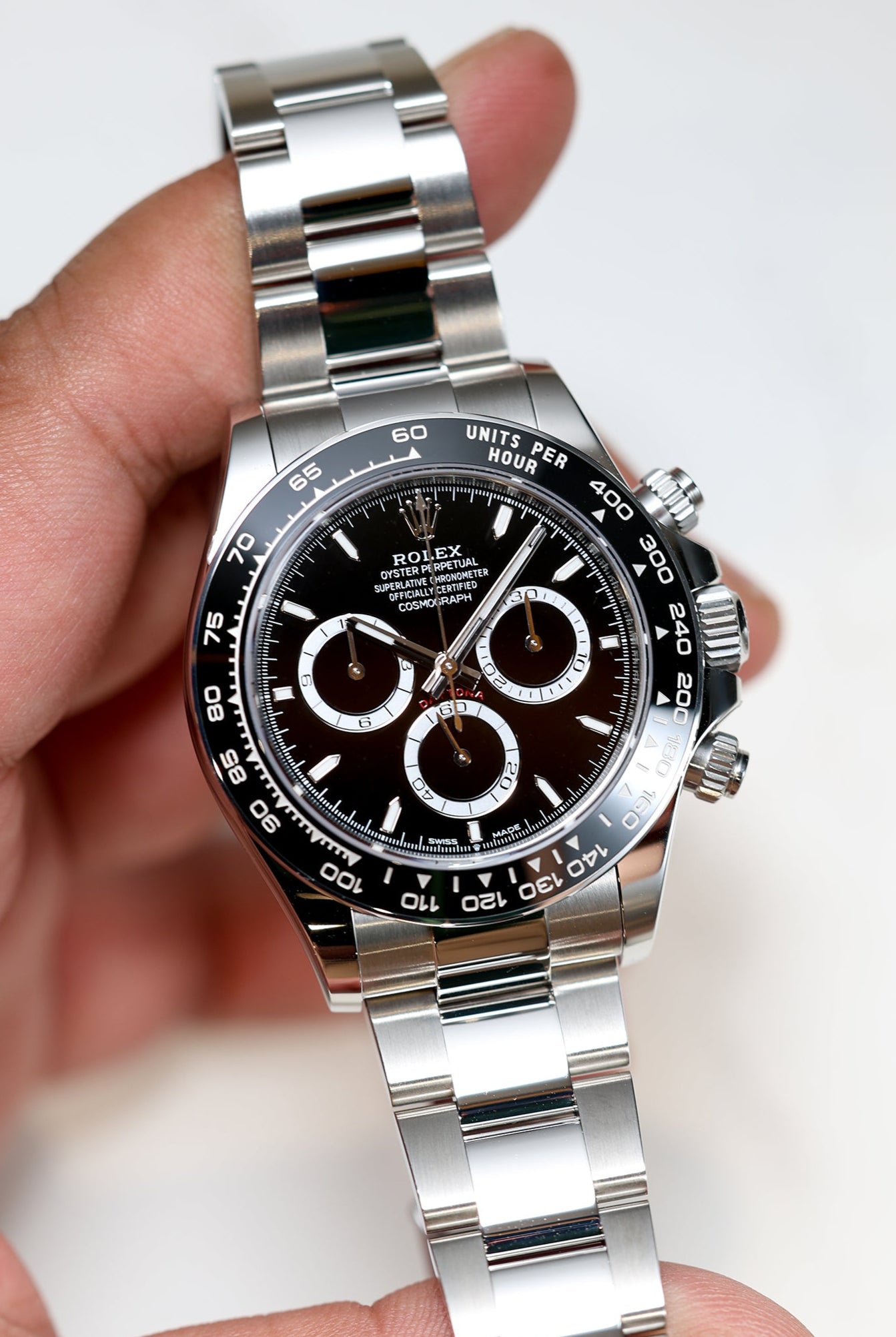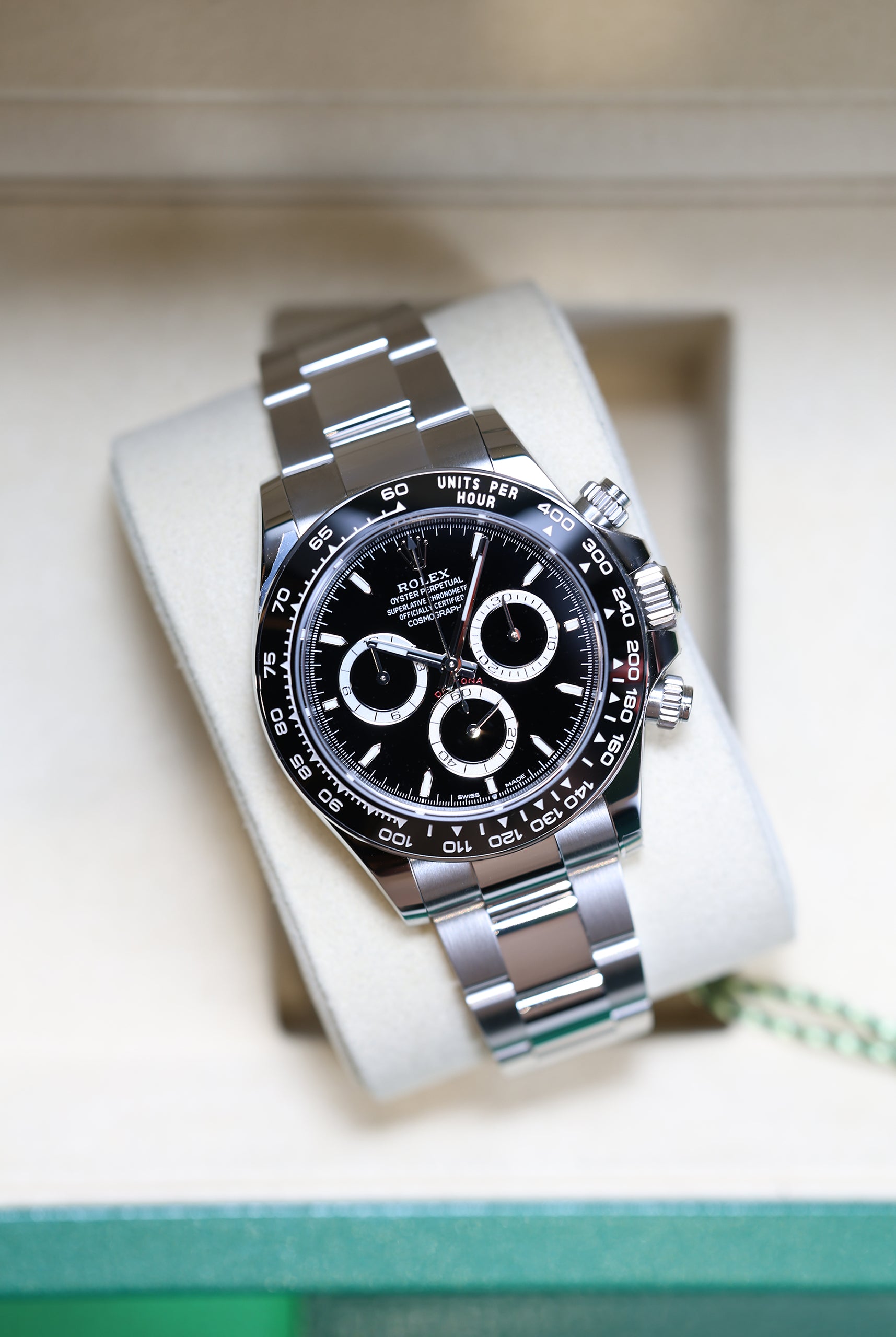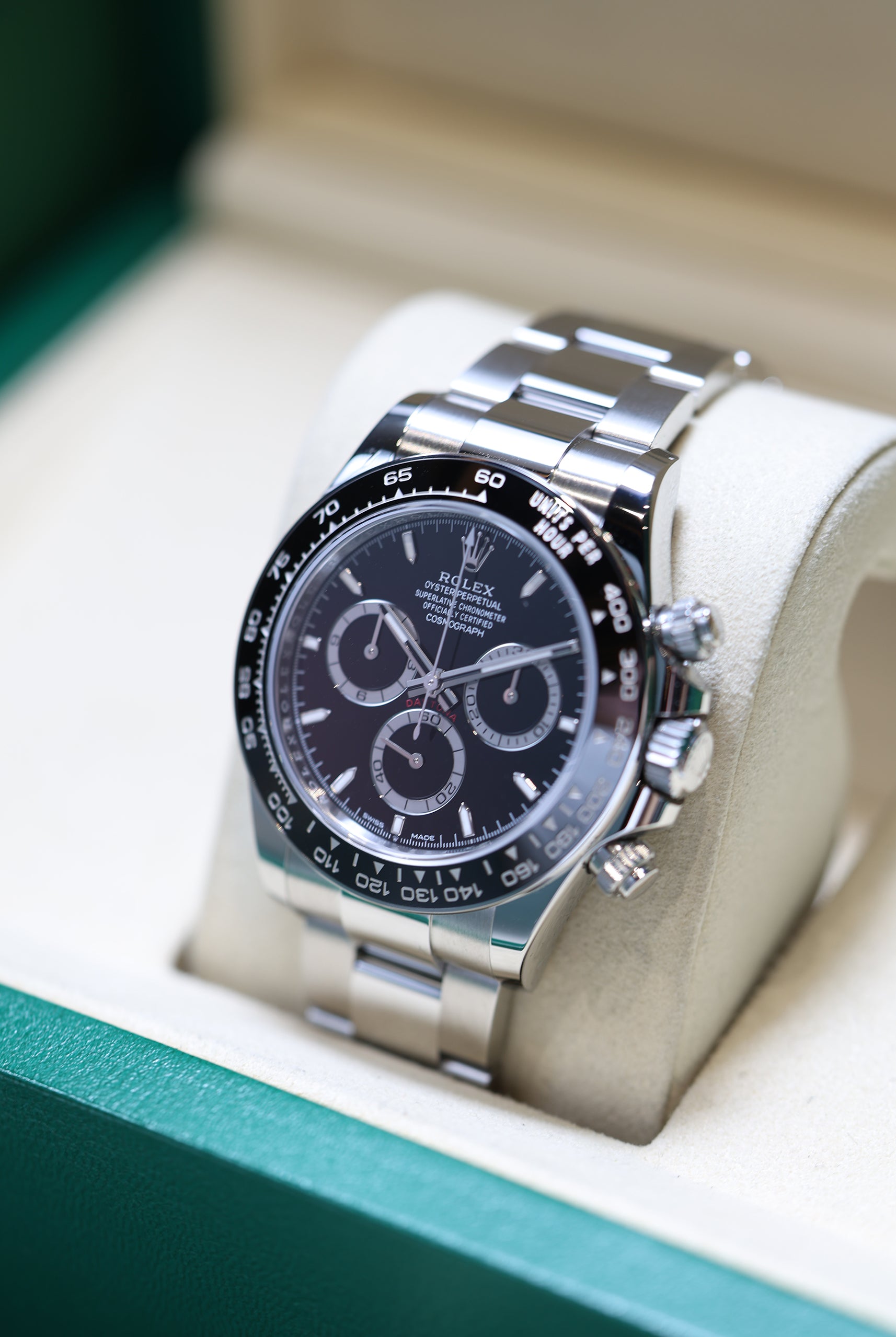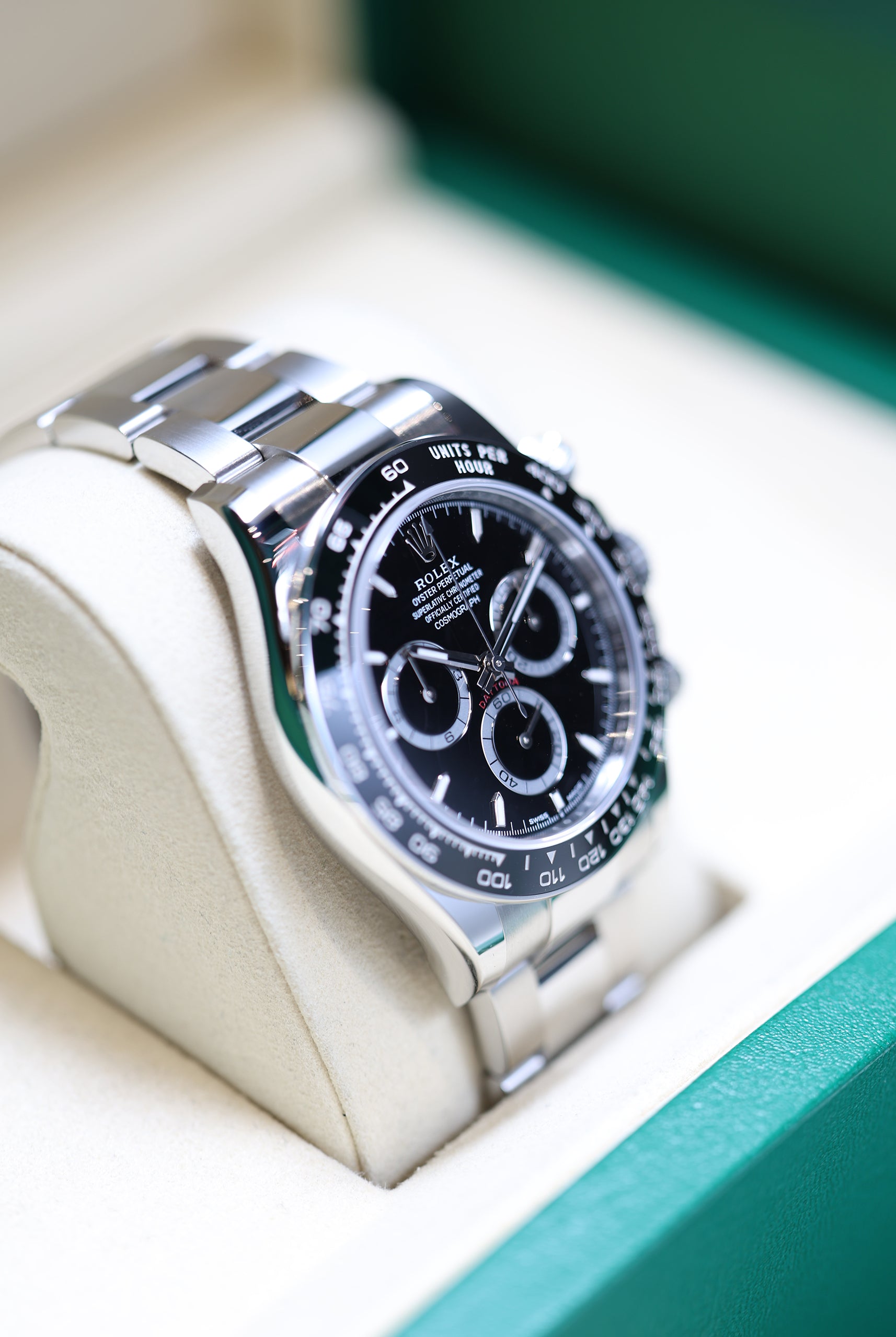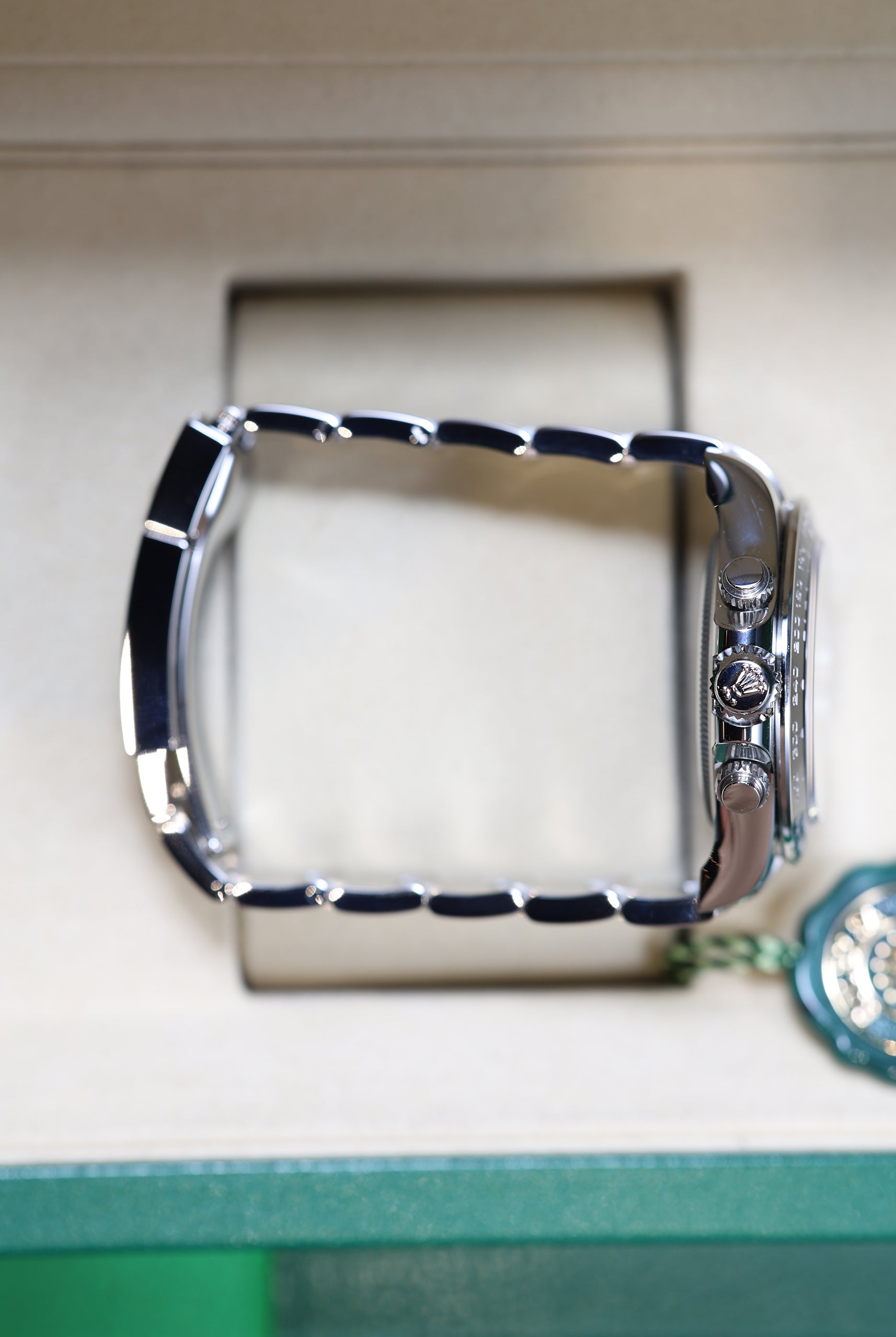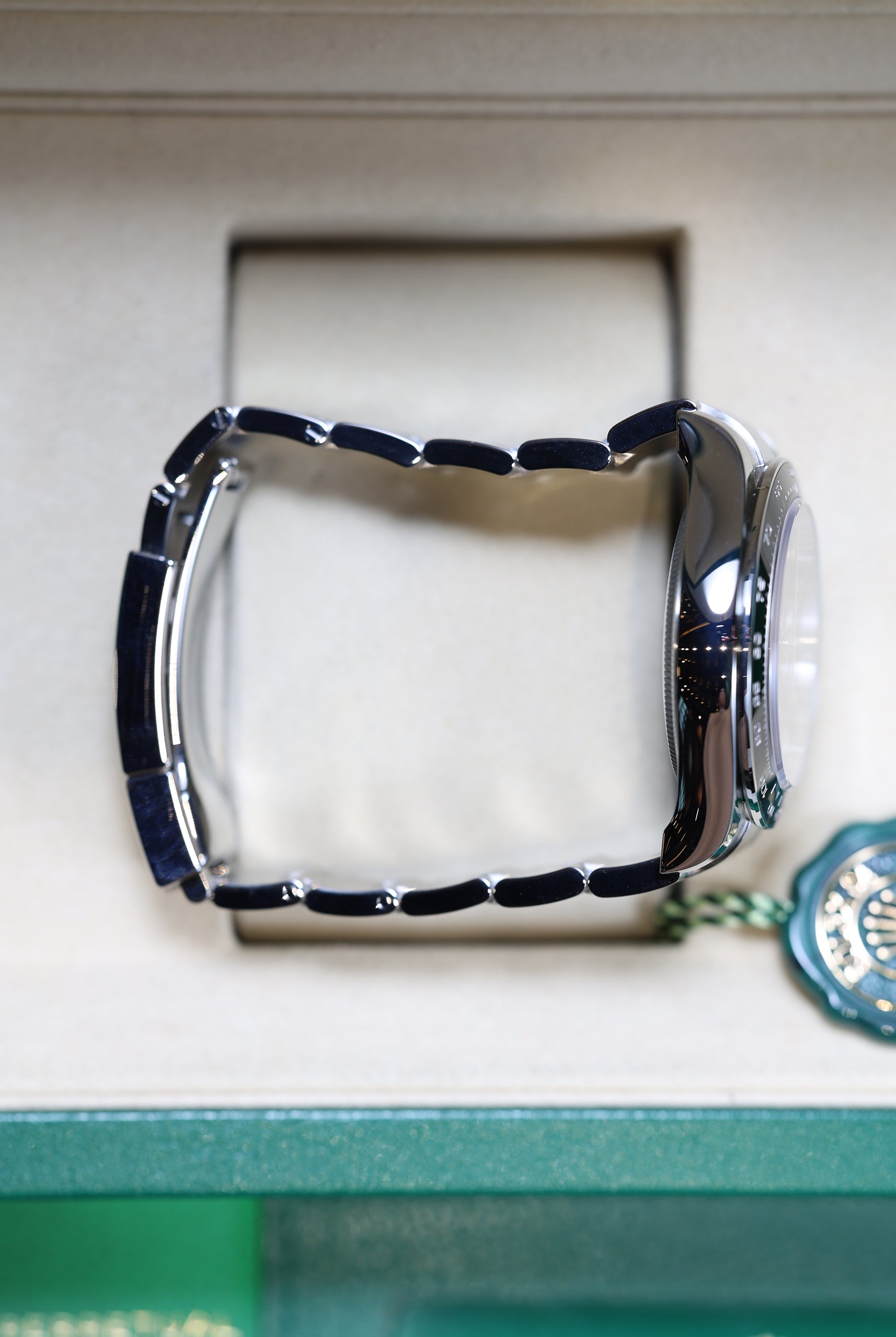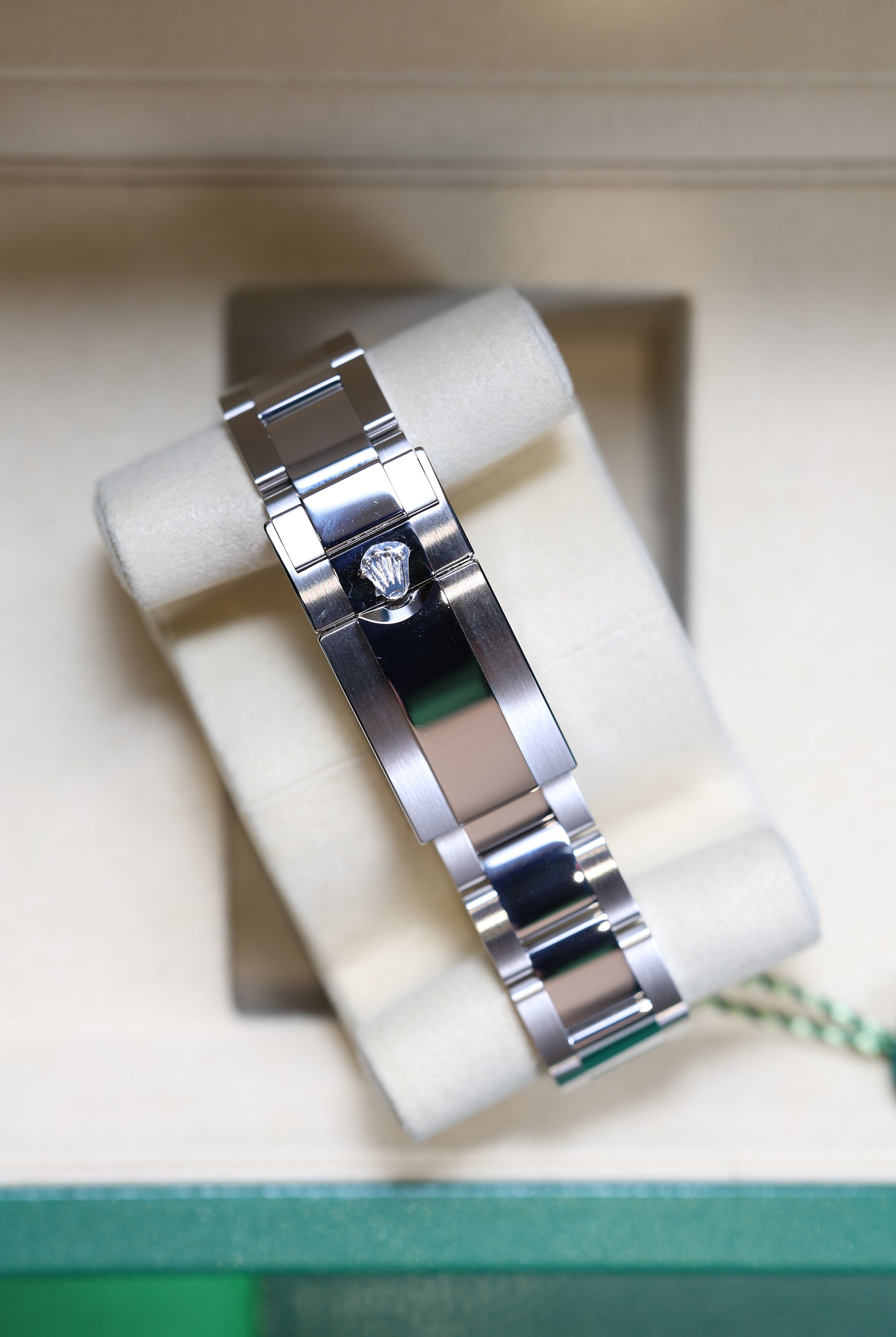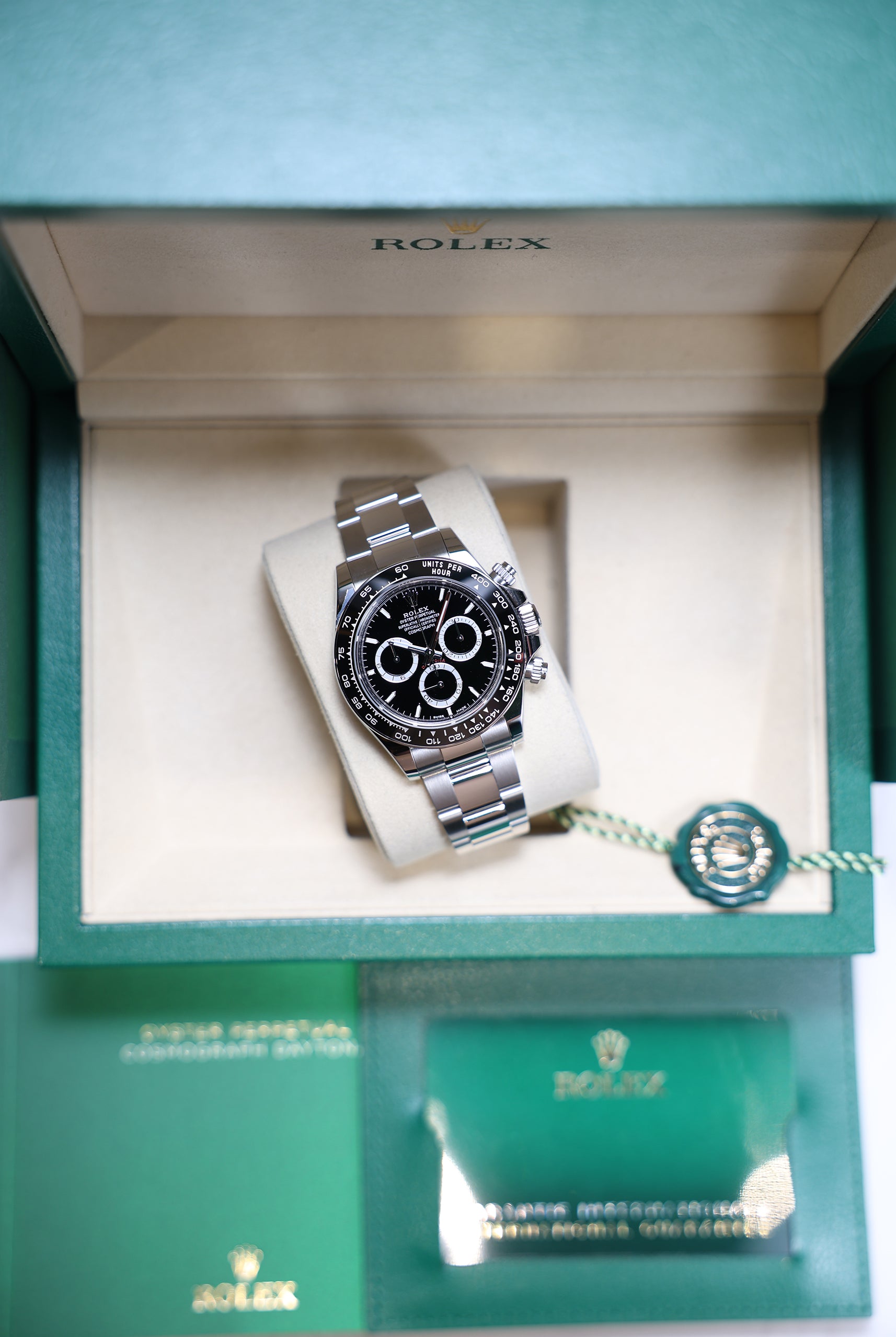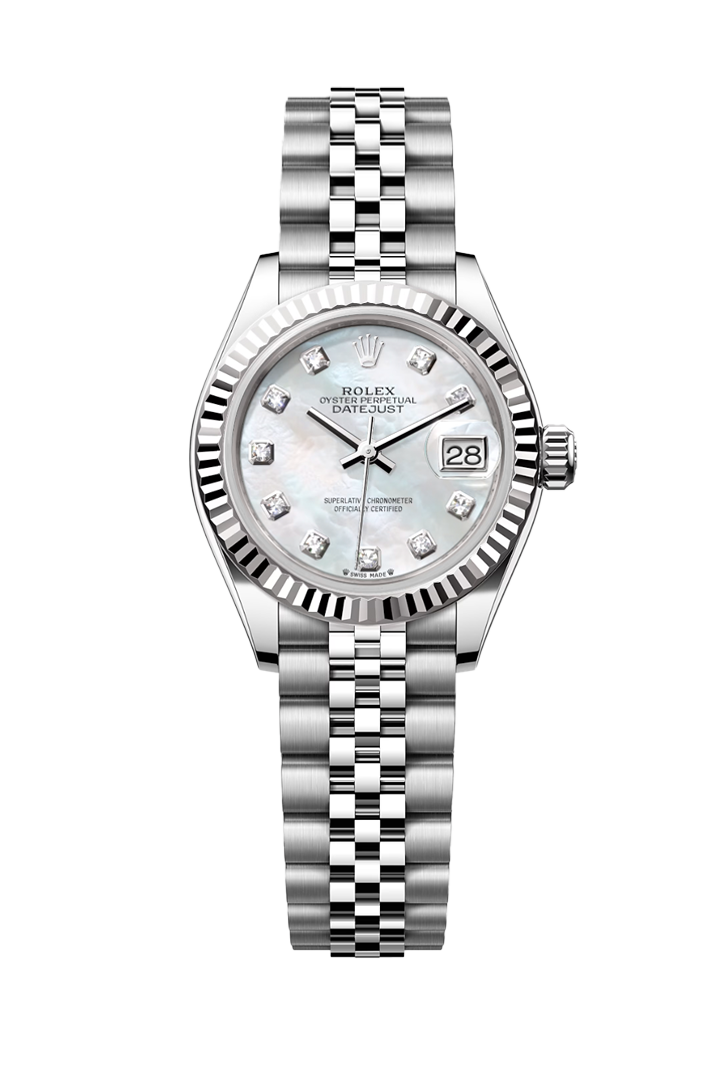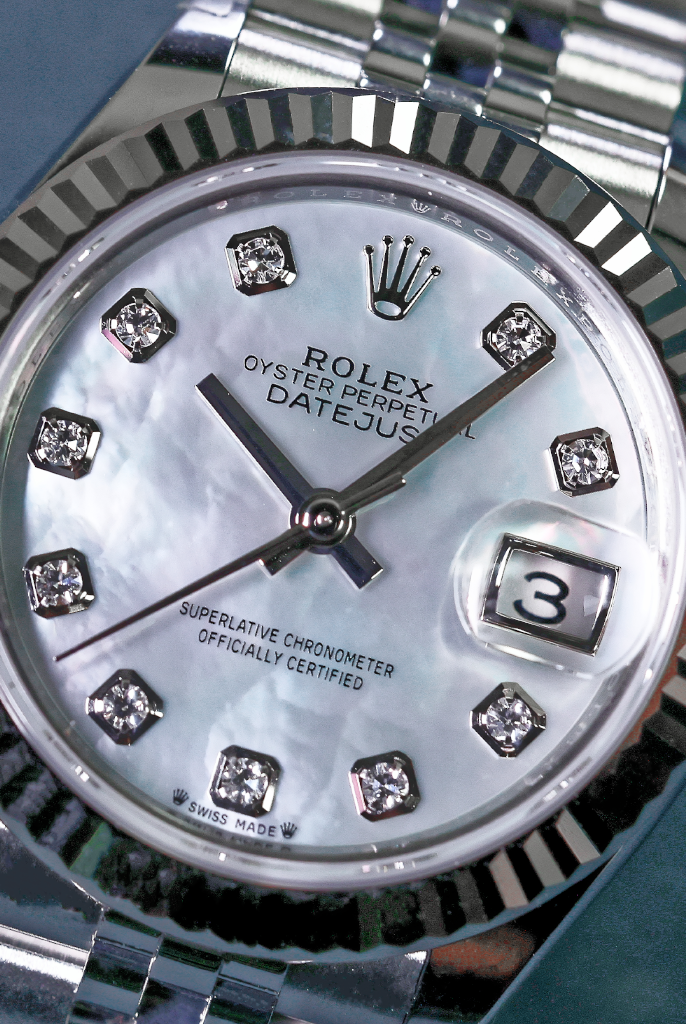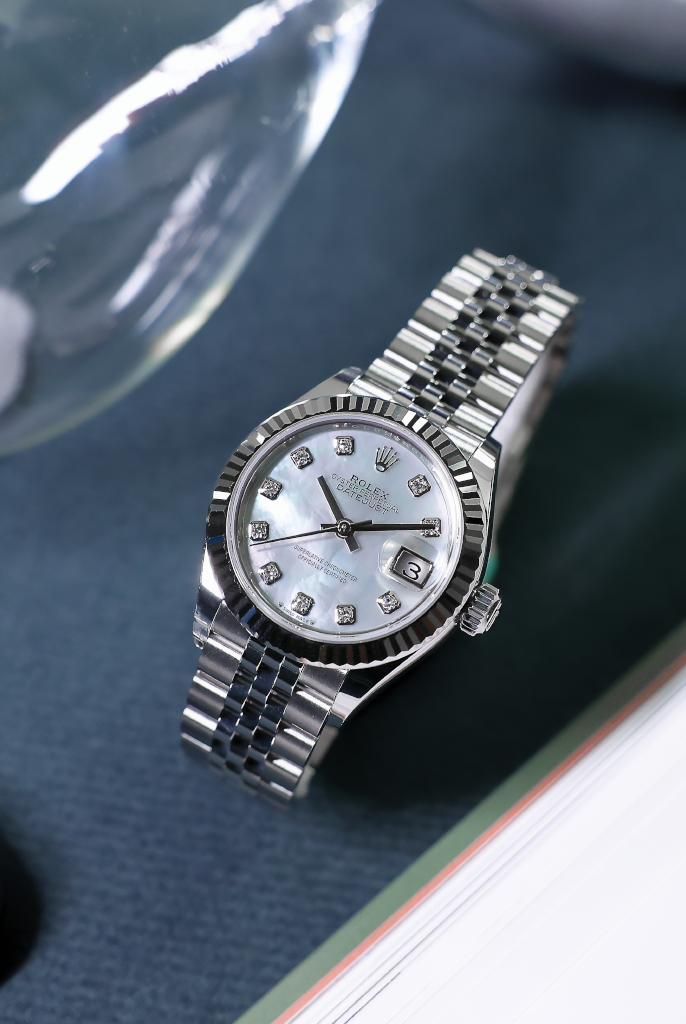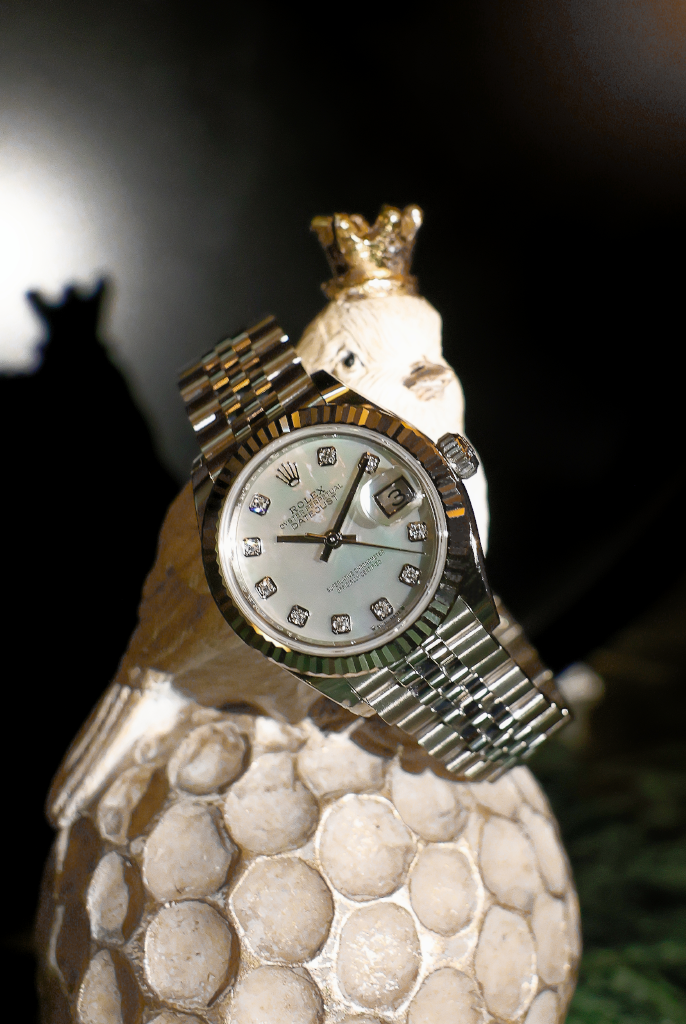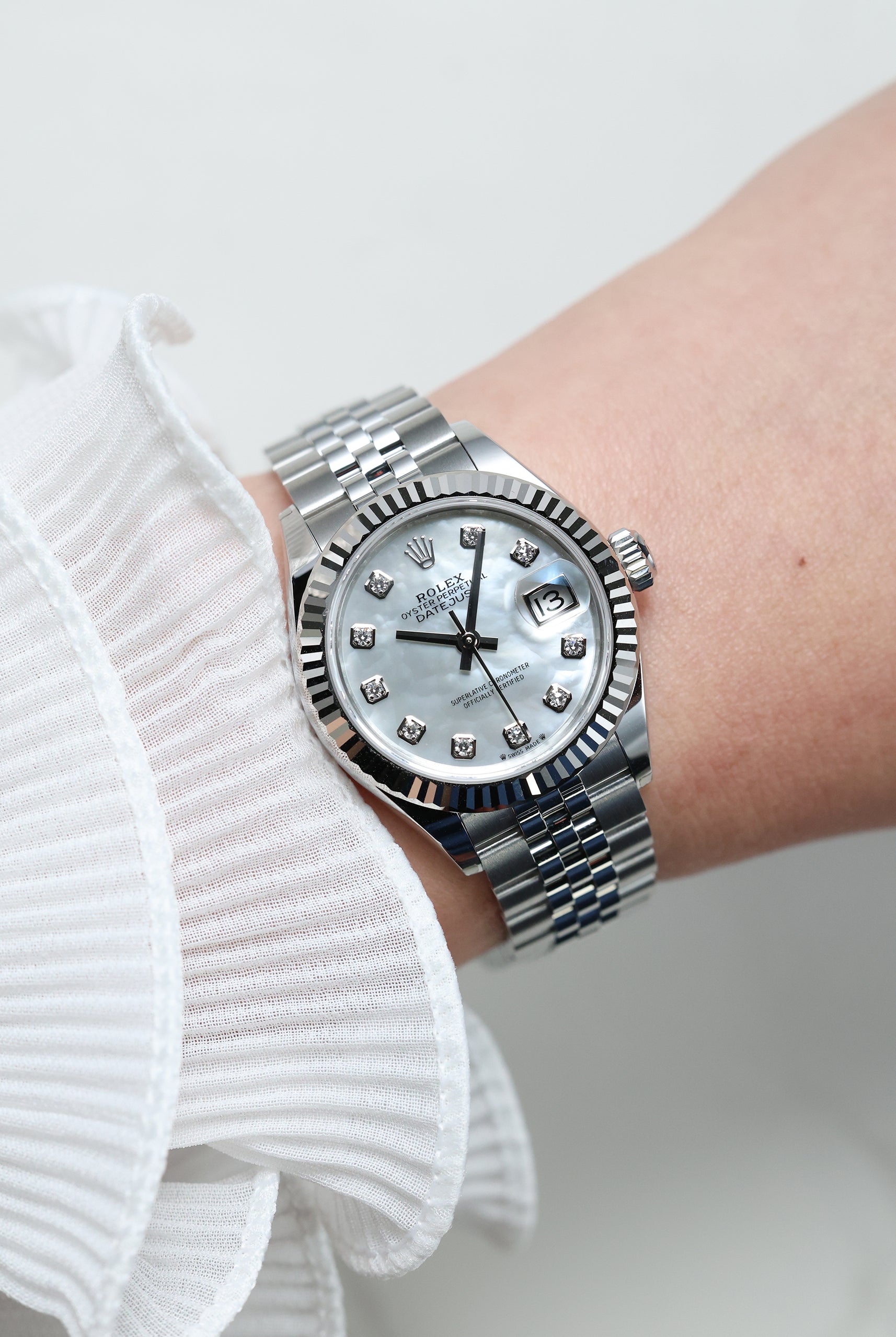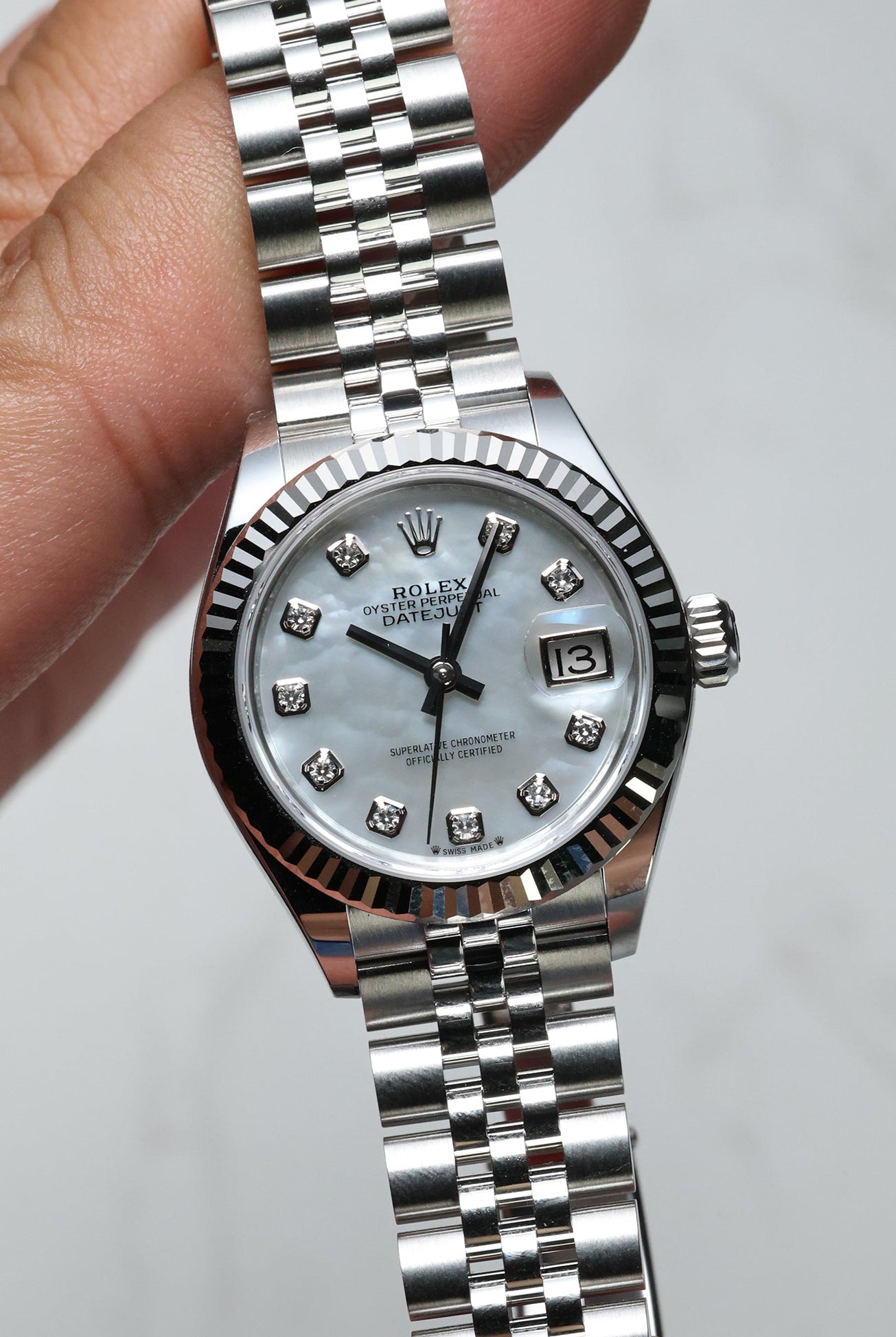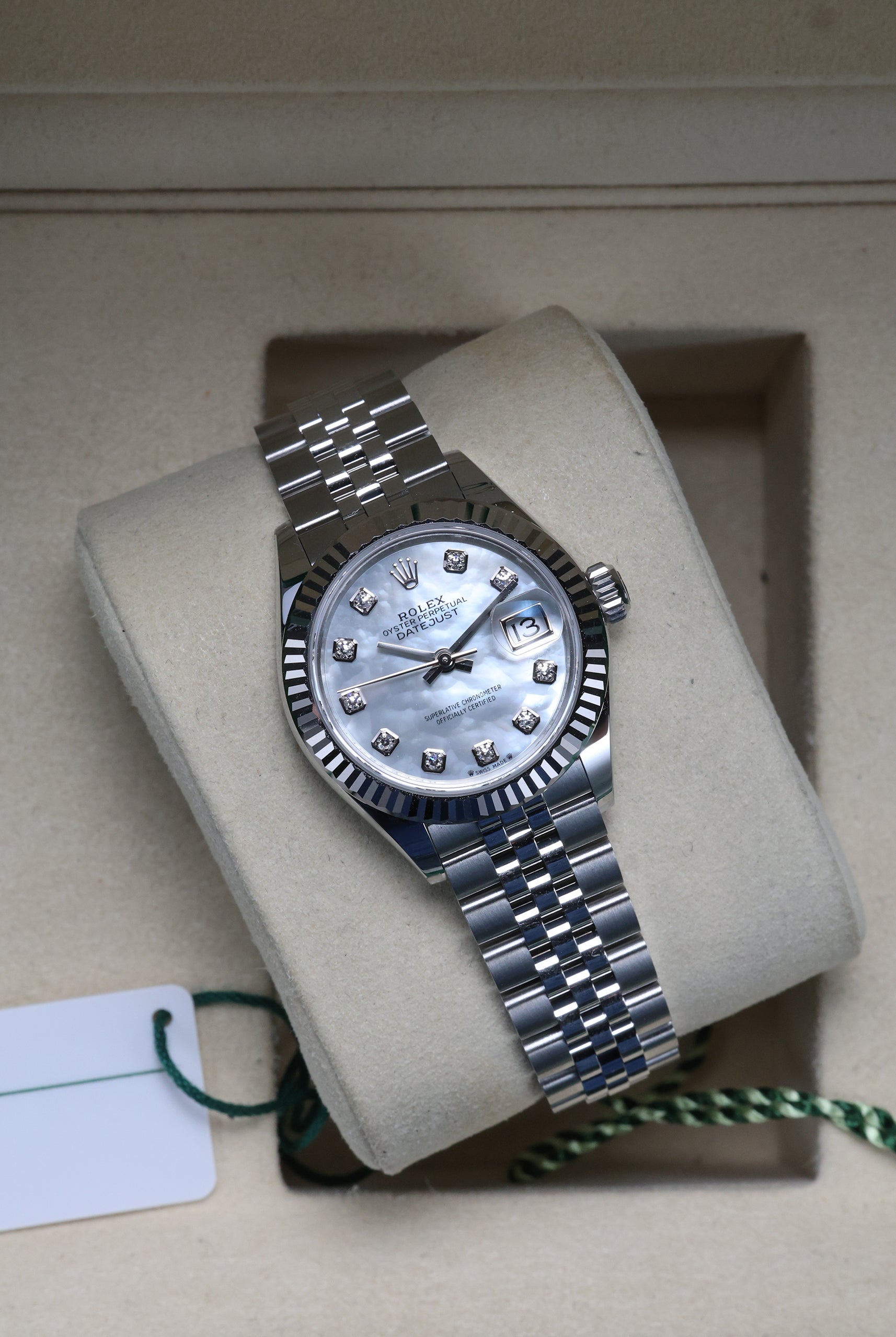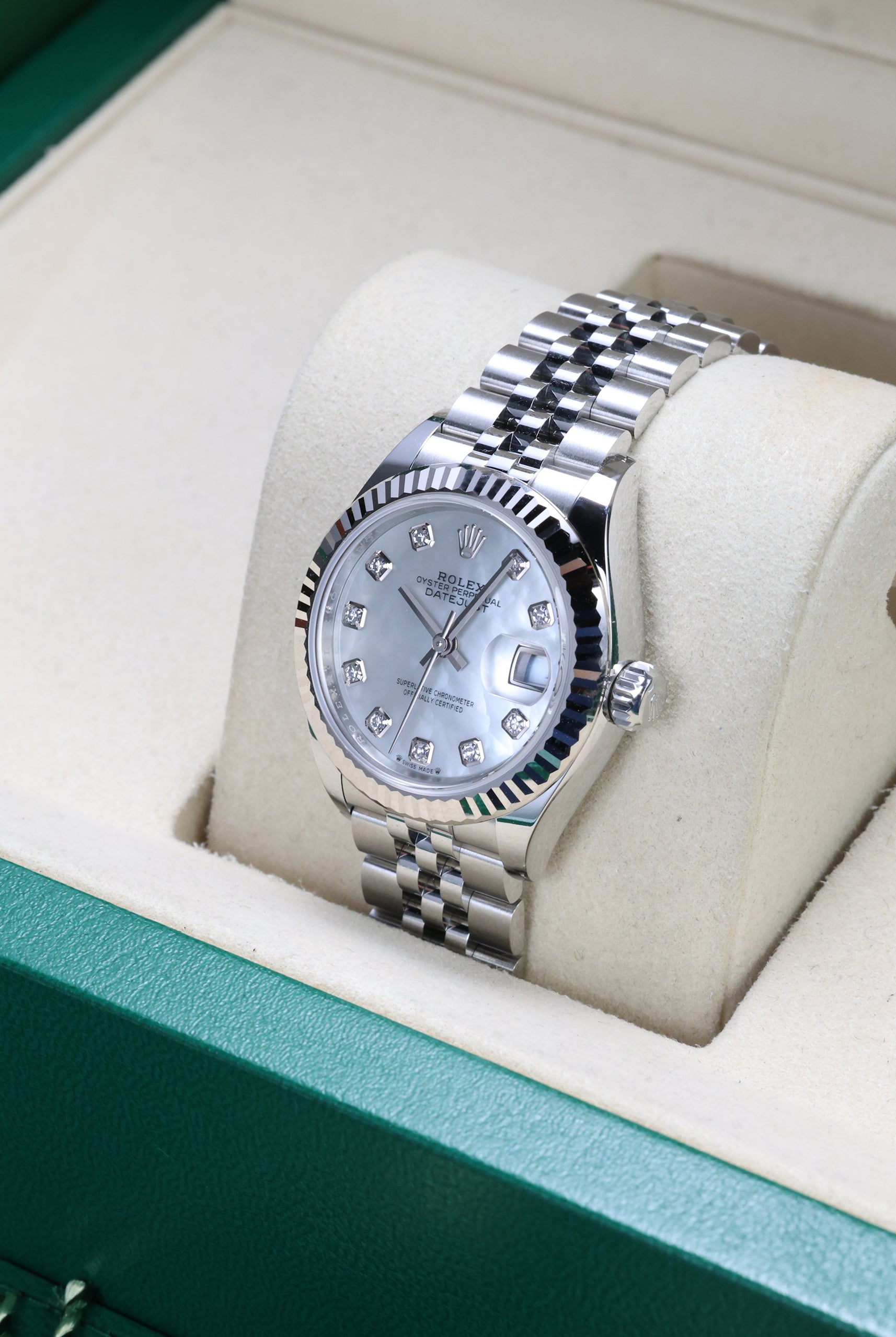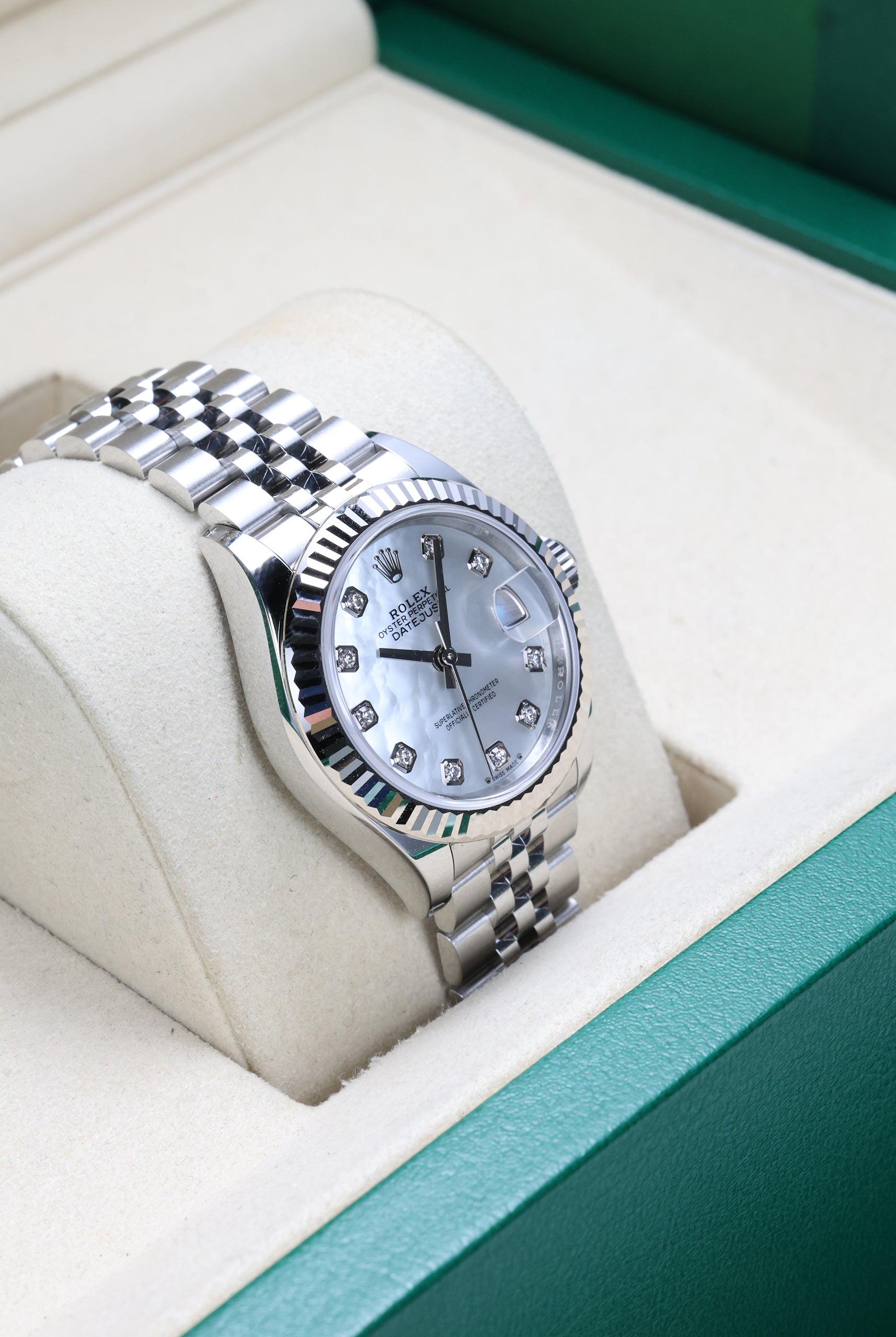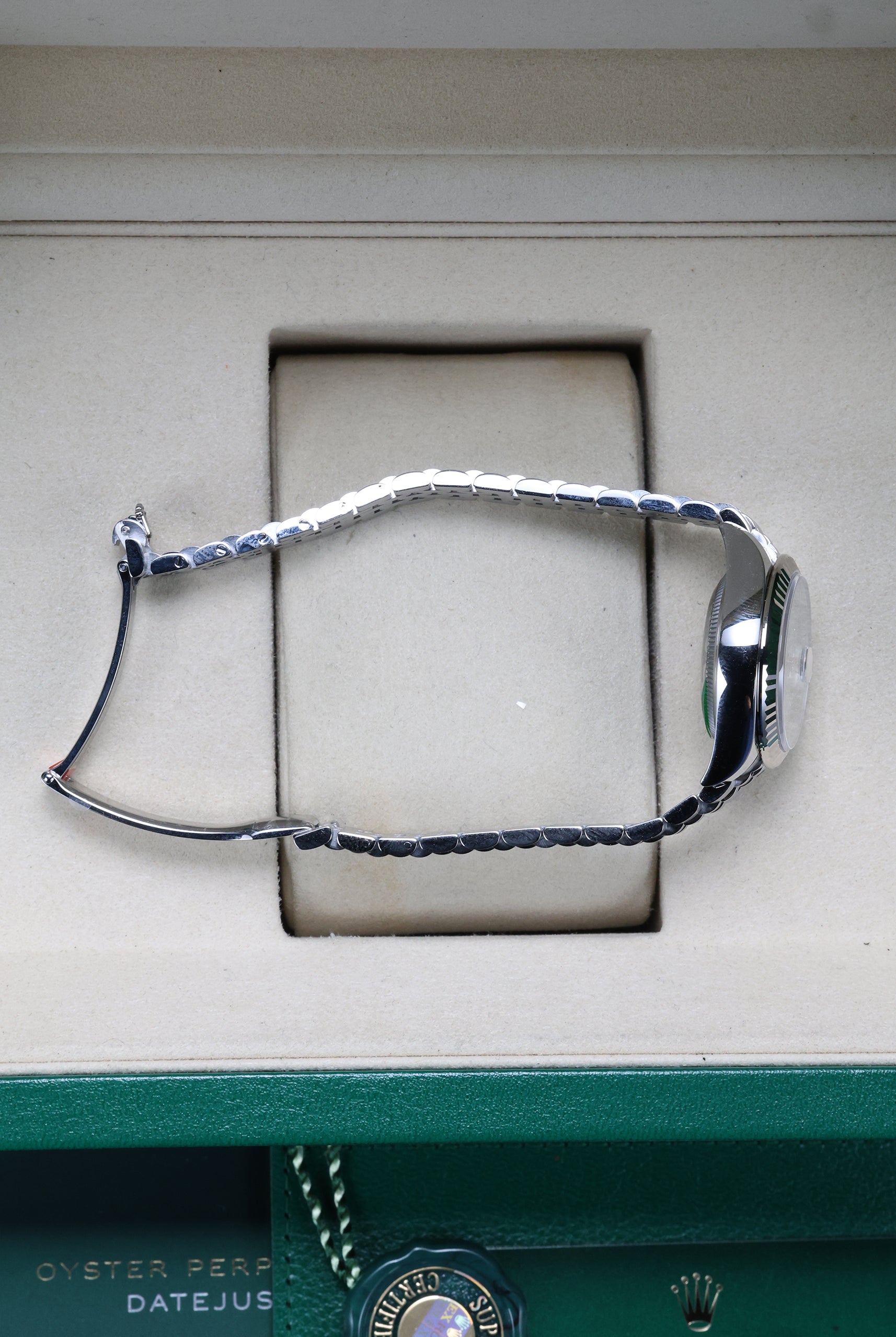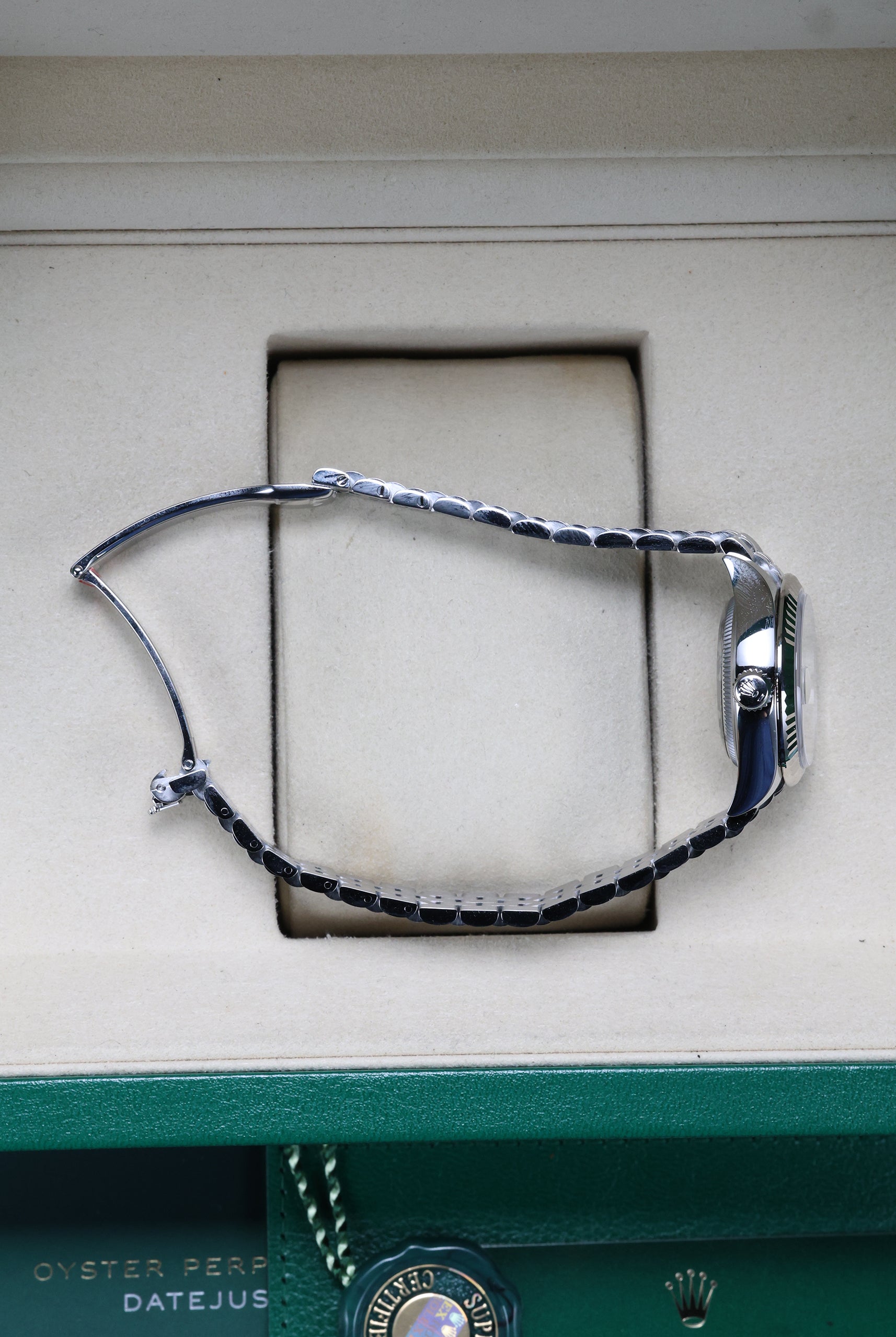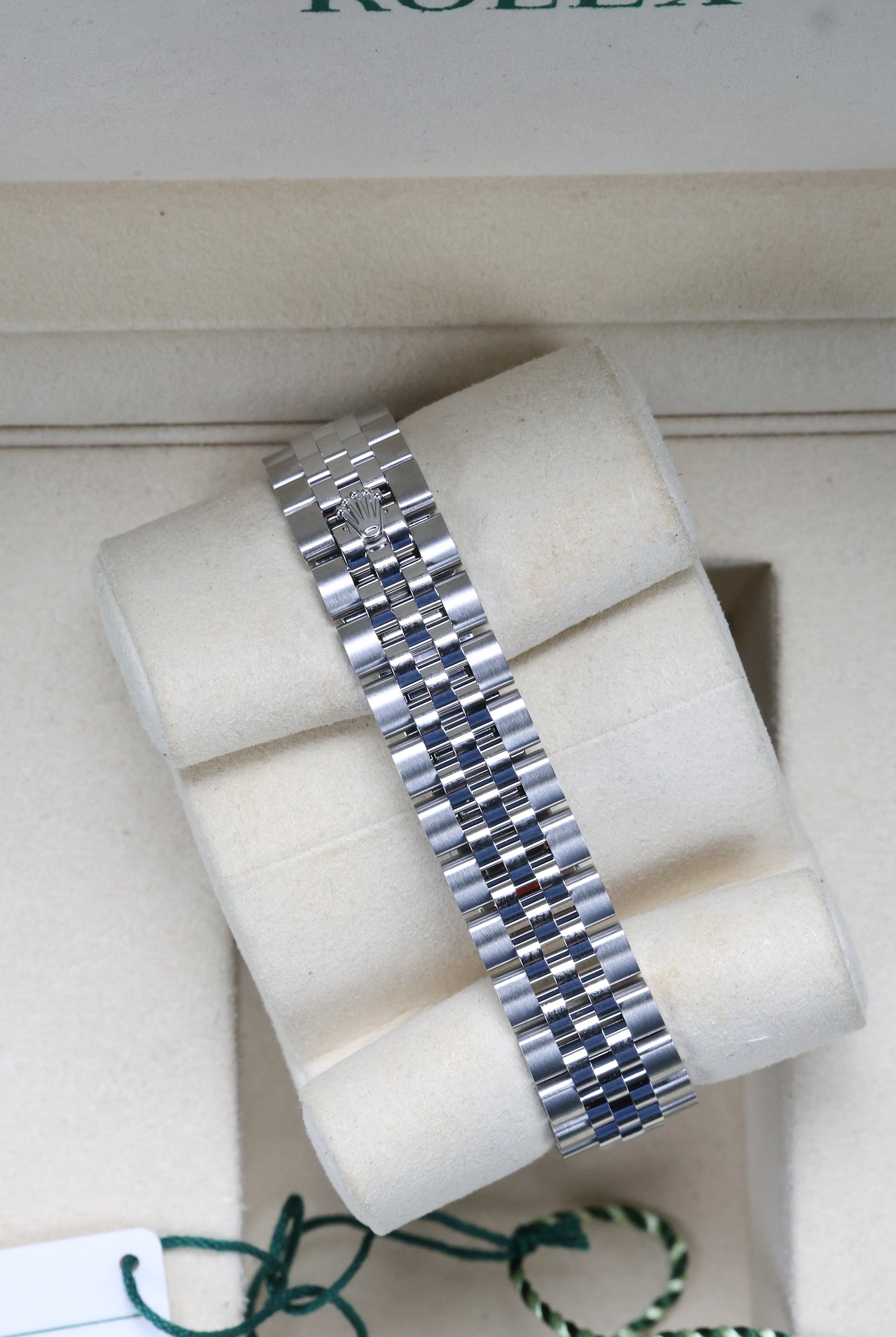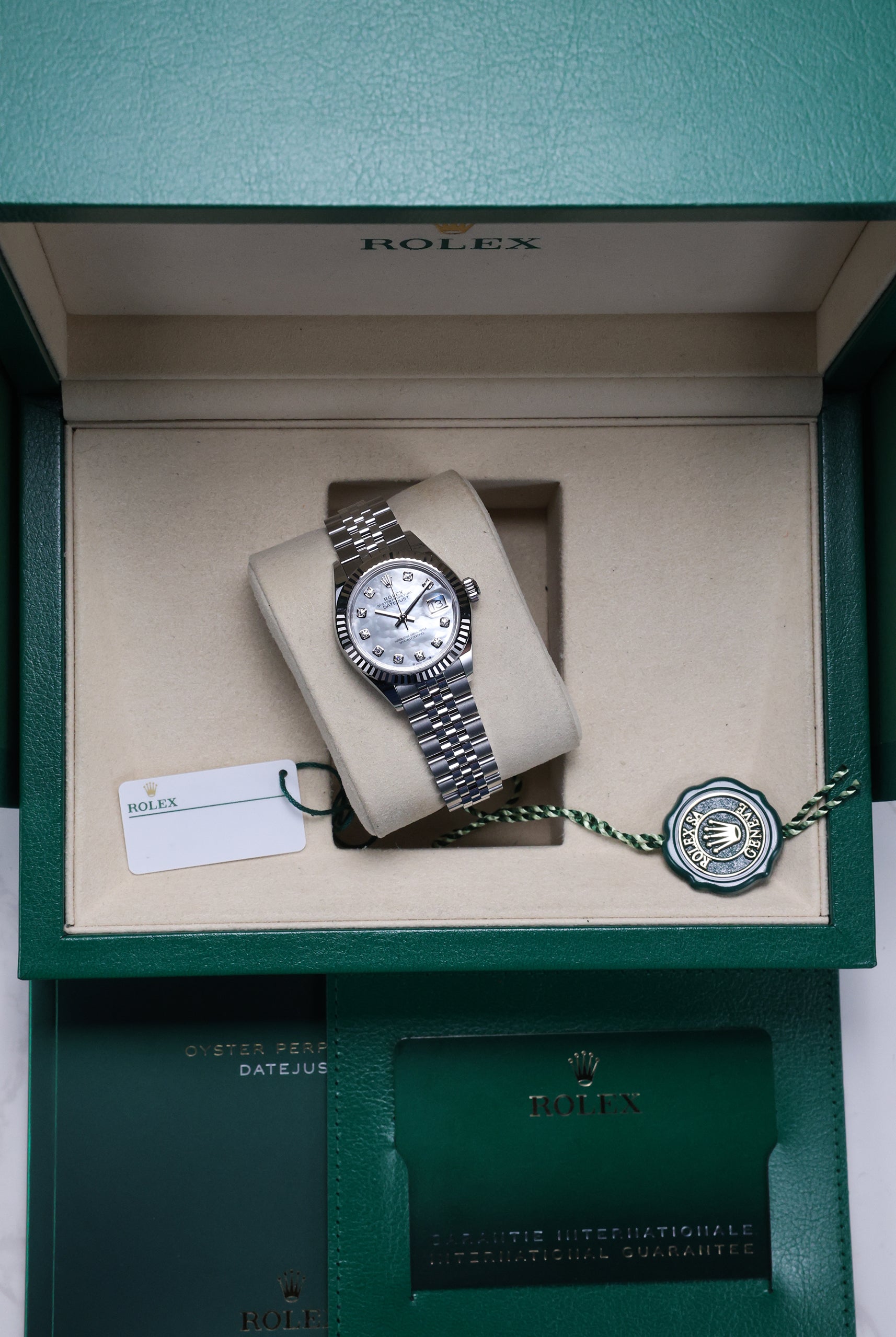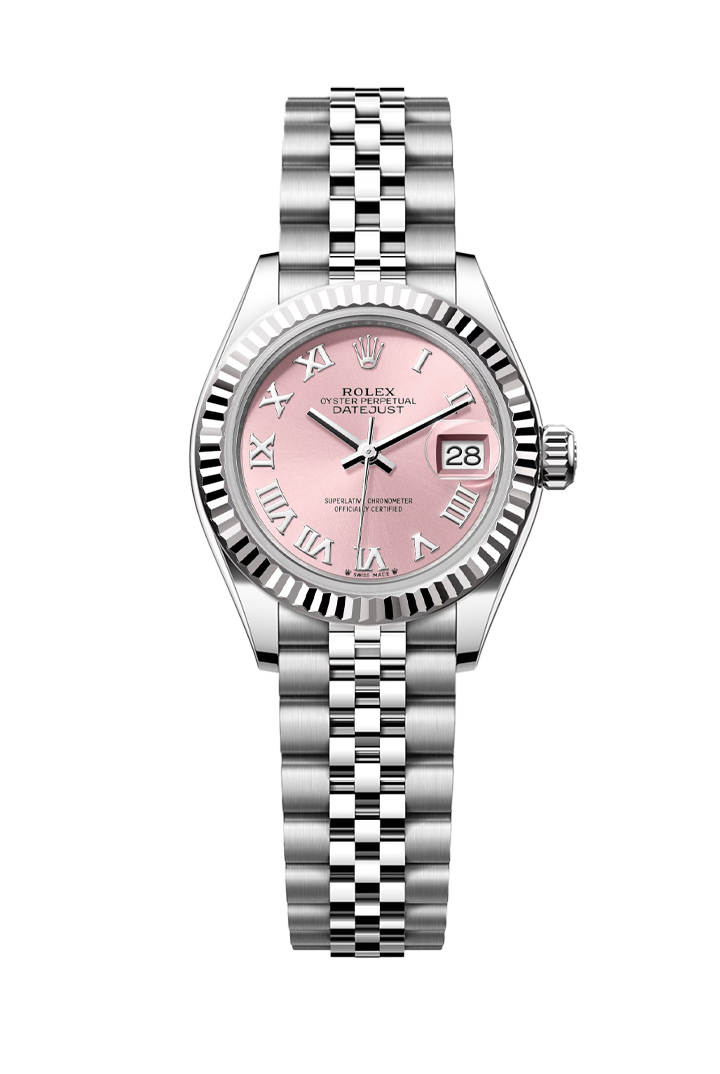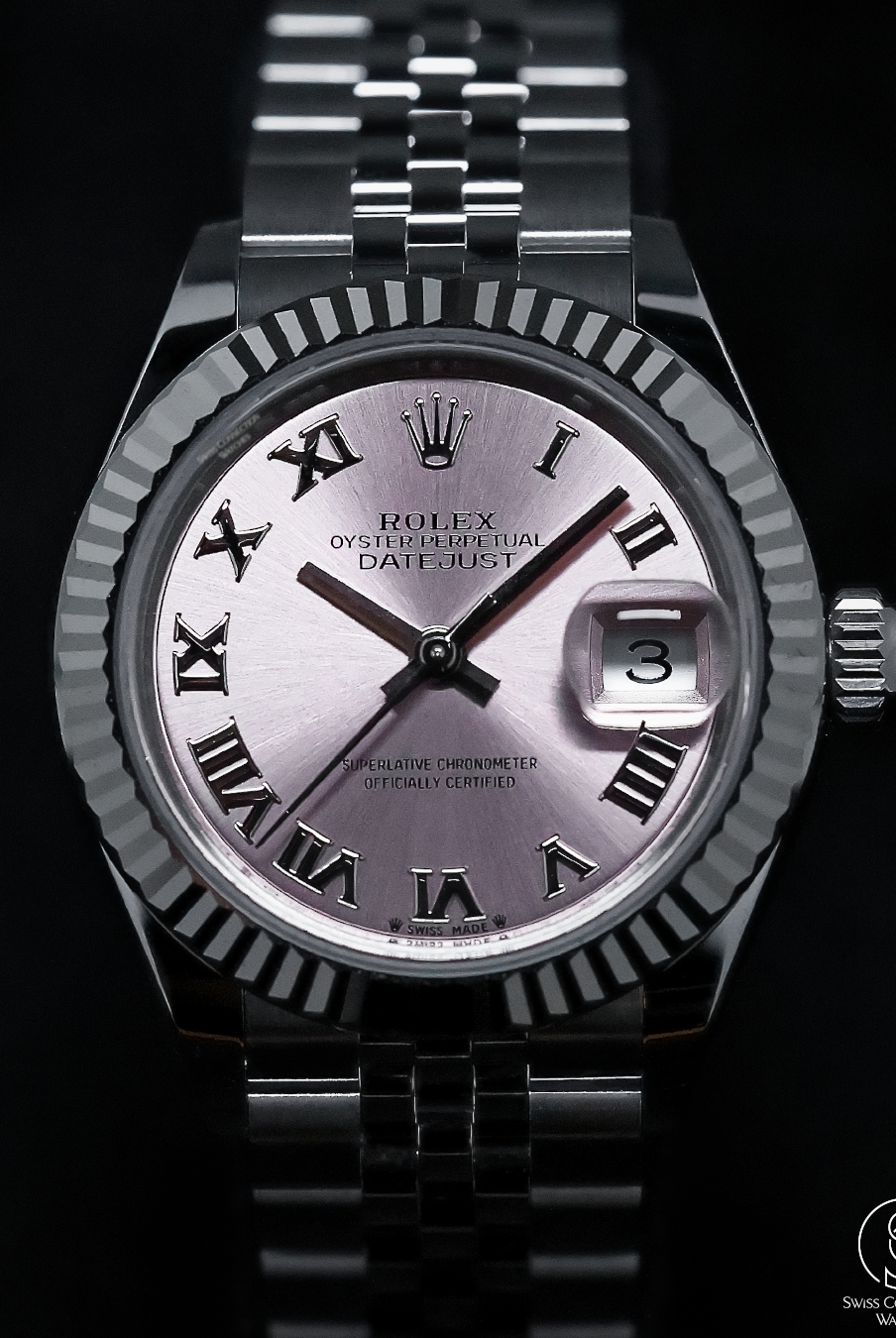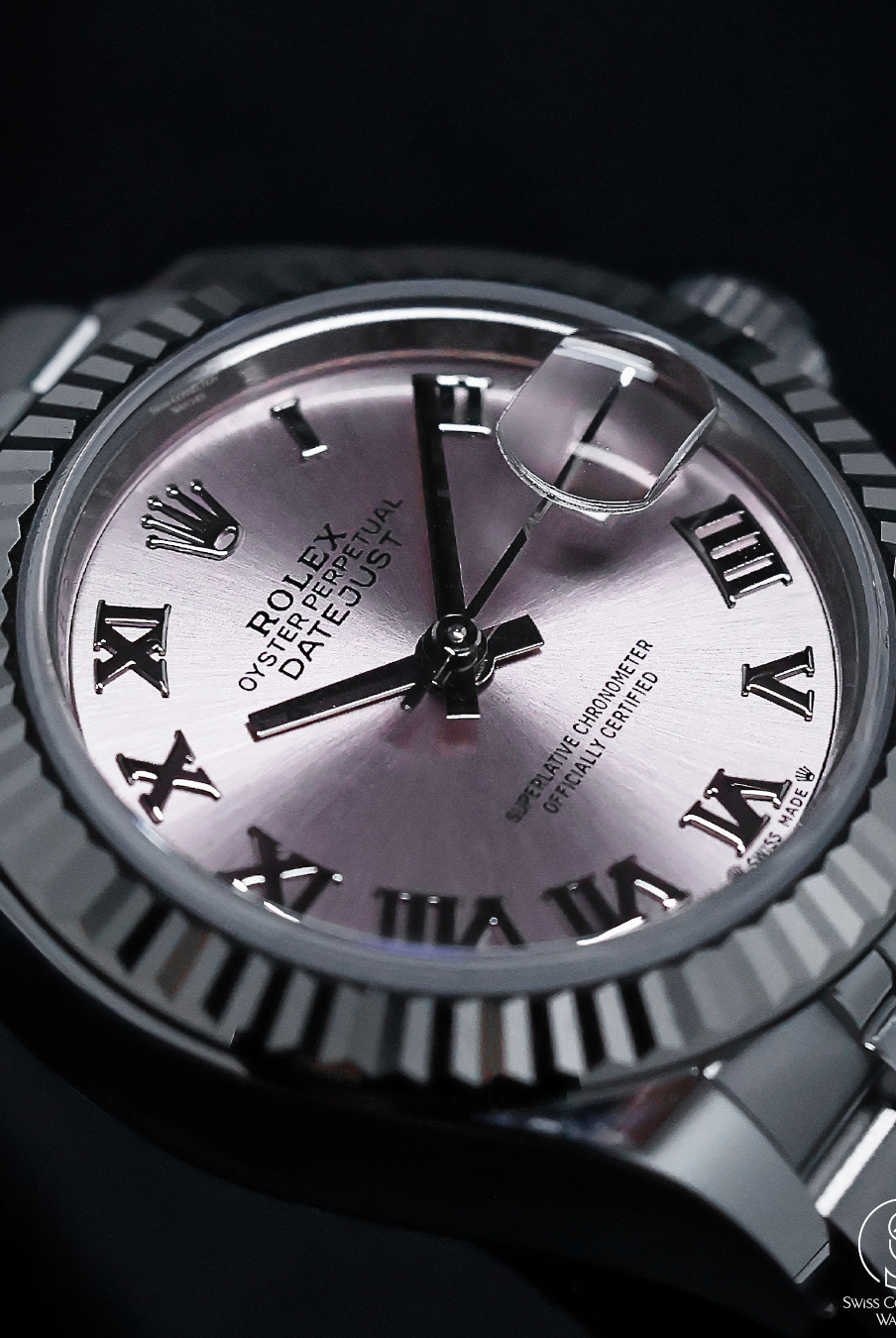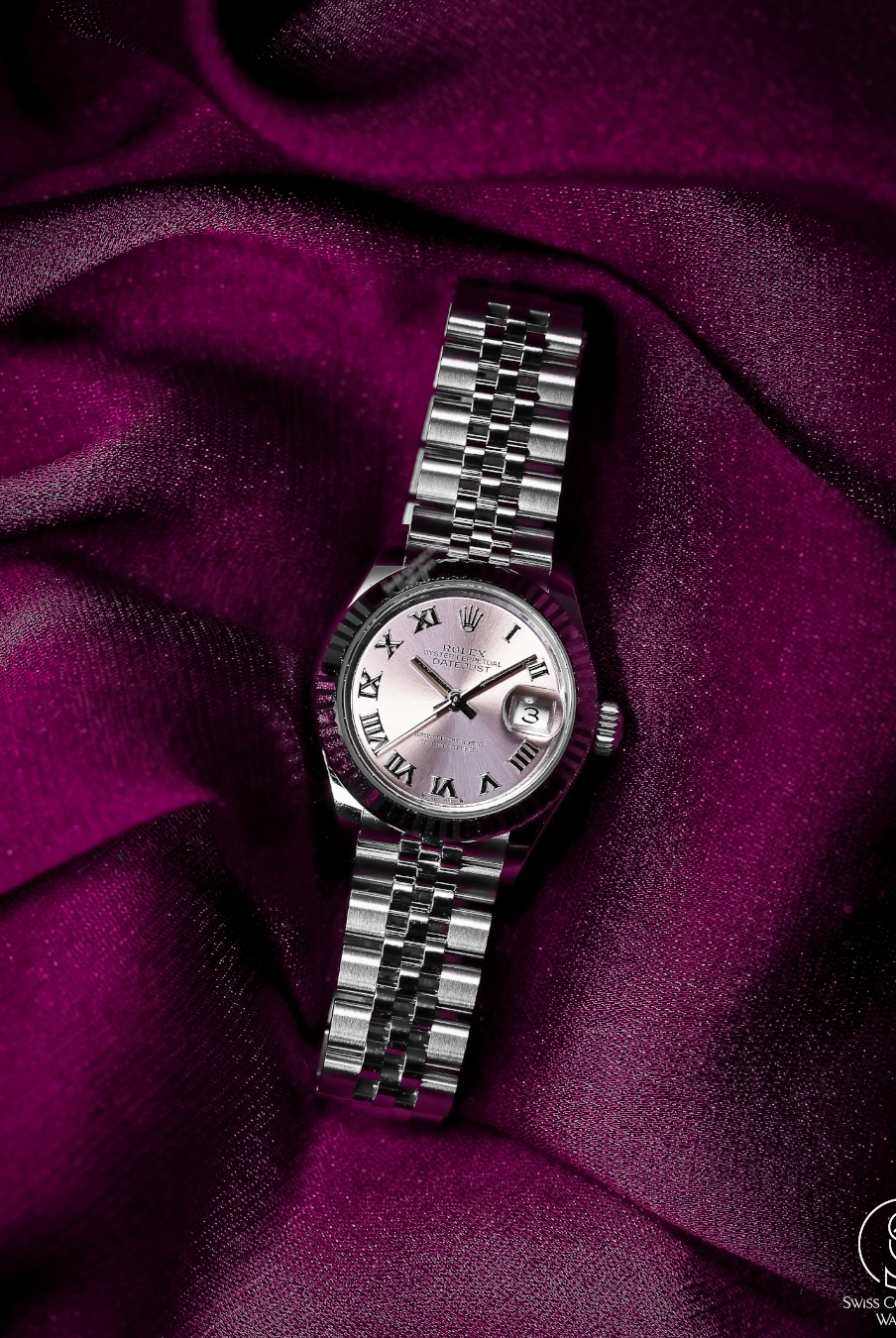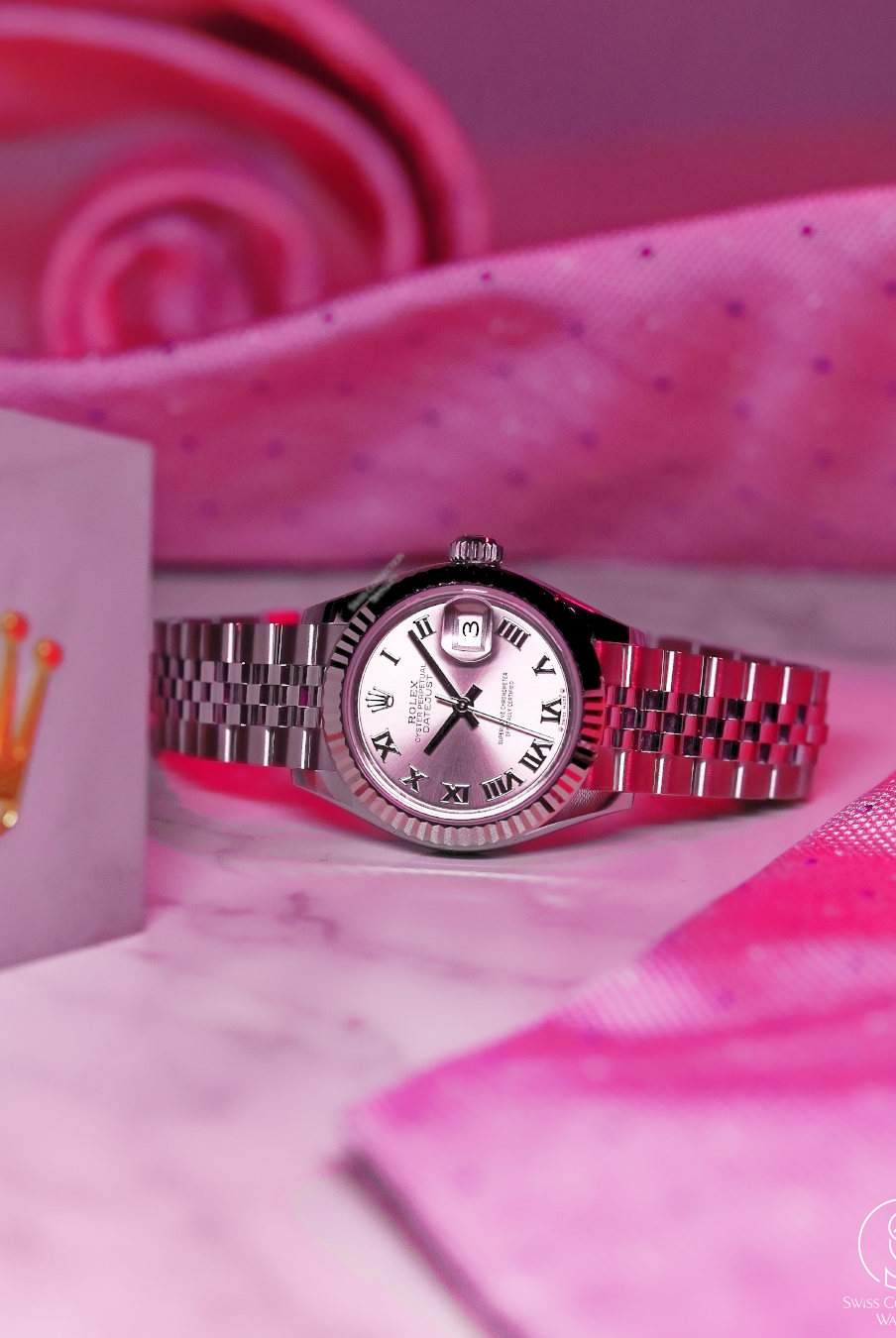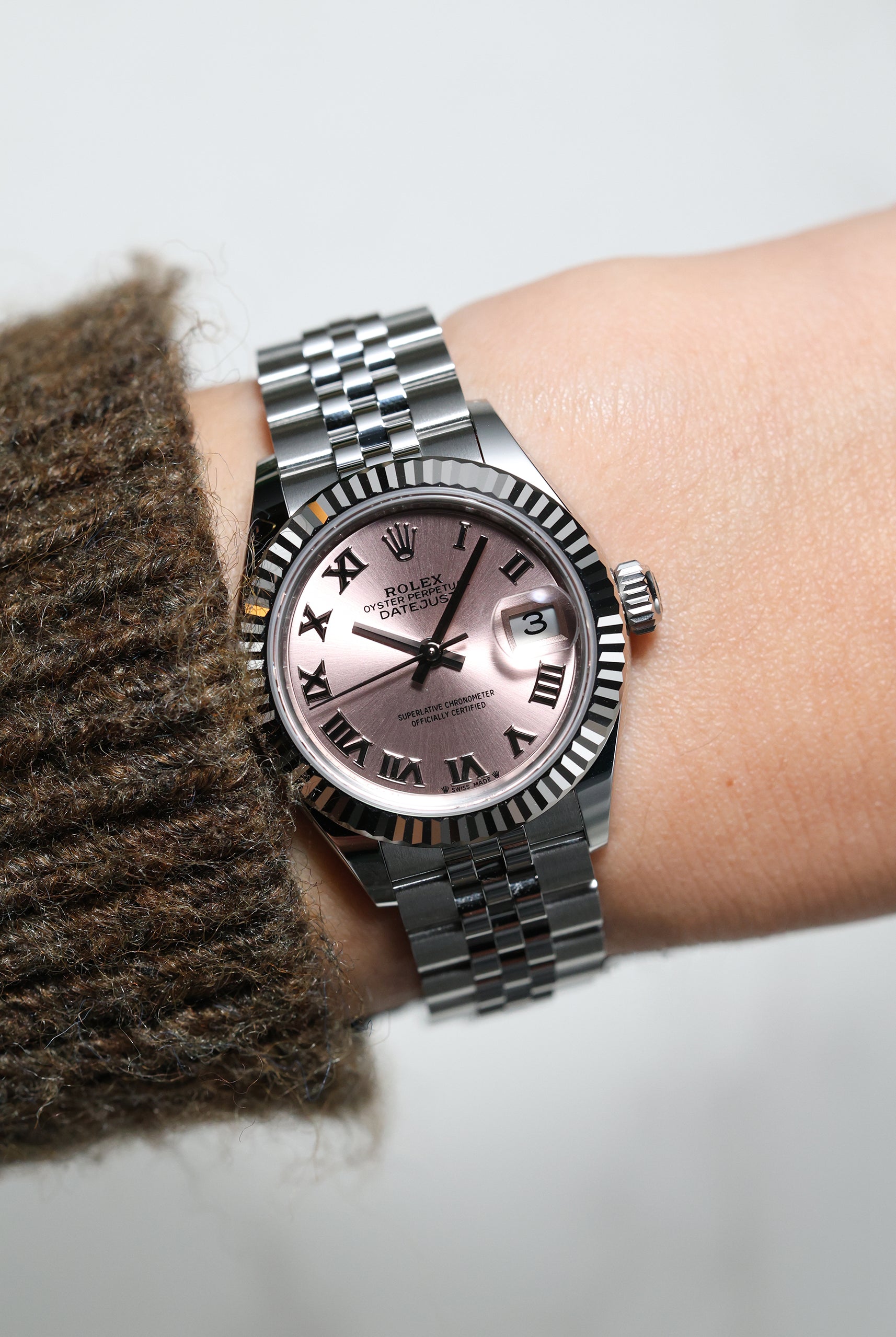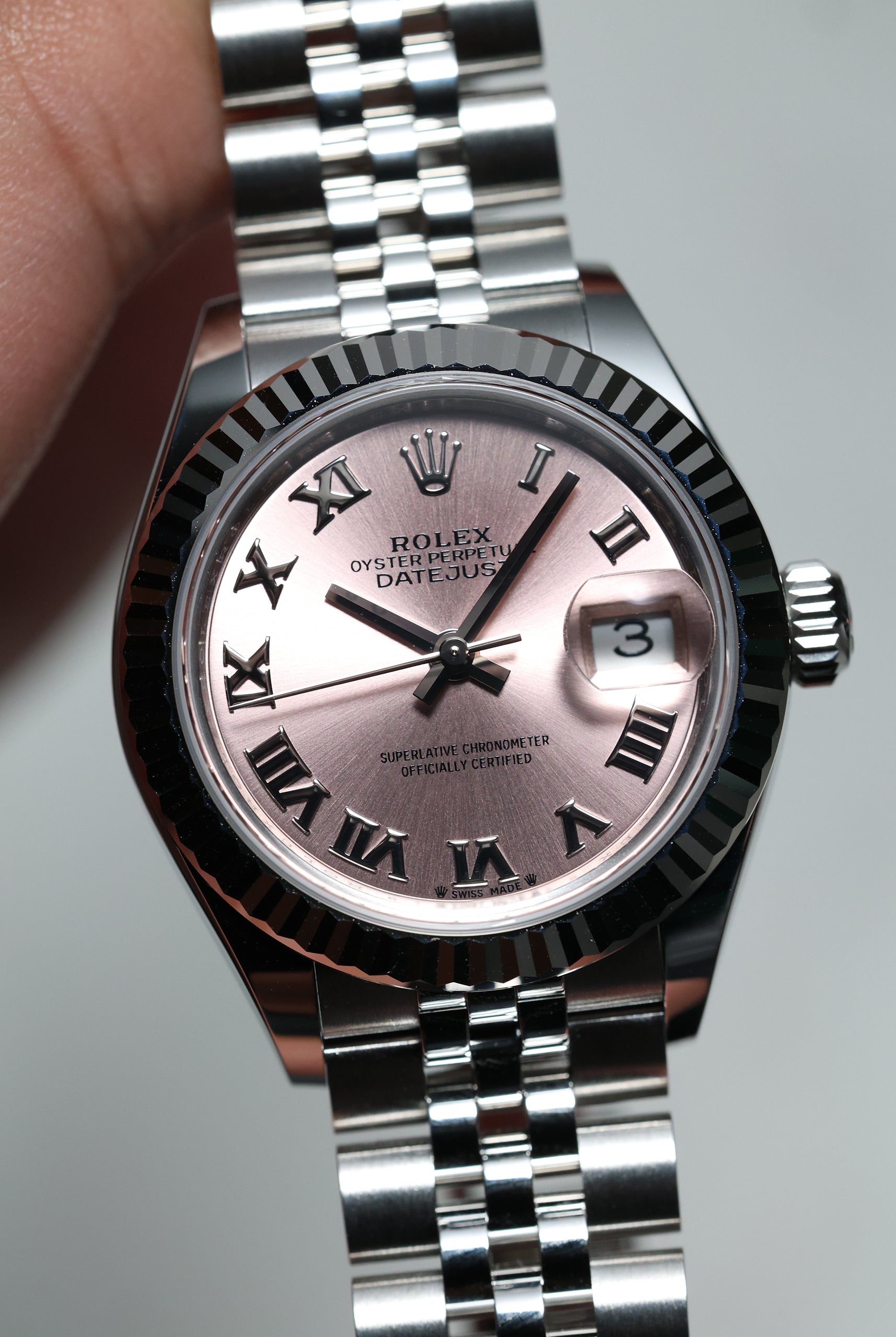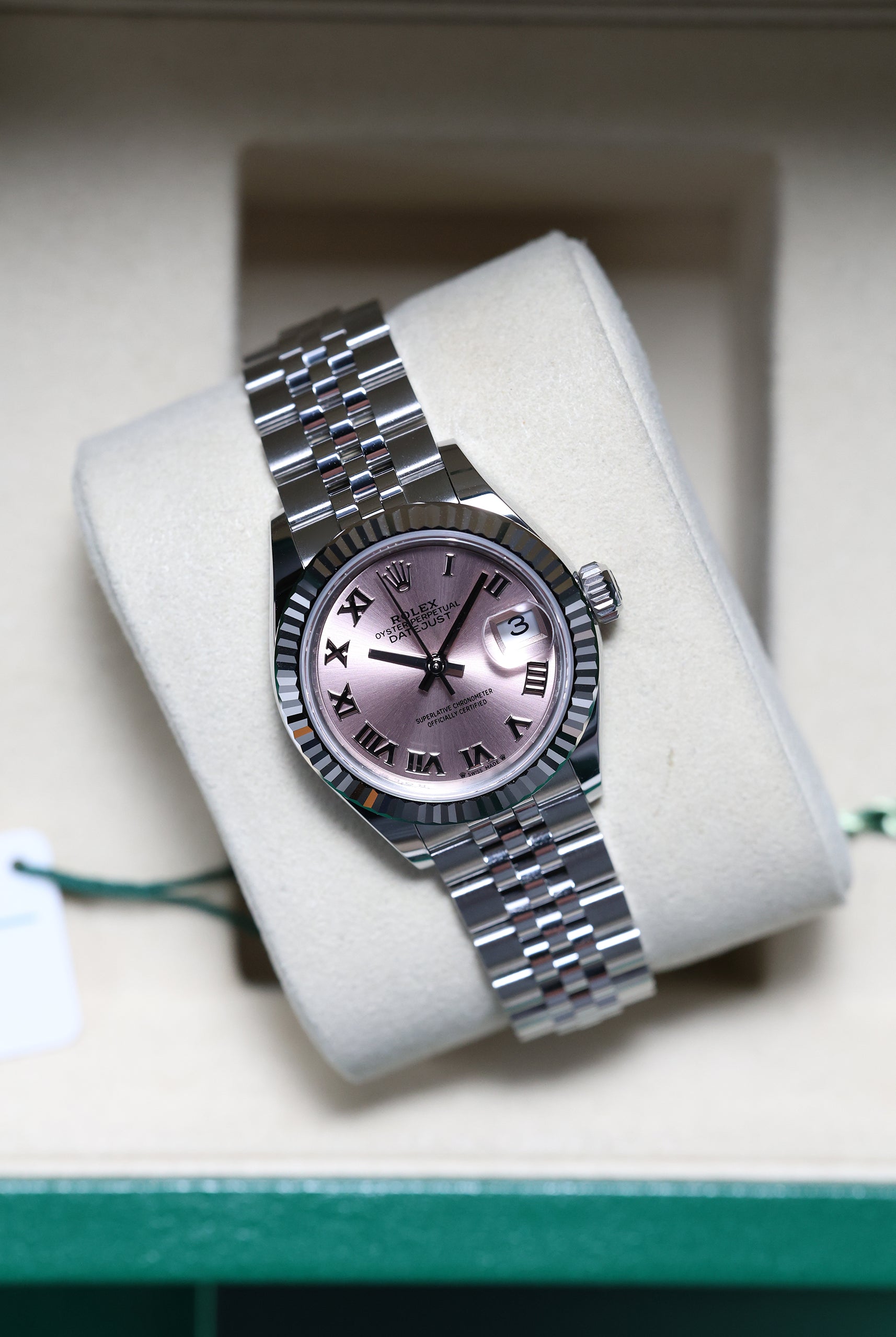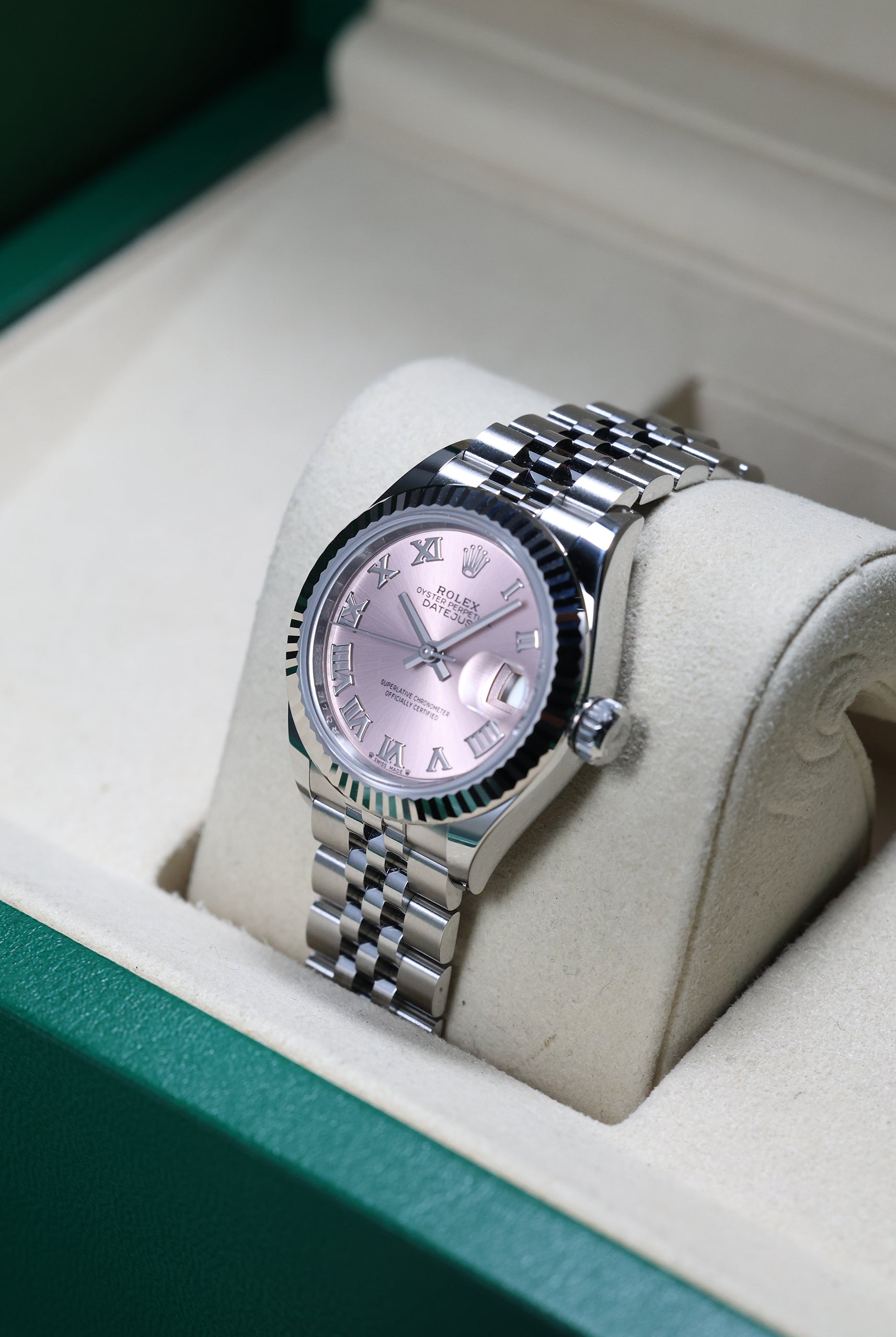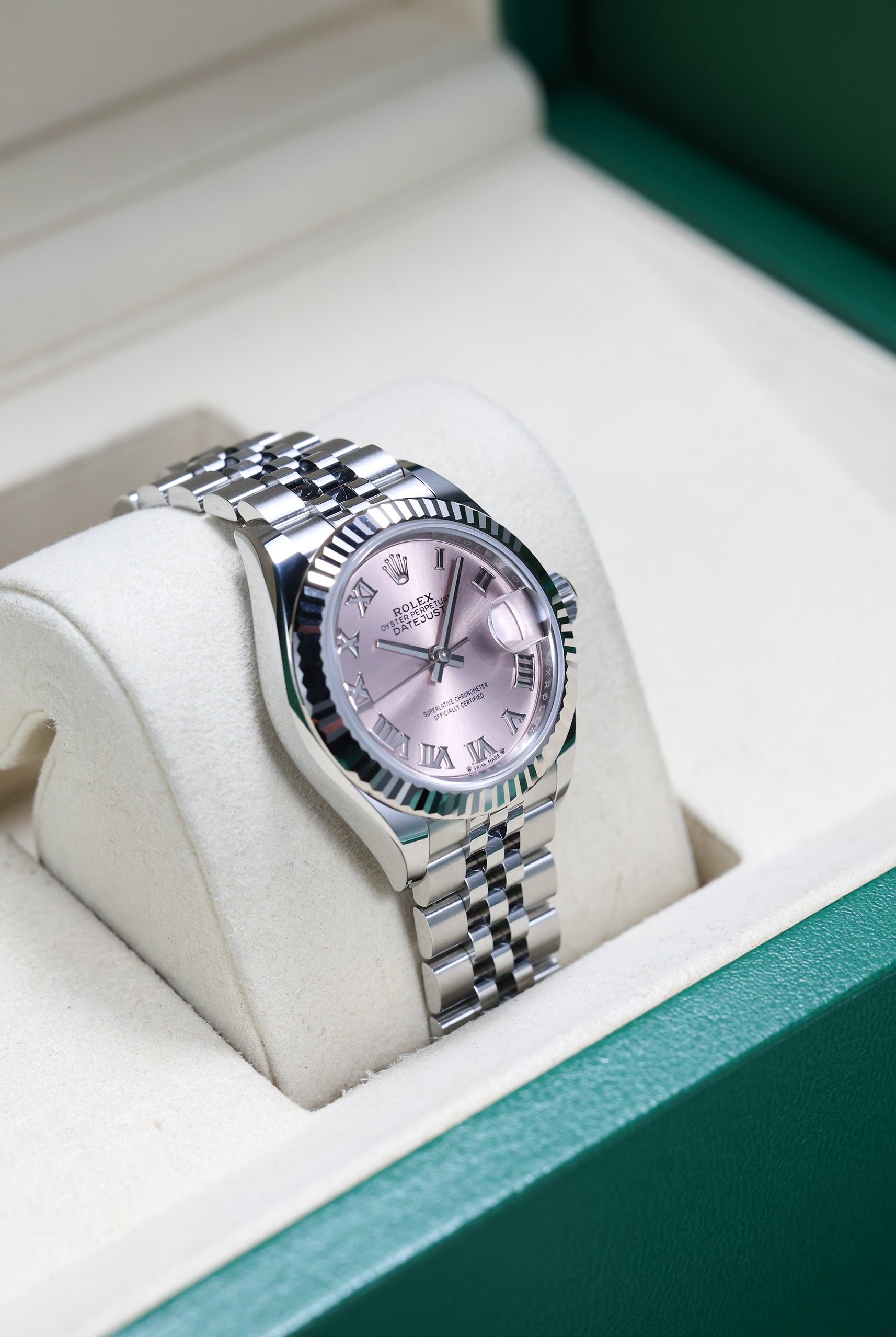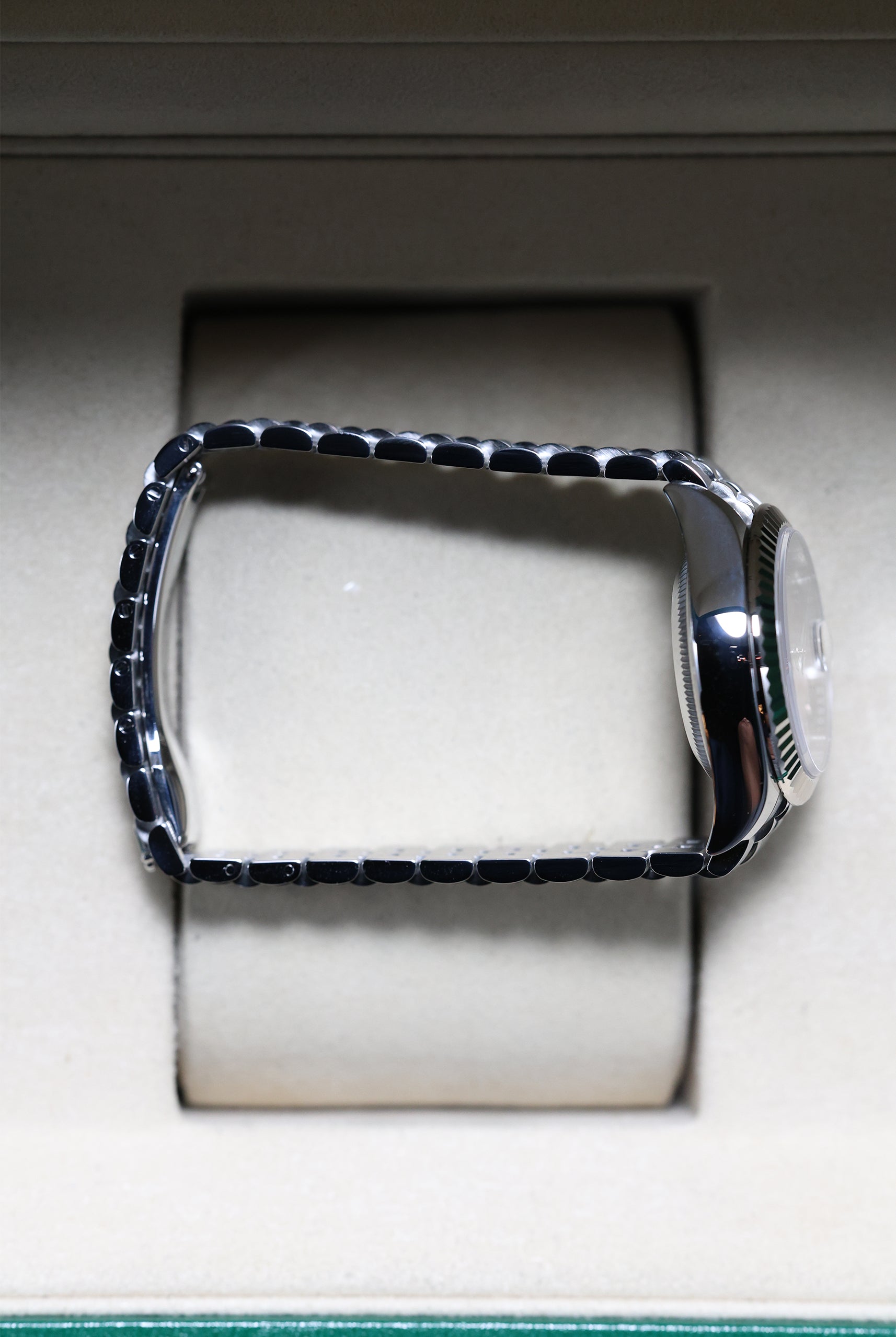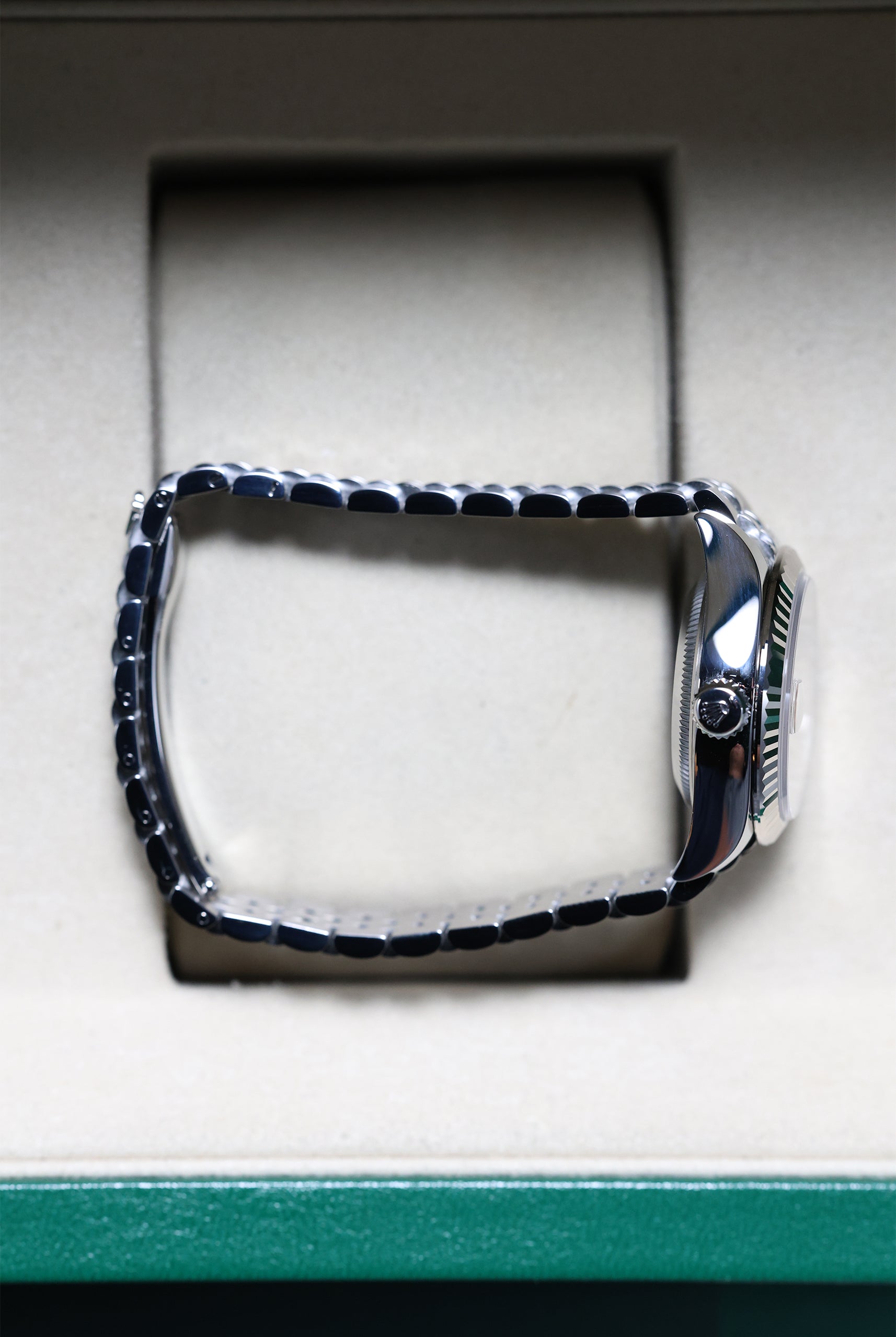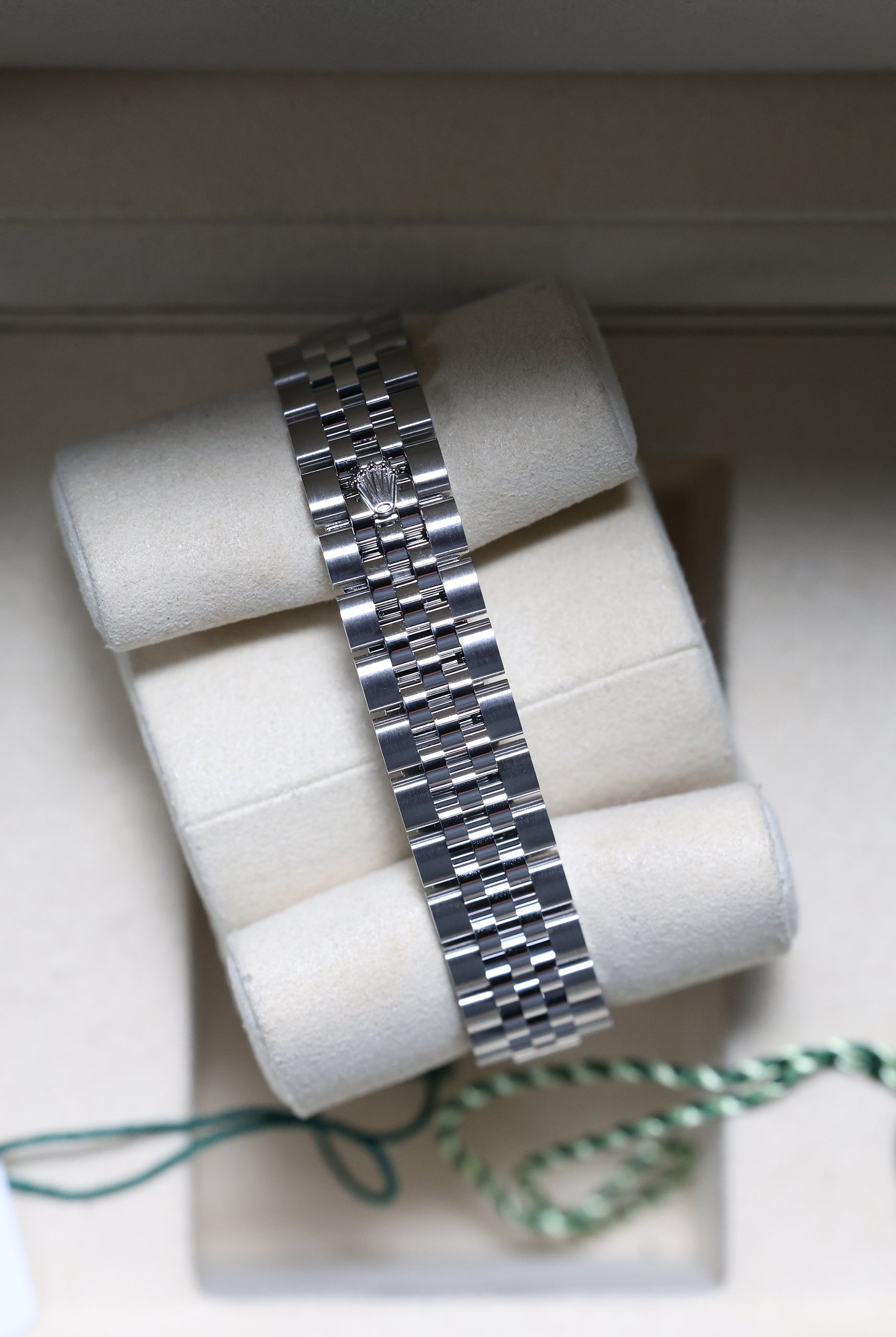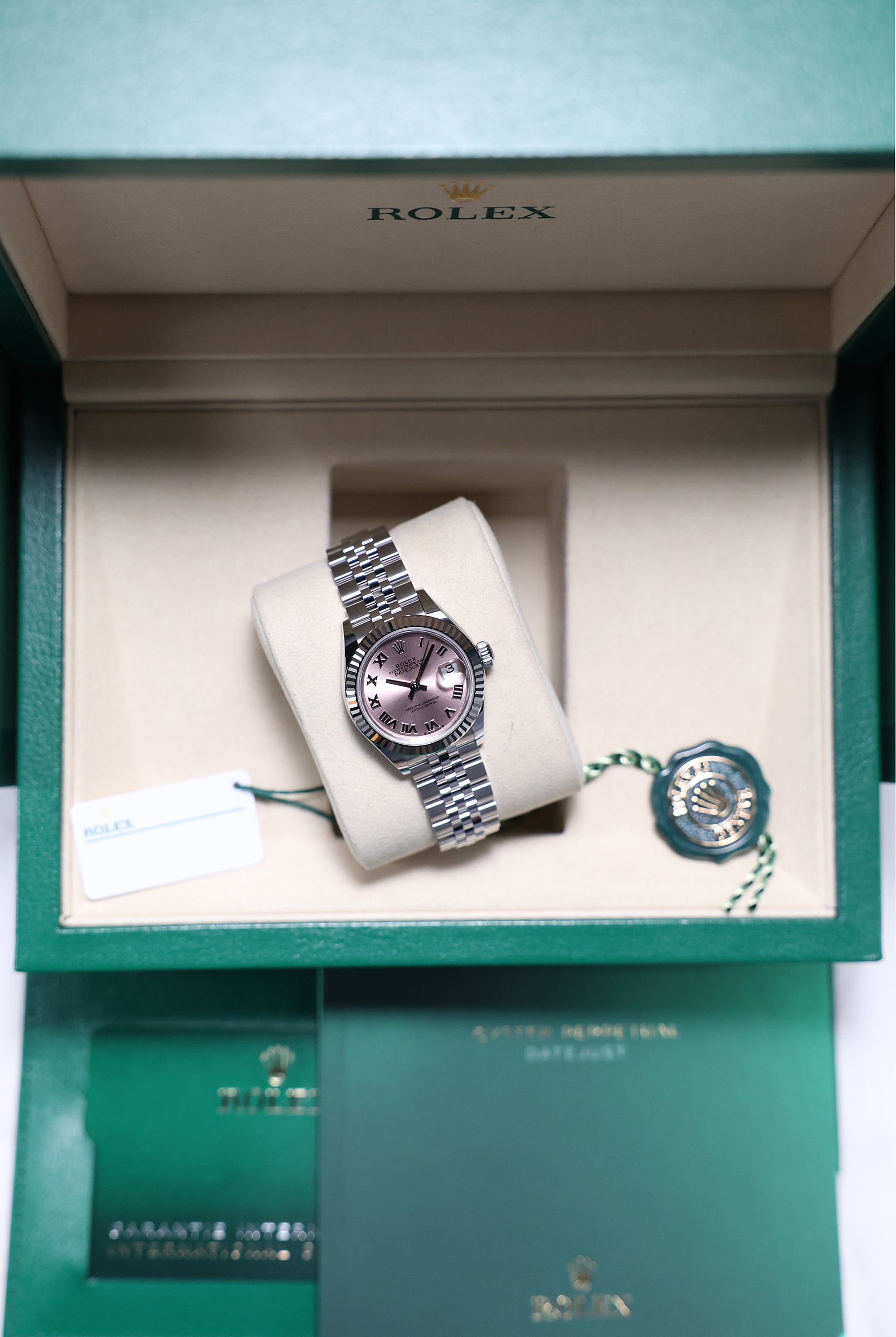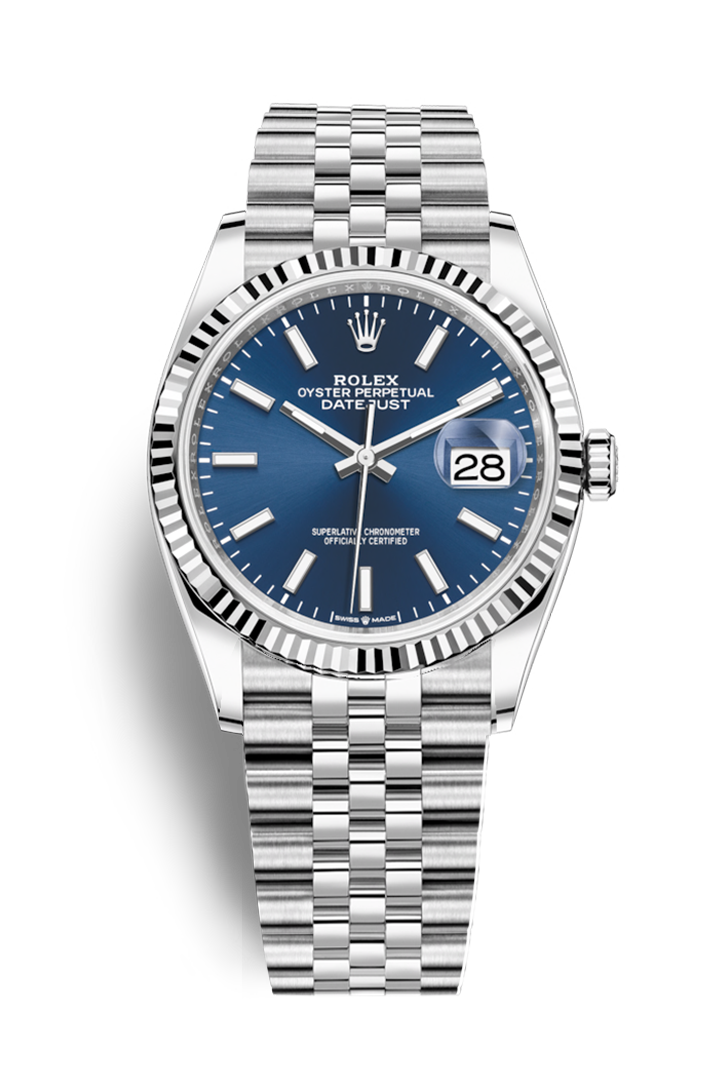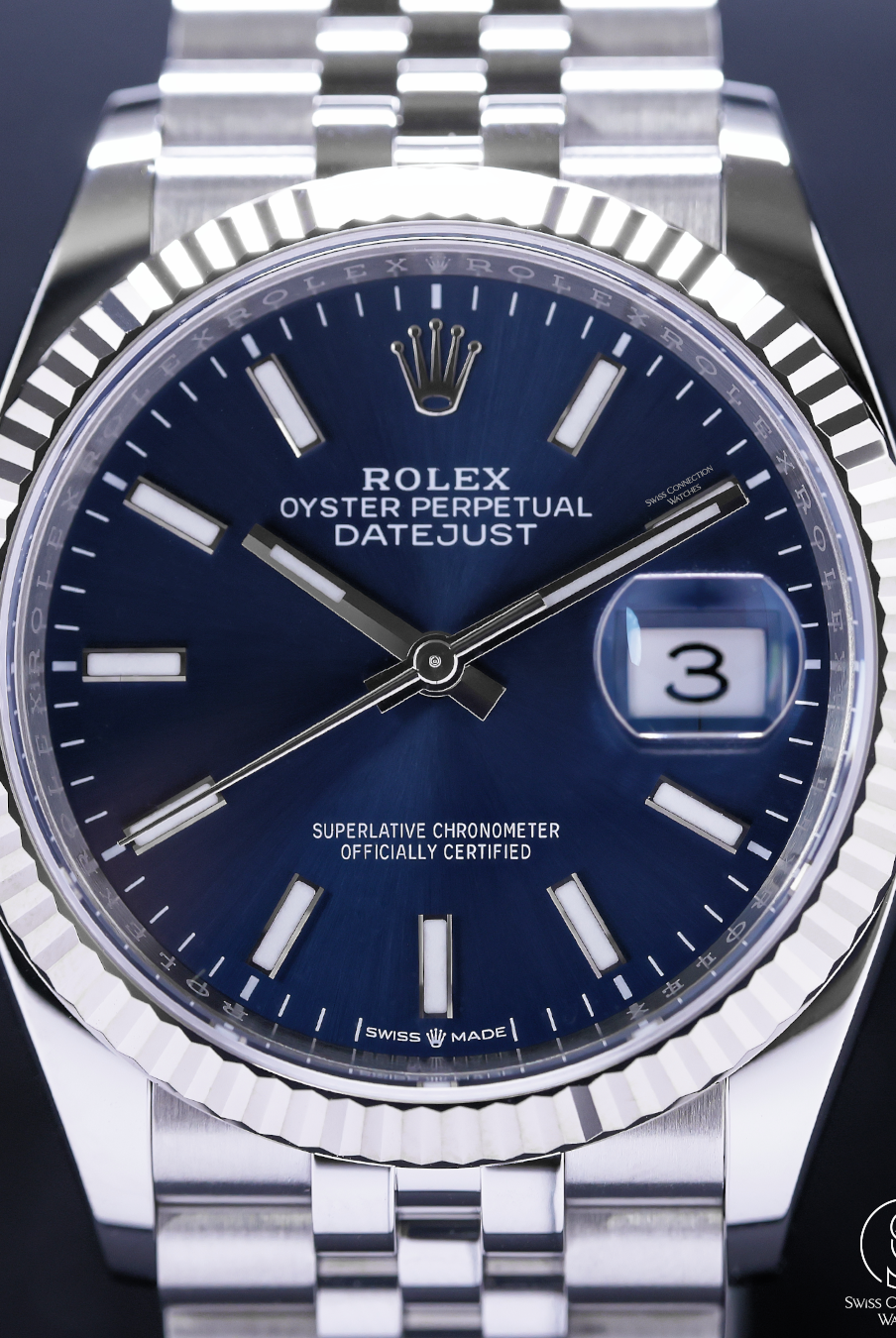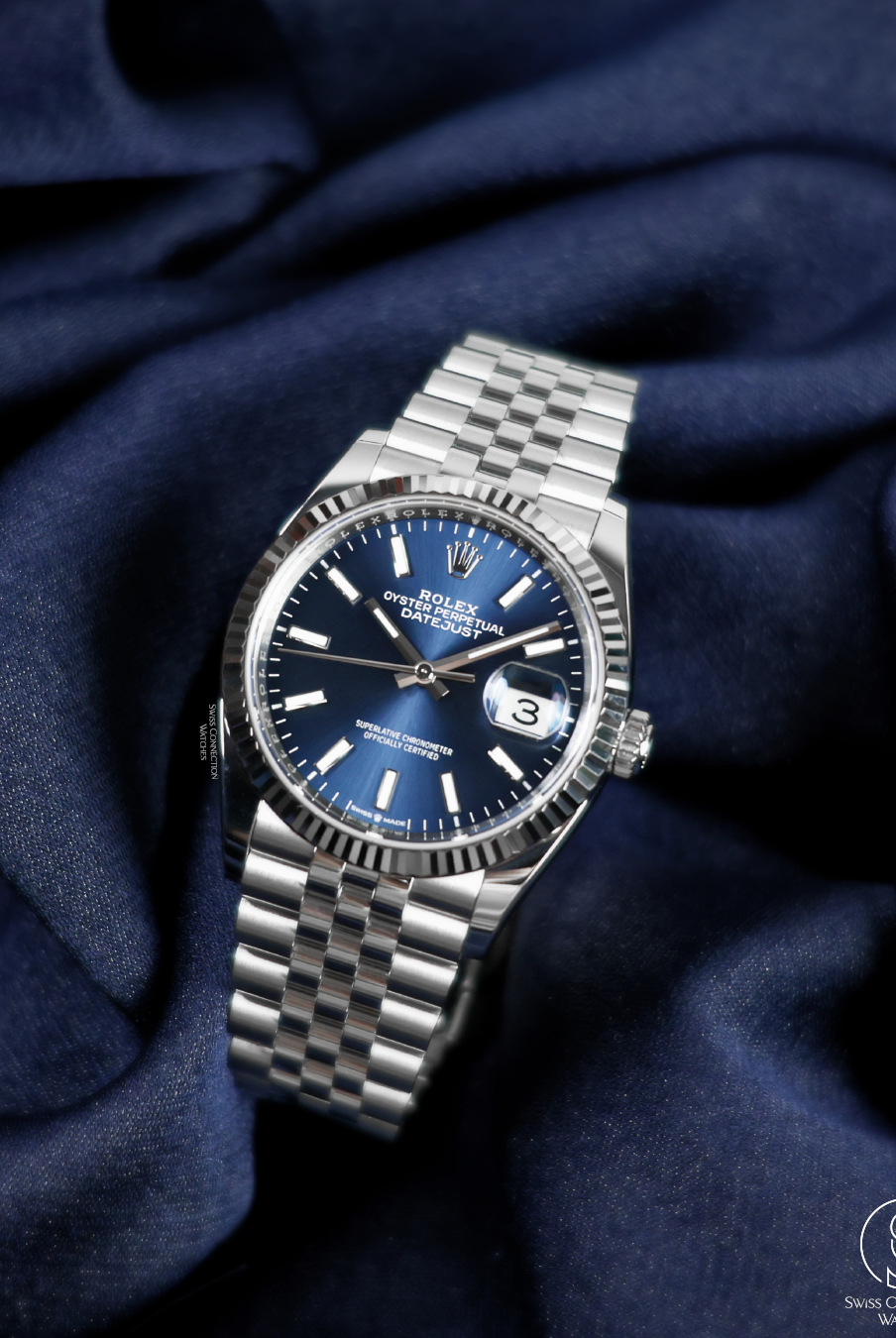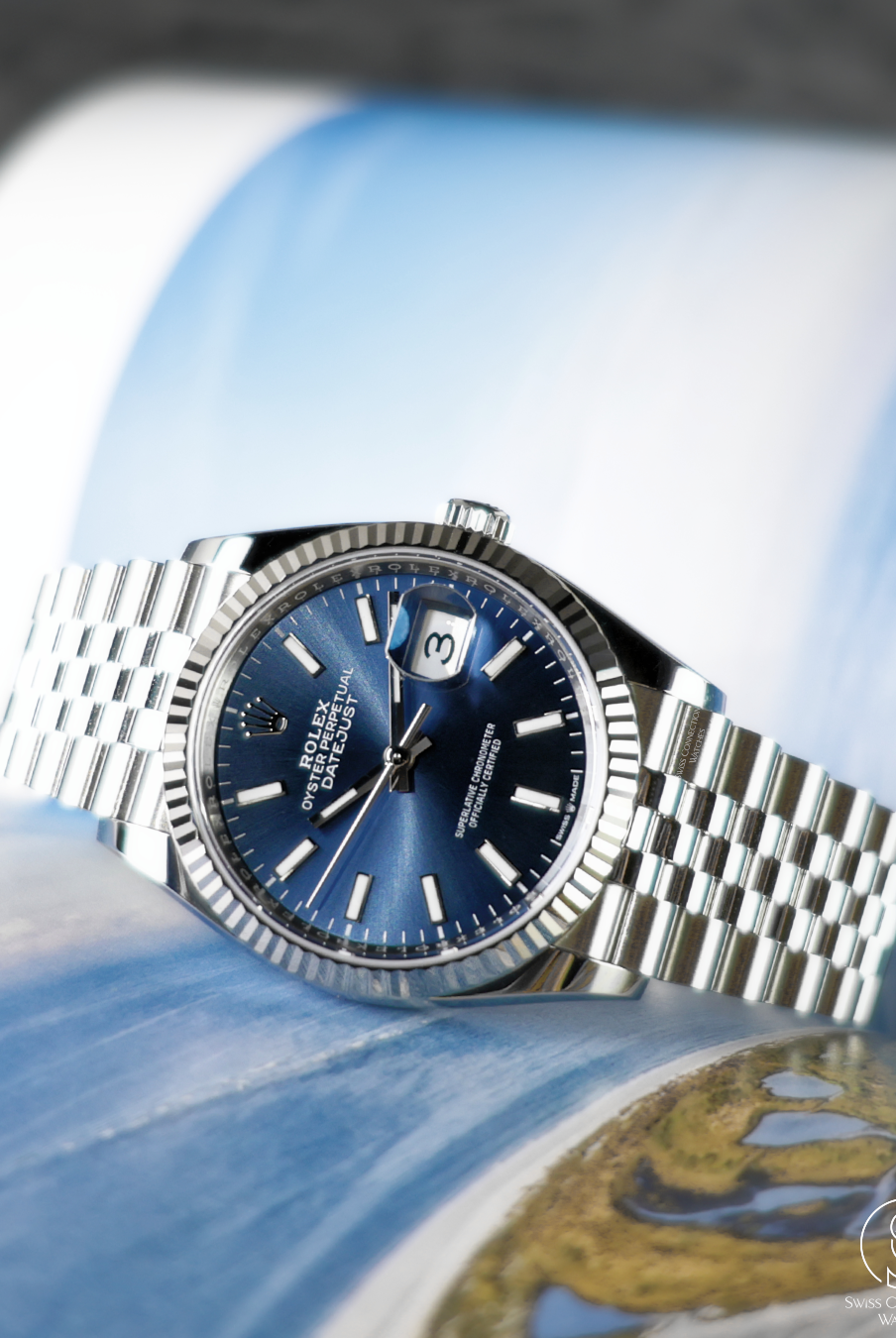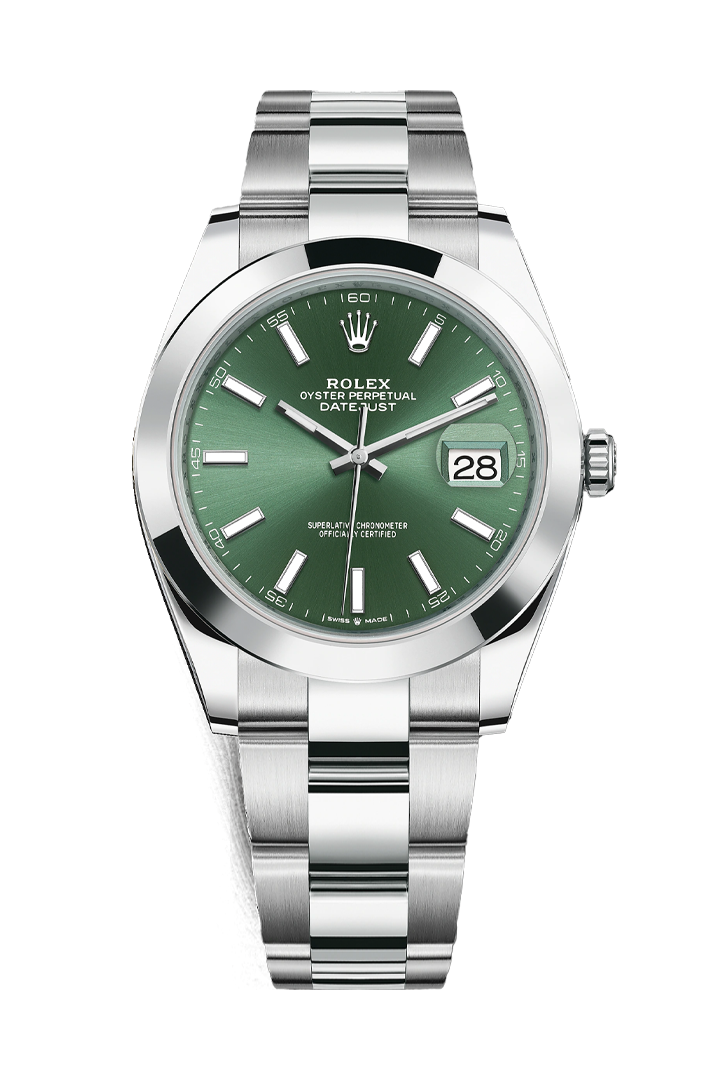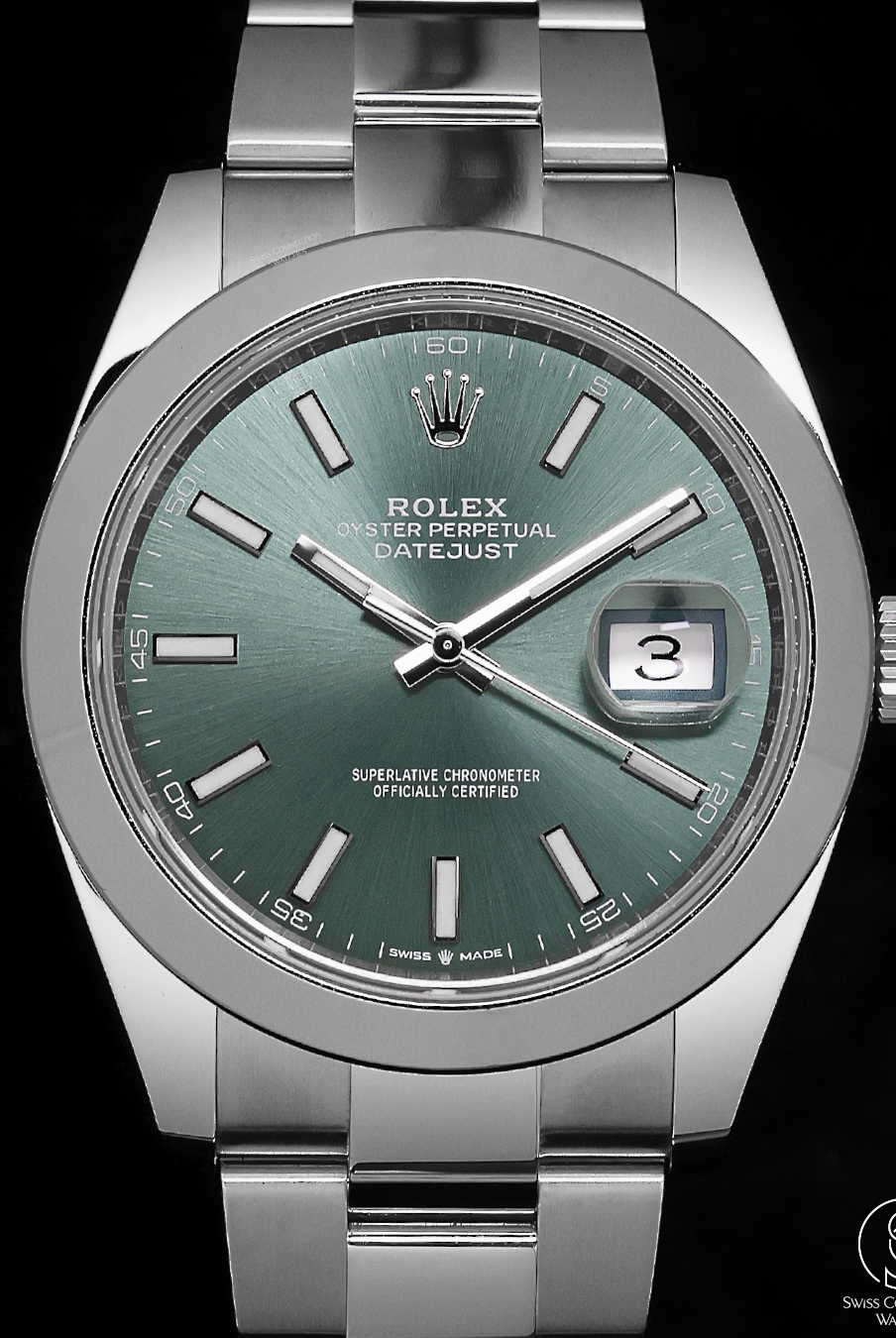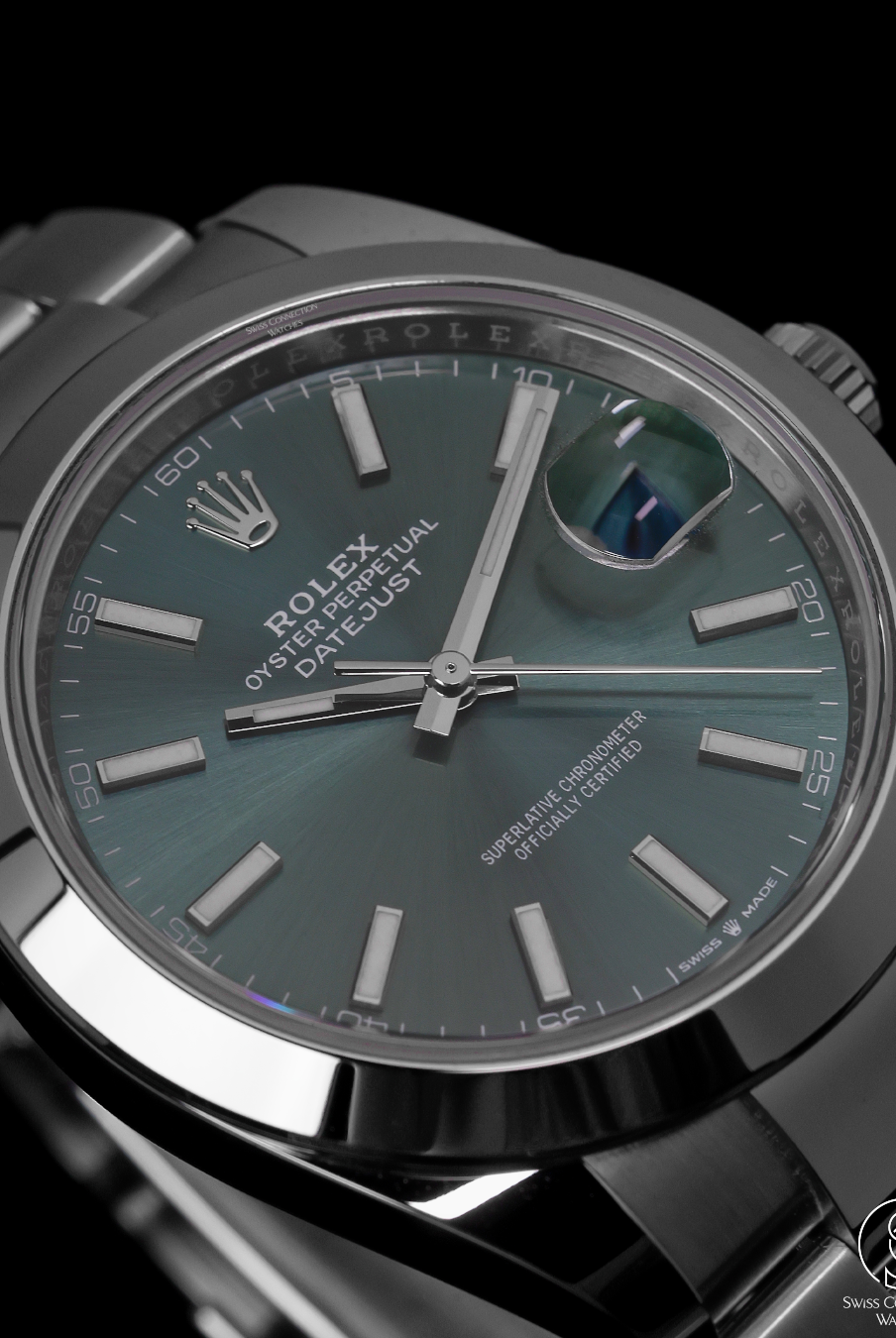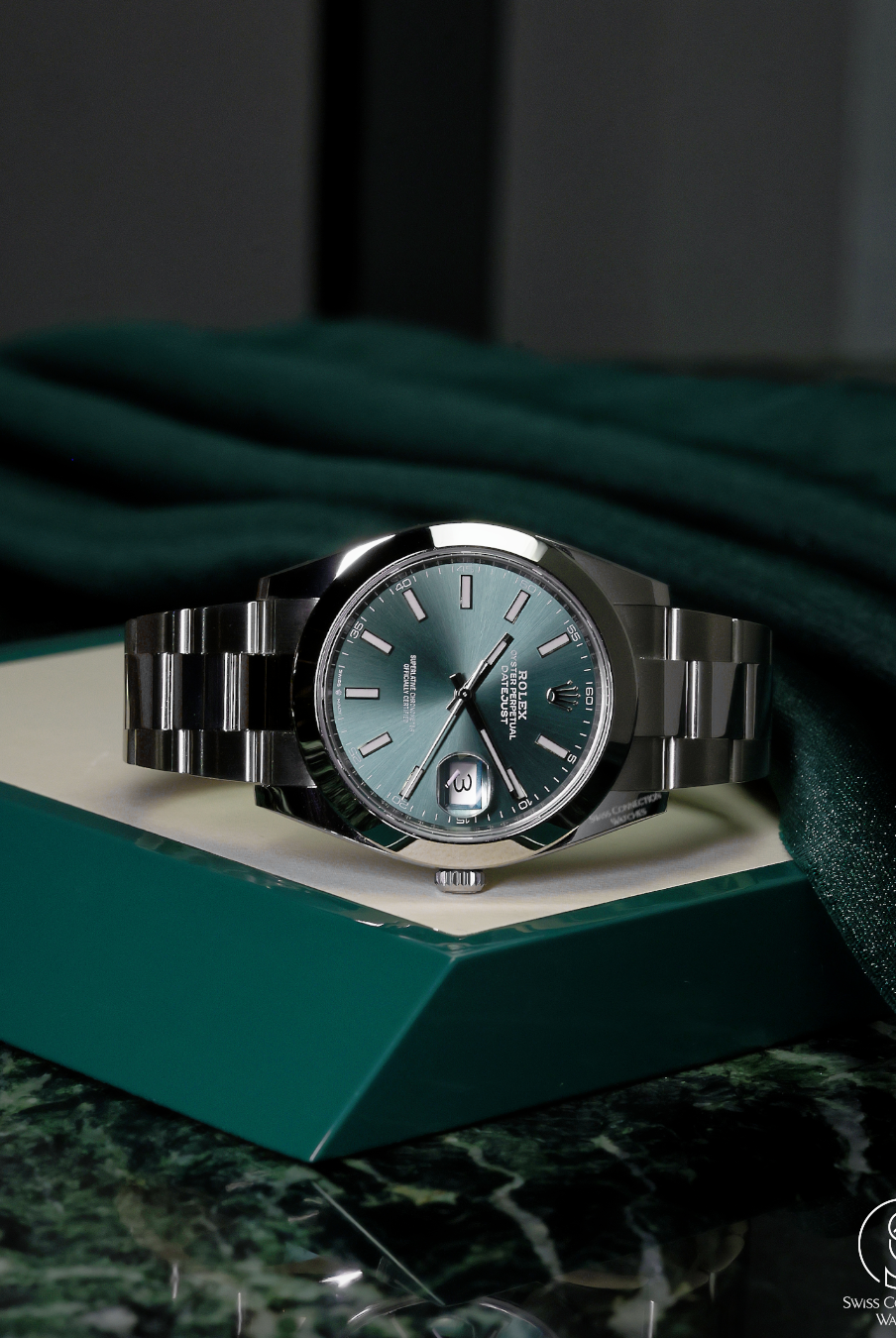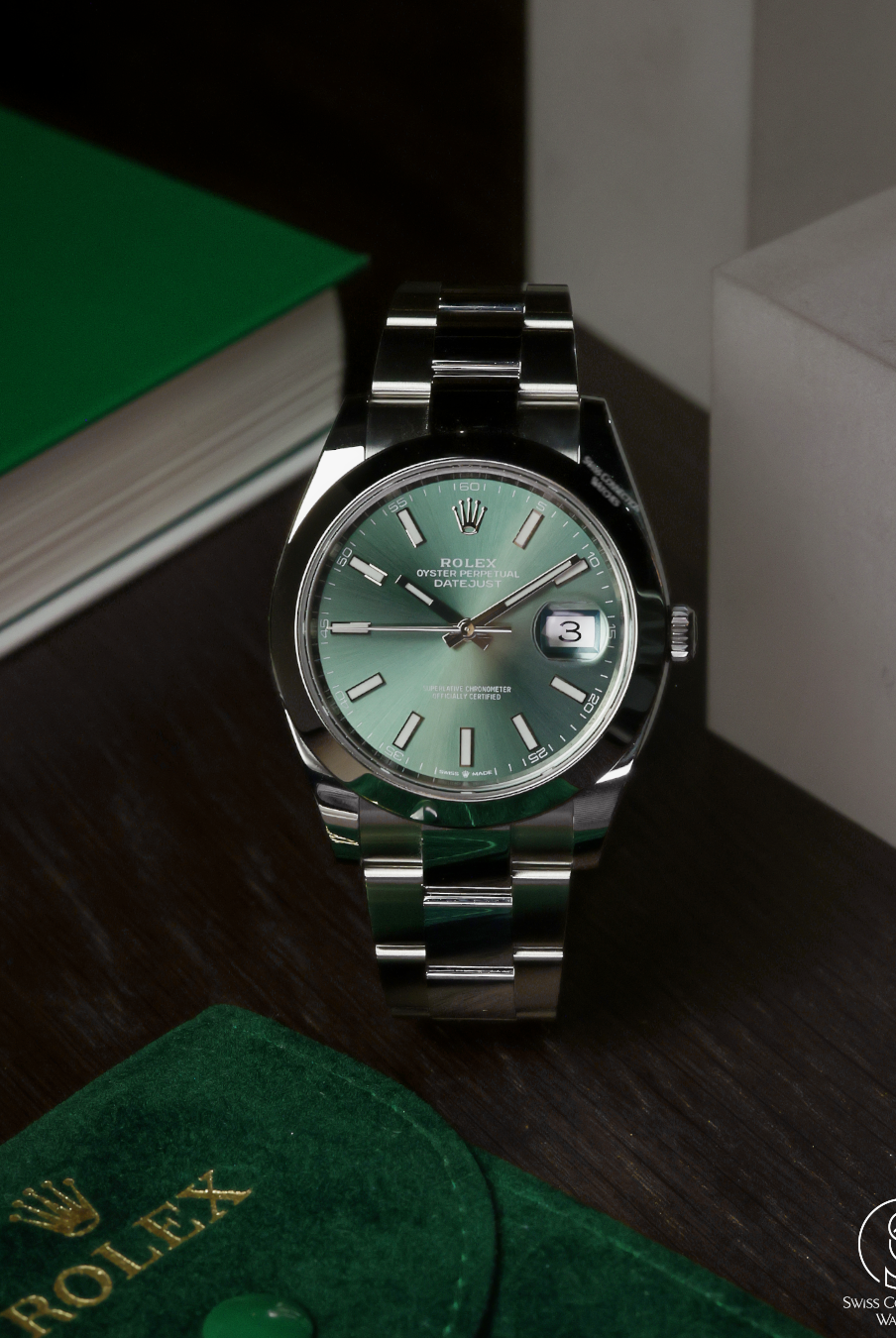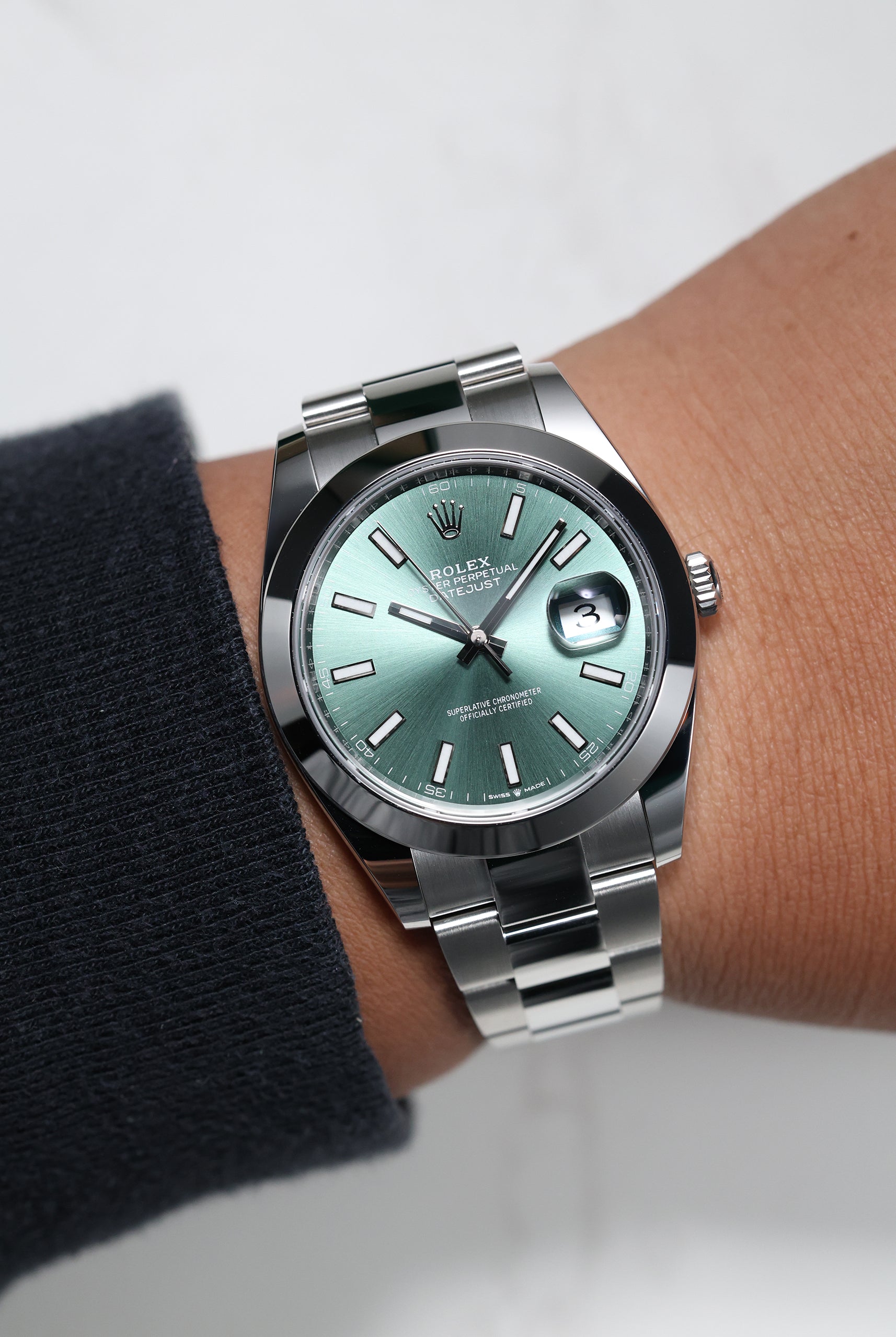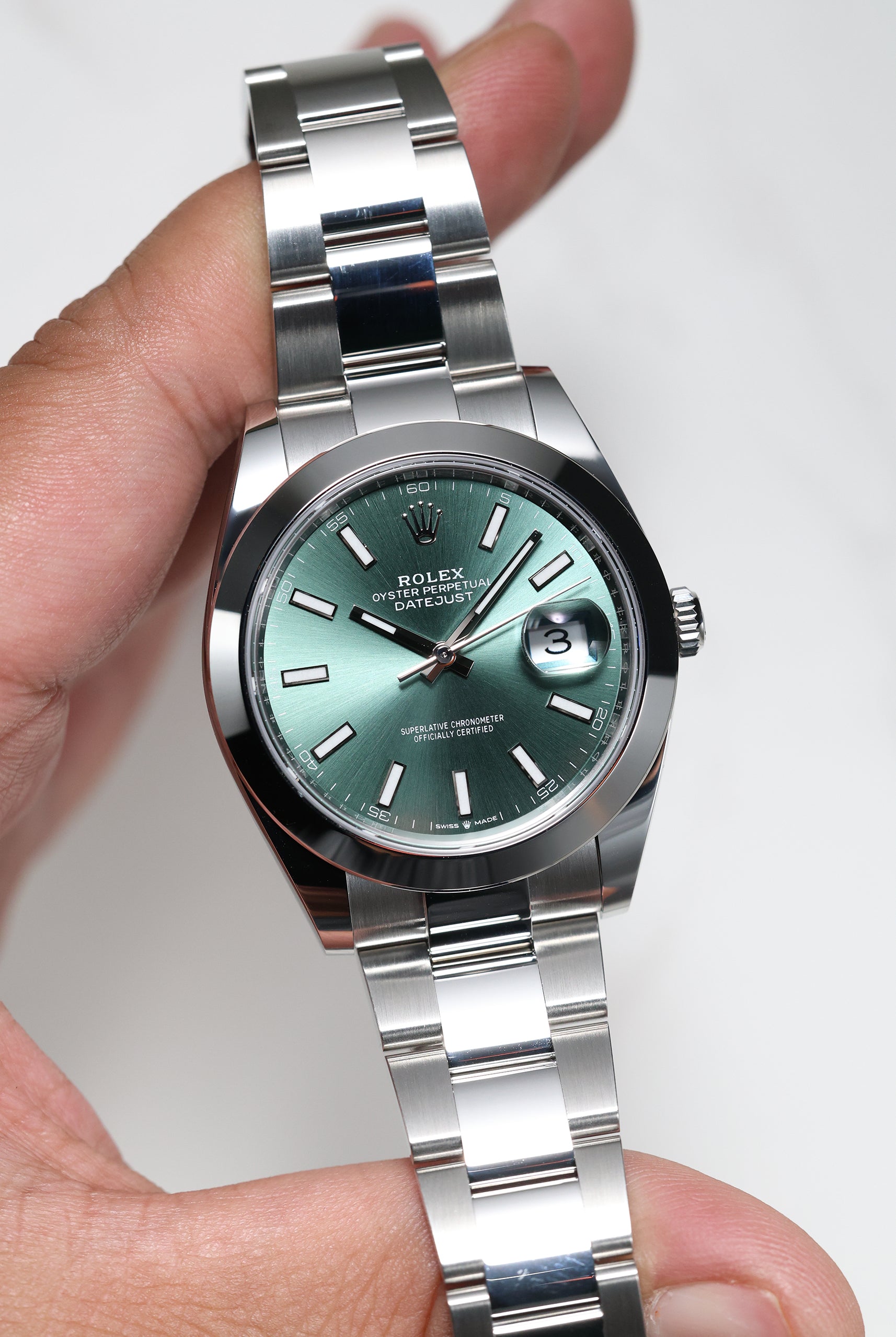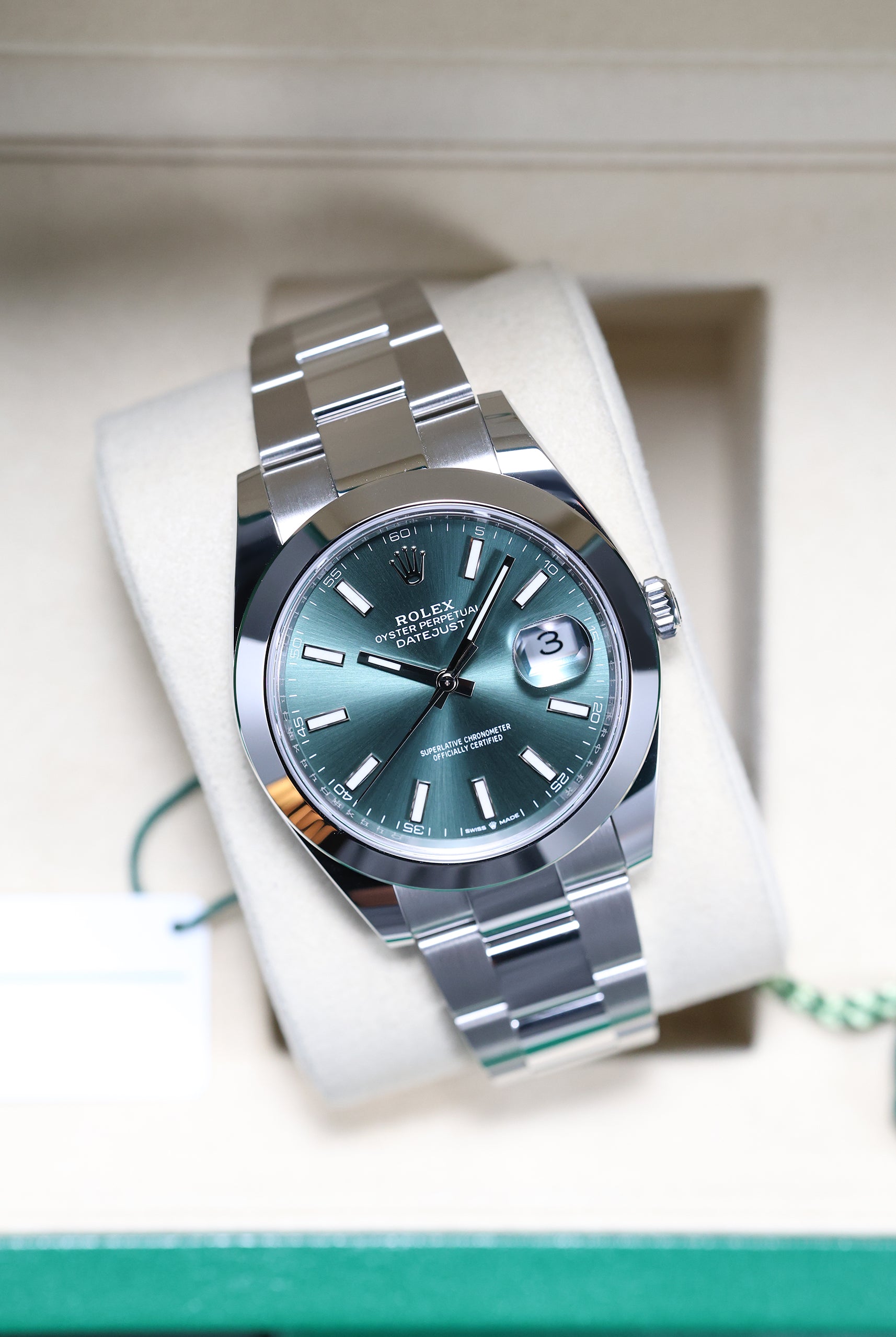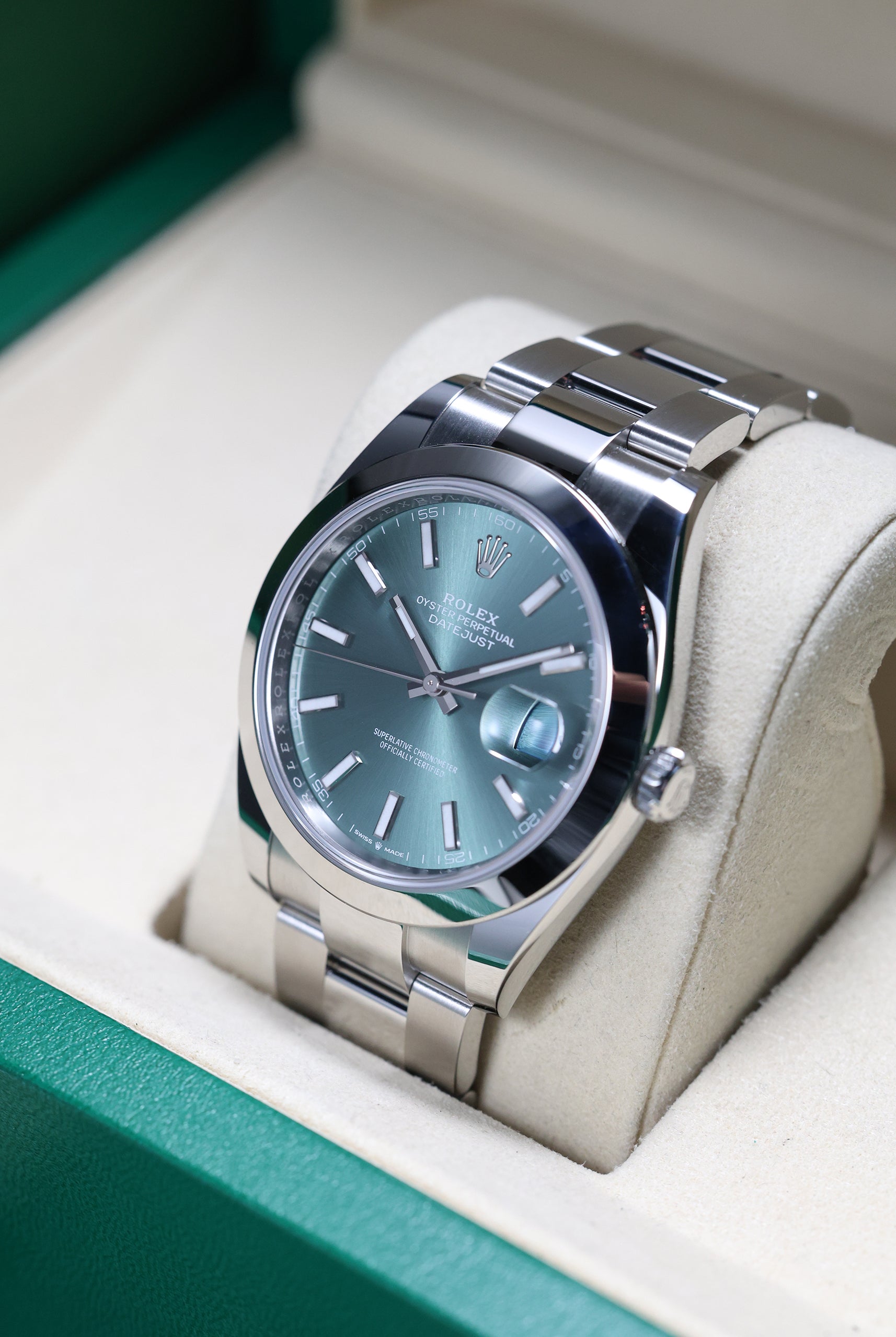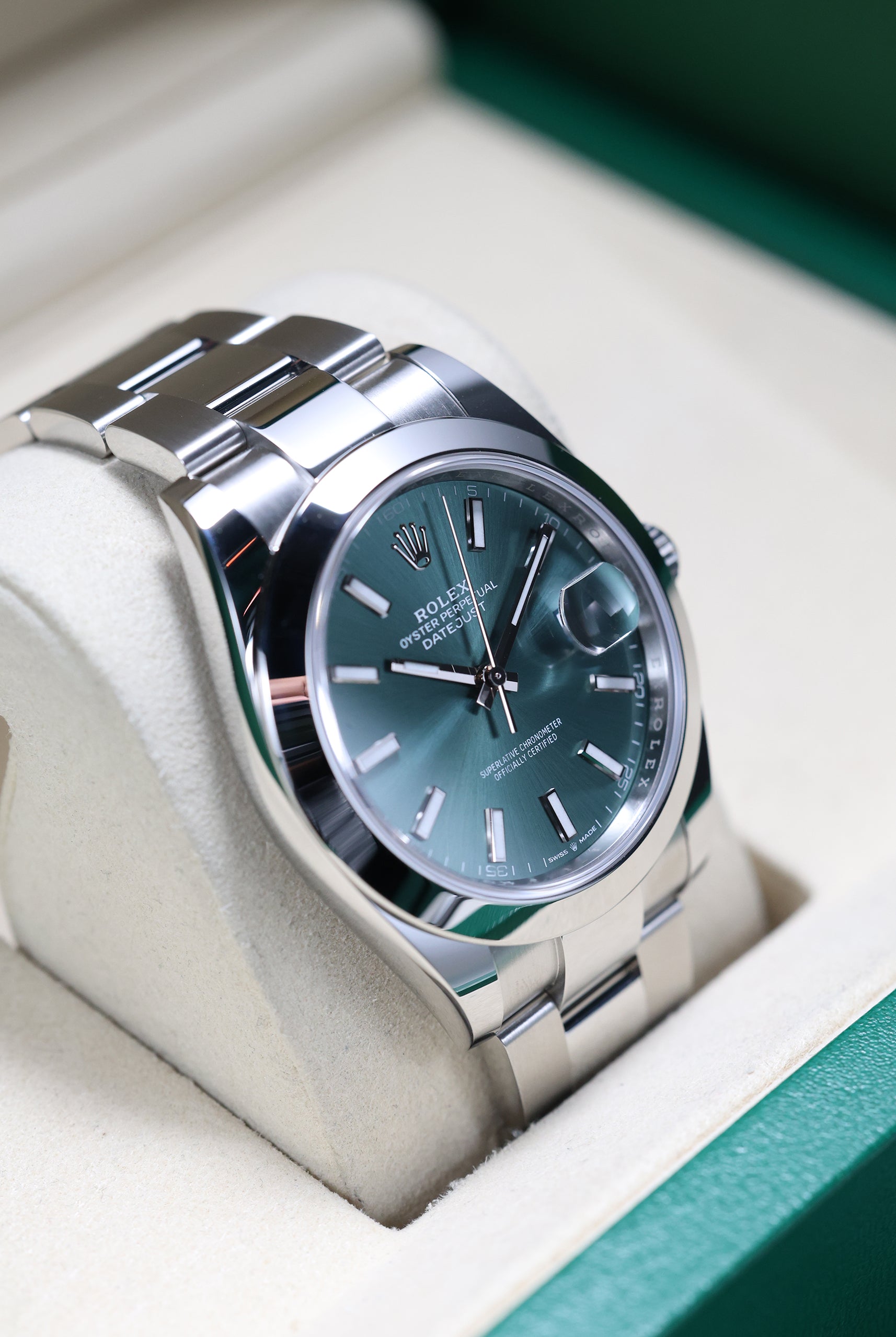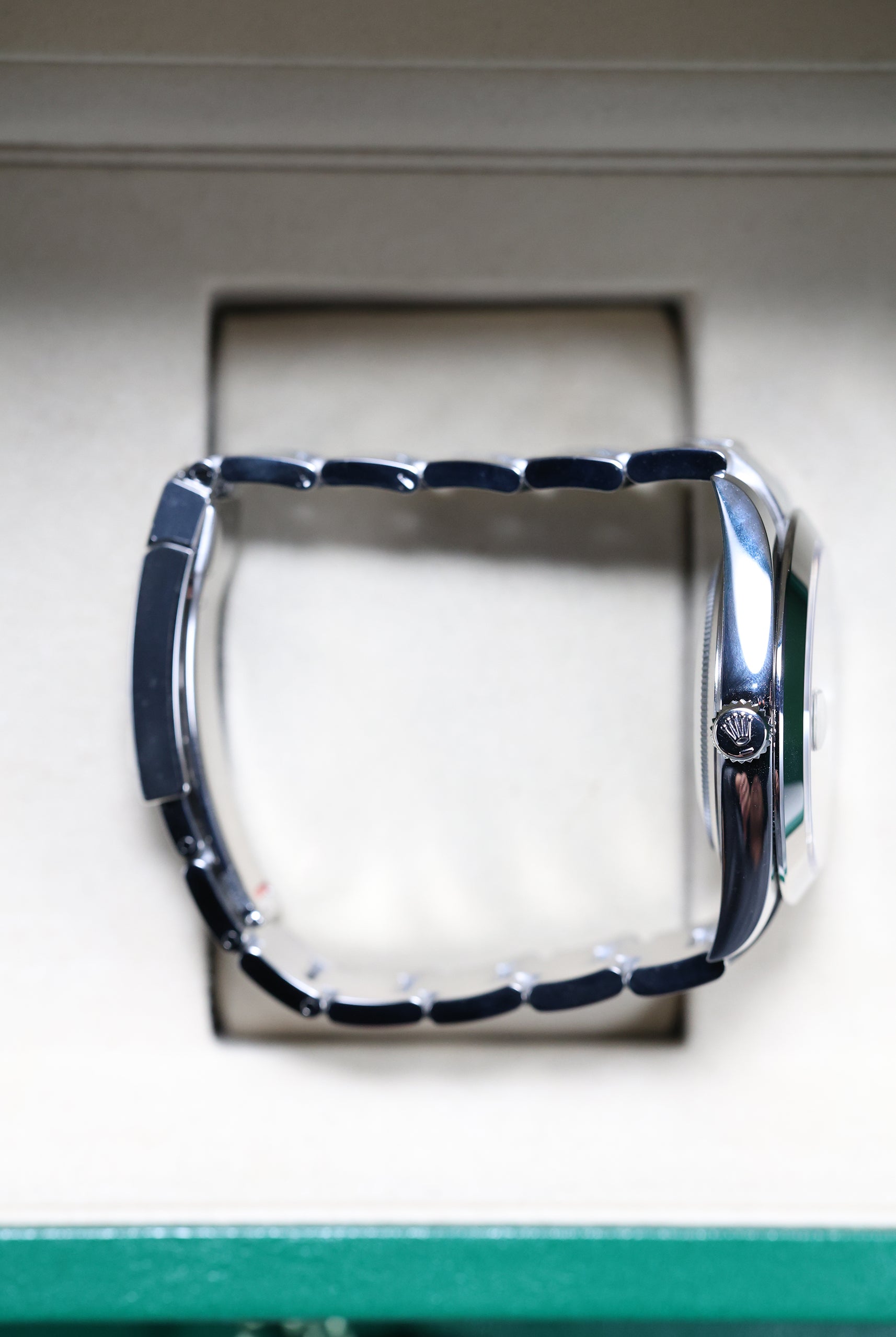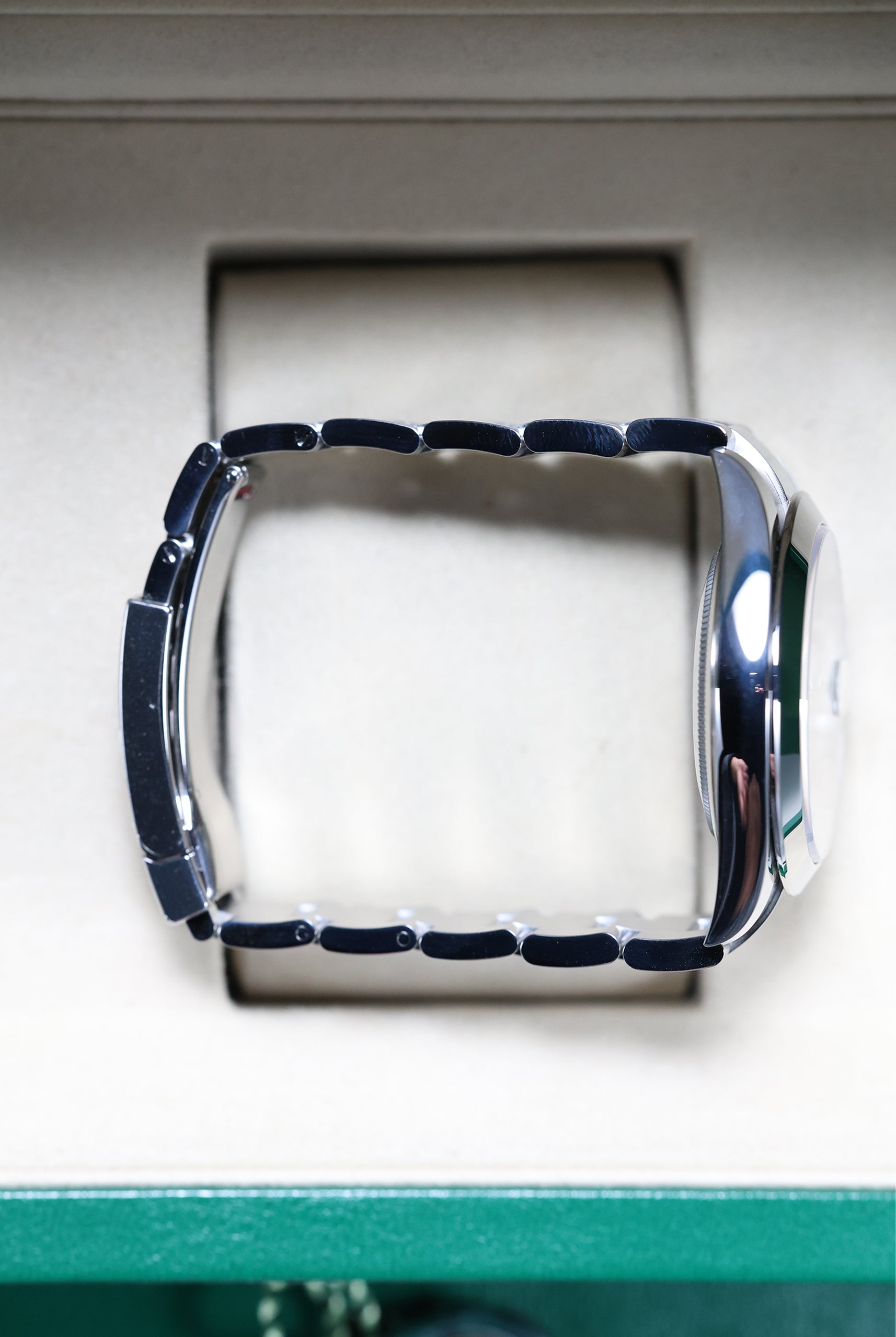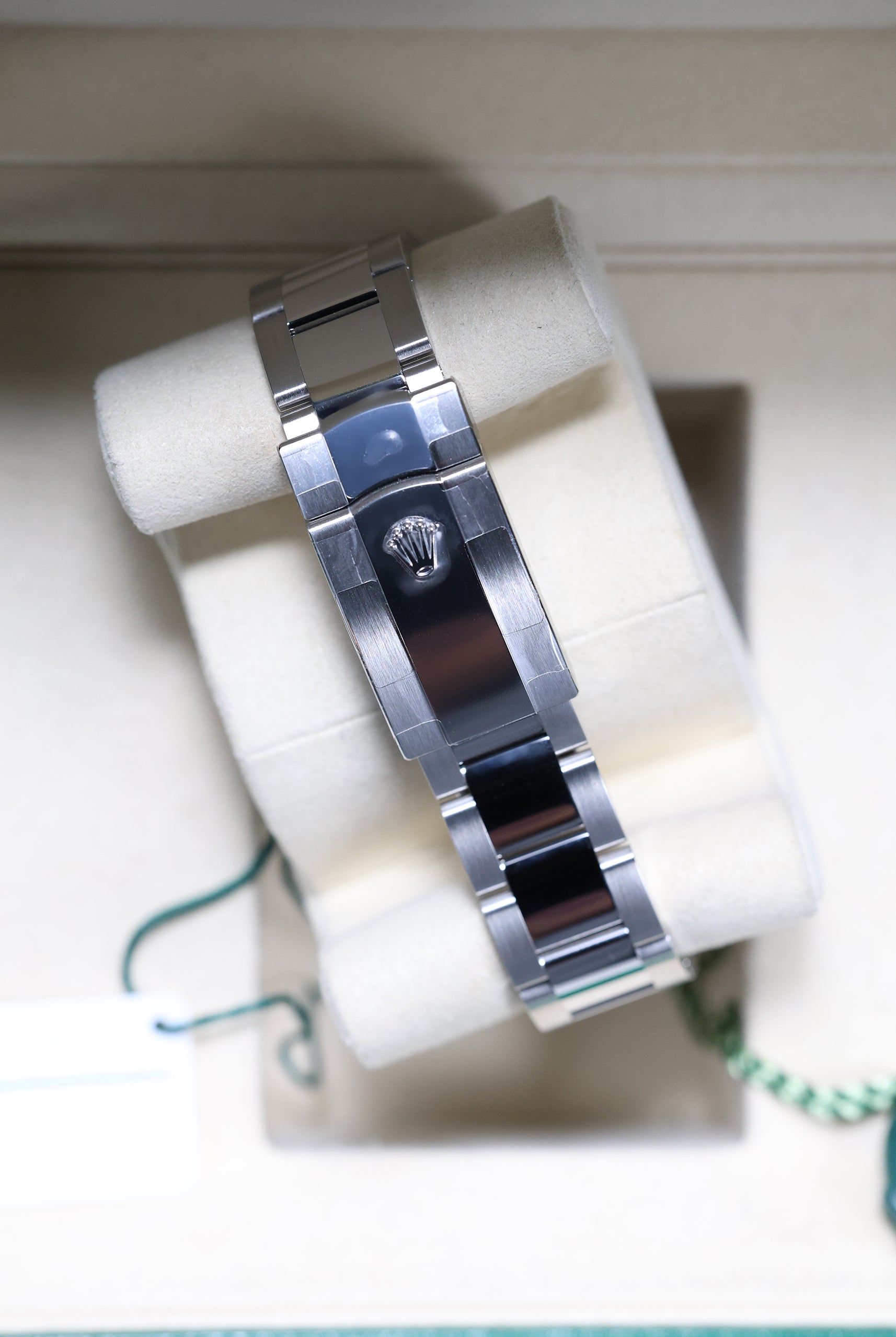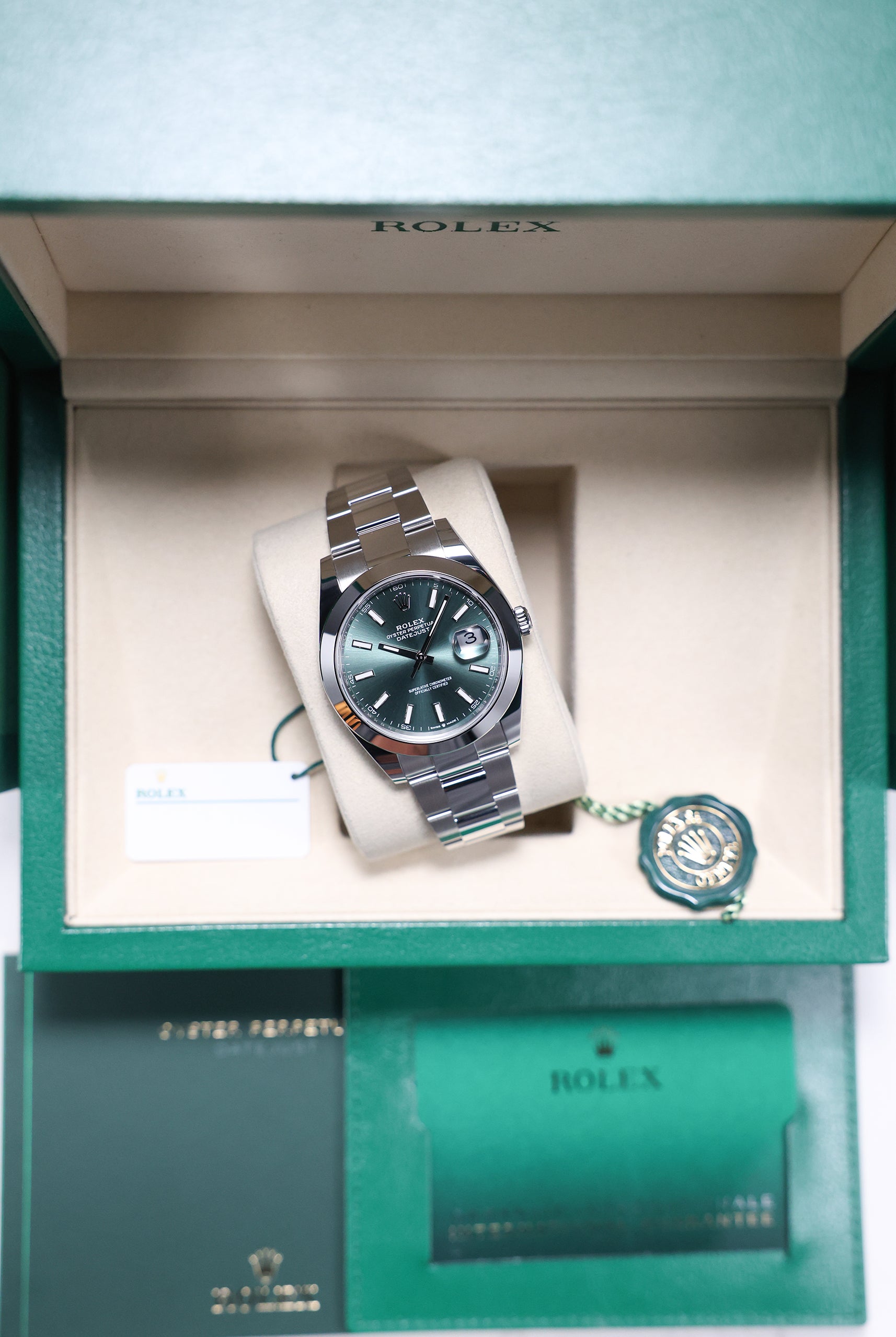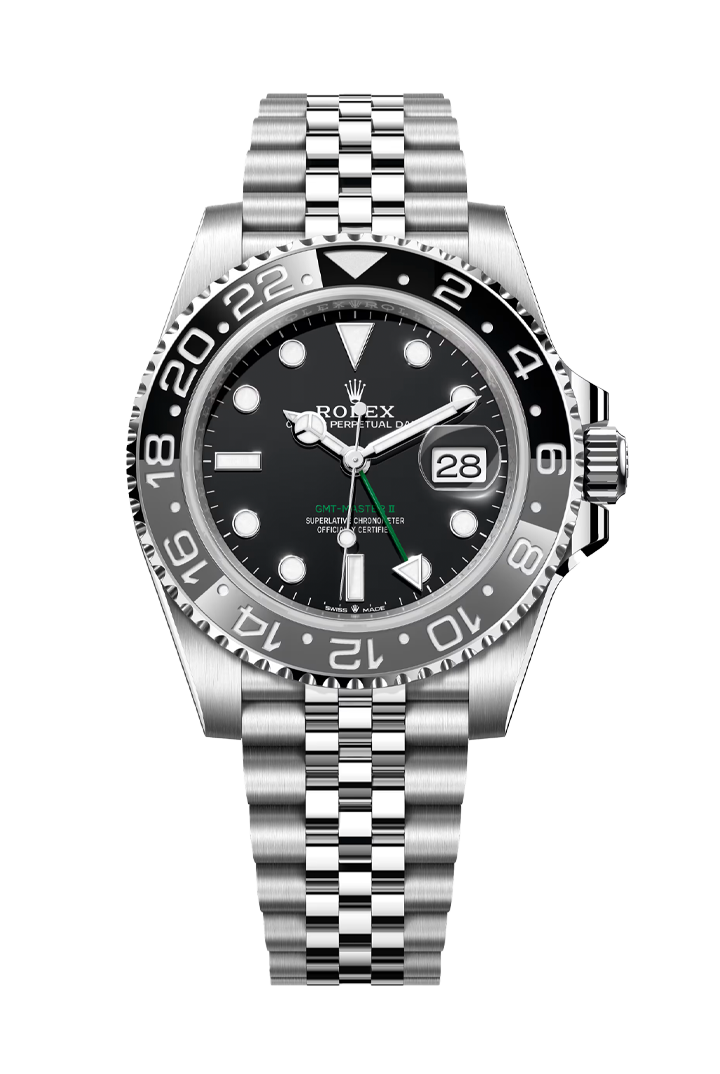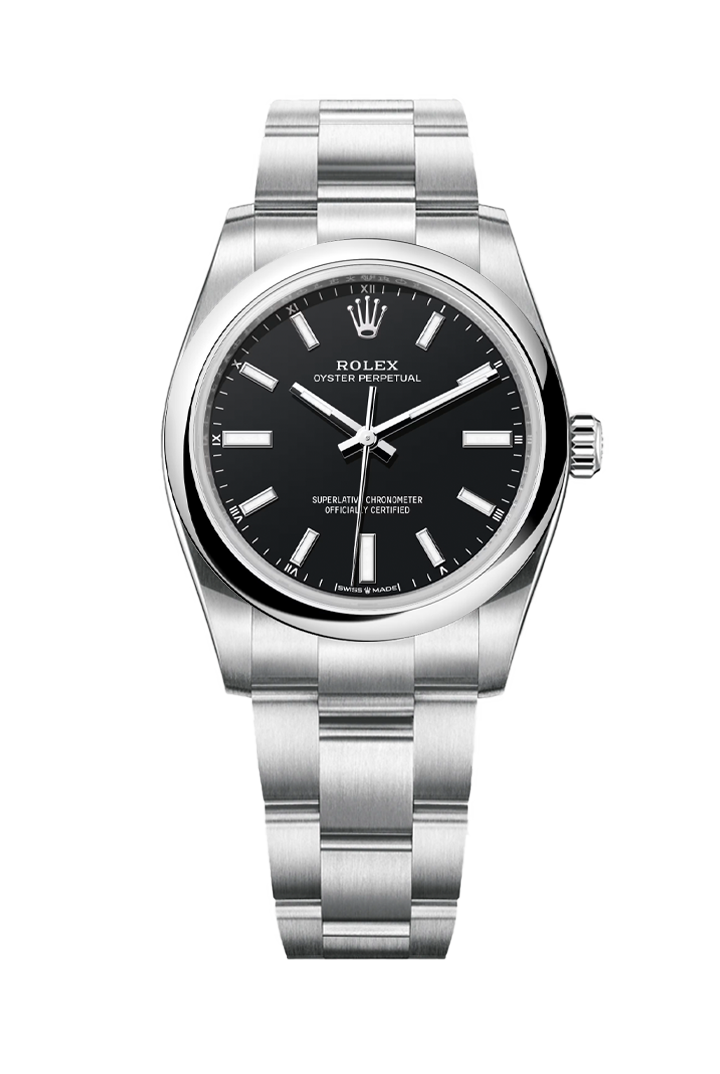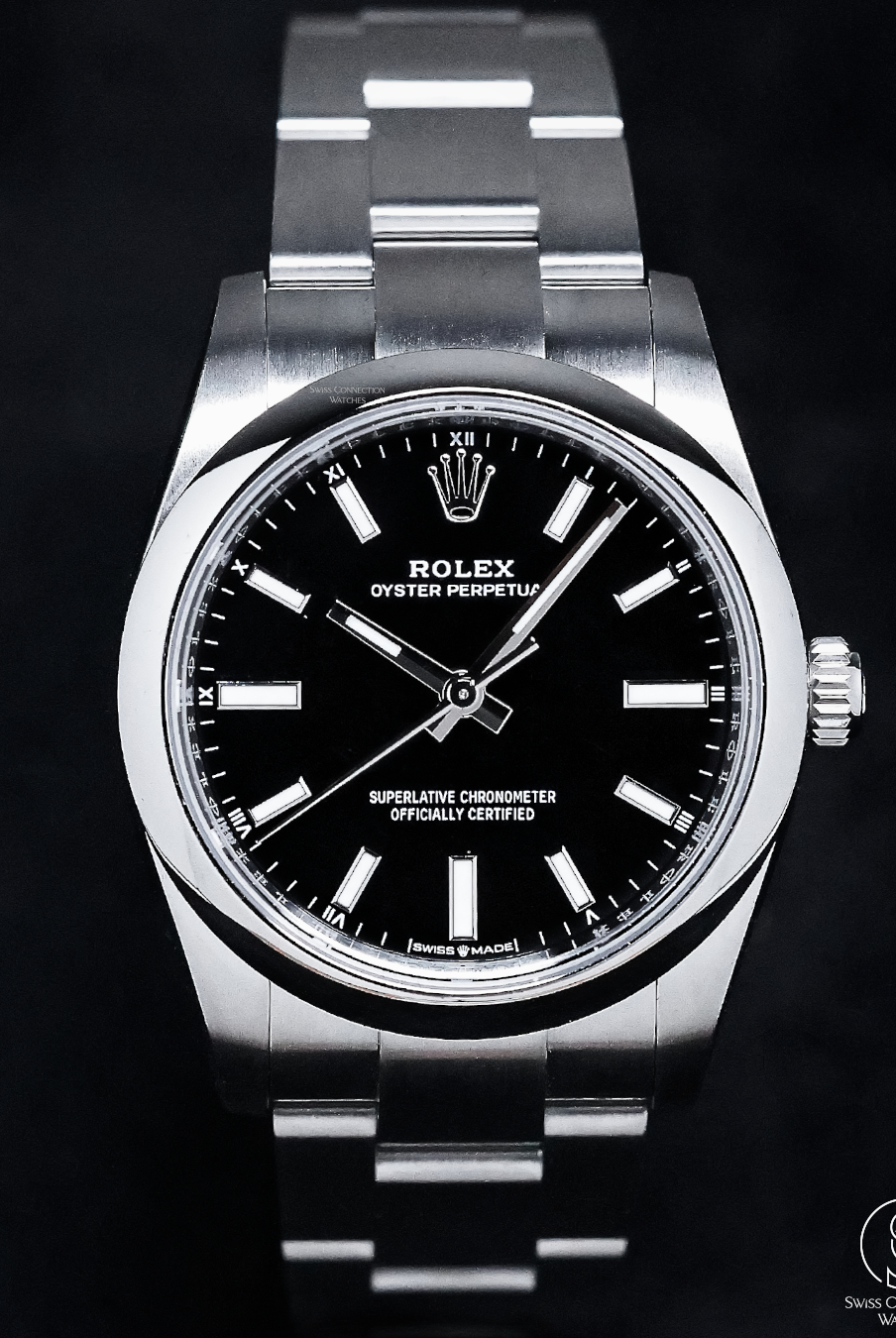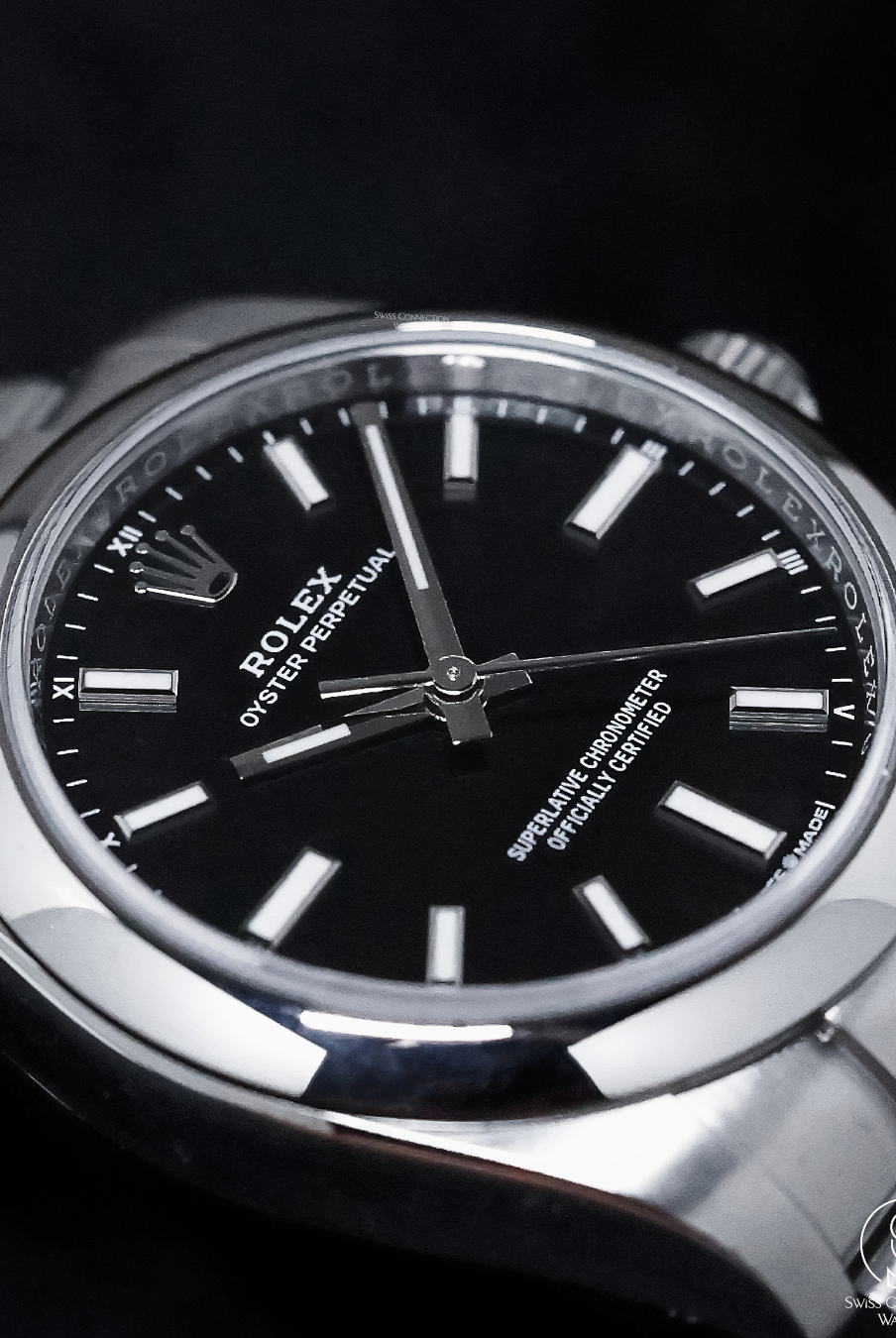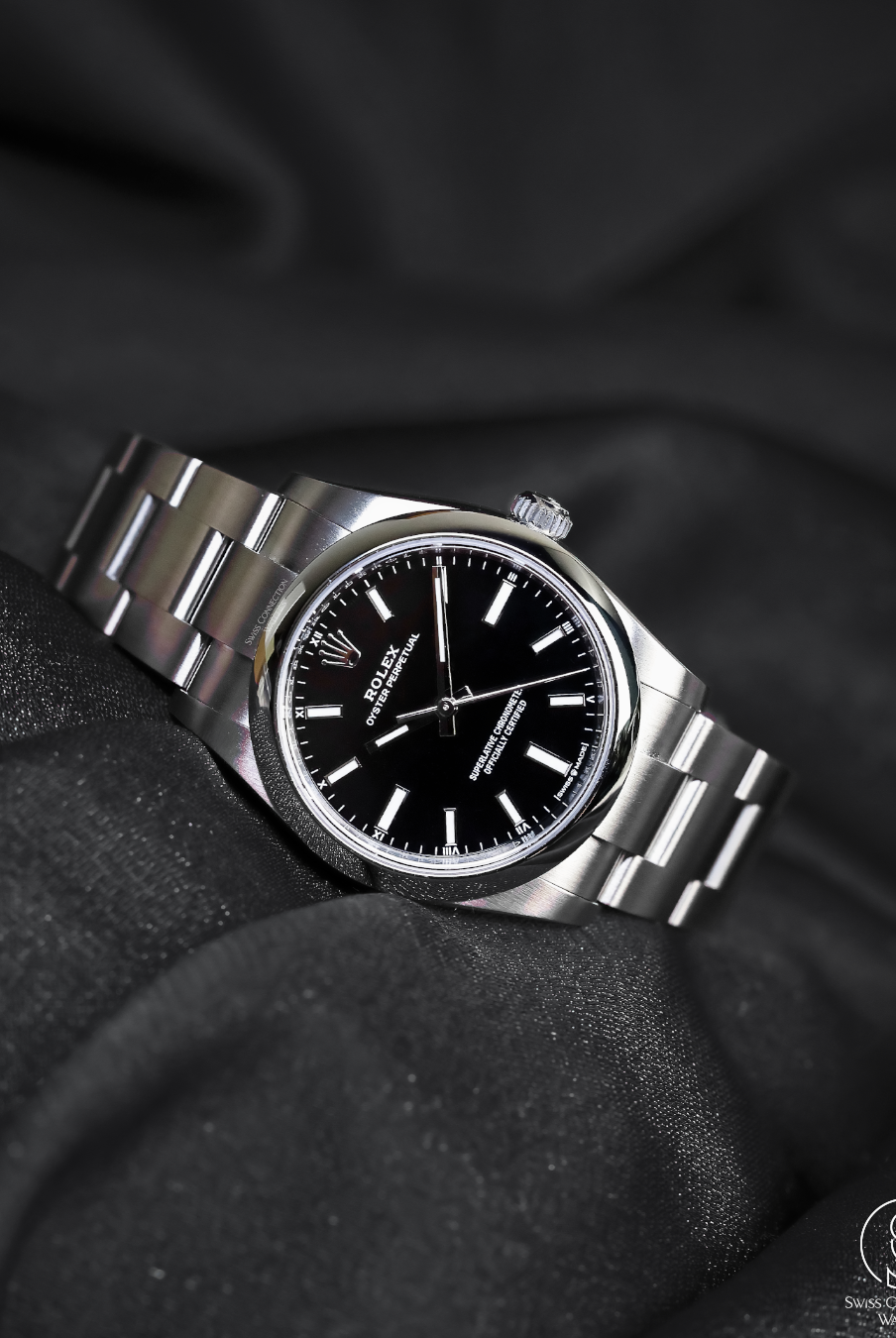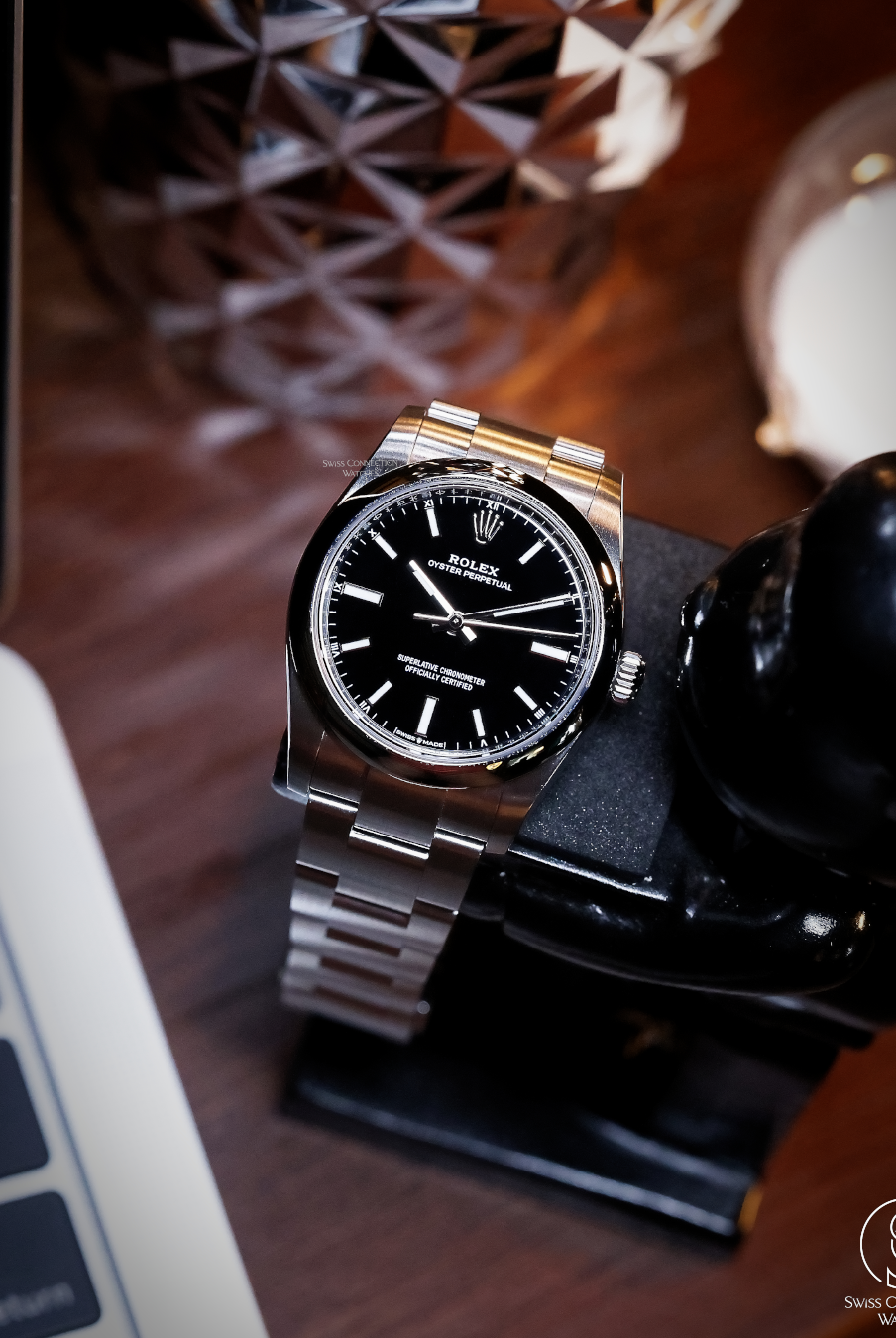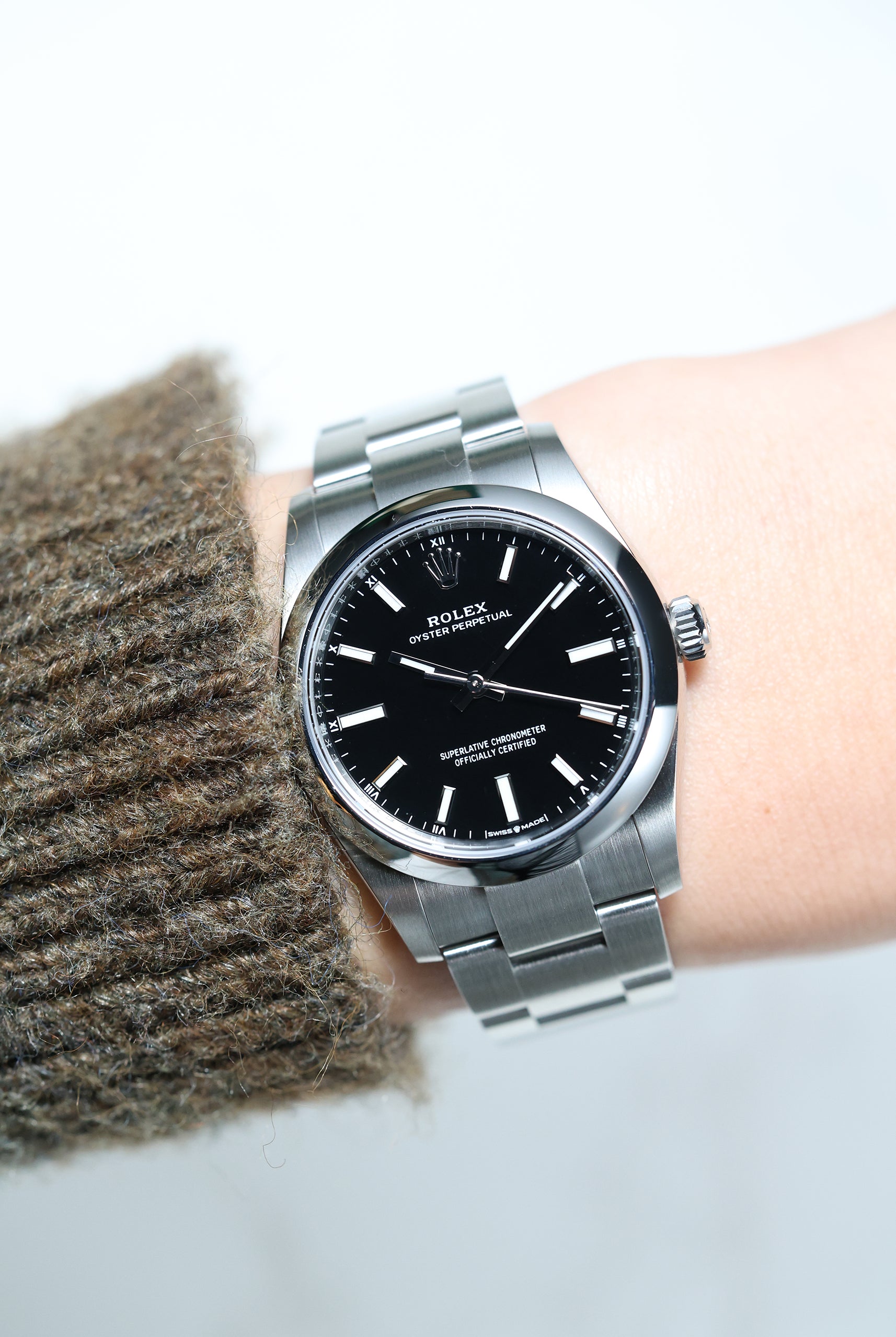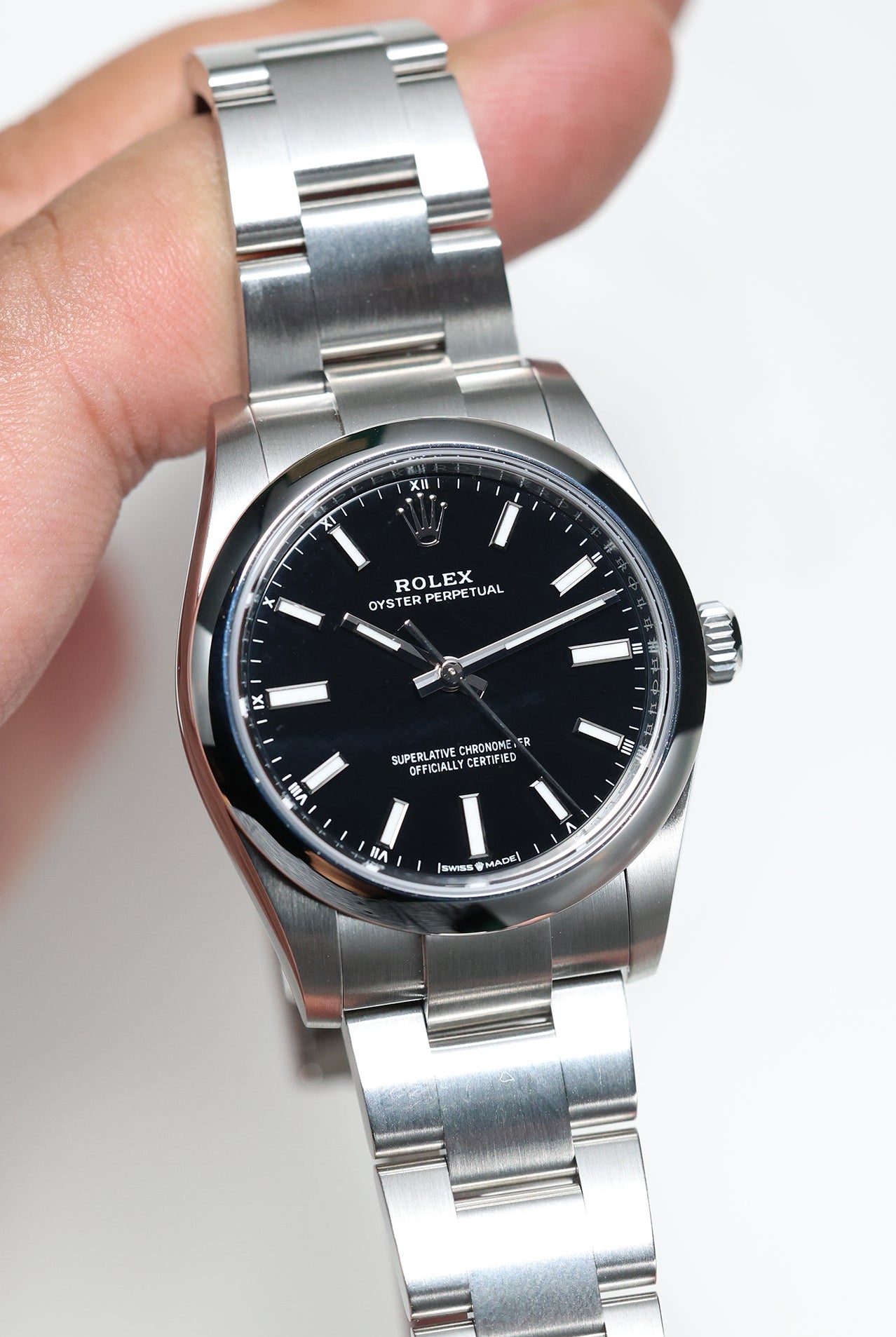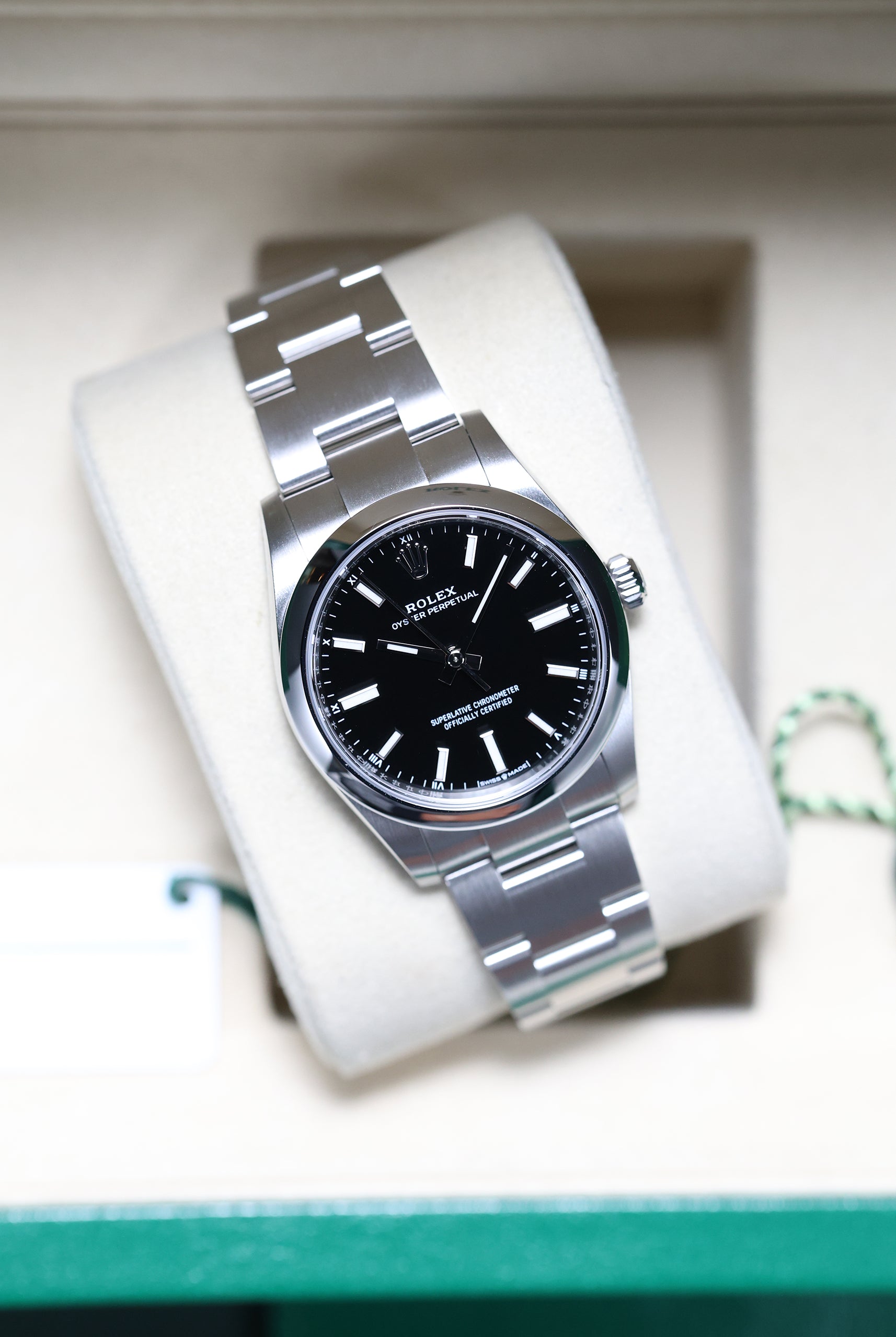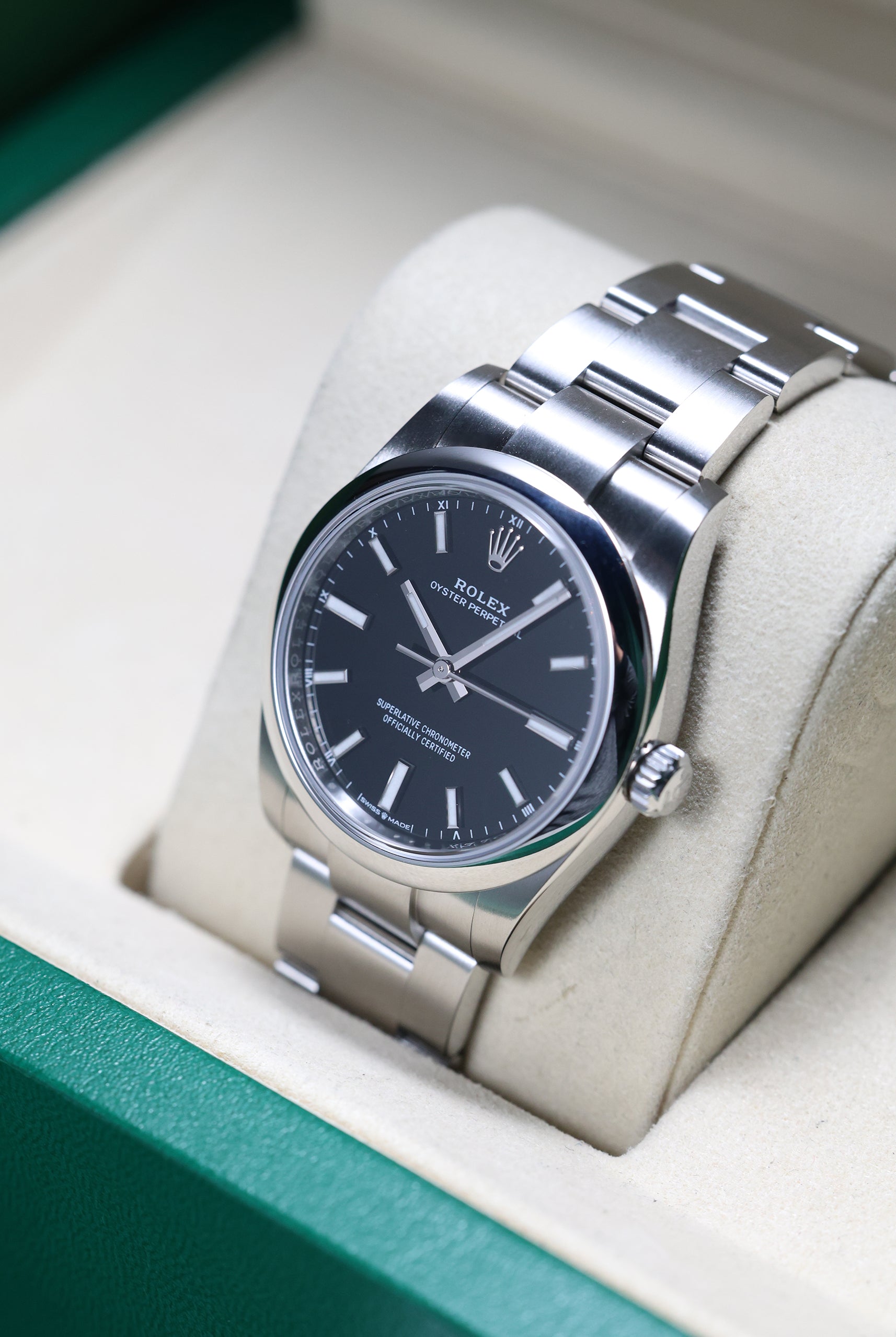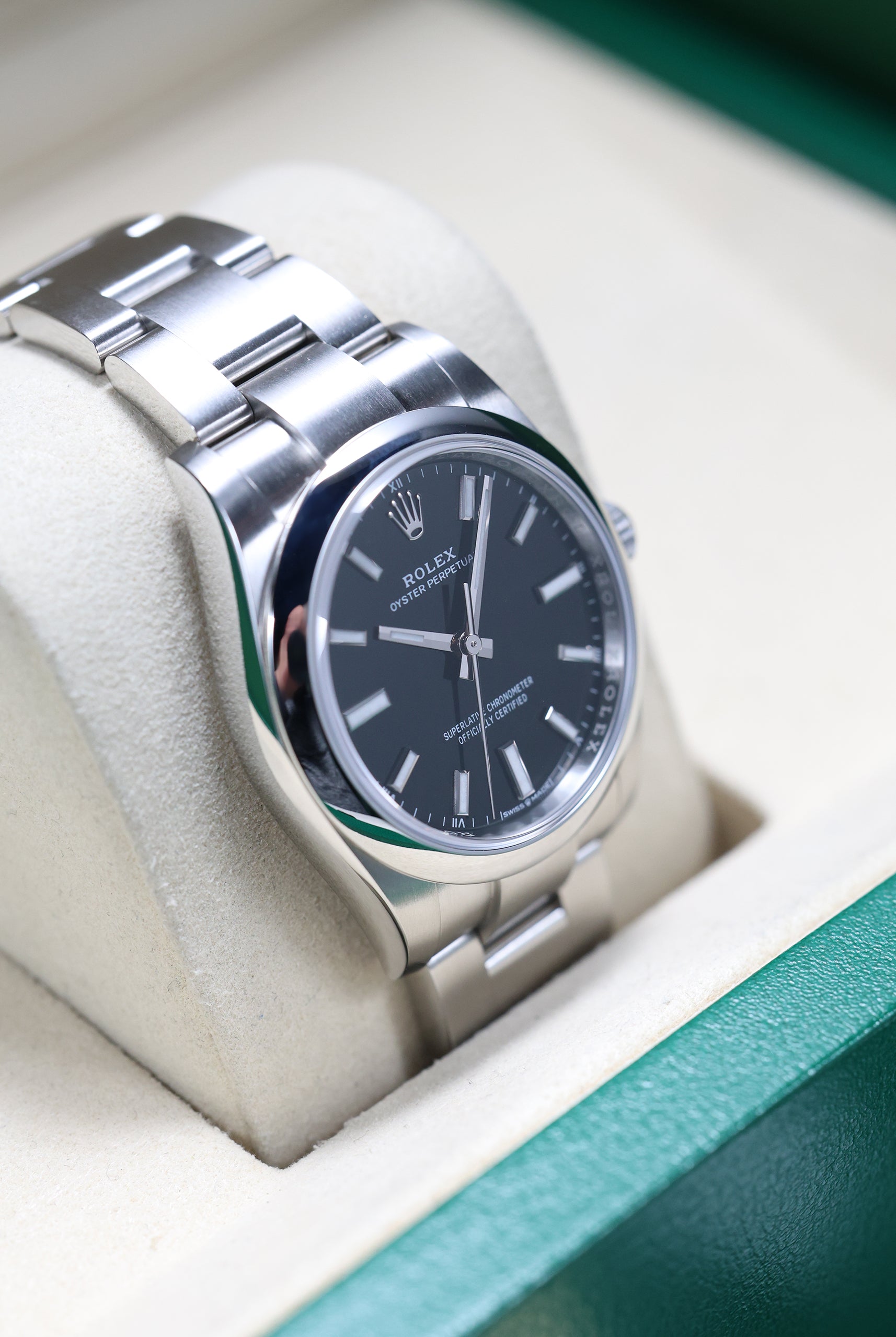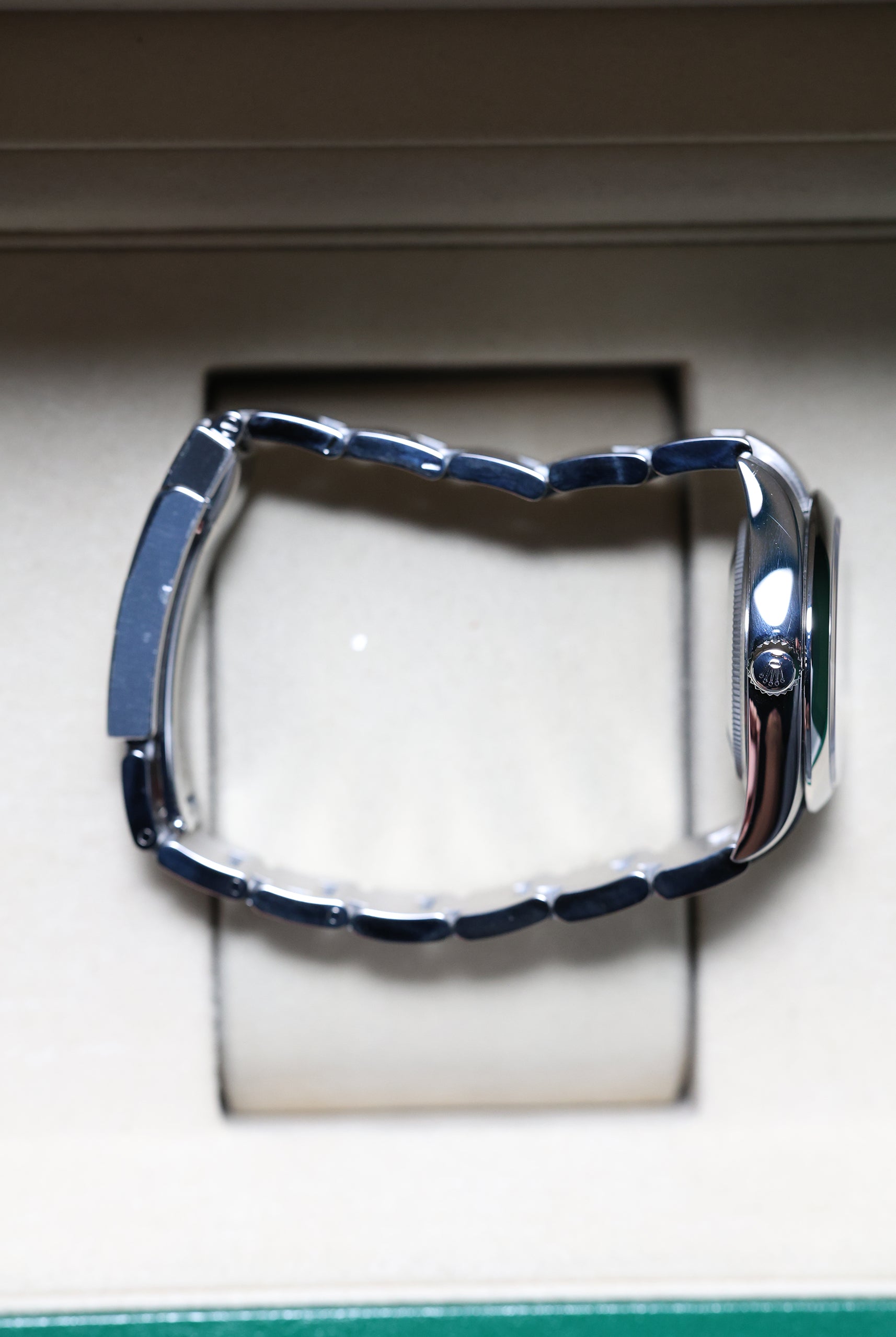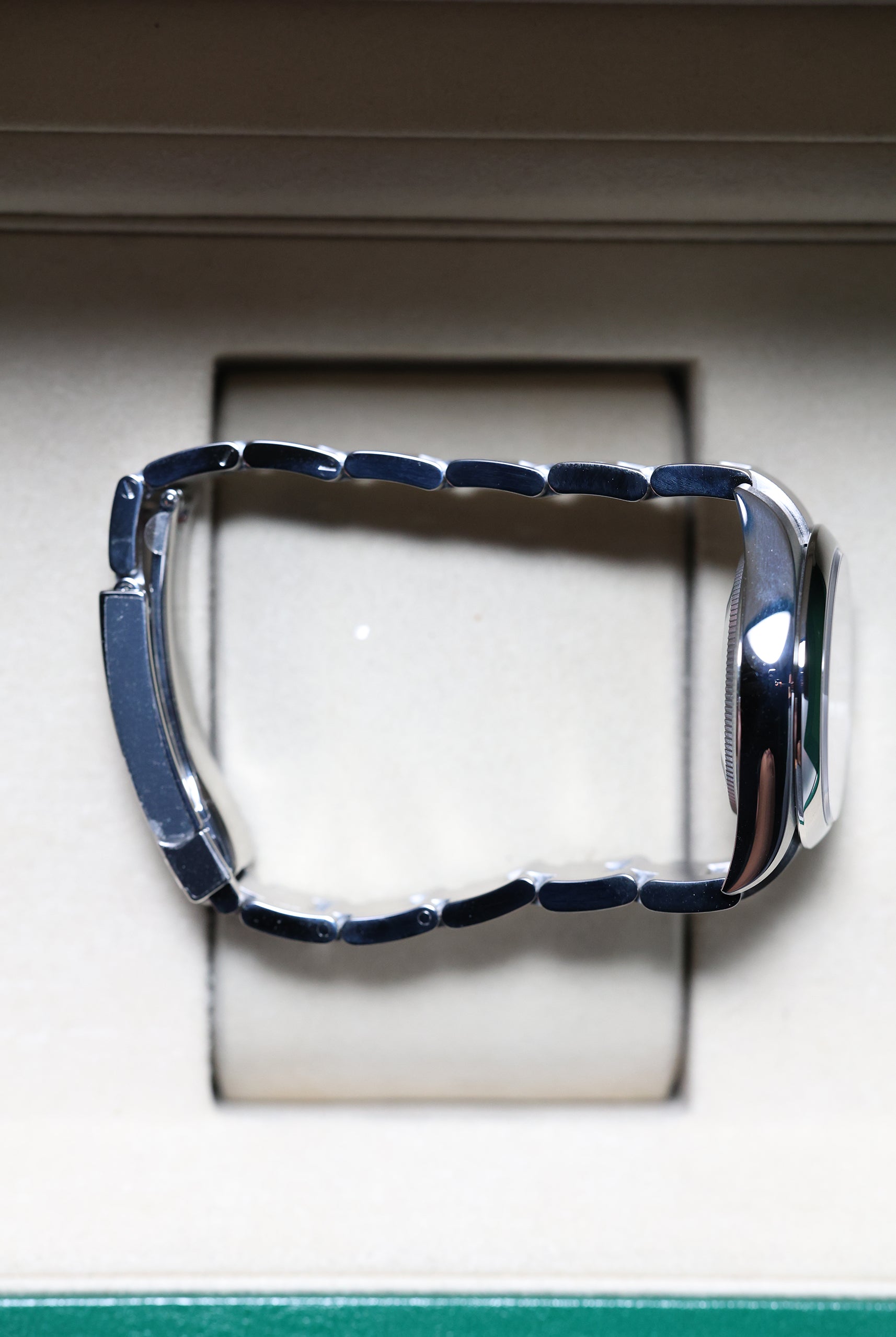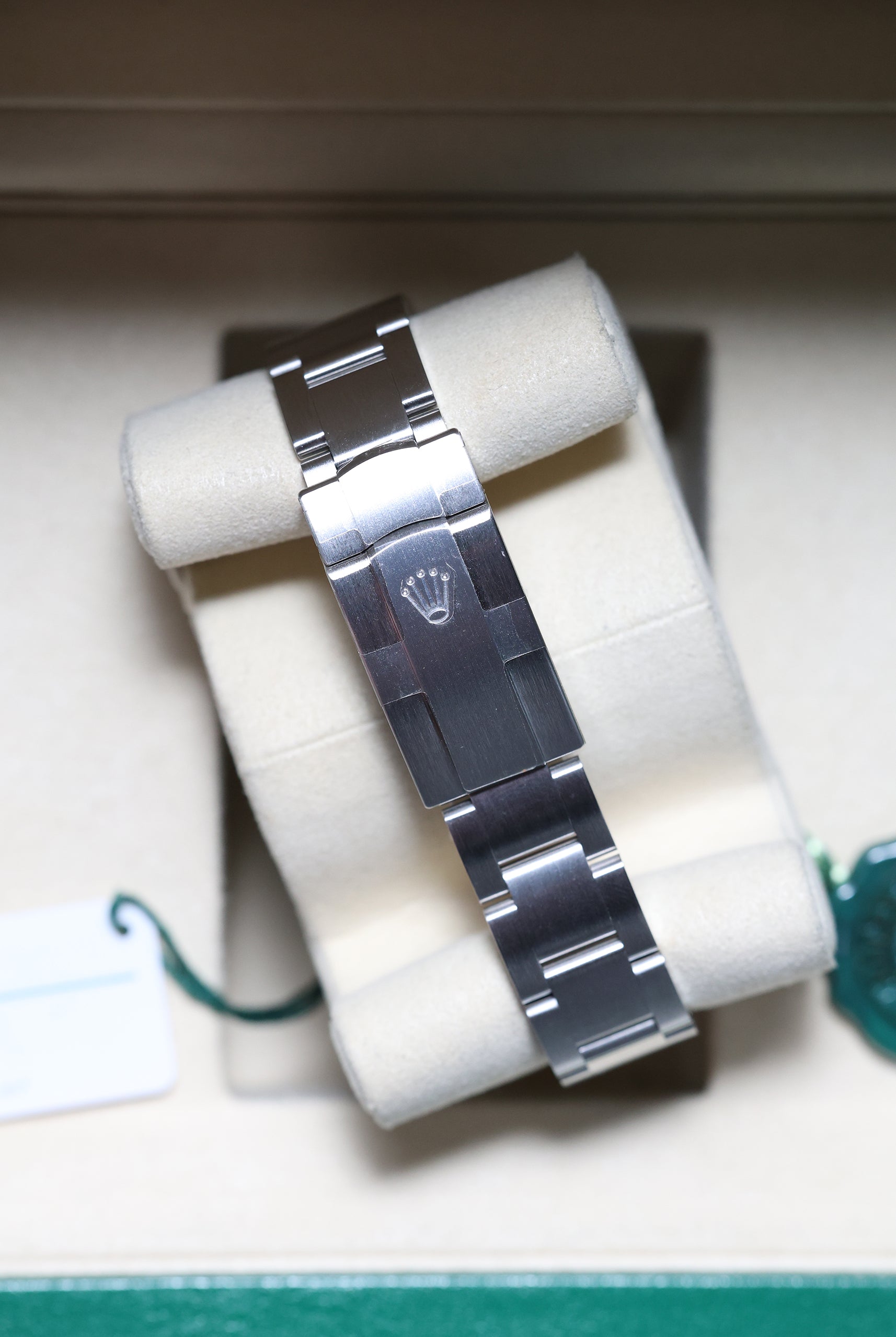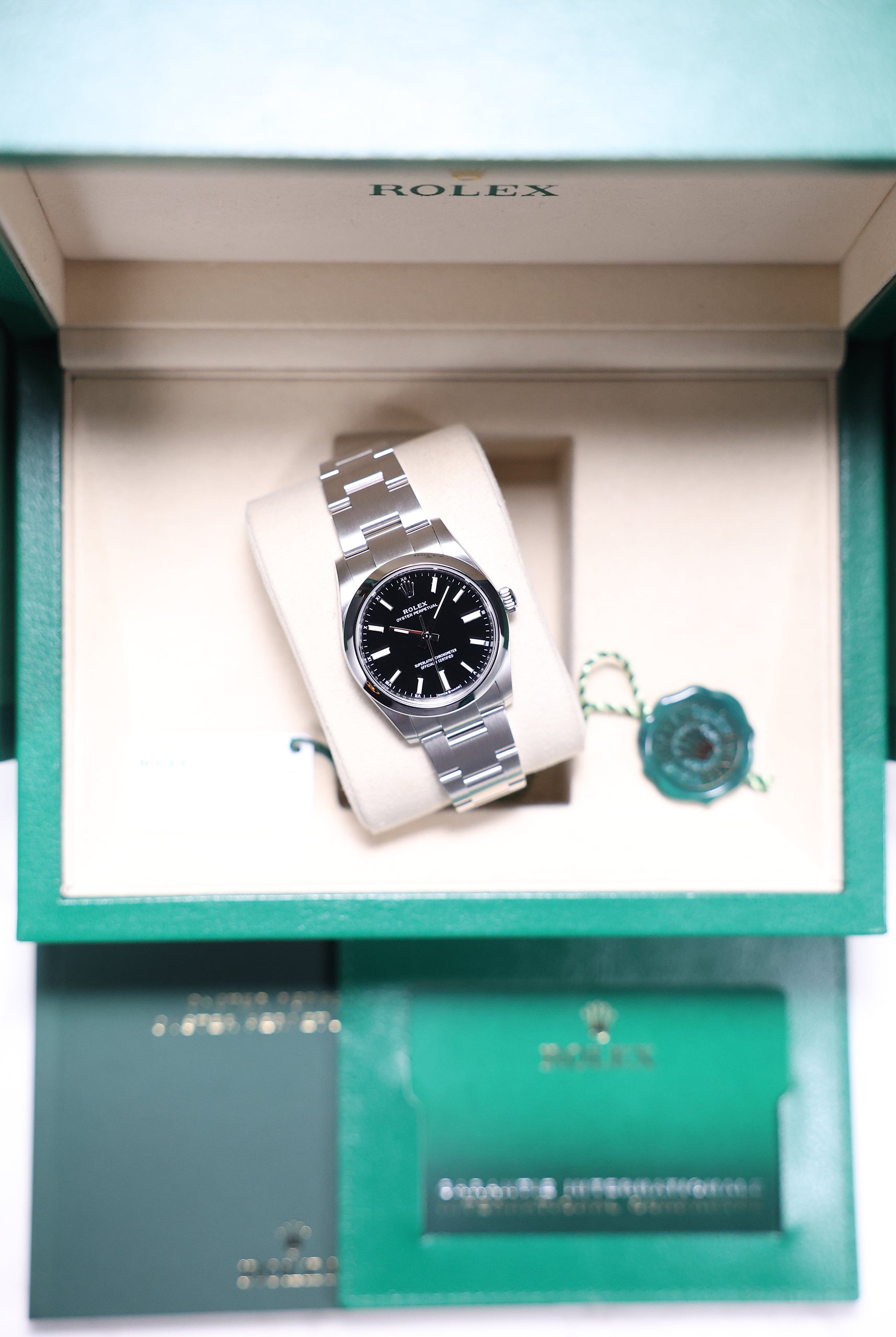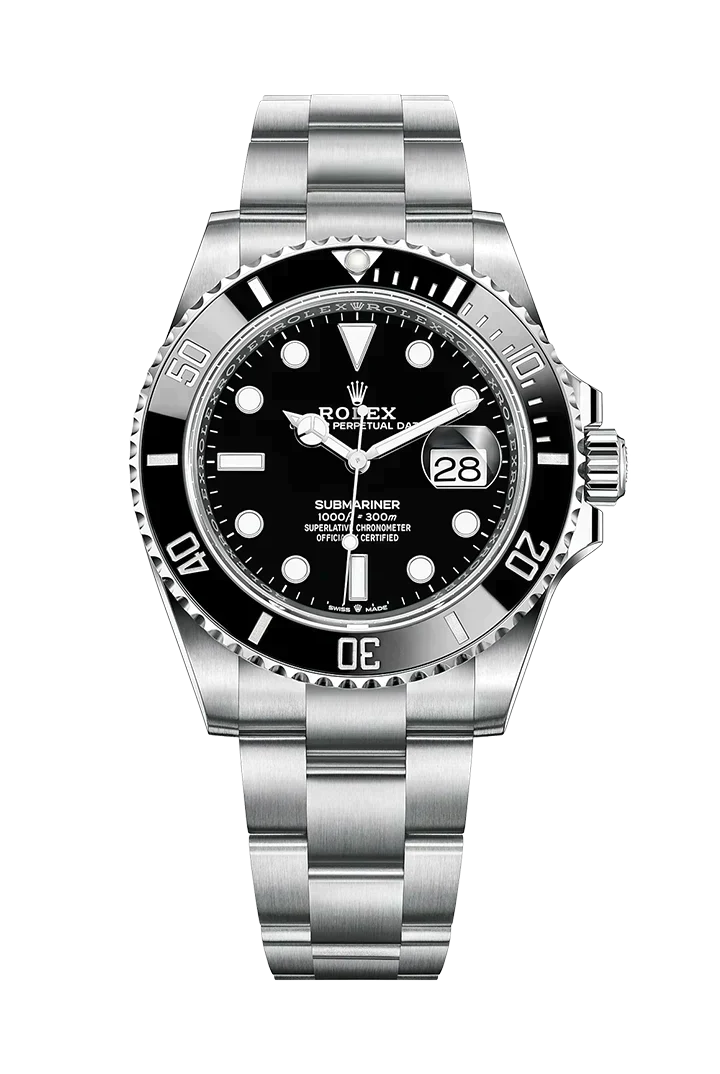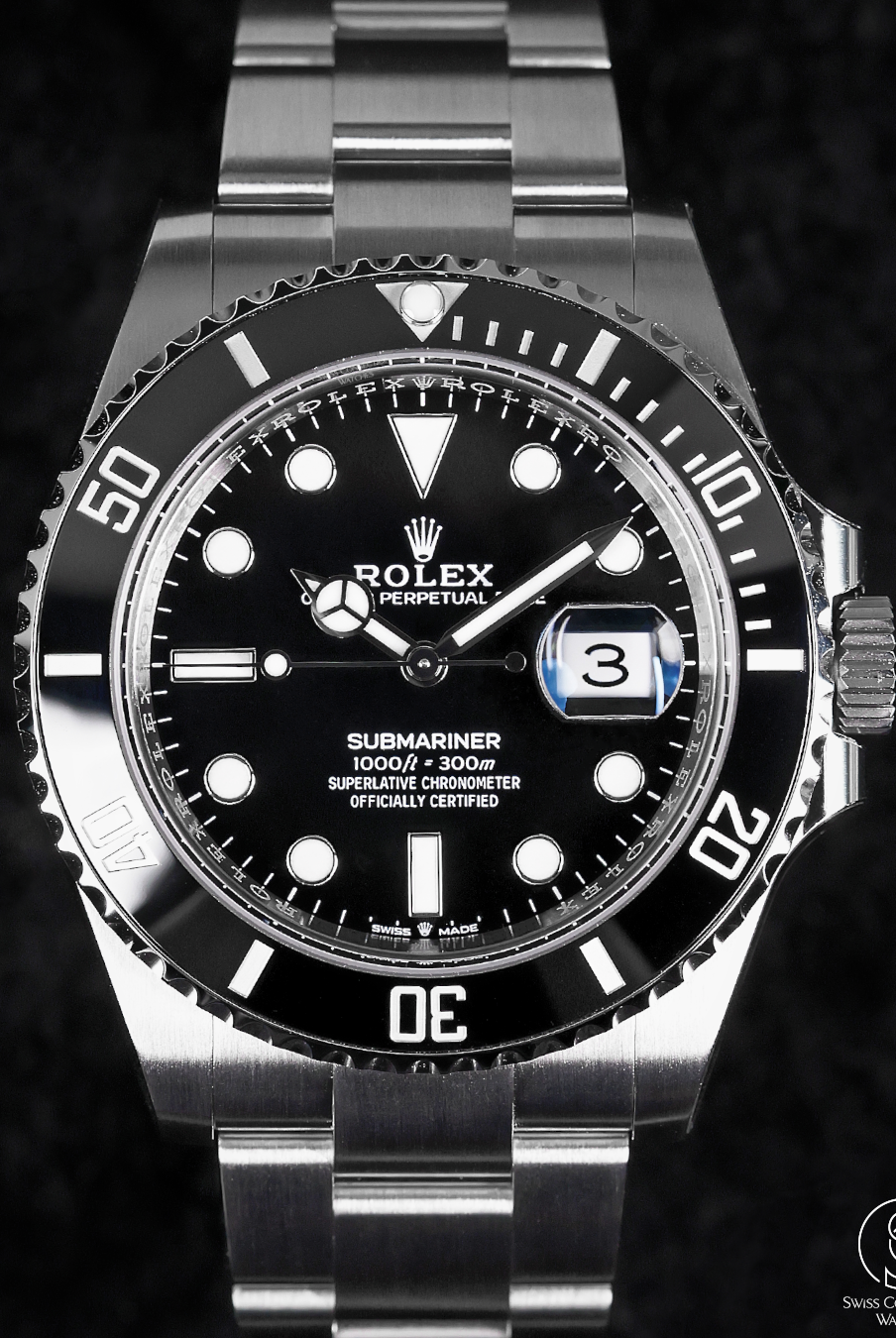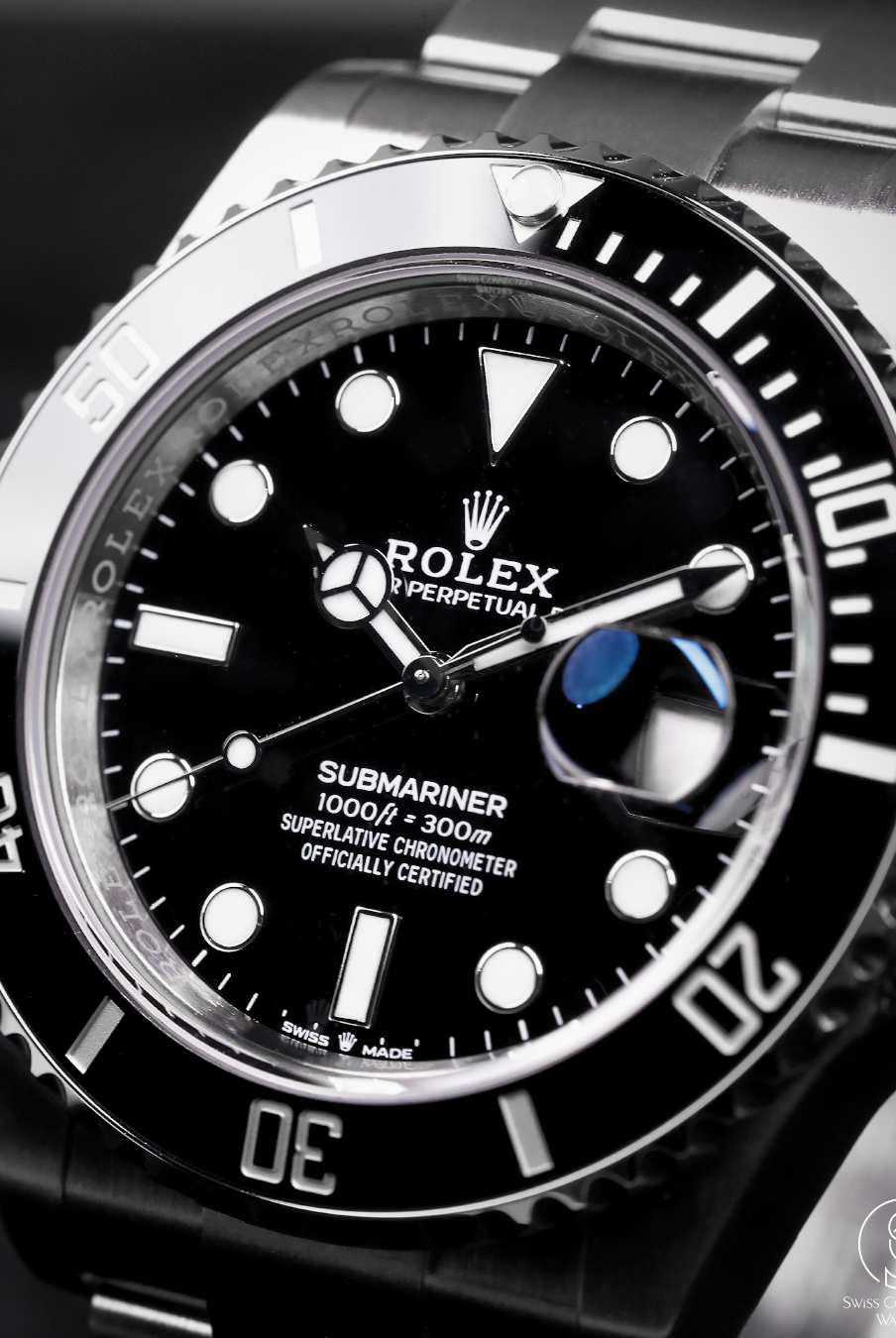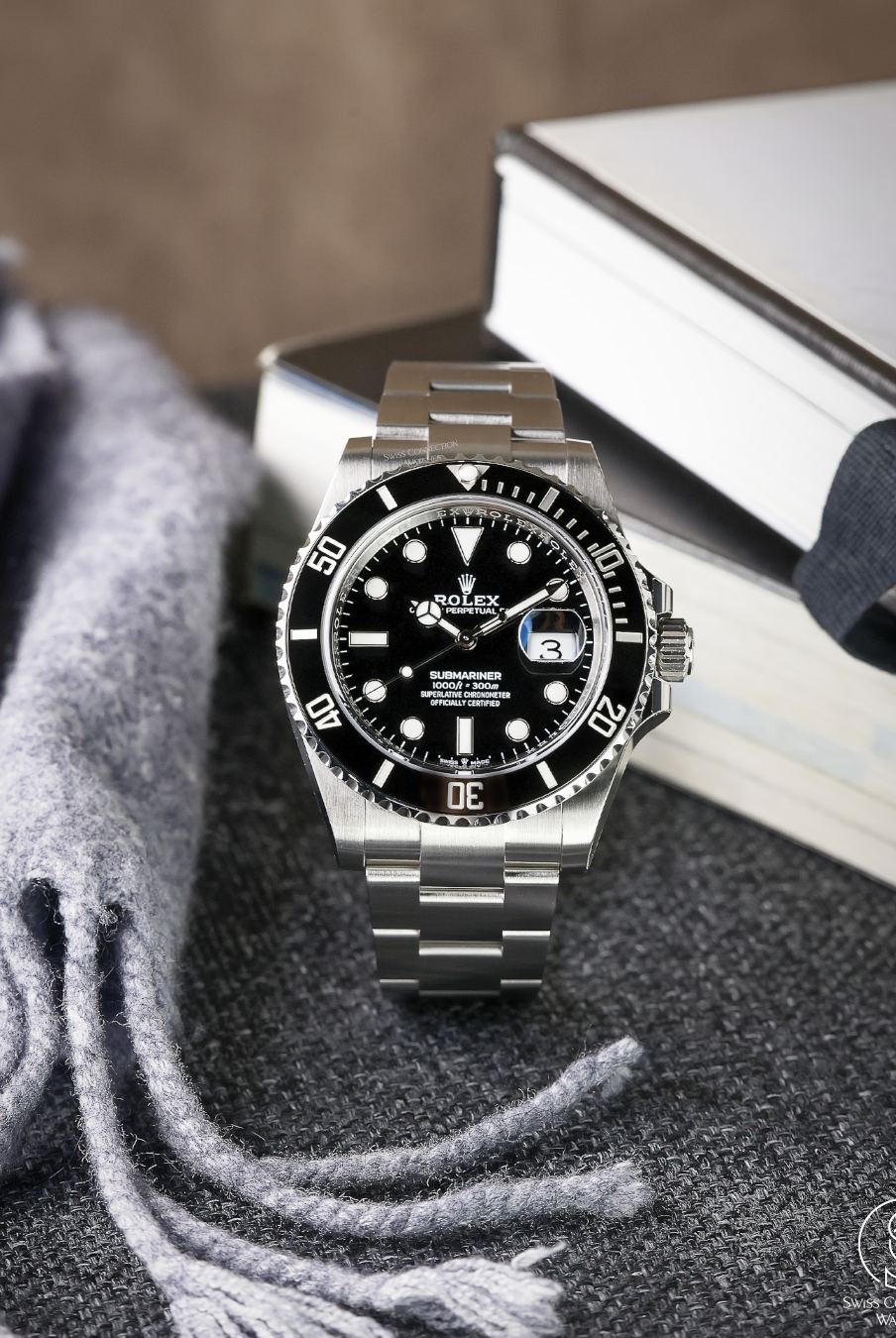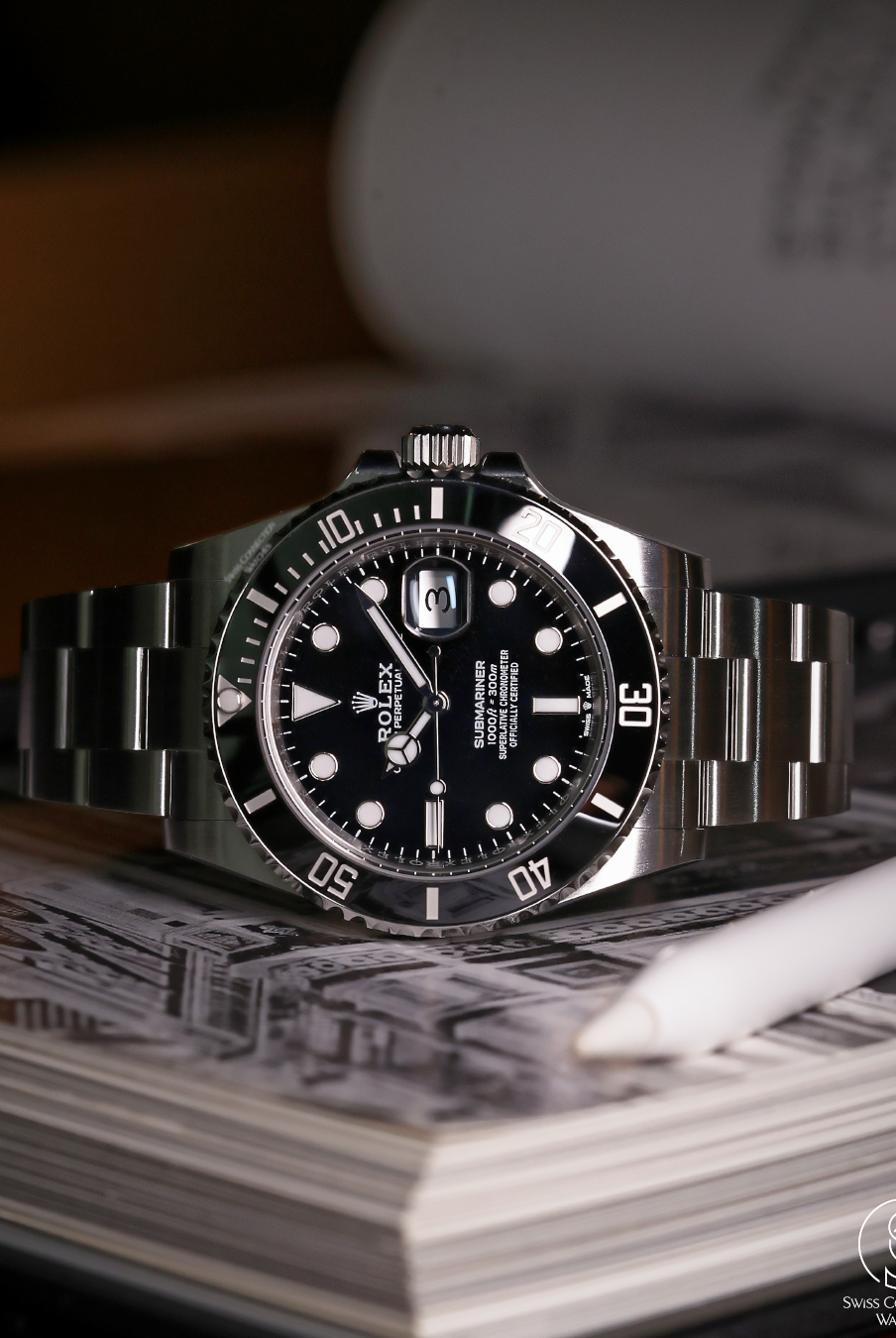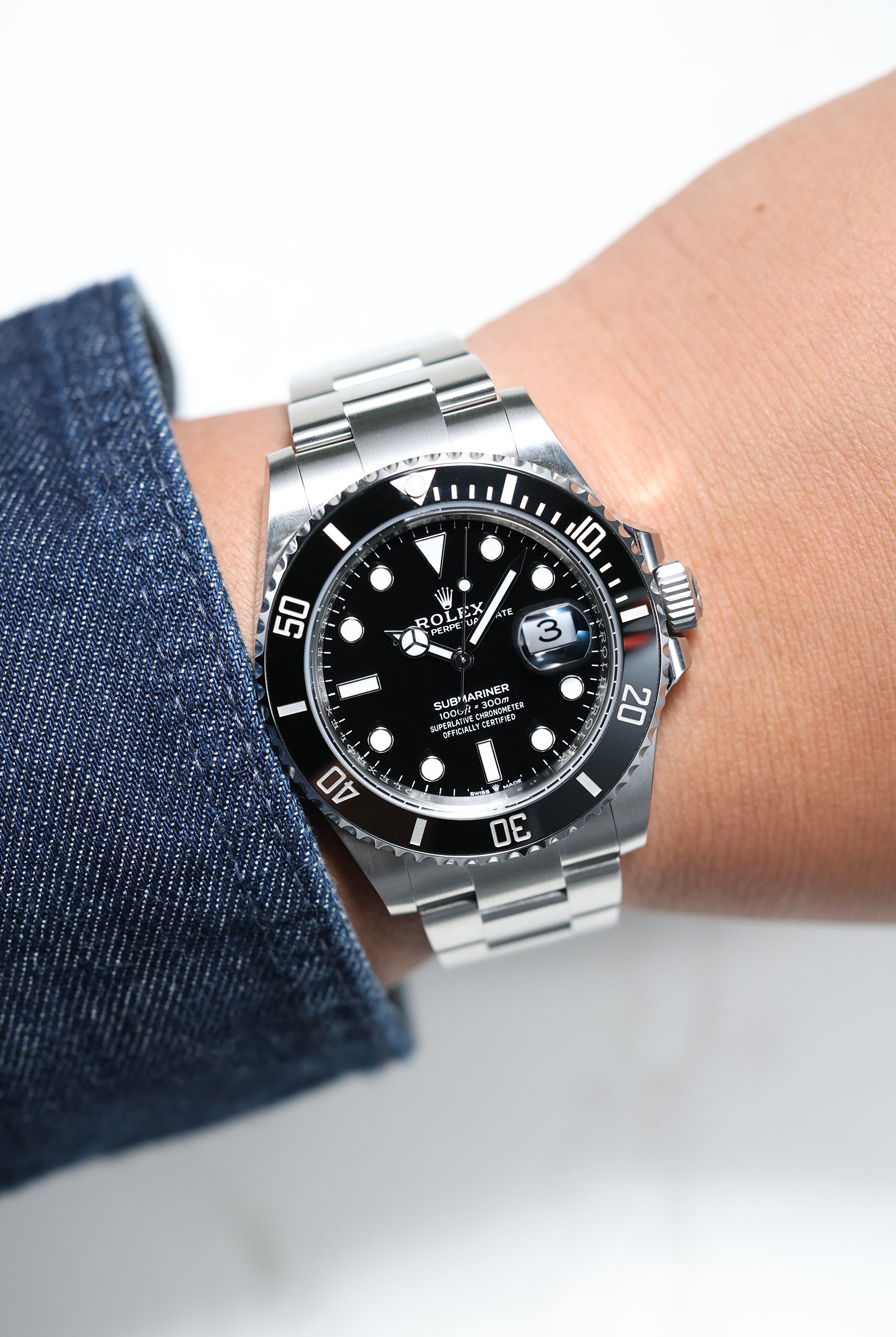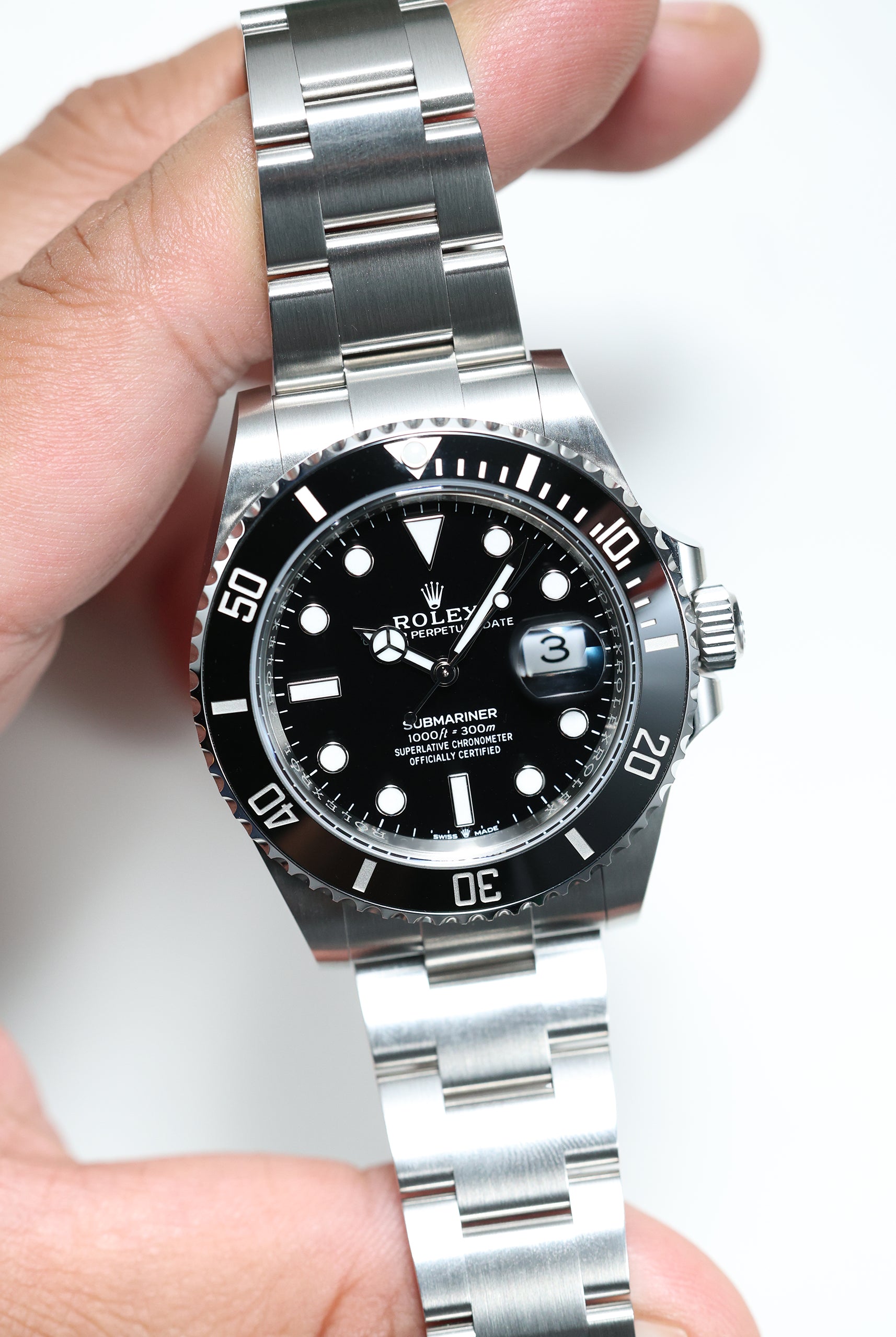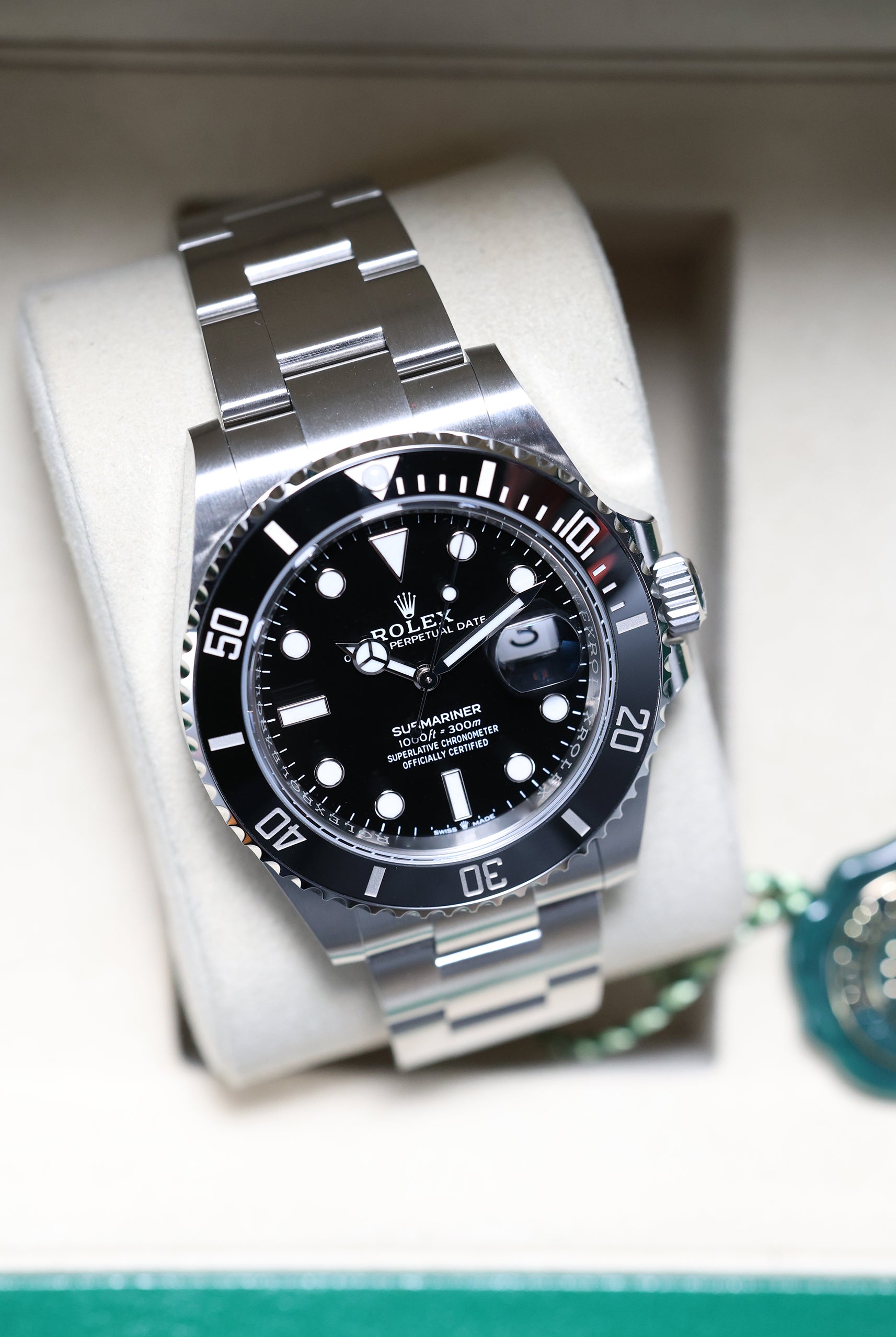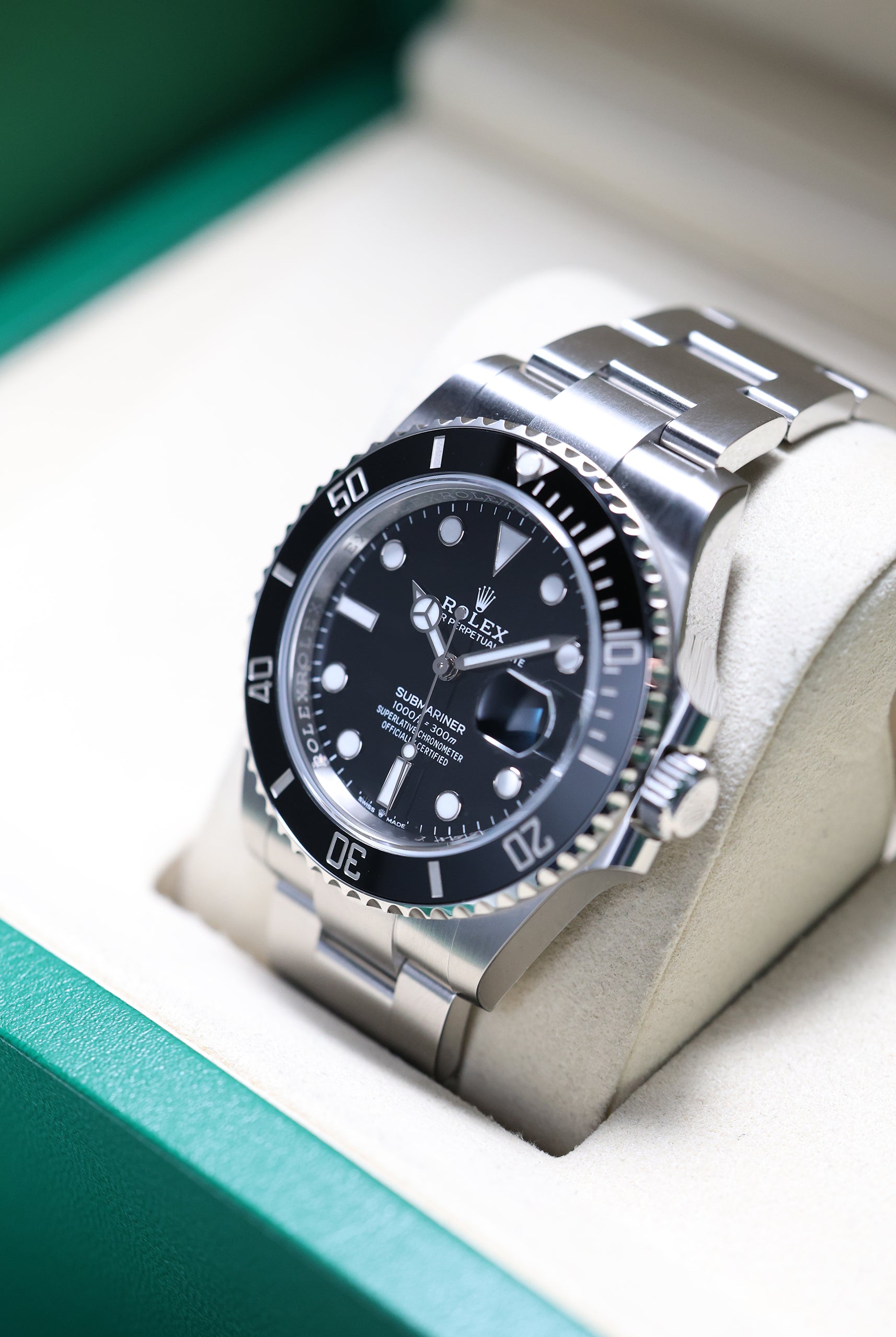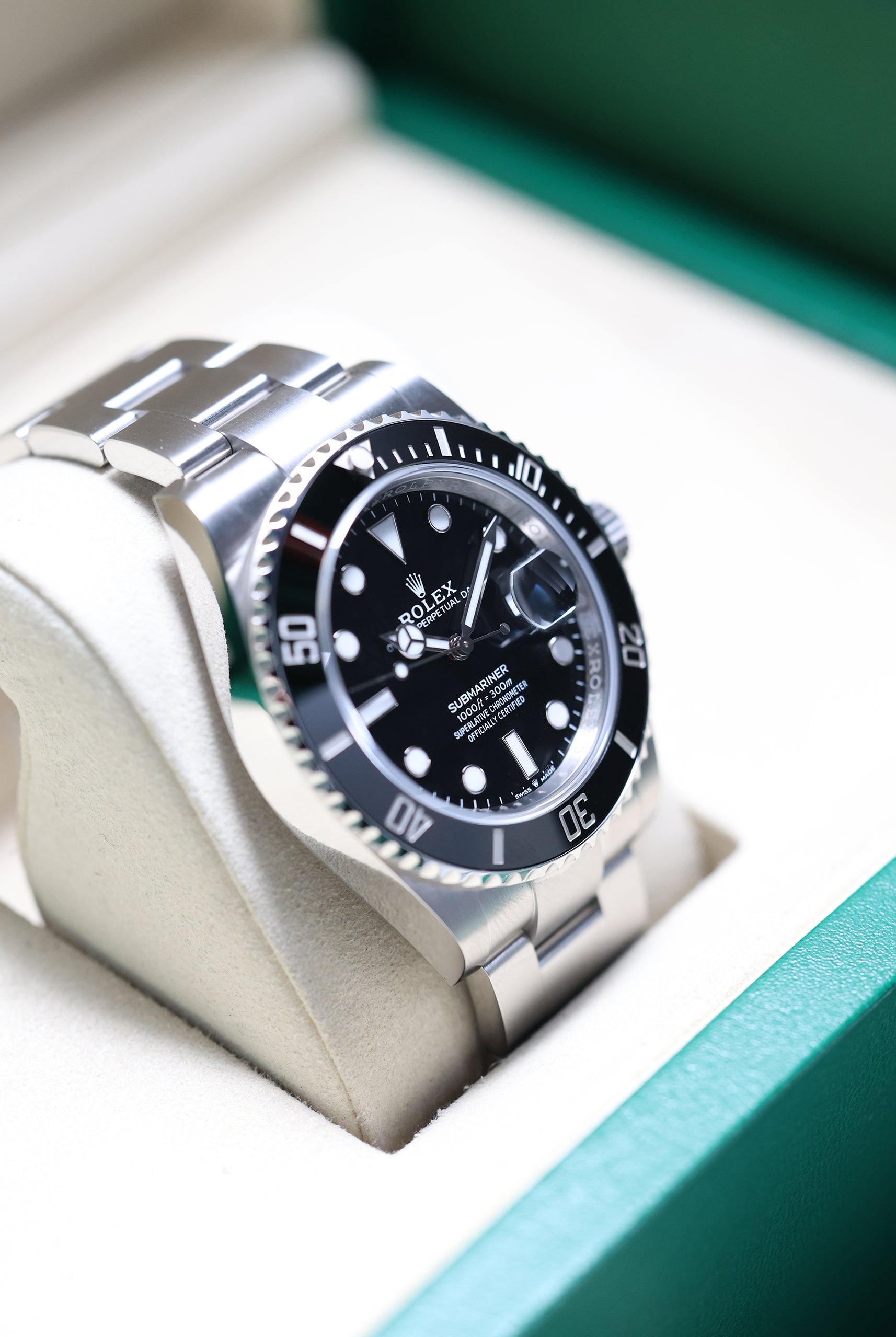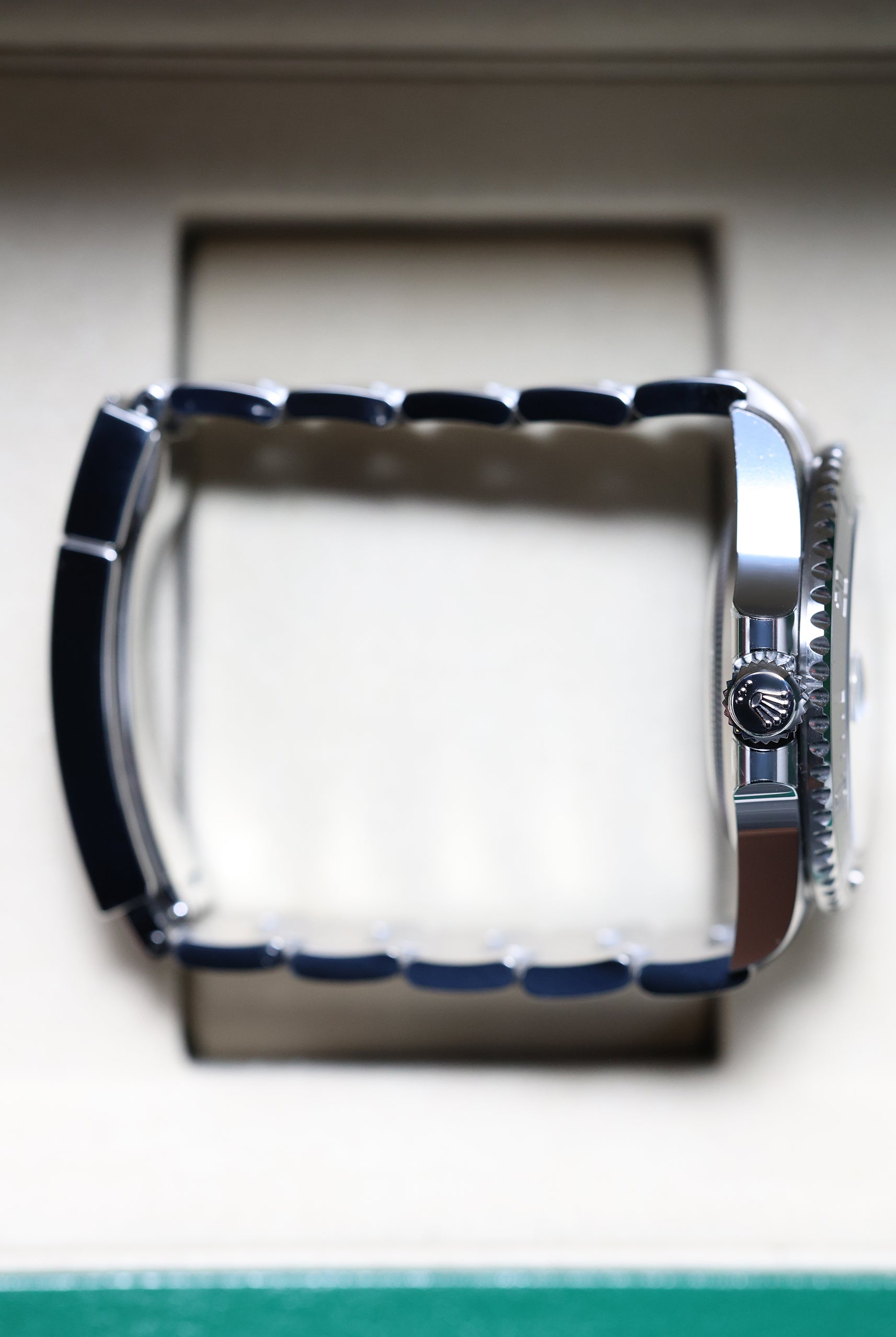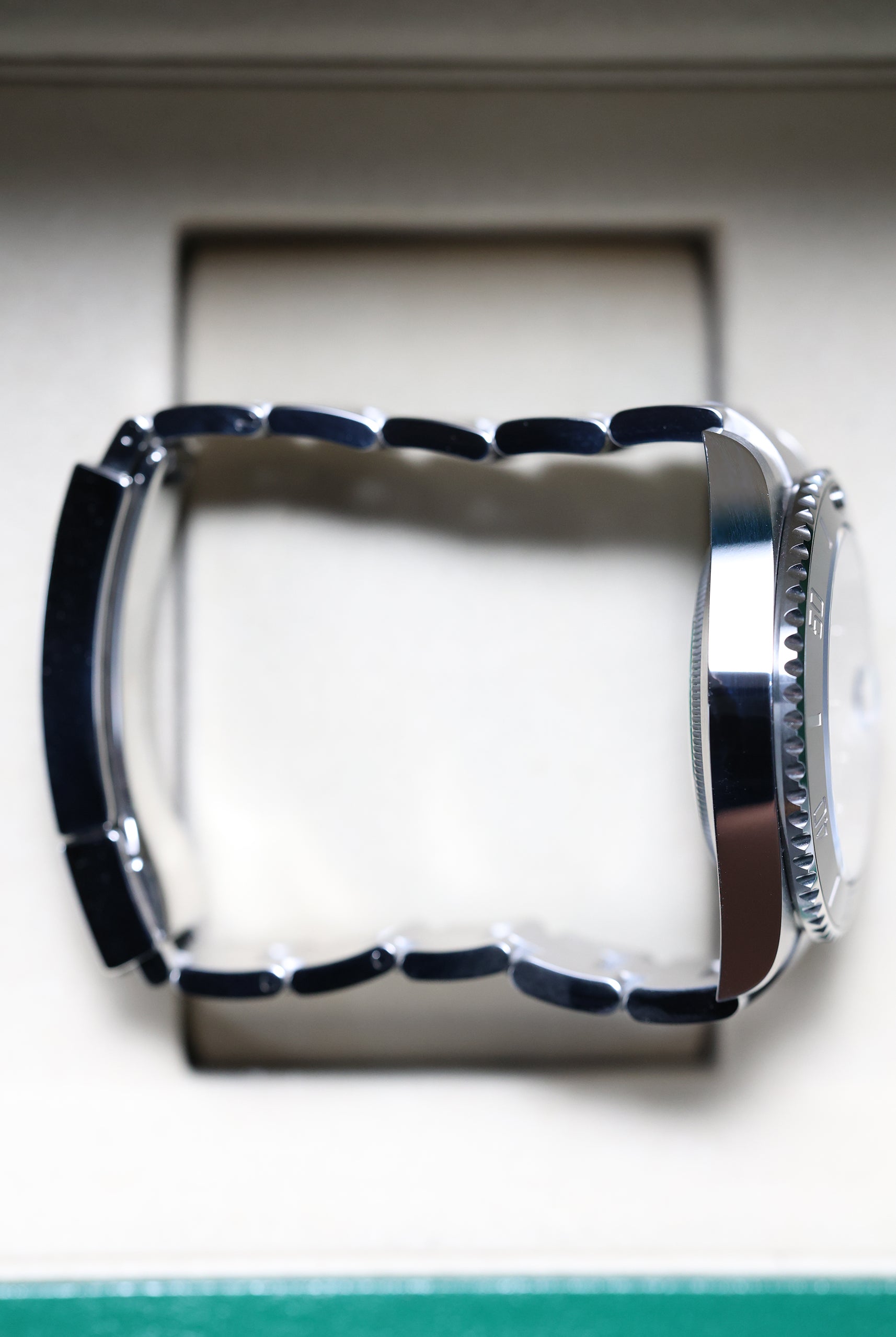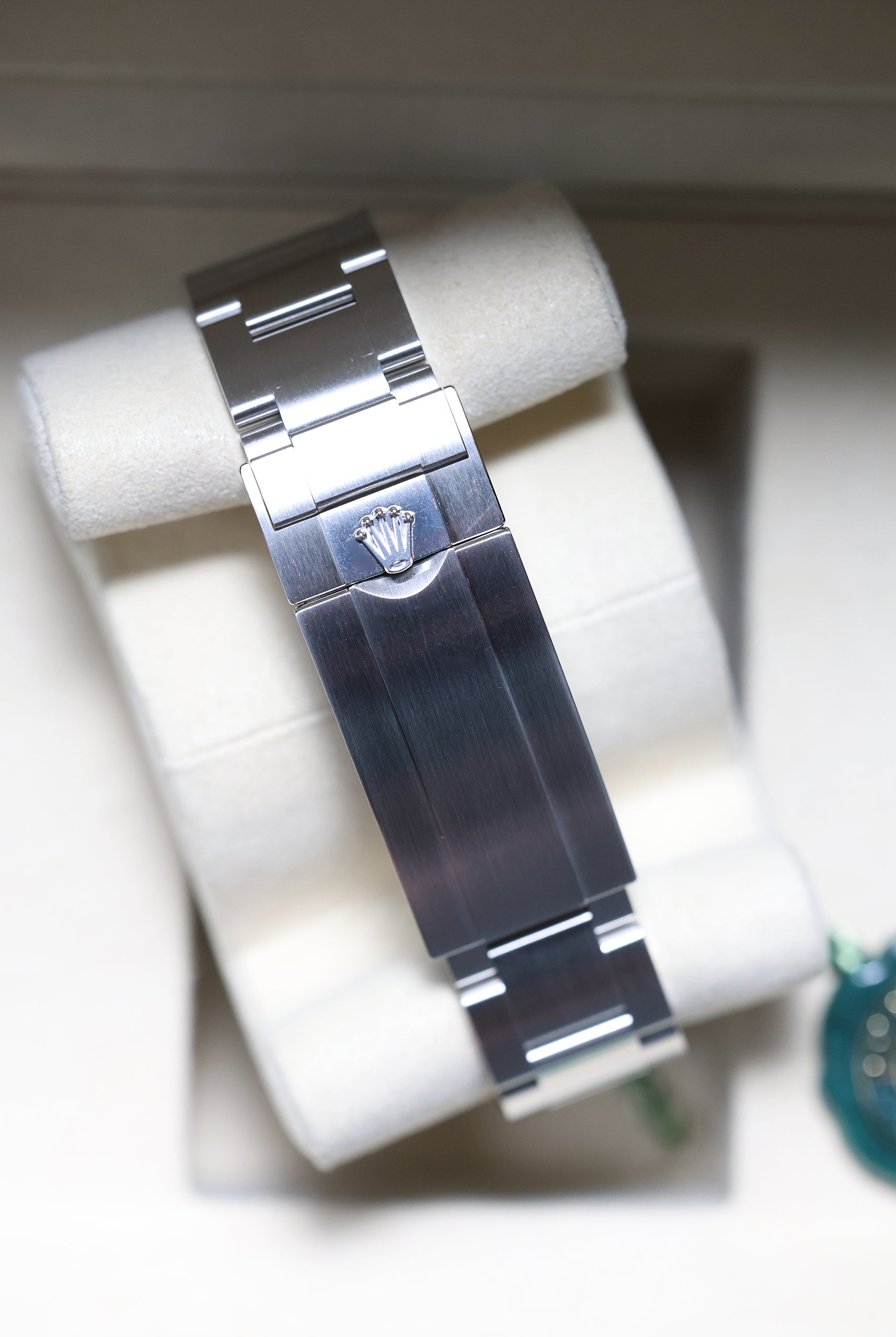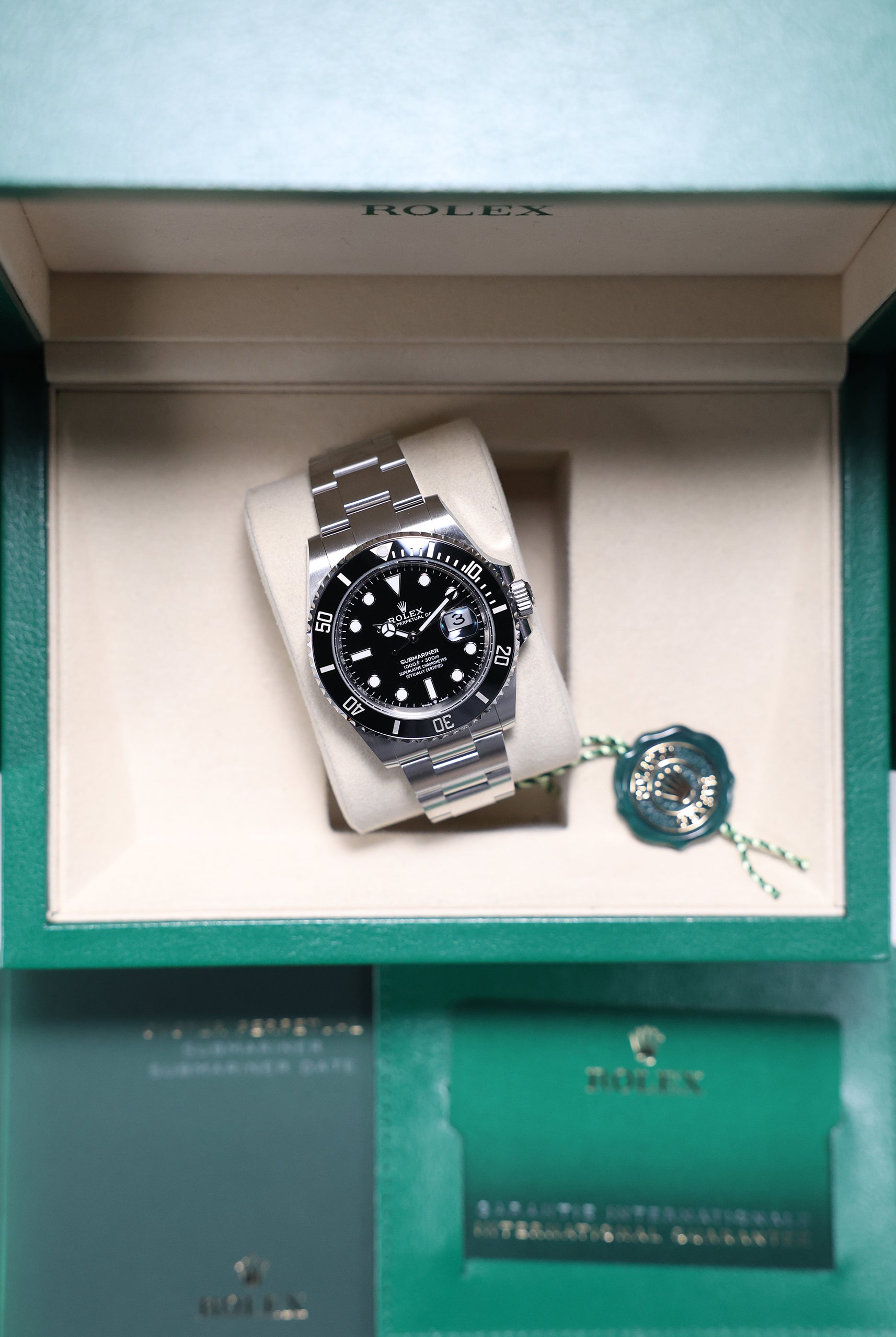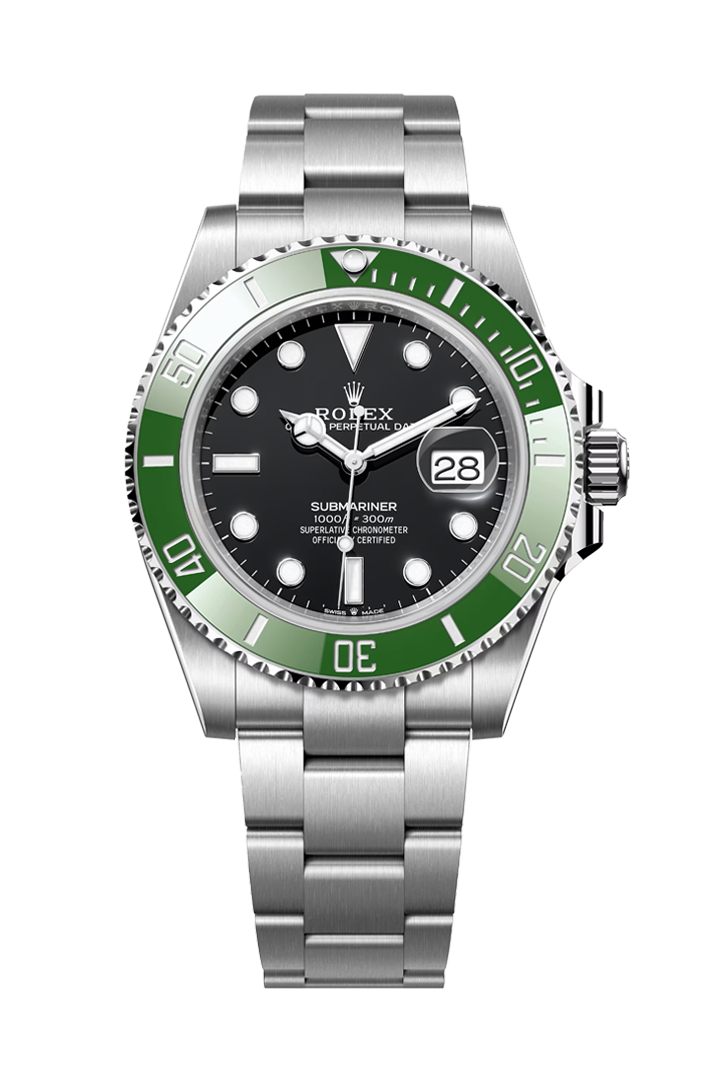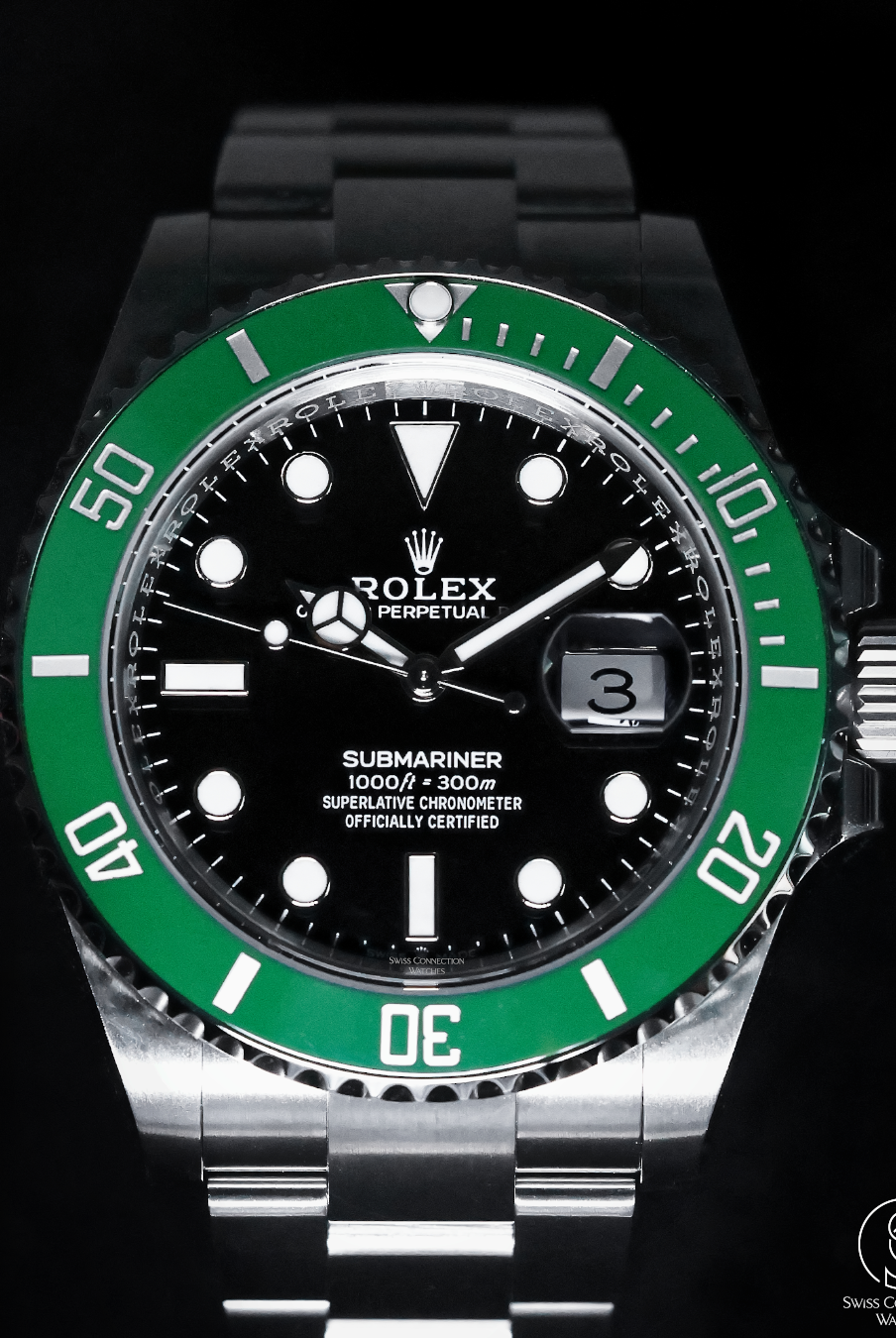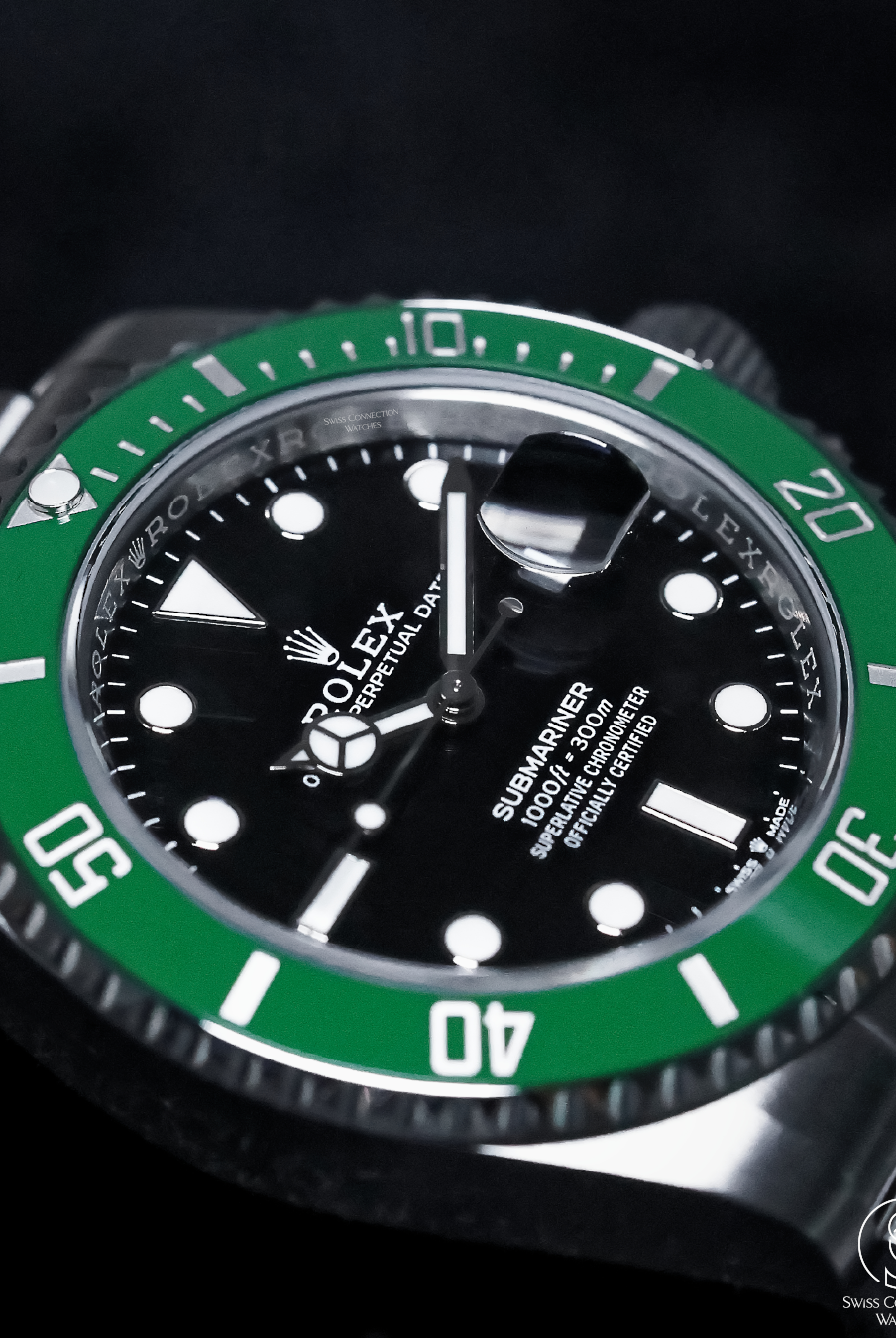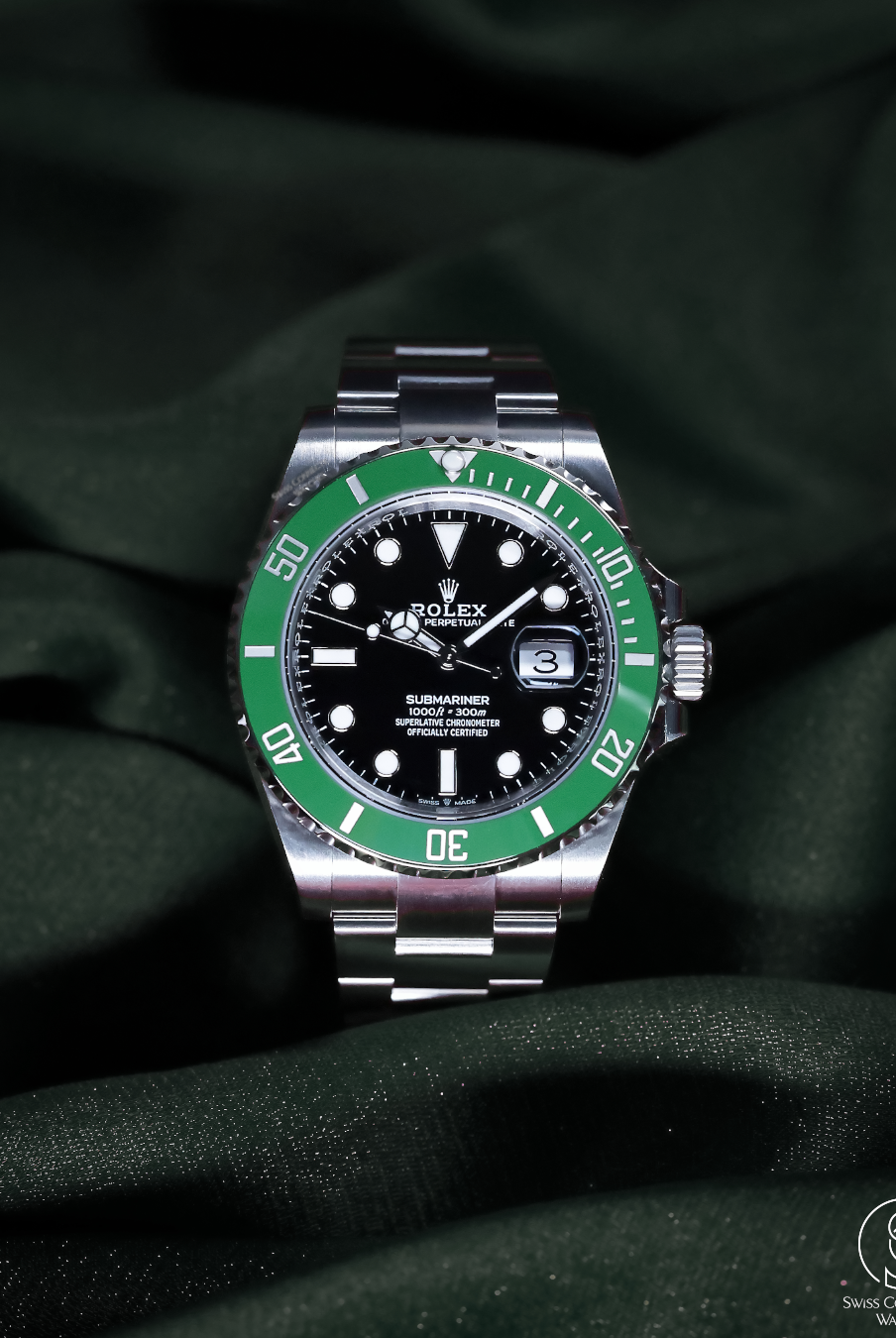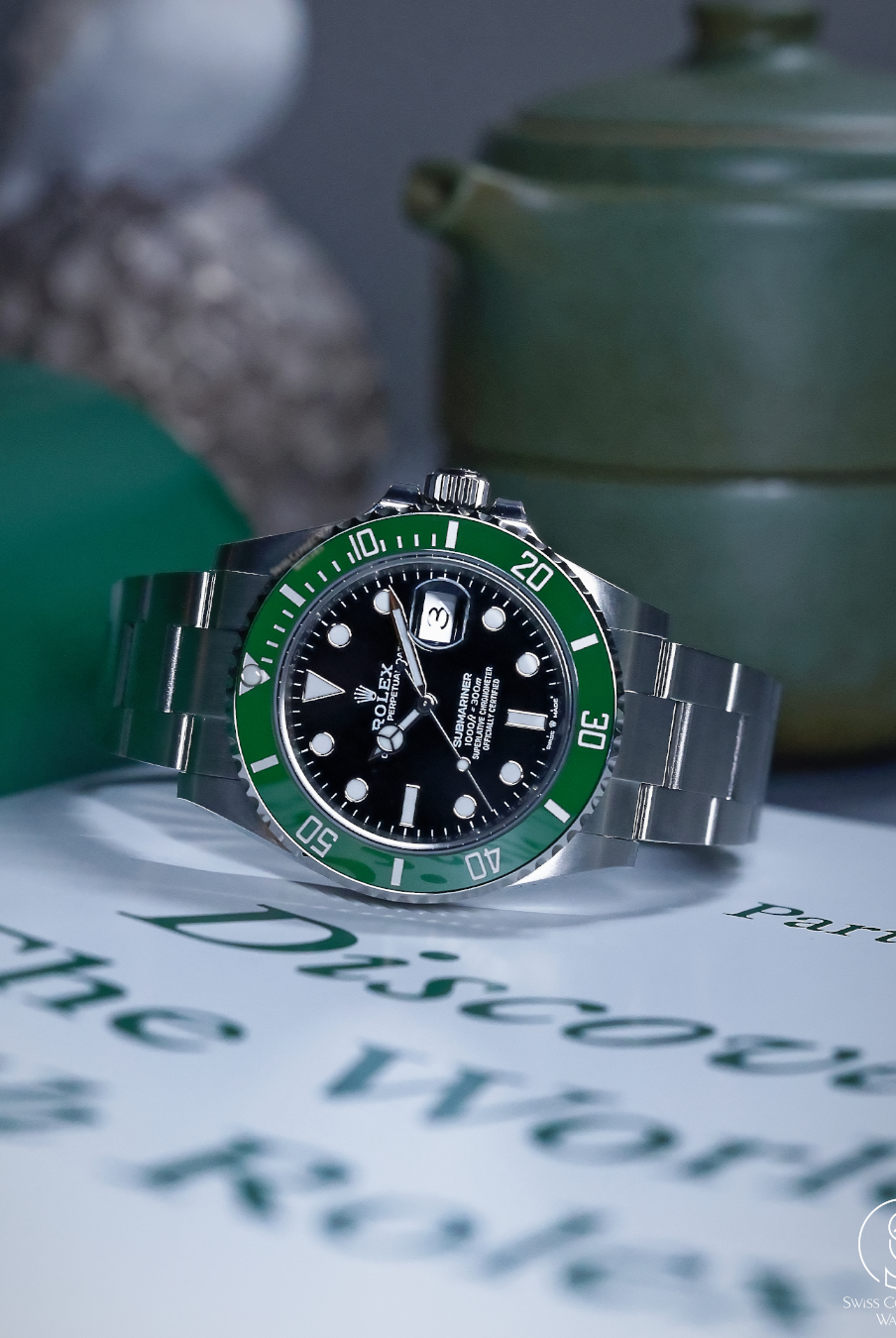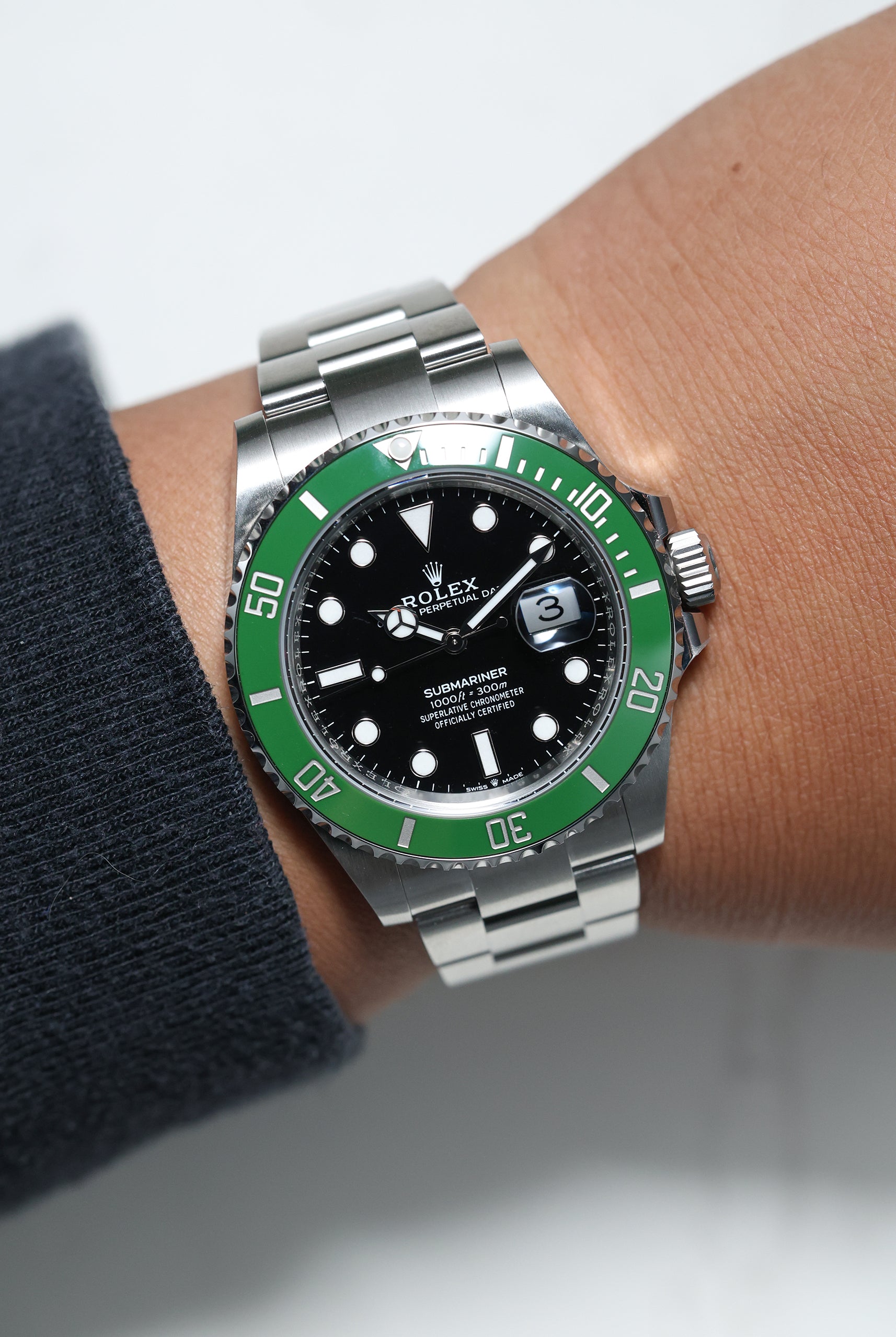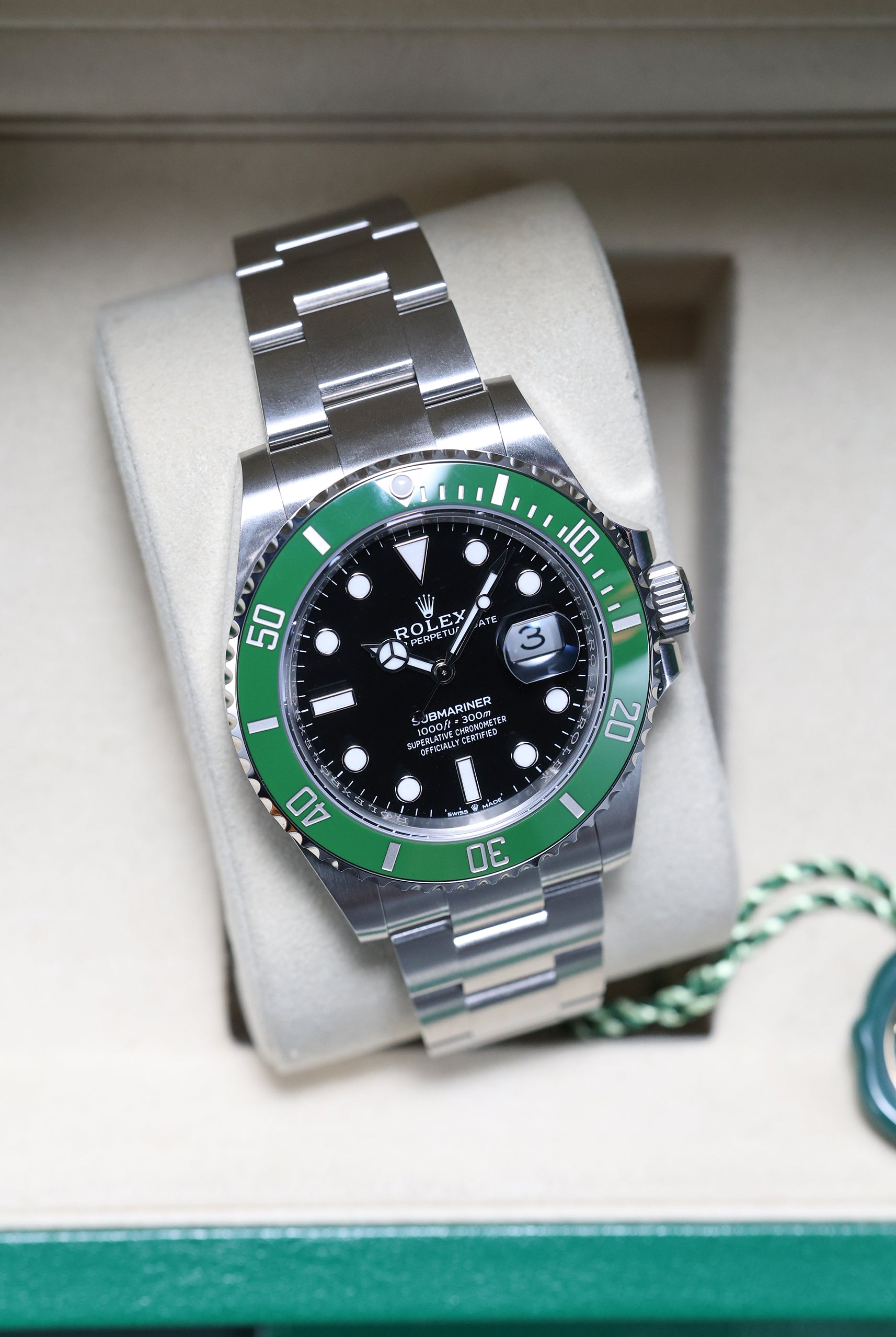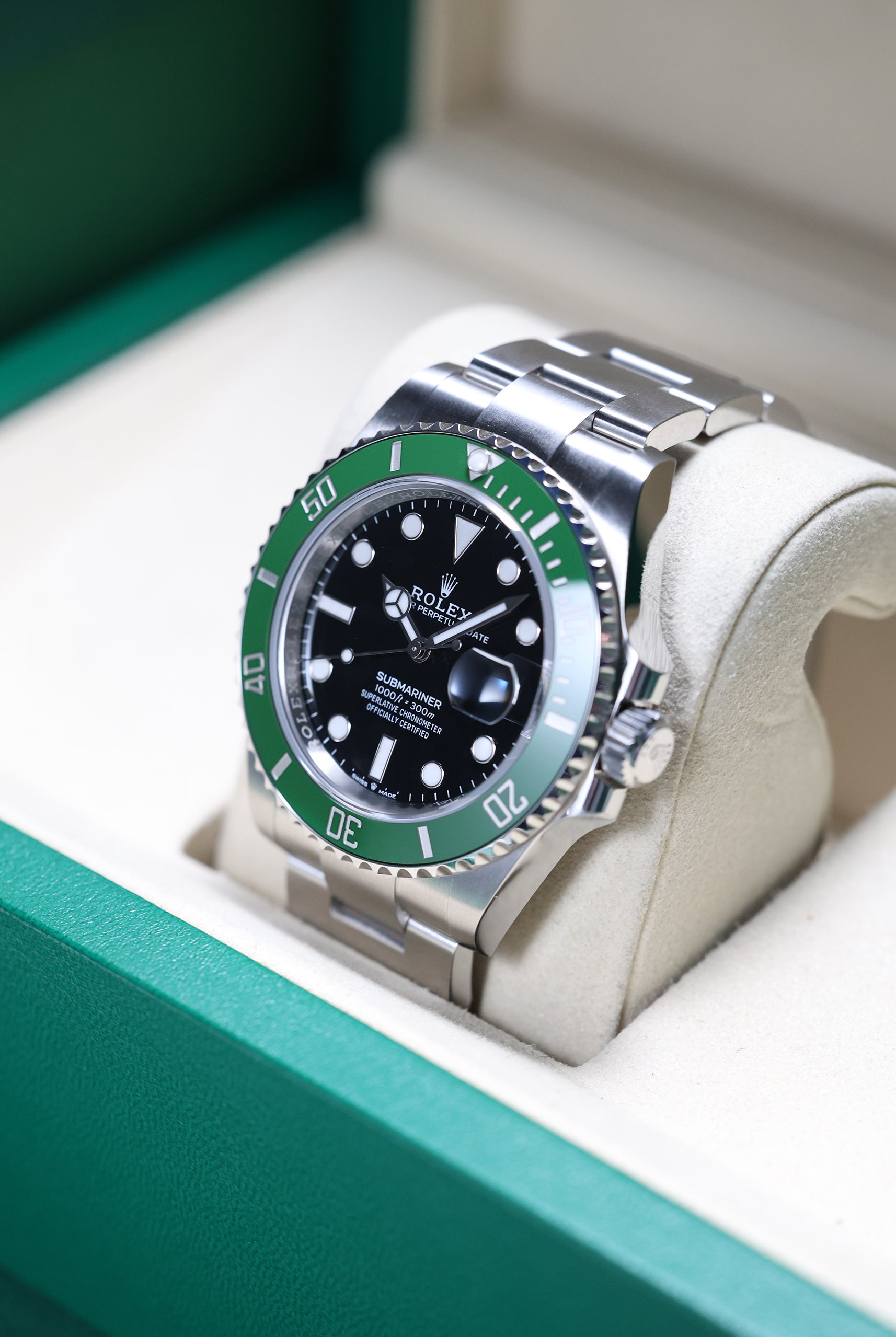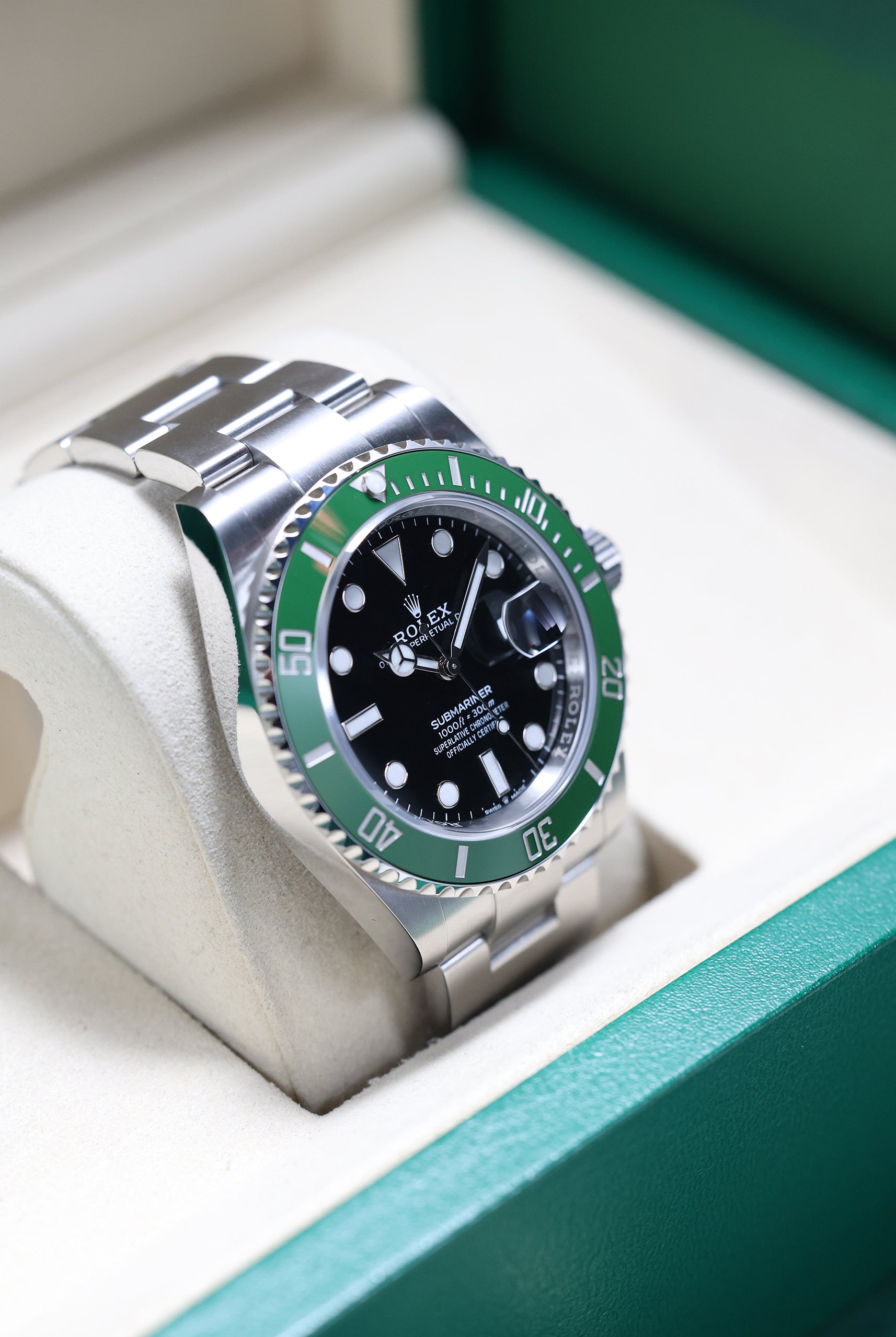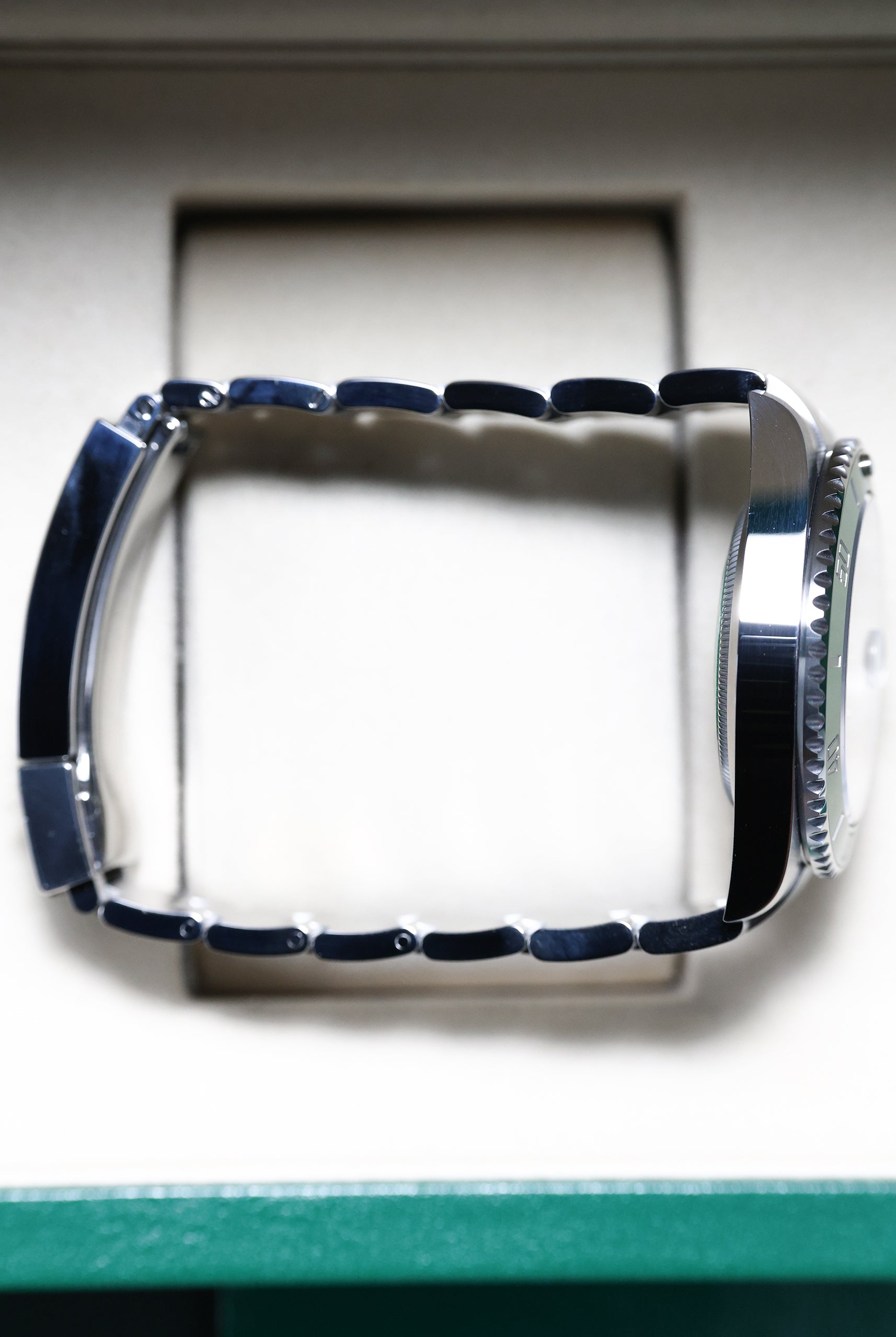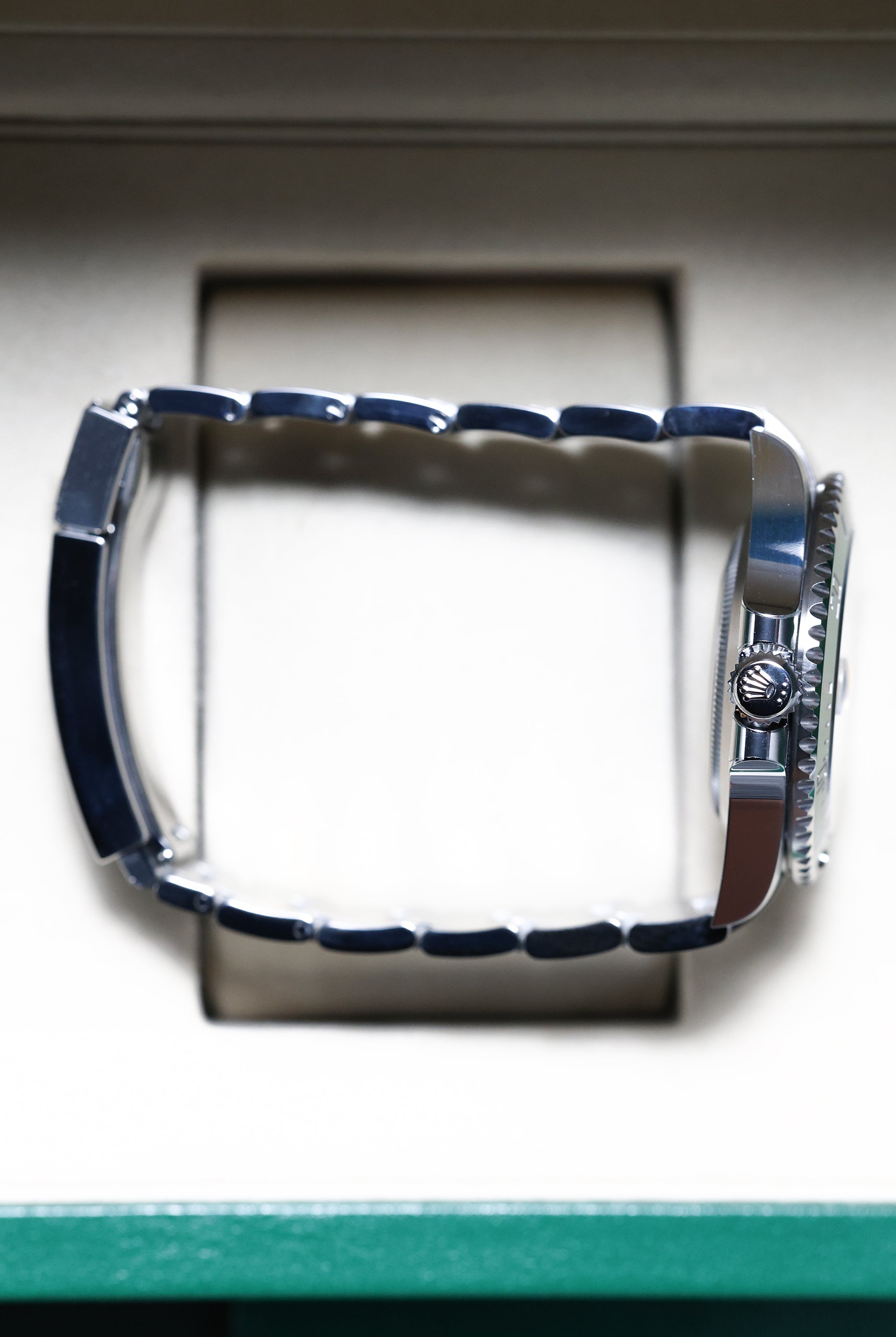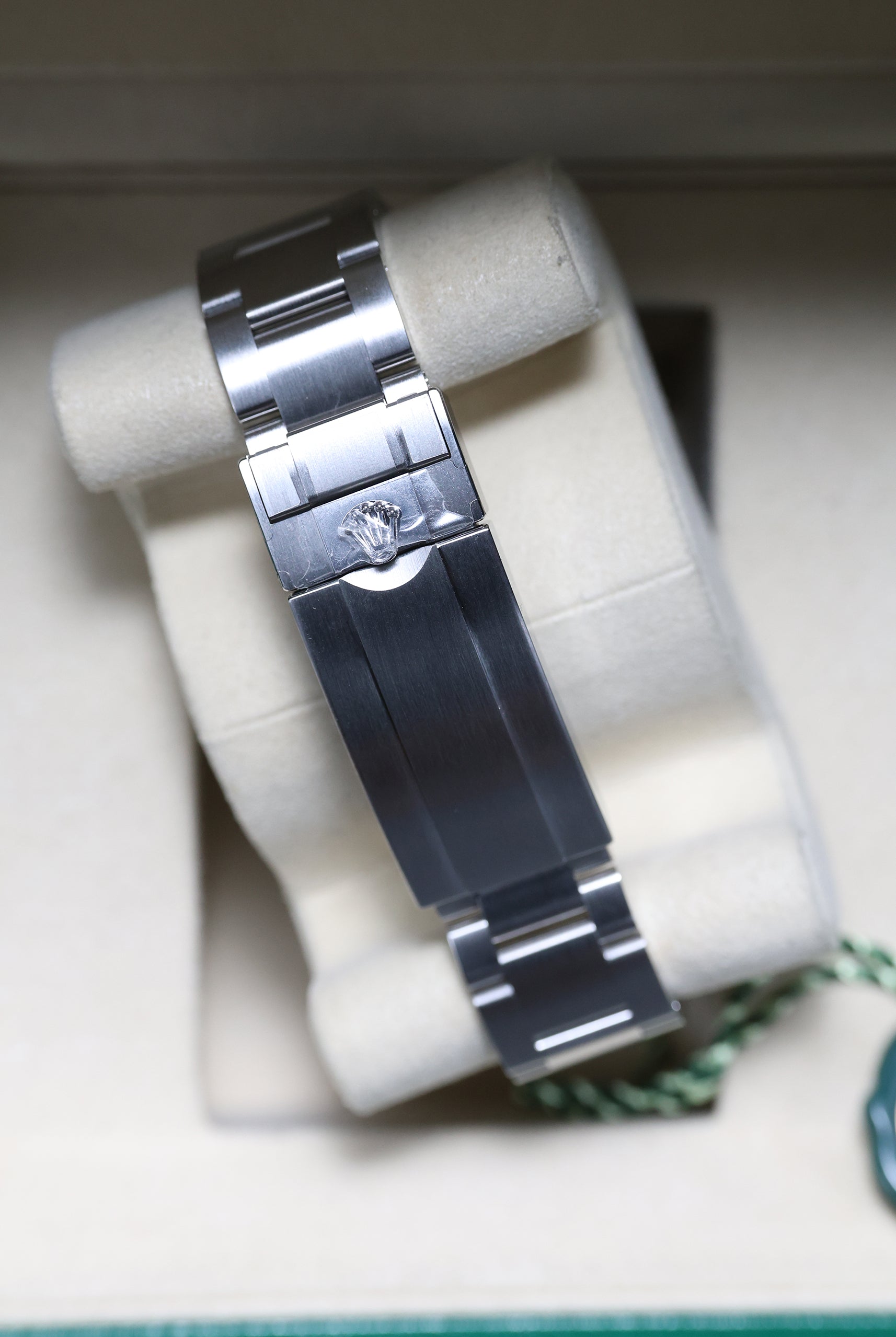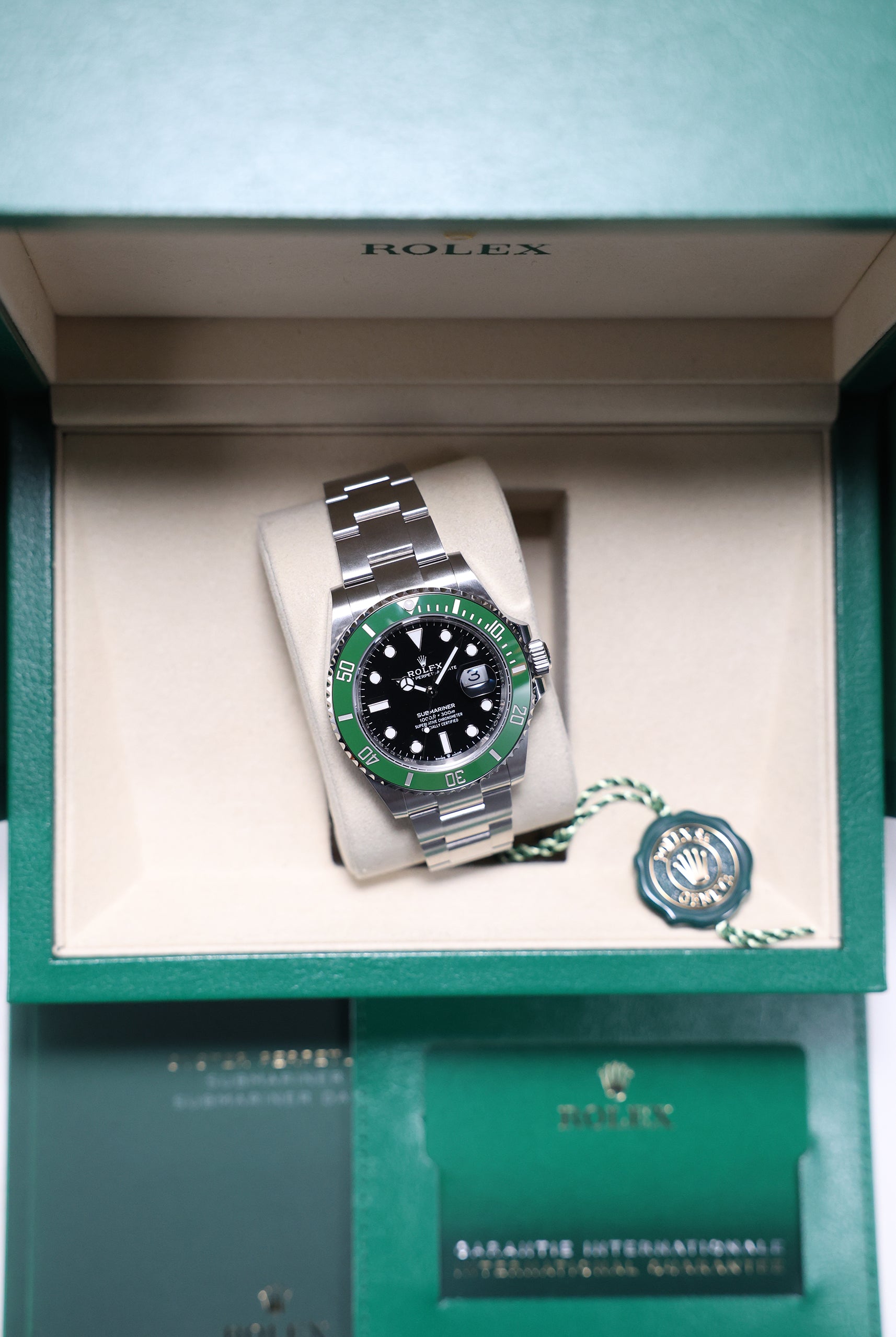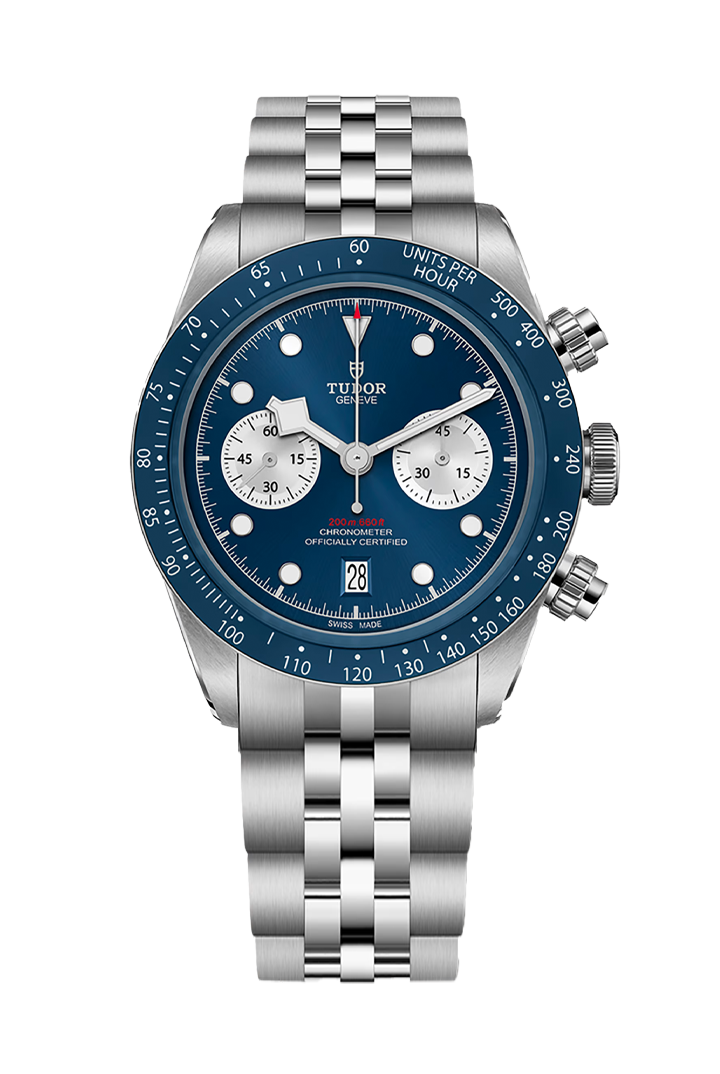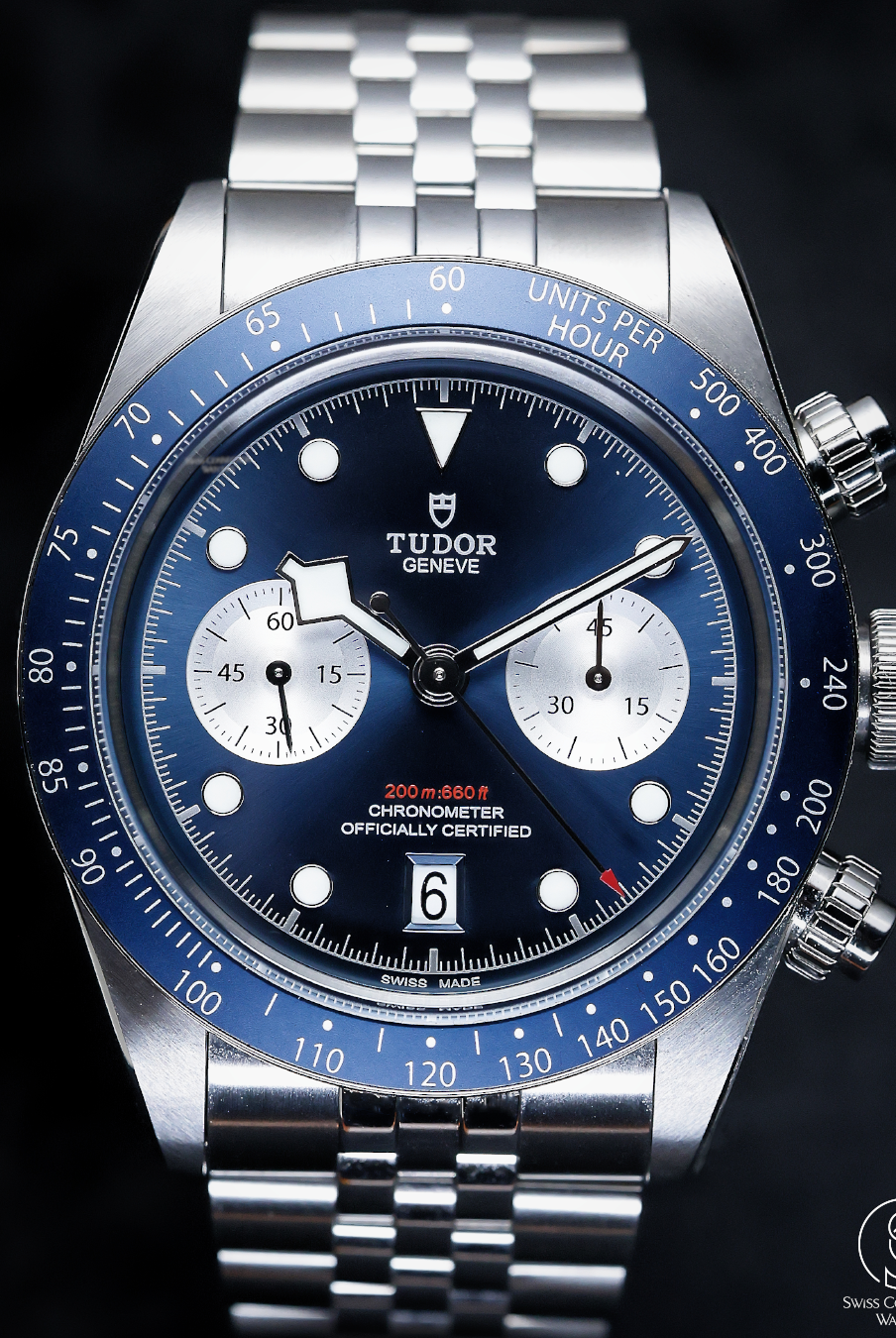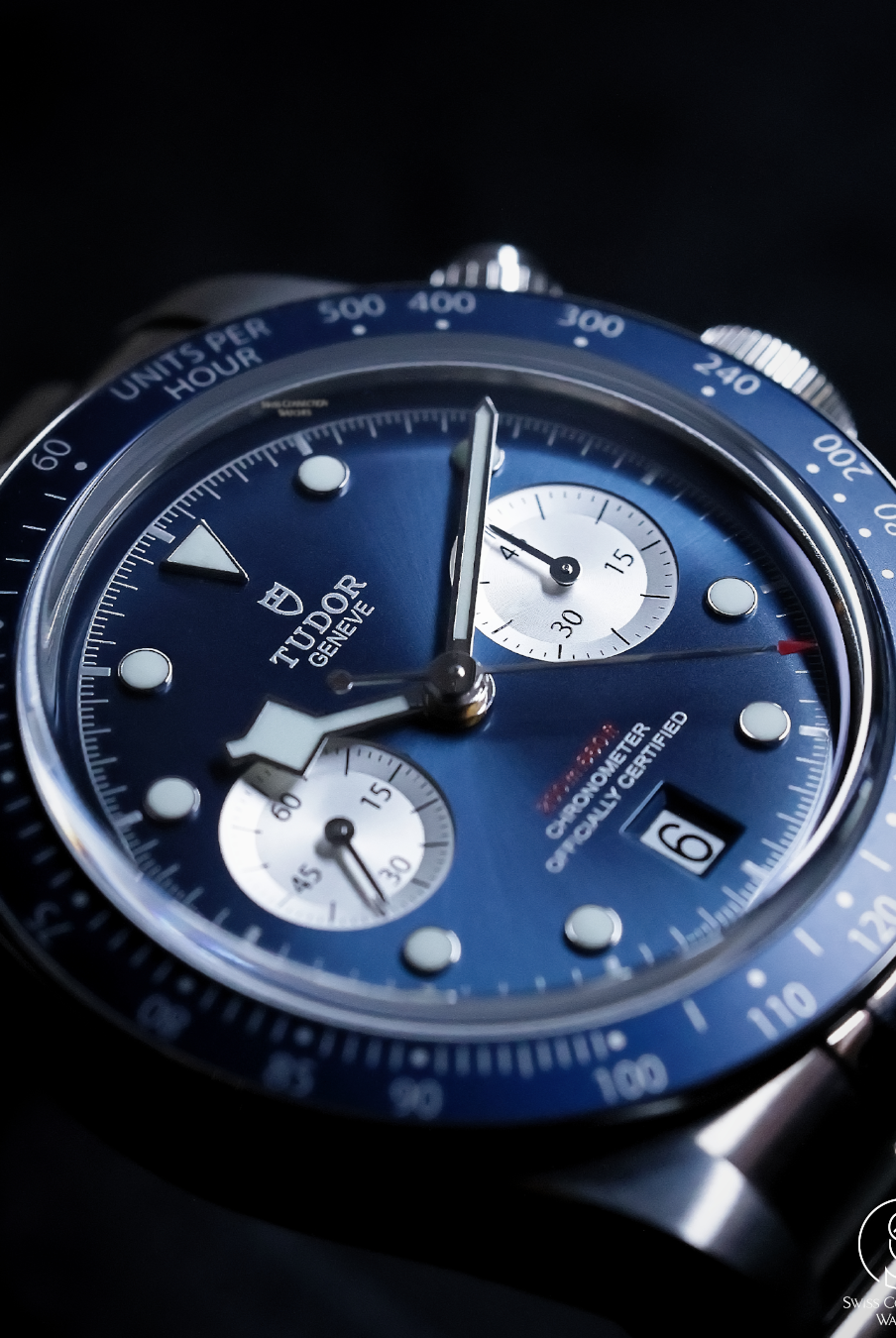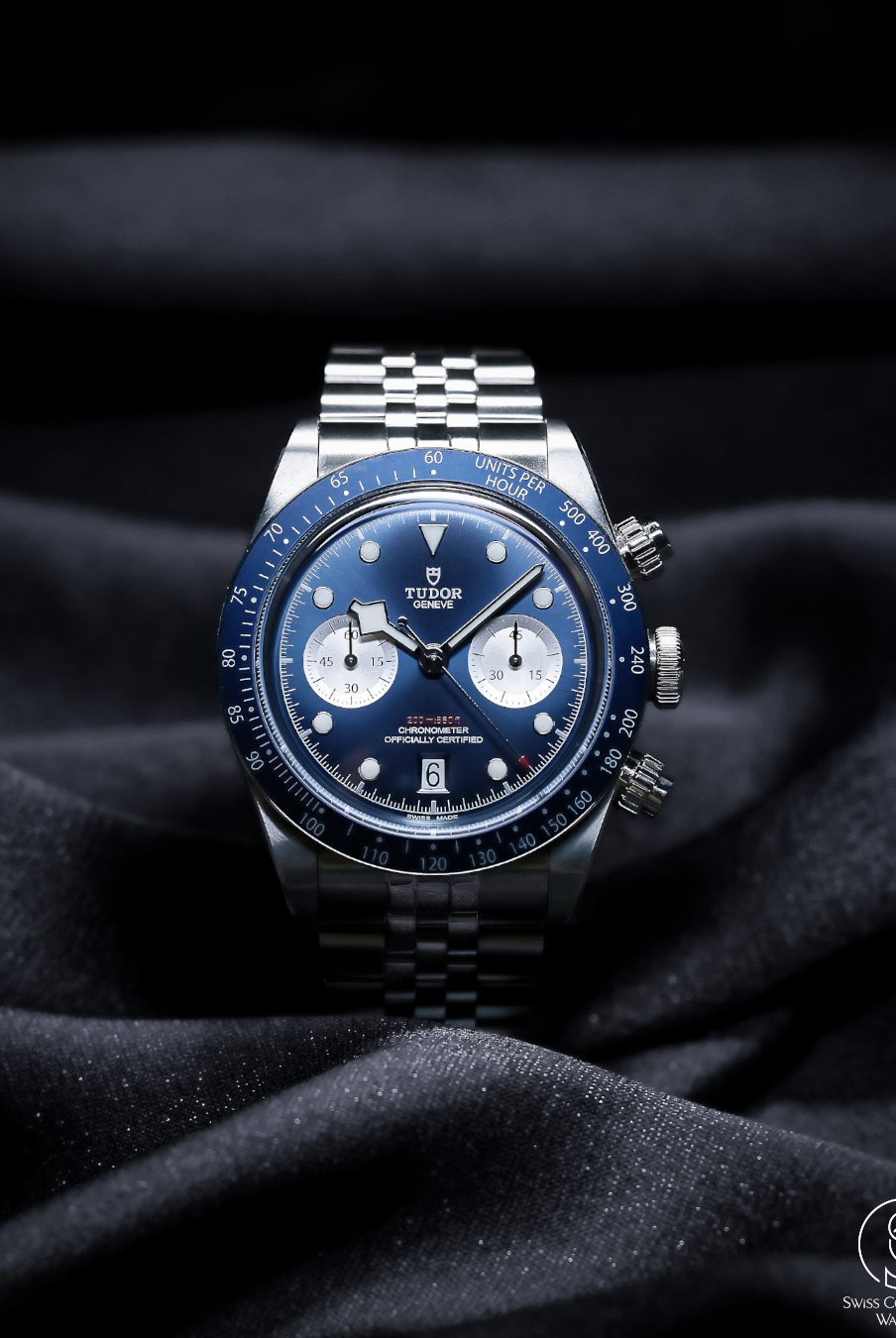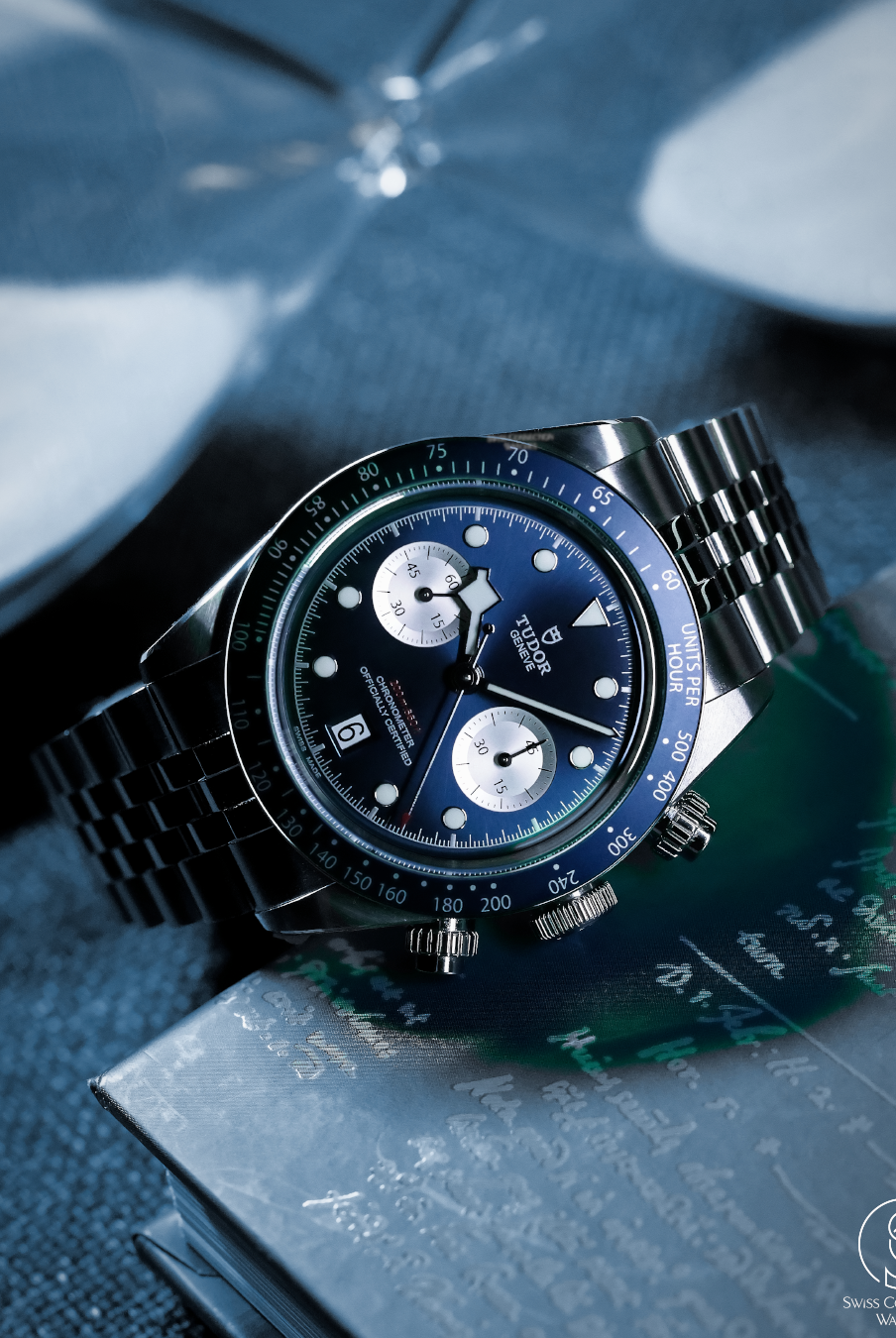Every year brings new watches, but only a handful fundamentally redefine the trajectory of the watch industry. These are the pioneering few that challenged century-old conventions, introduced new genres, or set technical standards that competitors would spend decades attempting to match.
We explore the historical context and lasting impact of three timepieces that reset design philosophy, accelerated material science, and proved that mechanical innovation still had frontiers to conquer.
1. The Audemars Piguet Royal Oak (1972): Creating a Genre
The Audemars Piguet Royal Oak didn't just become an icon; it created an entirely new market segment. Launched in 1972, during the turbulent lead-up to the Quartz Crisis, this watch was a radical act of rebellion against the established norms of luxury.

The Audacity of Luxury Steel
Designed by the legendary Gérald Genta in a single night, the Royal Oak was shocking. It featured an angular, octagonal bezel with visible screws, a tapisserie dial, and a revolutionary integrated bracelet.
The most controversial detail was its material and price: it was made of steel—a "lesser material"—yet was priced higher than many traditional gold dress watches. This seemingly reckless pricing forced consumers and the industry to accept a new paradigm: luxury could be defined by exceptional design, finishing, and engineering, not just precious metal content.
A Legacy of Integrated Design
While the Royal Oak wasn't an instant hit, its controversy sparked renewed interest in the entire luxury segment just when the industry needed it most. It effectively created the Luxury Integrated Bracelet Sports Watch genre, spawning direct competitors and lasting influences that define modern high-end watchmaking today. This design was quickly followed and reinforced by other Genta masterpieces, notably the Patek Philippe Nautilus (1976) and the IWC Ingenieur SL (1976), solidifying the Royal Oak's role as the genre's founding father.

2. The Zenith El Primero (1969): Setting the Technical Standard
The race to create the world's first automatic chronograph was one of the last great engineering contests in -century watchmaking. Zenith's answer, the El Primero (Spanish for "The First"), didn't just win the race—it set an untouchable standard for precision.
High-Frequency Superiority
Launched in 1969, the El Primero caliber fundamentally changed technical possibilities by operating at a high frequency of vibrations per hour ().

This technical superiority allowed the movement to accurately measure elapsed time to the nearest one-tenth of a second, a feat unmatched by its contemporaries. Crucially, the movement was a fully integrated column-wheel chronograph, which provided superior component interaction and longevity compared to the modular chronograph designs that dominated the competition. The El Primero's blueprint became the foundation for virtually every high-end mechanical chronograph that followed.
The Quartz Crisis and a Renaissance
Tragically, the El Primero arrived just as the full force of the Quartz Crisis hit. In , the brand's American owners ordered all mechanical production to cease, instructing staff to destroy the tools and plans.
However, watchmaker Charles Vermot secretly defied the order, hiding the critical tools, cams, and presses in a sealed attic. This act of preservation was crucial: when interest in mechanical movements returned in the , Zenith was able to immediately revive the El Primero. Its quality was so high that Rolex used a modified version () to power the Daytona from 1988 until 2000, cementing the El Primero's place as a cornerstone of modern horology.
3. Richard Mille (): The Hyper-Watch on the Wrist
Richard Mille represents the most recent and arguably most drastic paradigm shift, challenging the industry's material science and economic conventions. When the RM 001 debuted in the early , it looked, felt, and cost like nothing that had come before.
Engineering as the Aesthetix
Founder Richard Mille’s vision was to treat the watch like a high-performance Formula 1 hypercar, where the form, materials, and movement architecture are dictated purely by structural necessity and extreme performance.

Mille partnered with Audemars Piguet’s movement specialist, Renaud & Papi (APRP), allowing the brand to focus entirely on advanced engineering and material innovation. The core innovation was the suspended, shock-absorbing movement, engineered to withstand "regular brutal shocks endlessly". The brand pioneered the widespread use of high-tech materials like titanium, carbon composites, and advanced ceramics in the case and movement.
The Birth of the Hype Category
Richard Mille watches quickly became the unofficial uniform of tycoons, athletes, and celebrities, transforming the market overnight. By being the first to command seven-figure price tags for non-precious metal sports watches, they created the "hype watch" category. This bold, technical, and highly recognizable aesthetic inspired a whole new era of sports luxury, influencing the aggressive, high-tech designs seen in other contemporary brands, most notably Hublot(post-2005 Big Bang era).

Conclusion: Which Pioneer Defines Your Legacy?
These three watches are more than just milestones; they are proof that pushing boundaries is essential to the survival of high horology.
If you could go back in time and invest in one of these concepts at their debut—without knowing the future—which one would you choose?
Or, if budget were no constraint today, which single design philosophy—the refined utility of the integrated sports watch, the pure precision of the high-frequency chronograph, or the uncompromising performance of the hyper-watch—would define your collection?
Explore our current collection: www.swisswatch.com.my
Watch Our Full Video Review
For a detailed look at the craftsmanship and feel of these exquisite watch, be sure to watch the full video review below.

